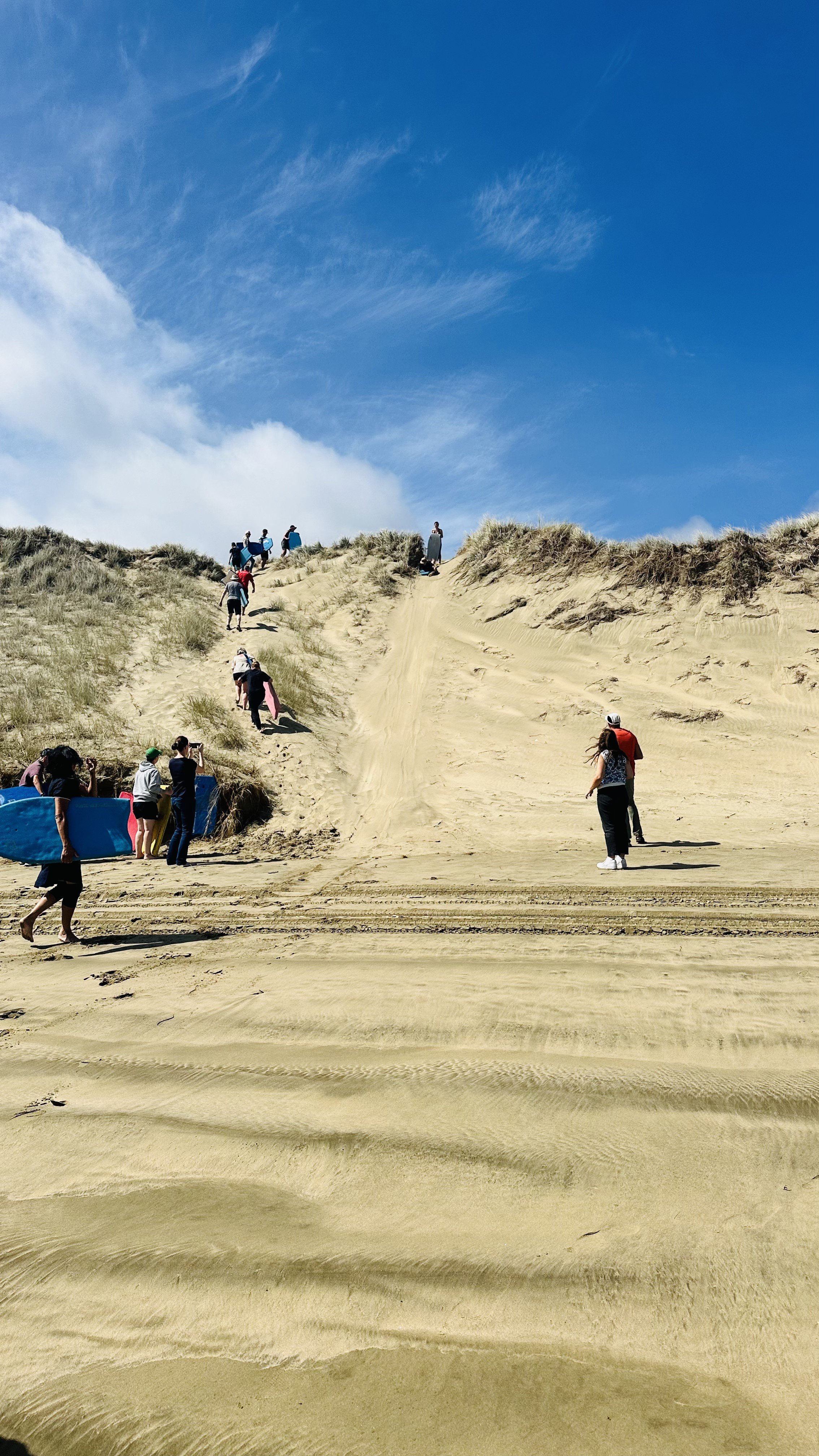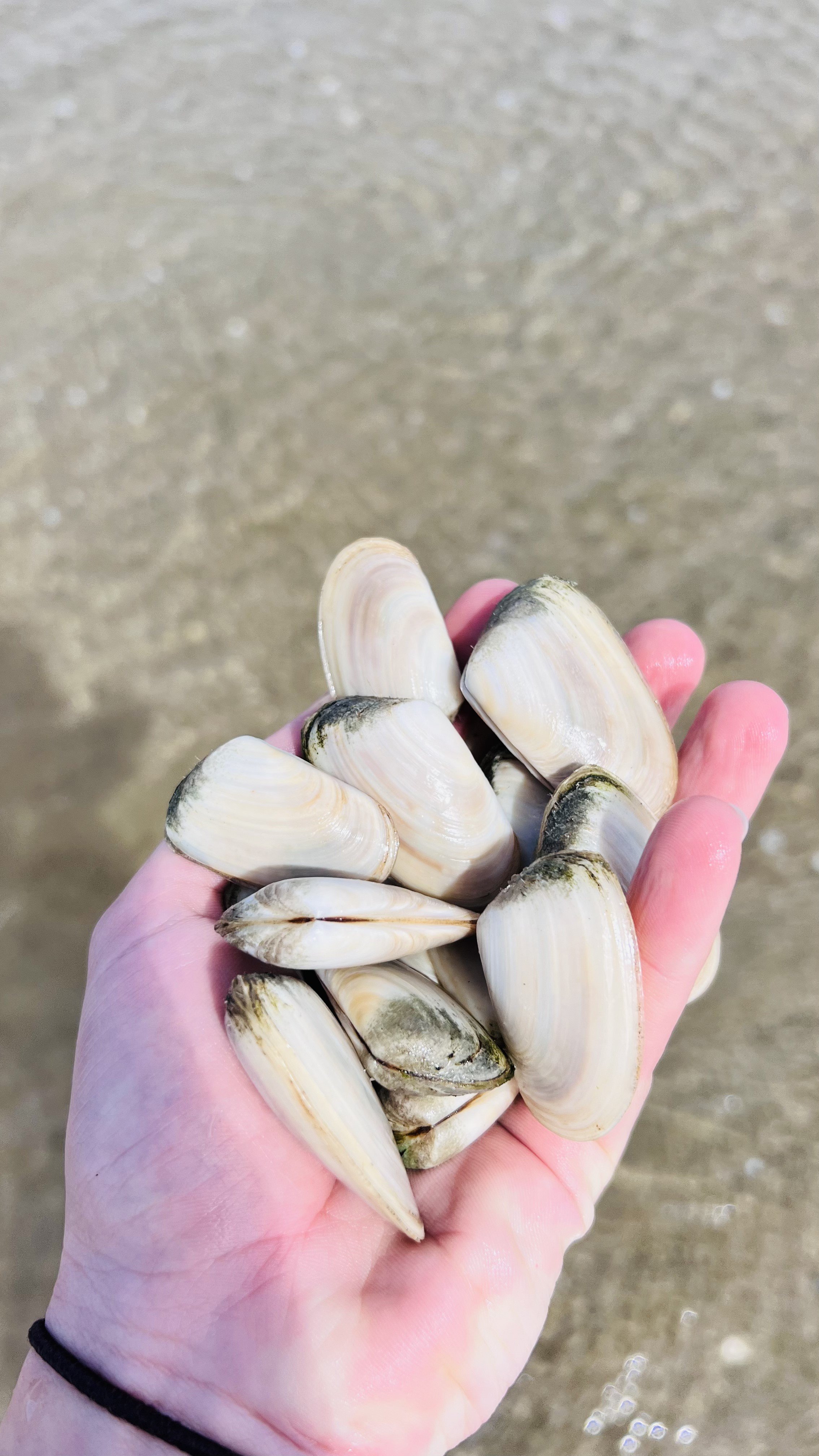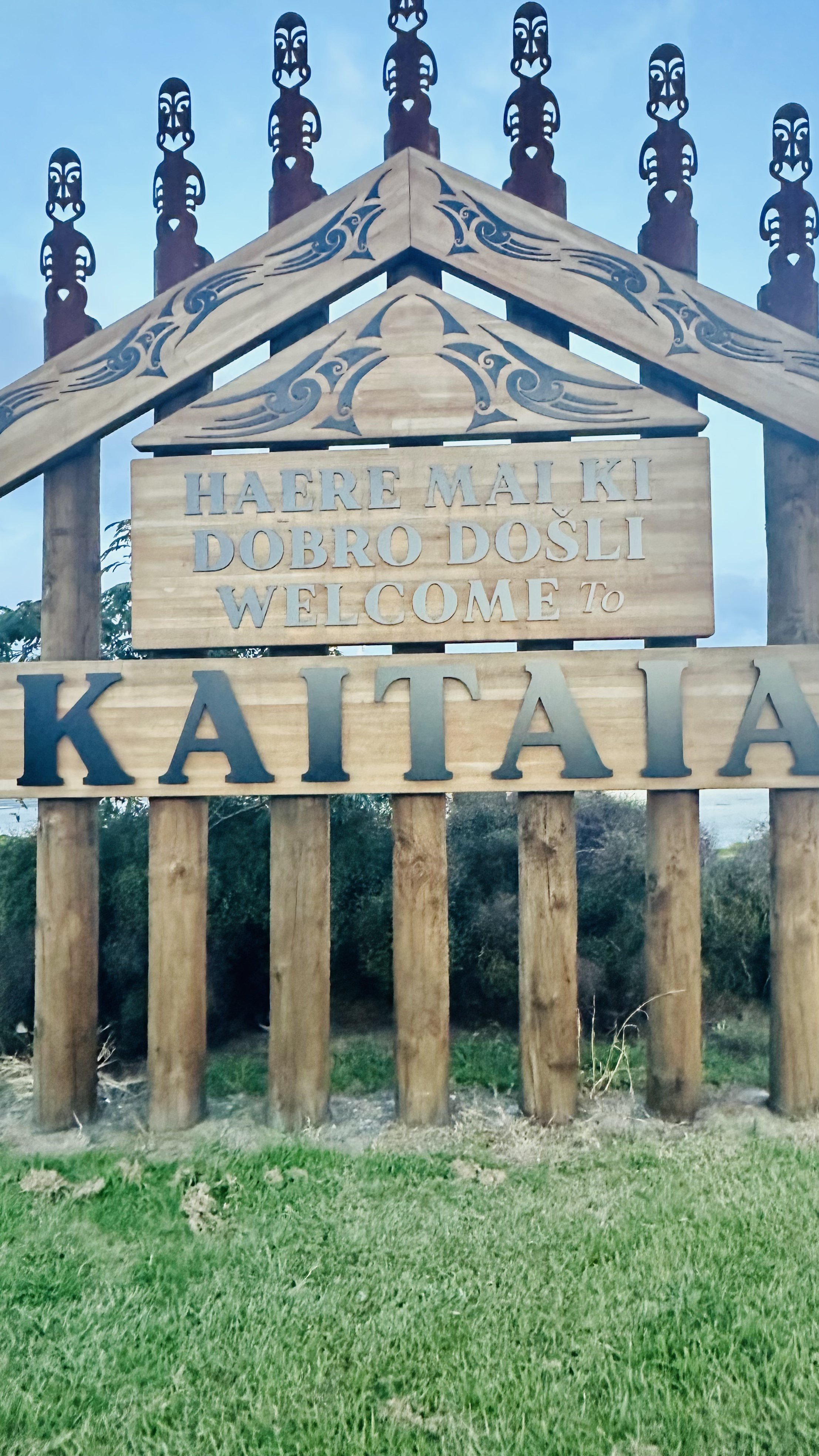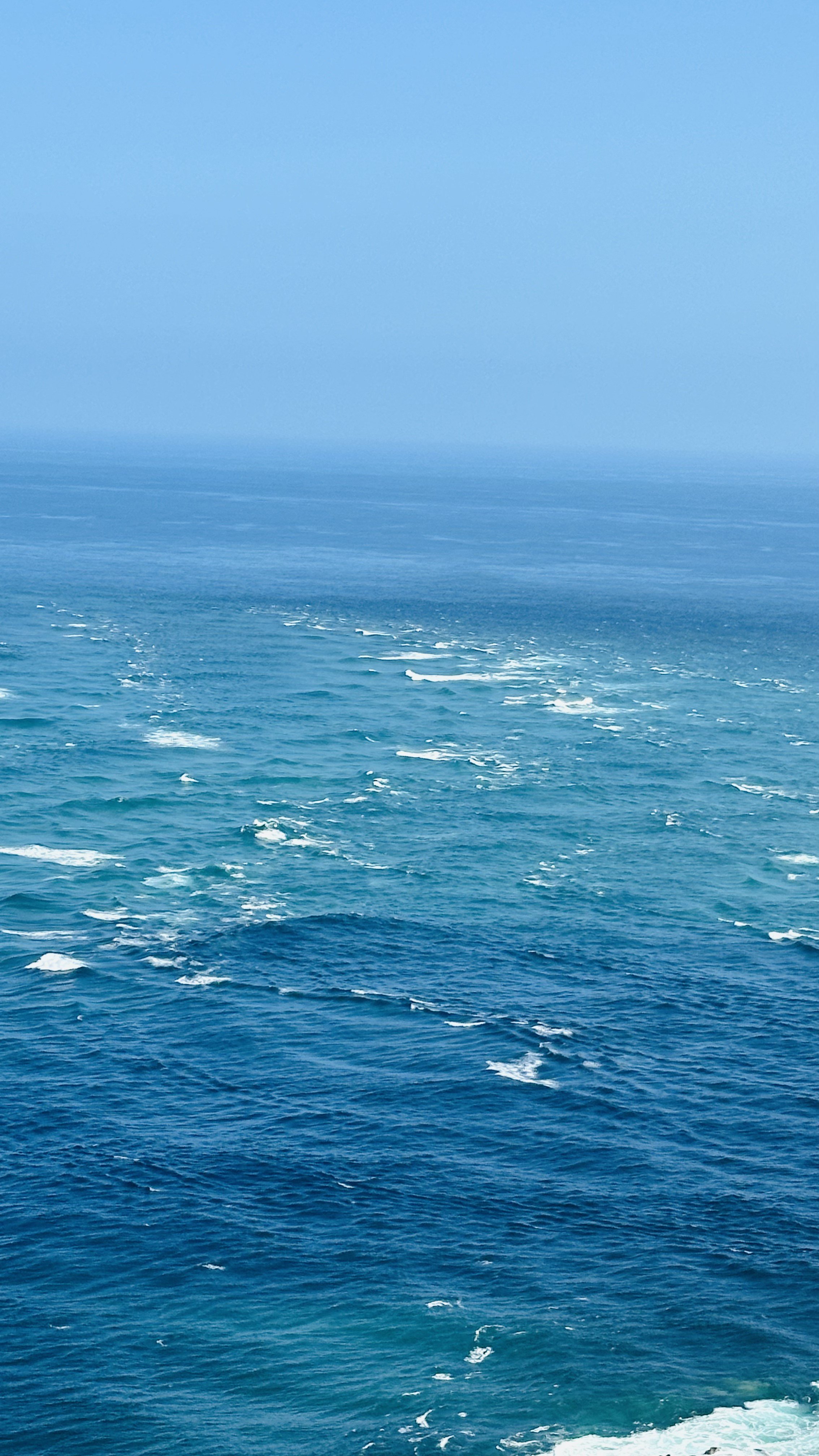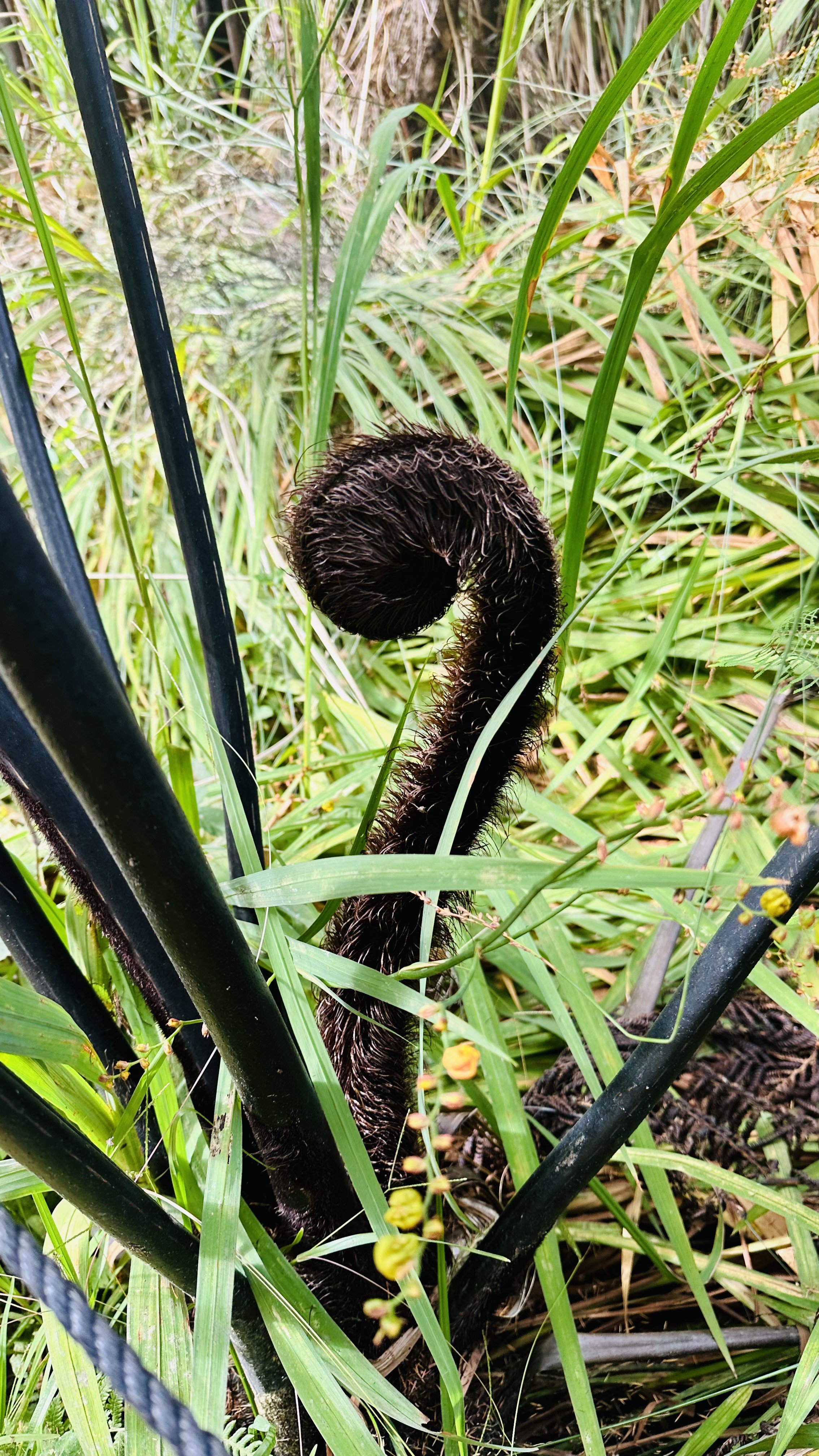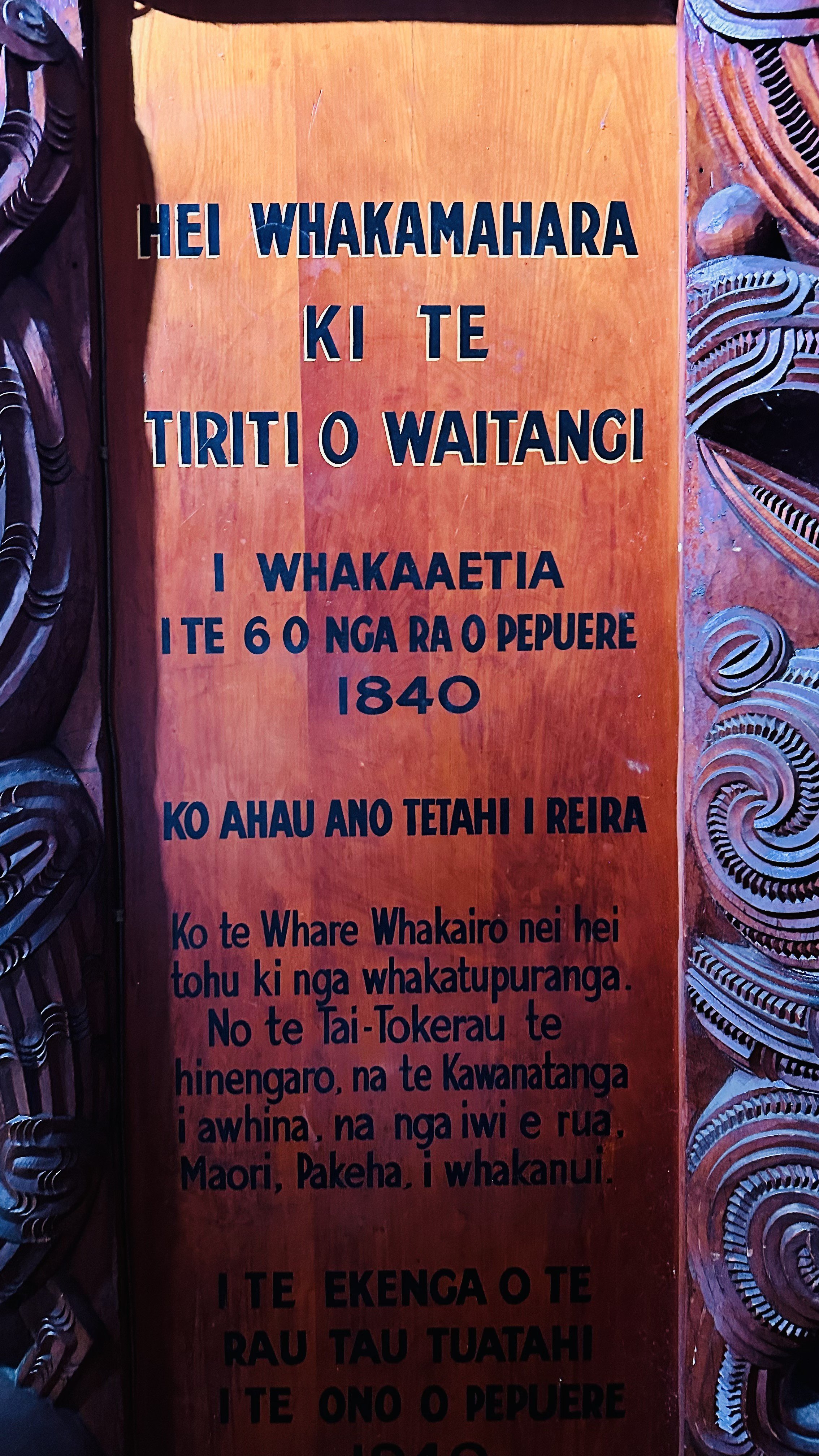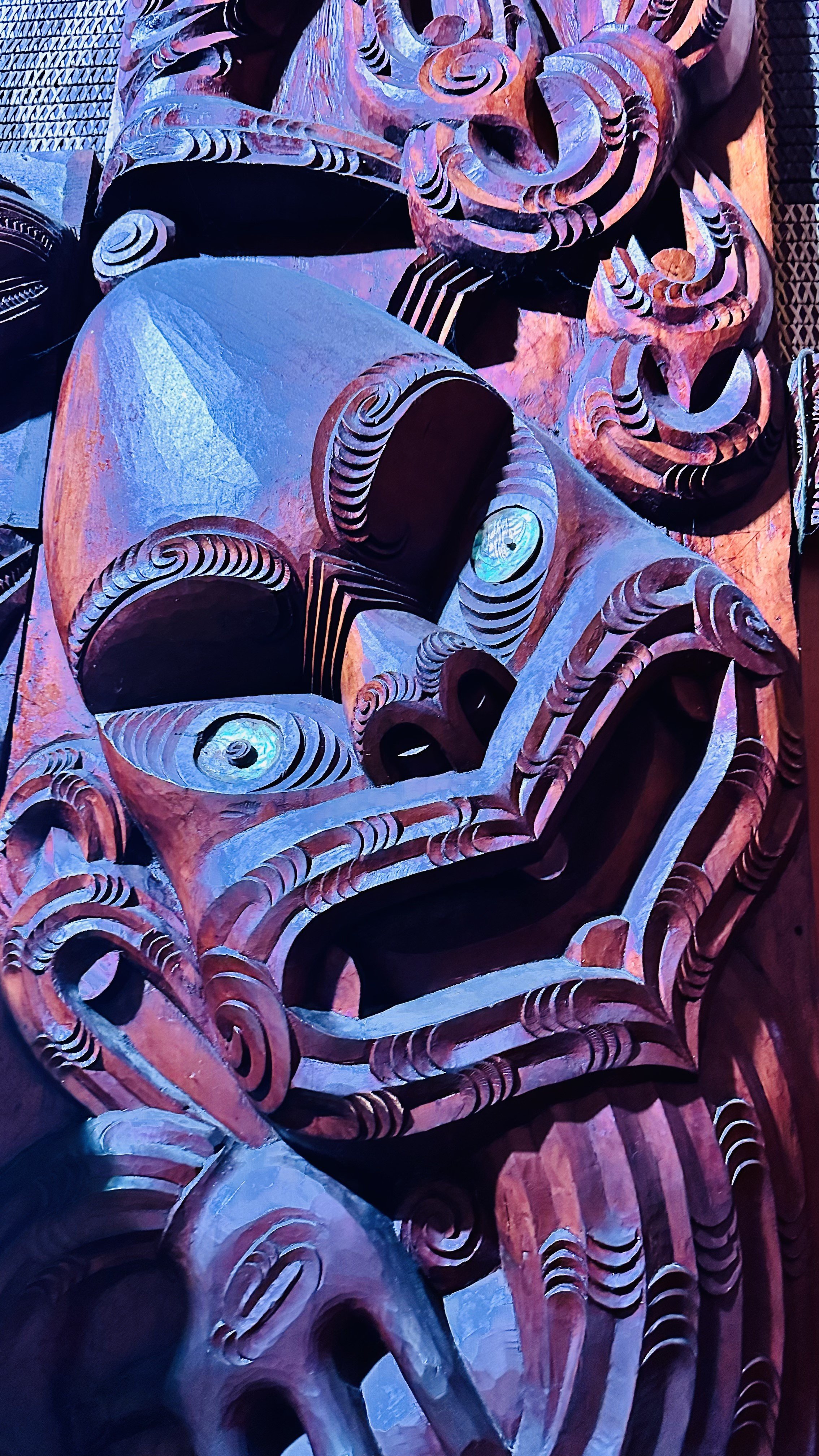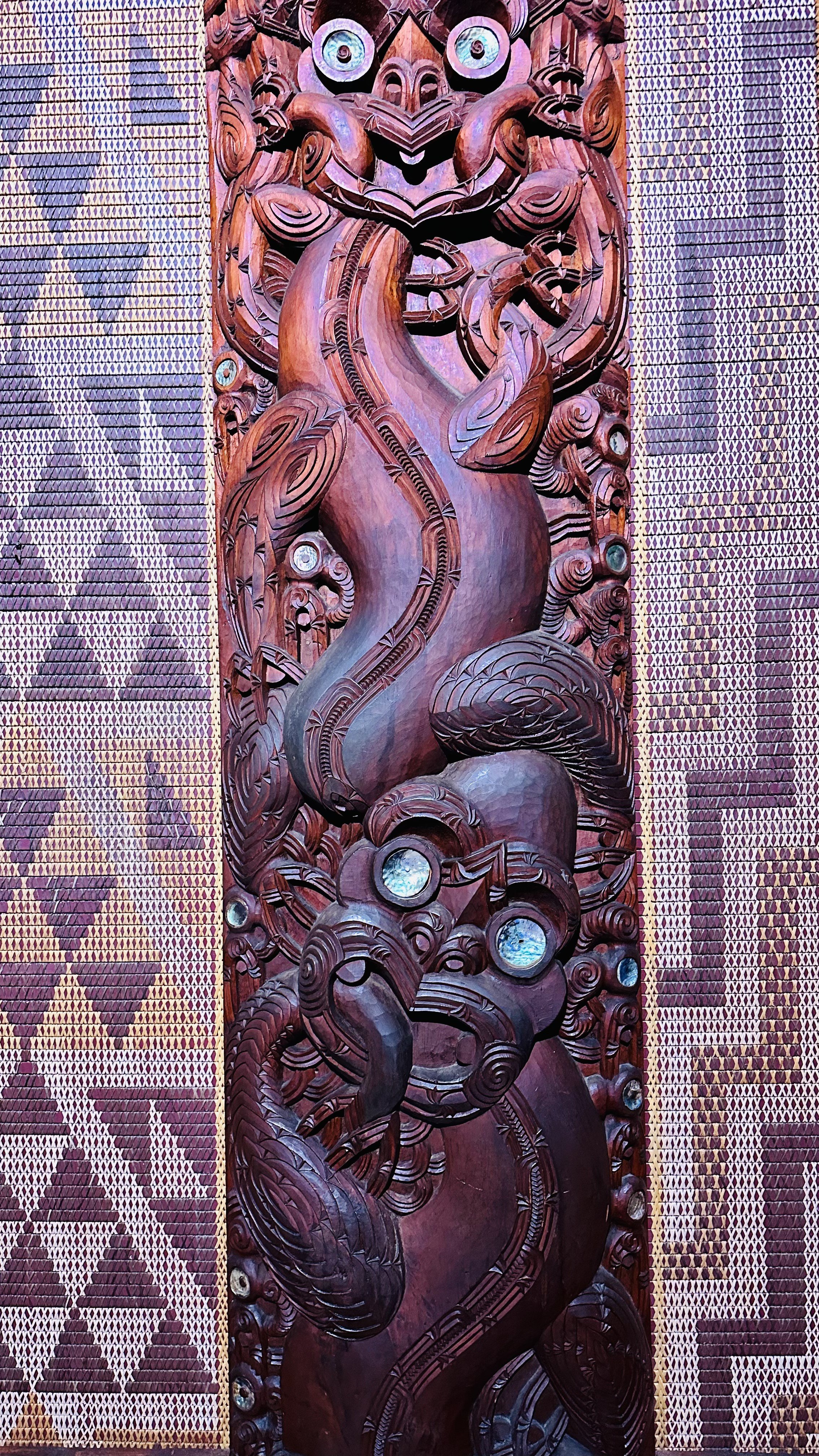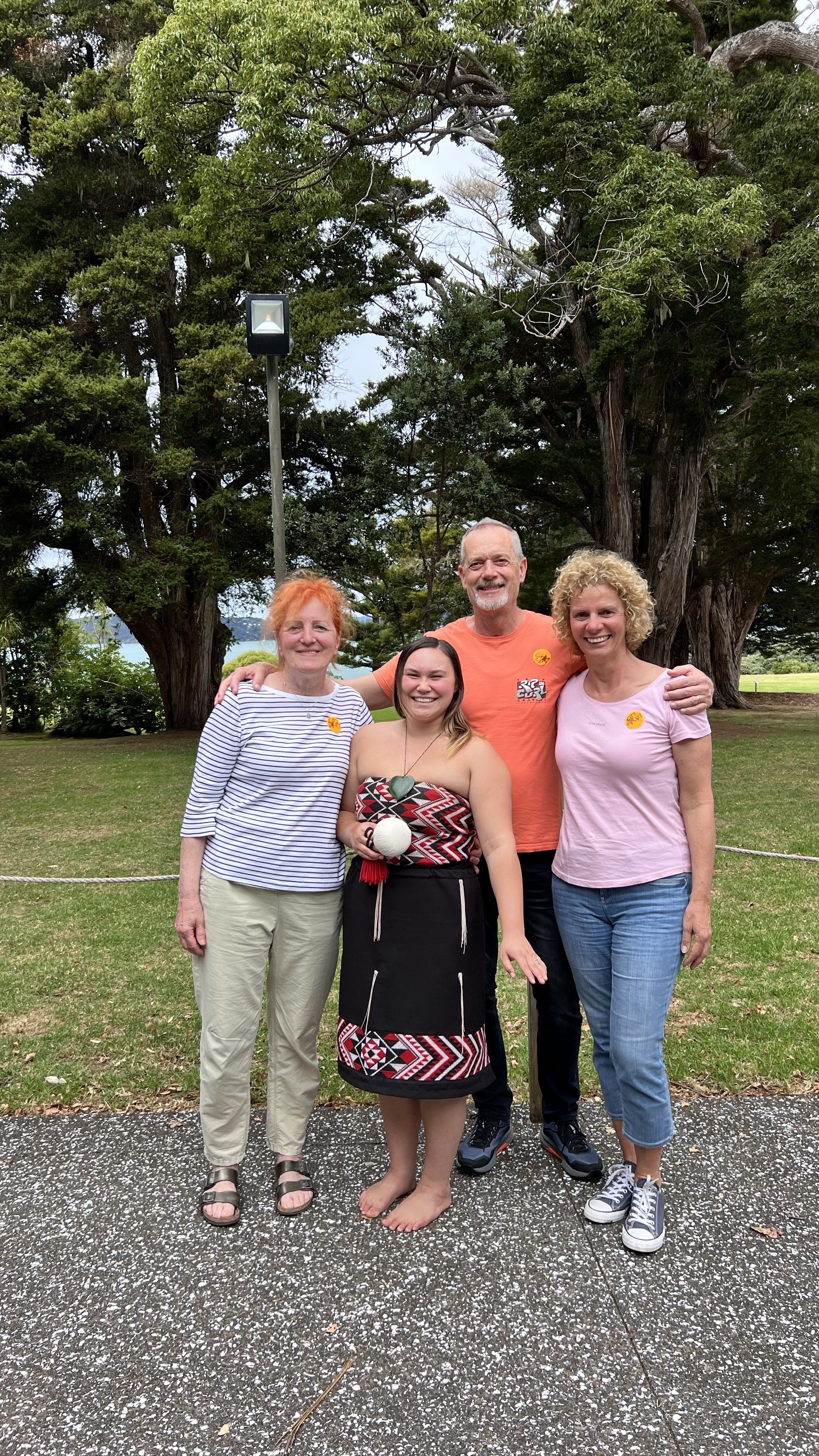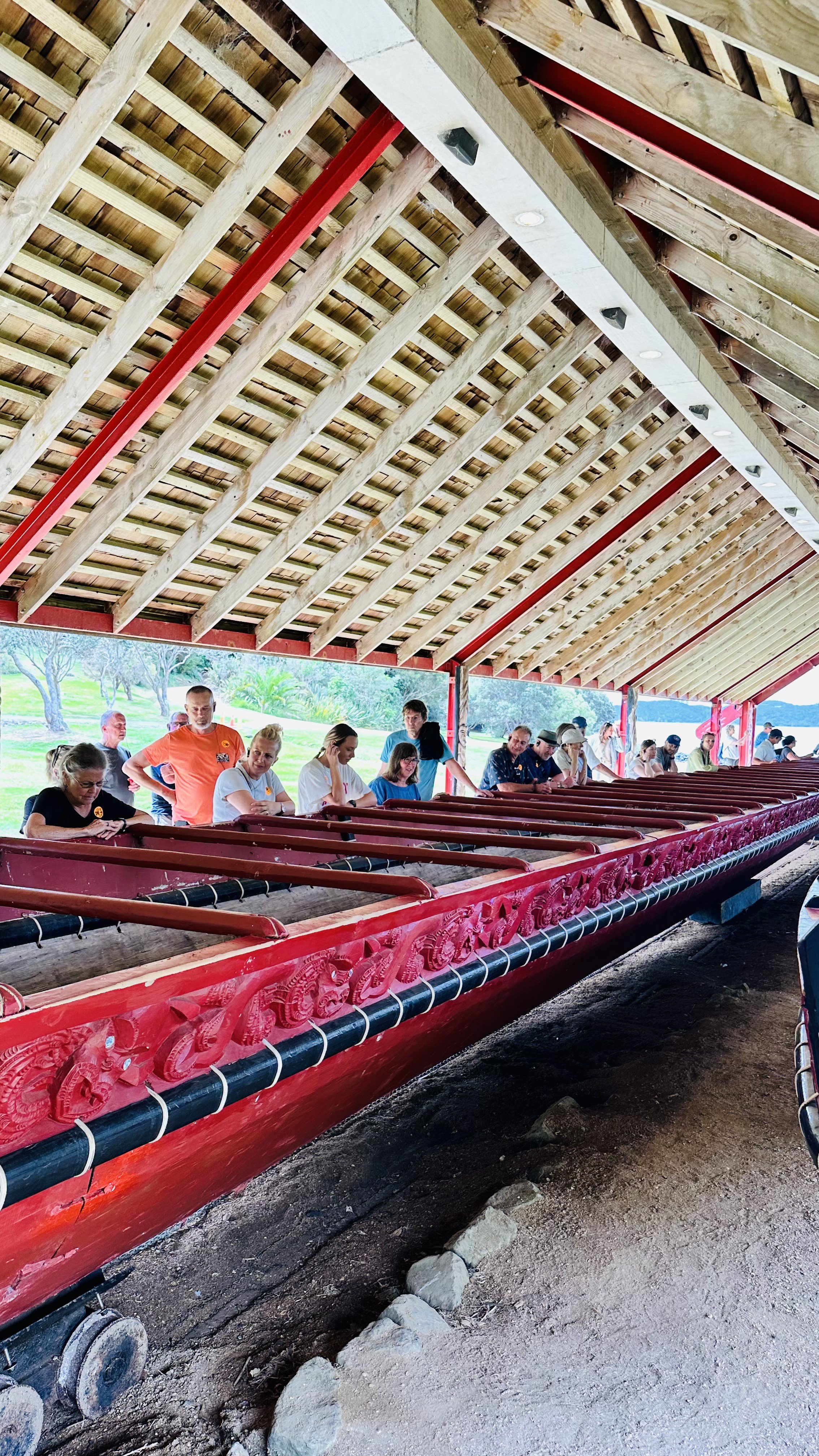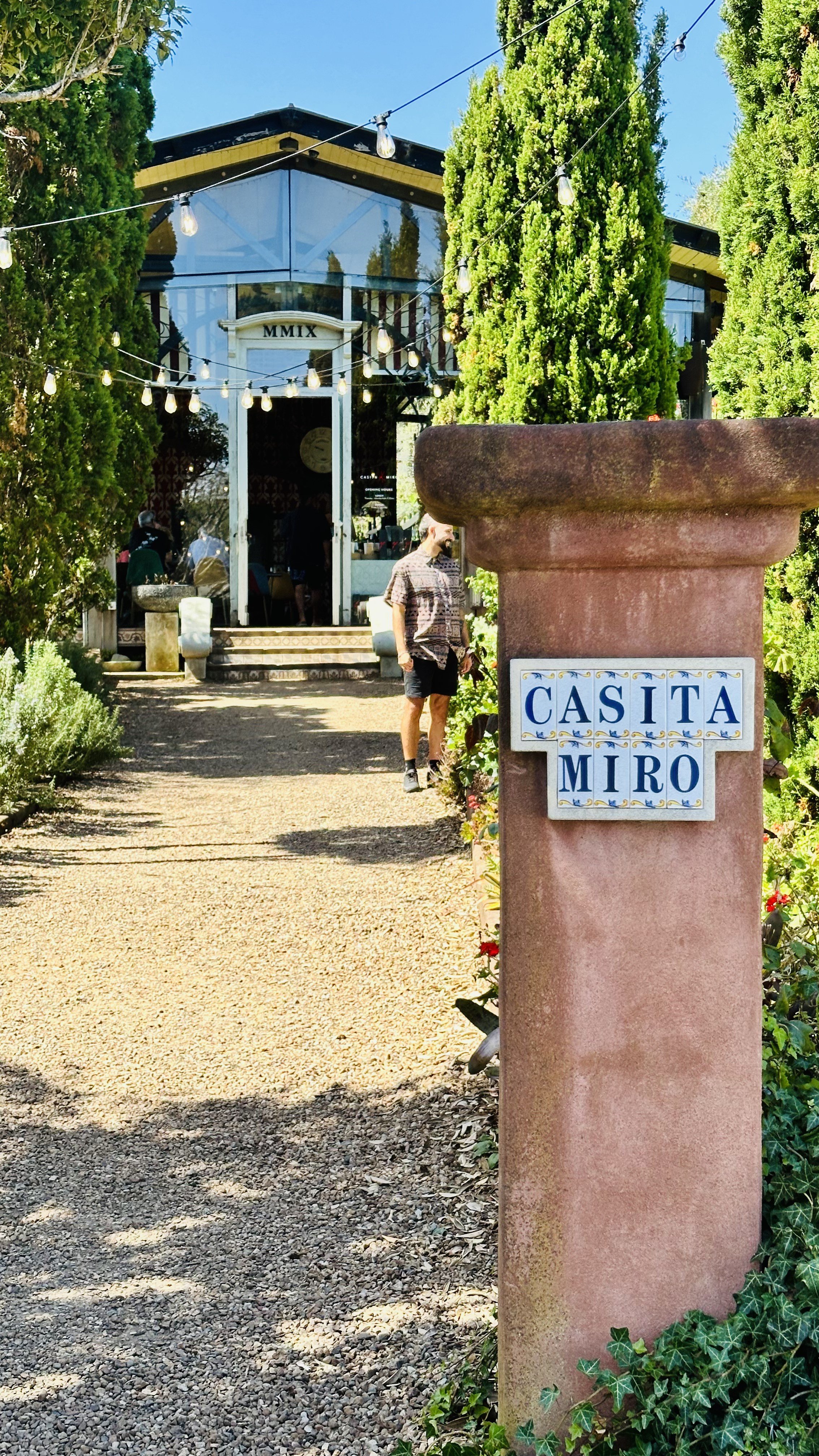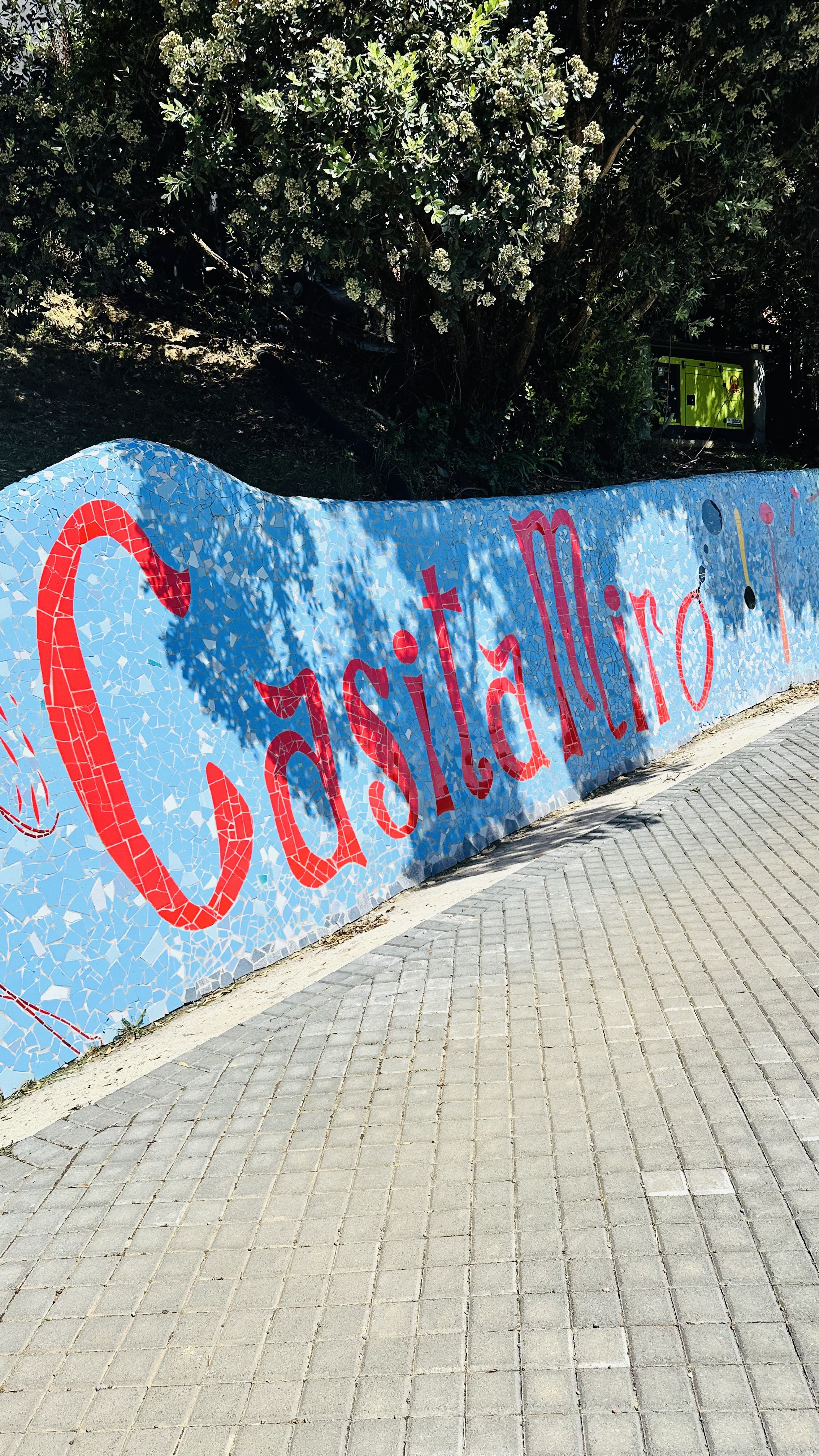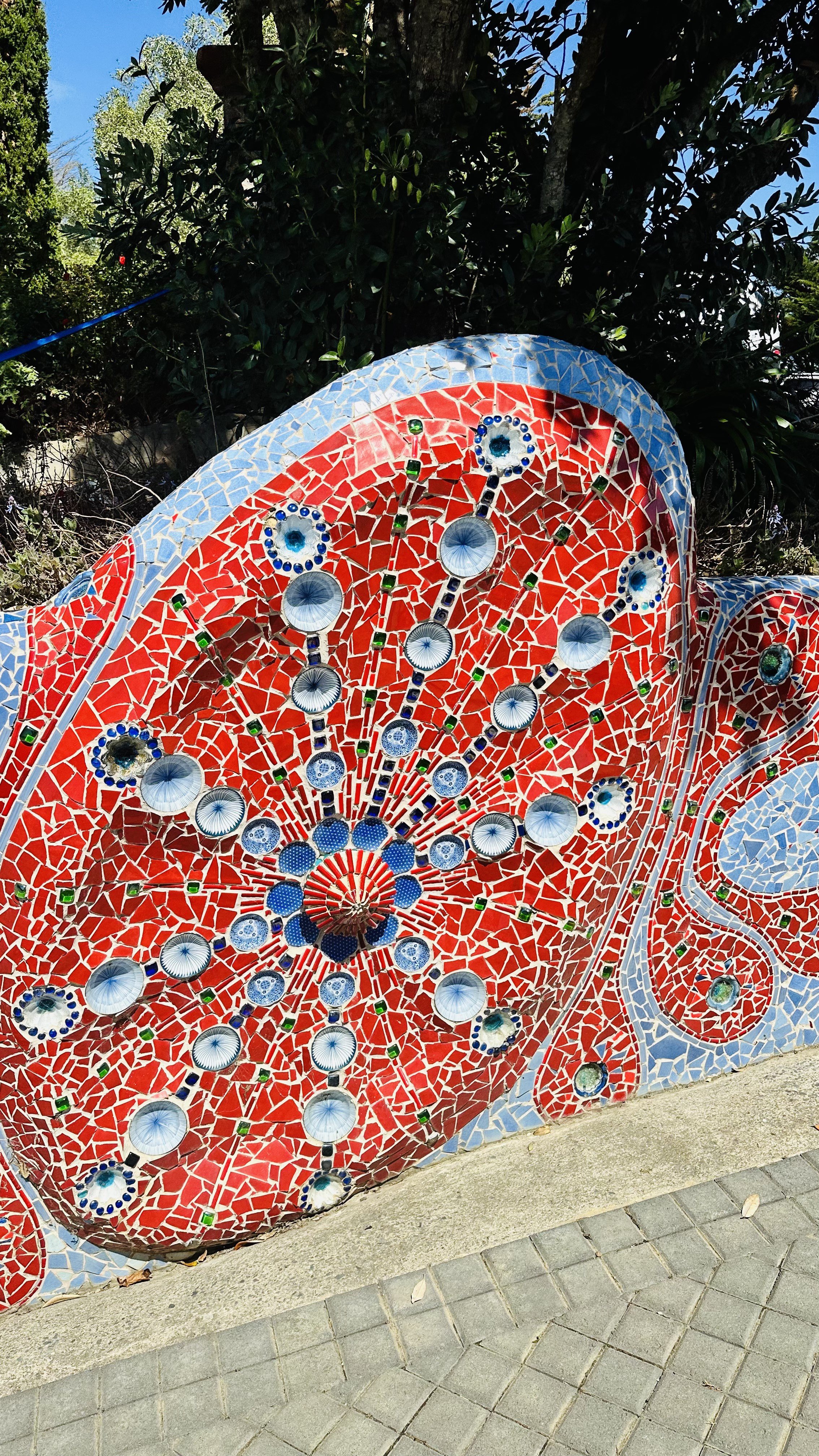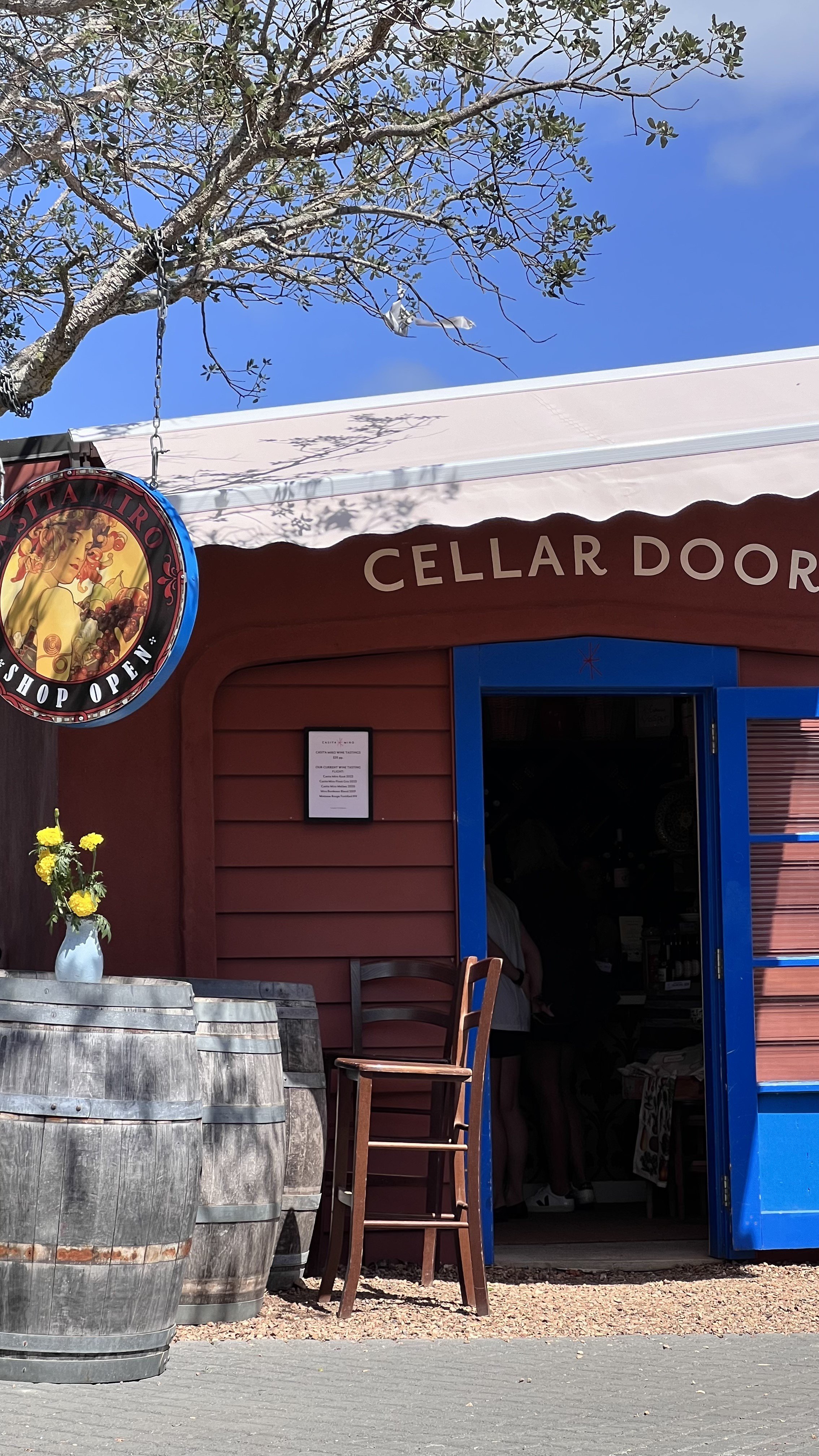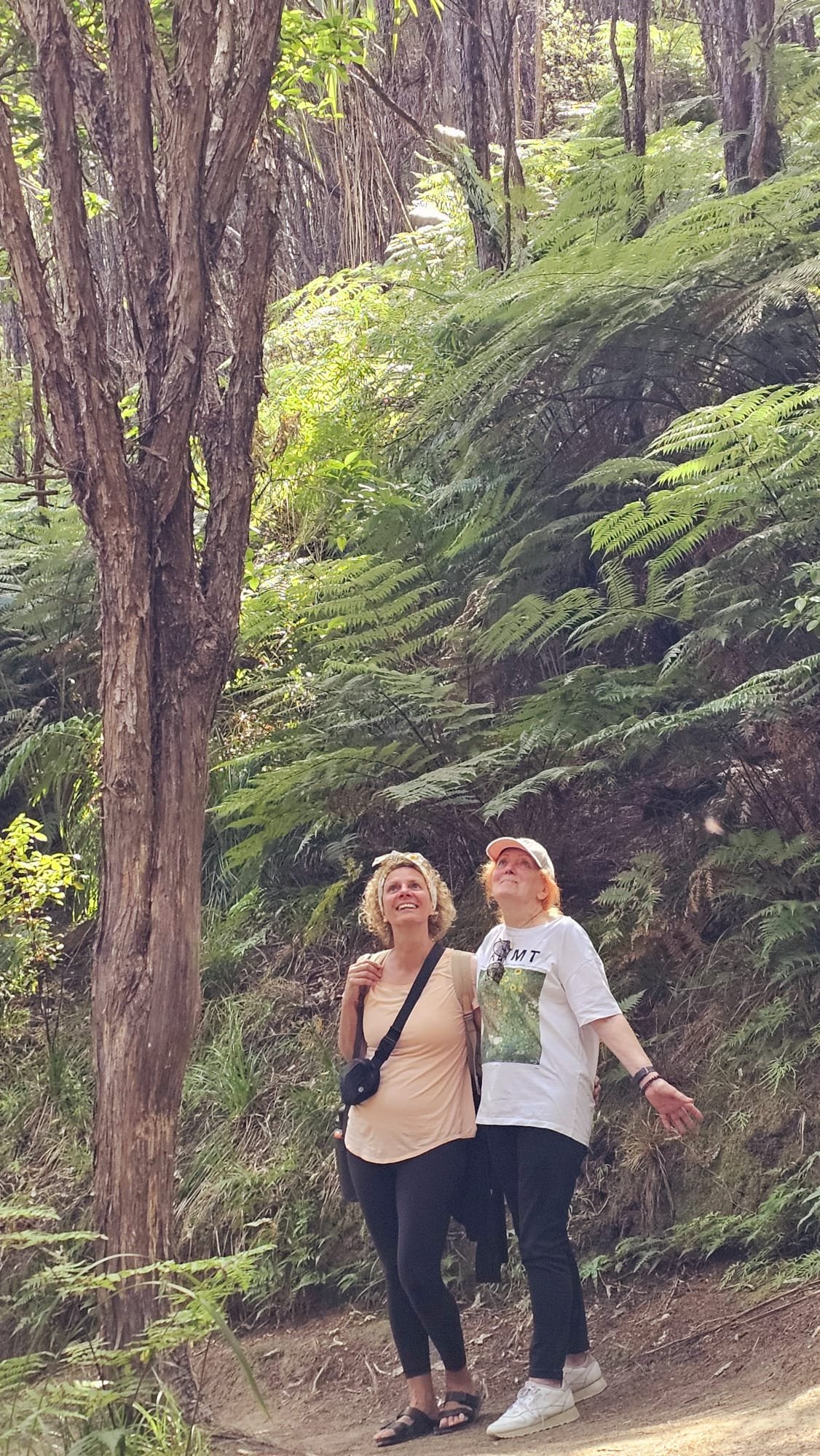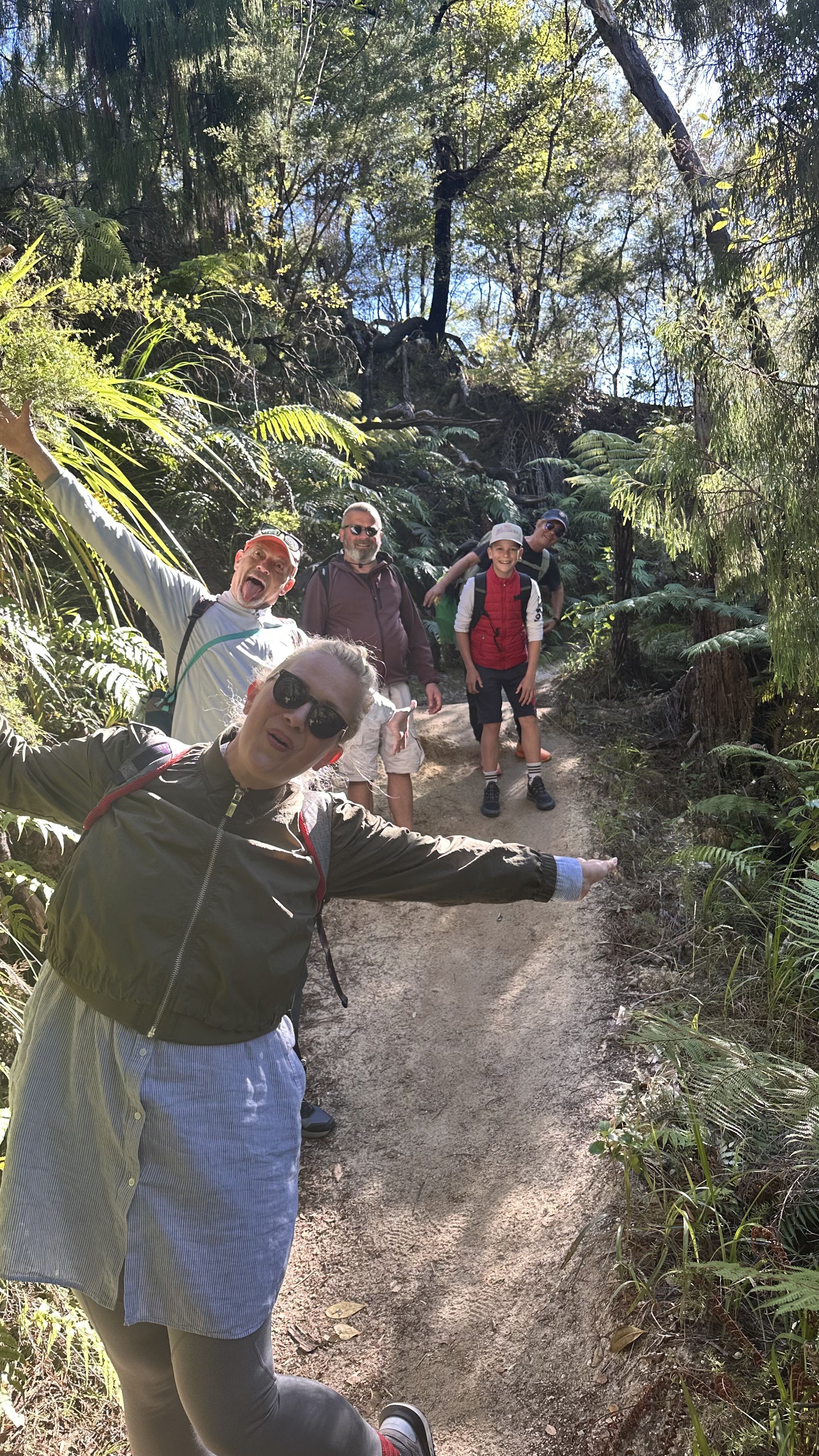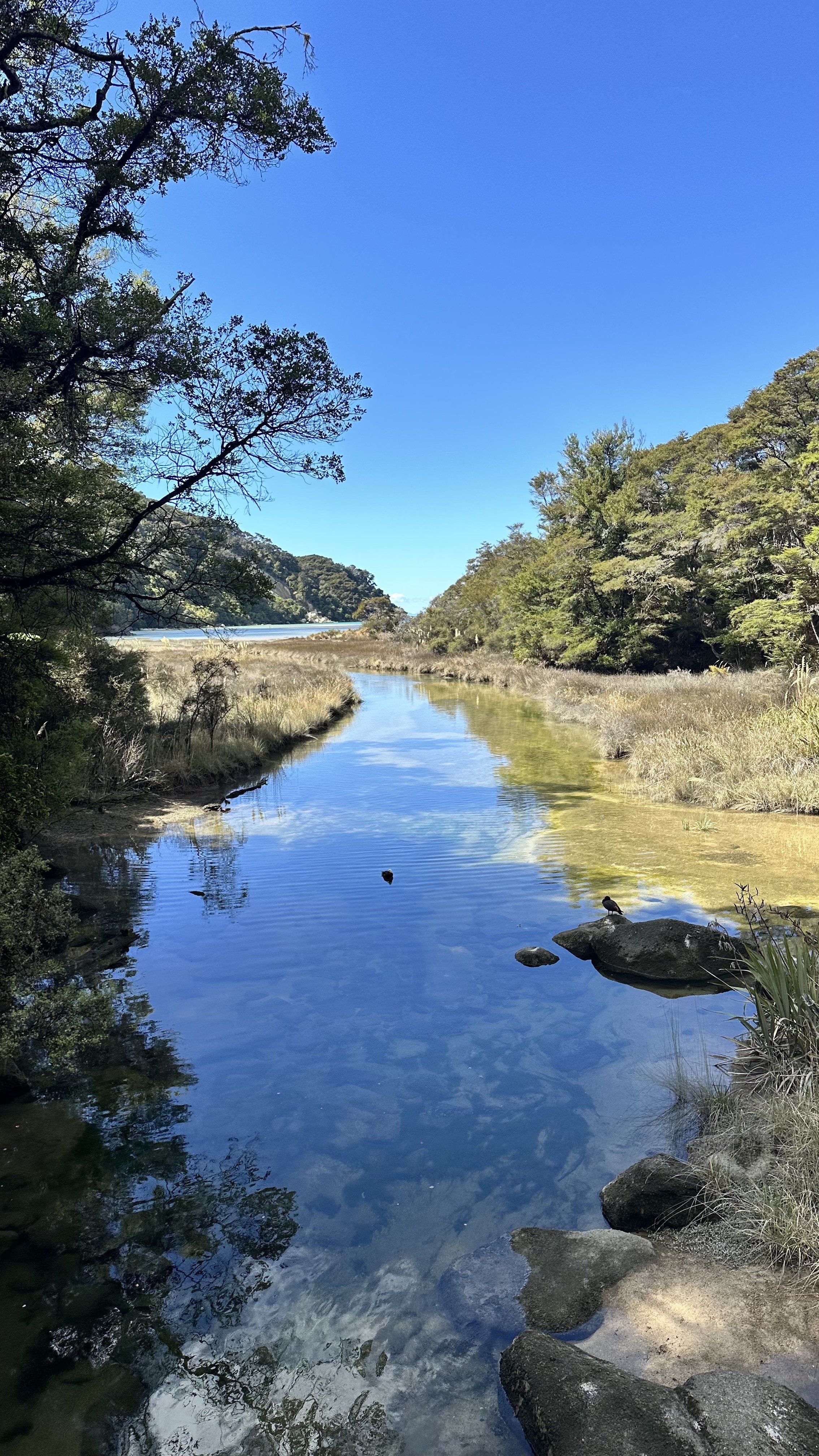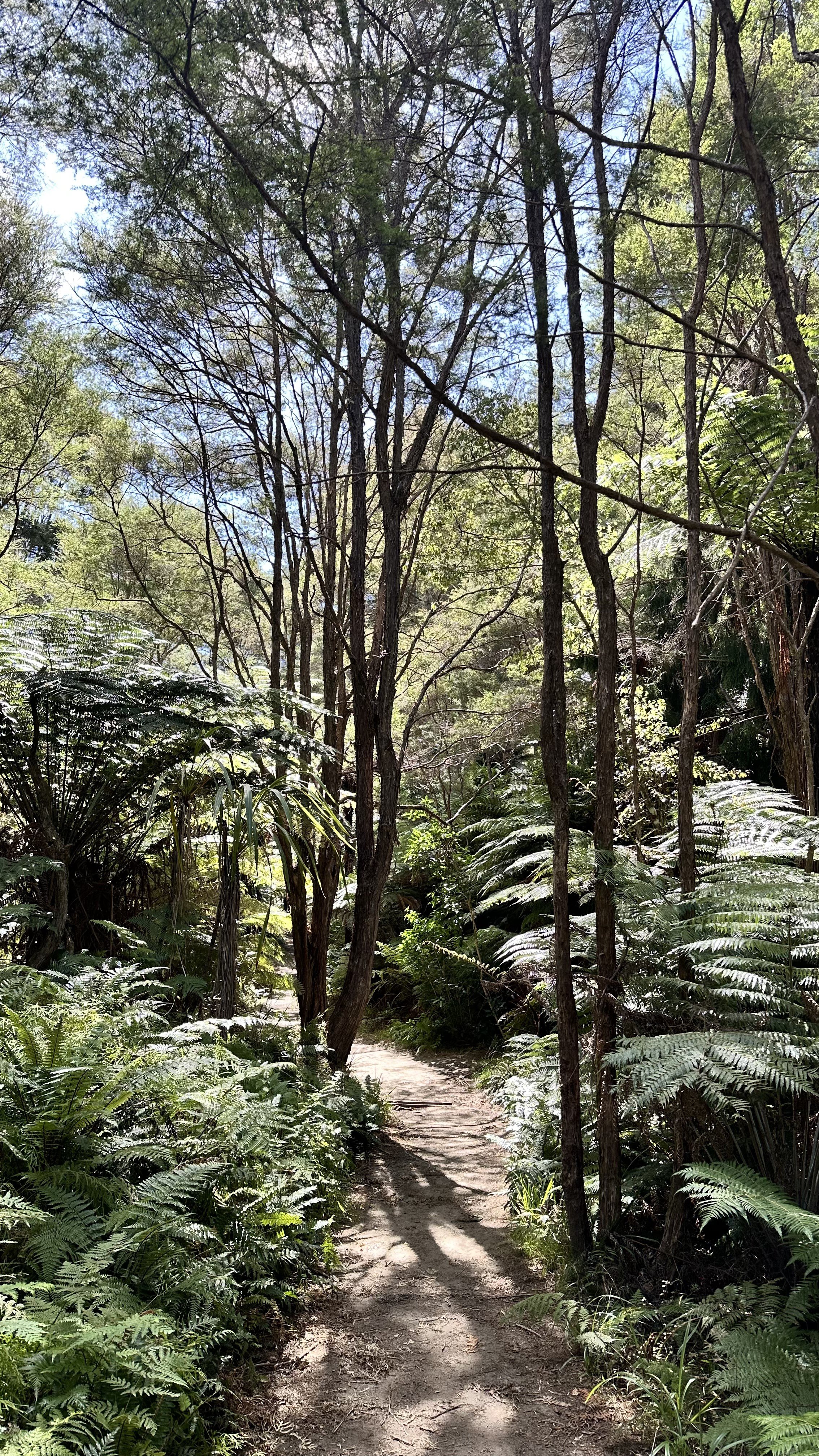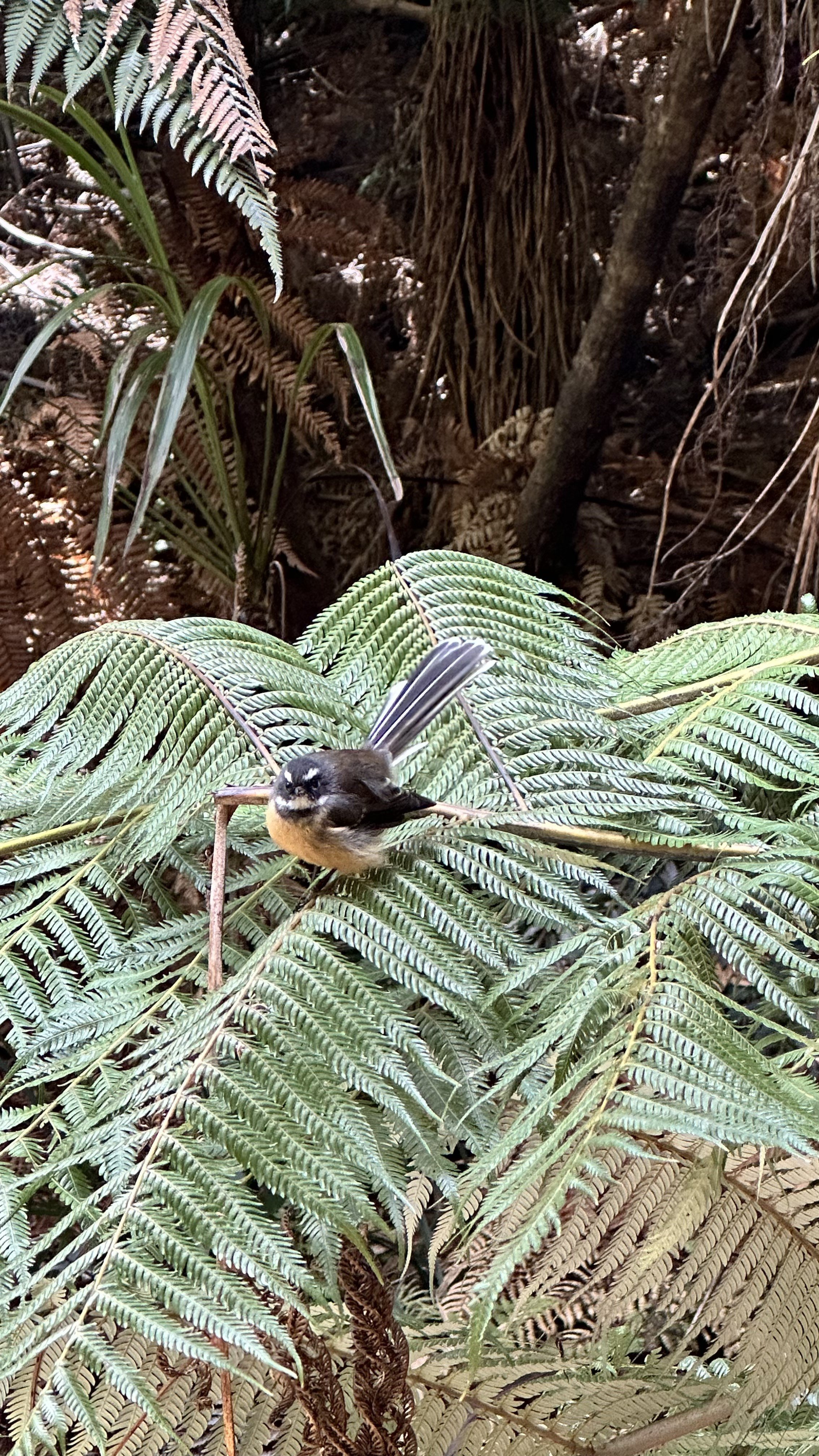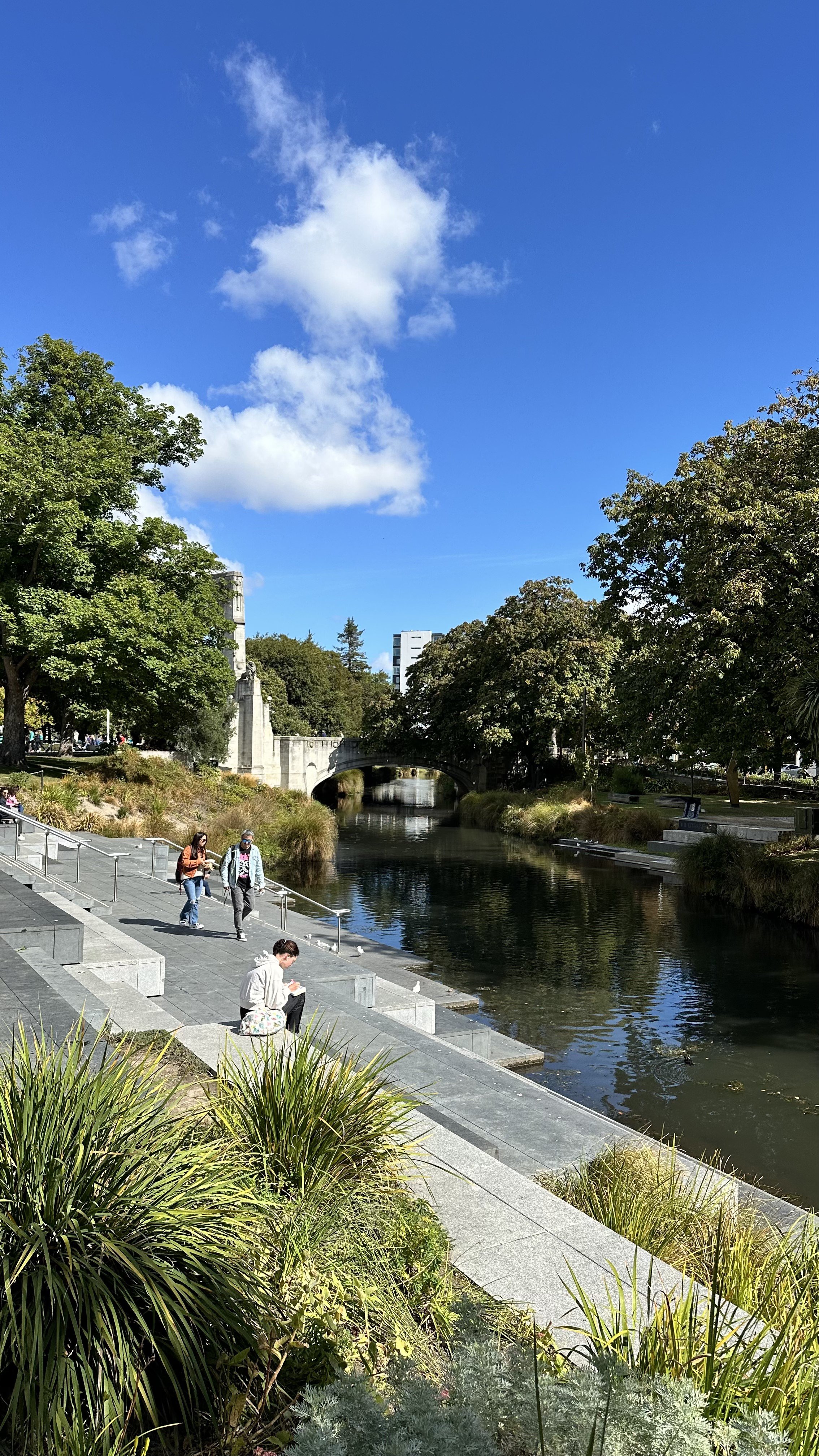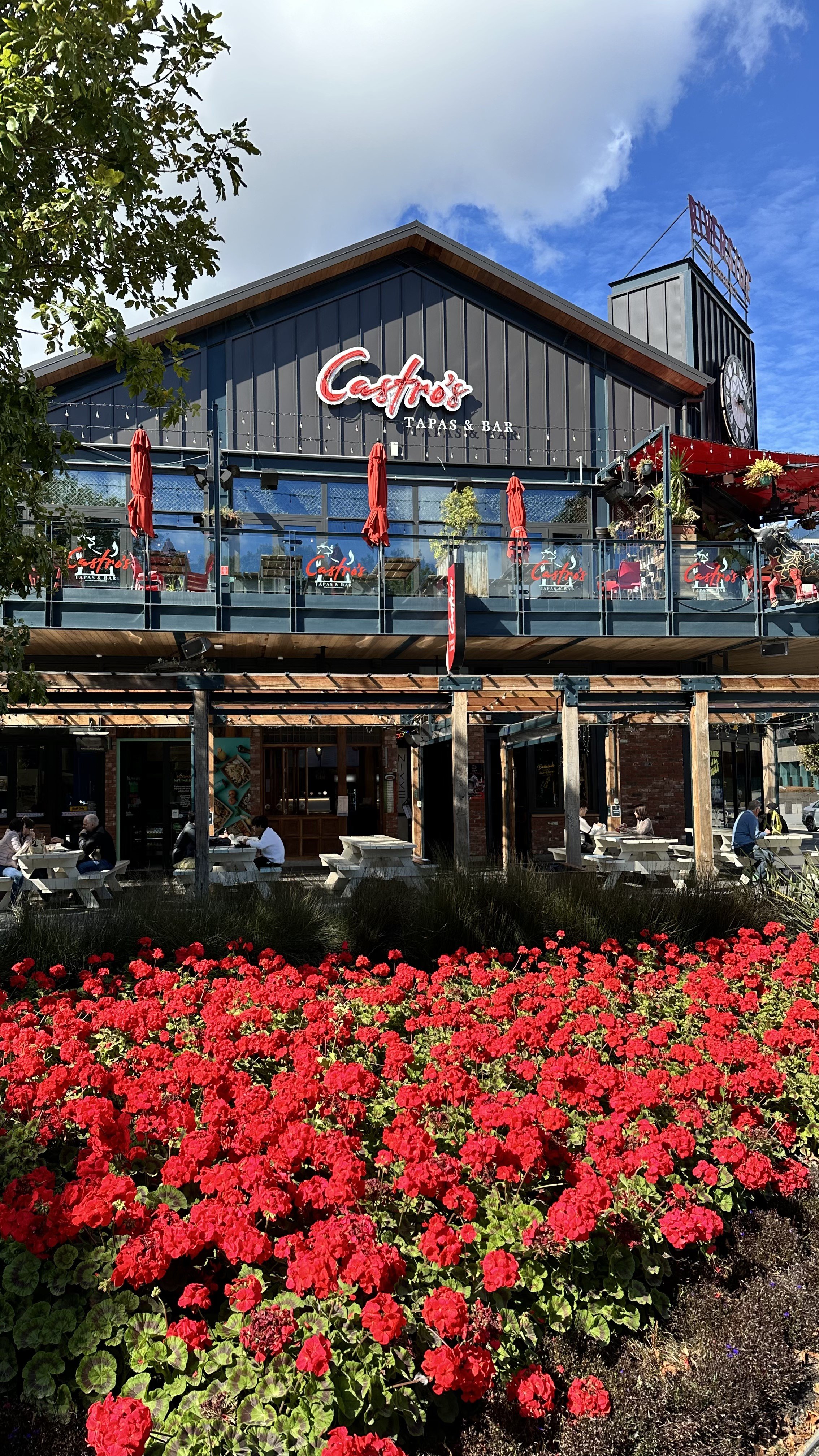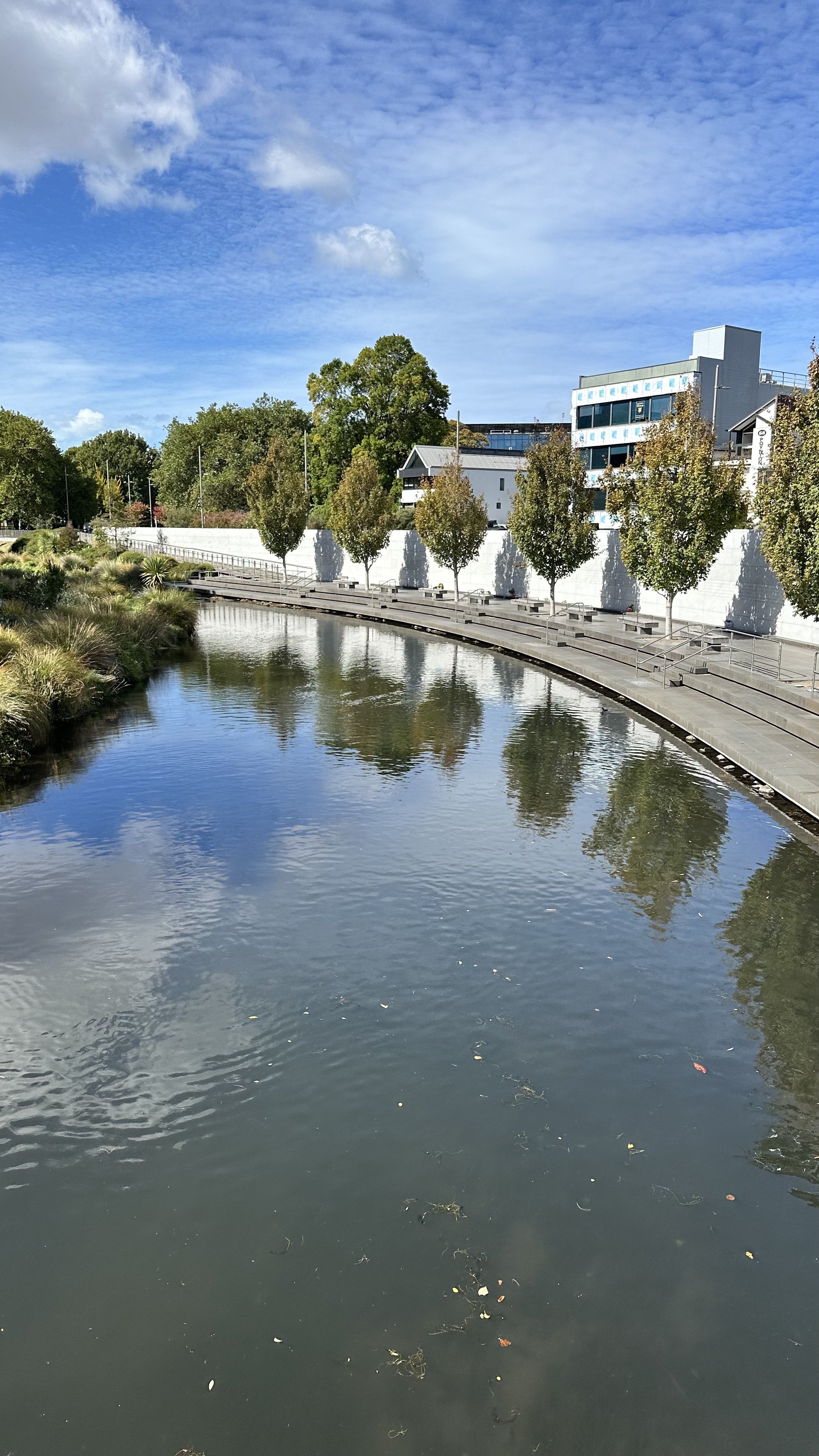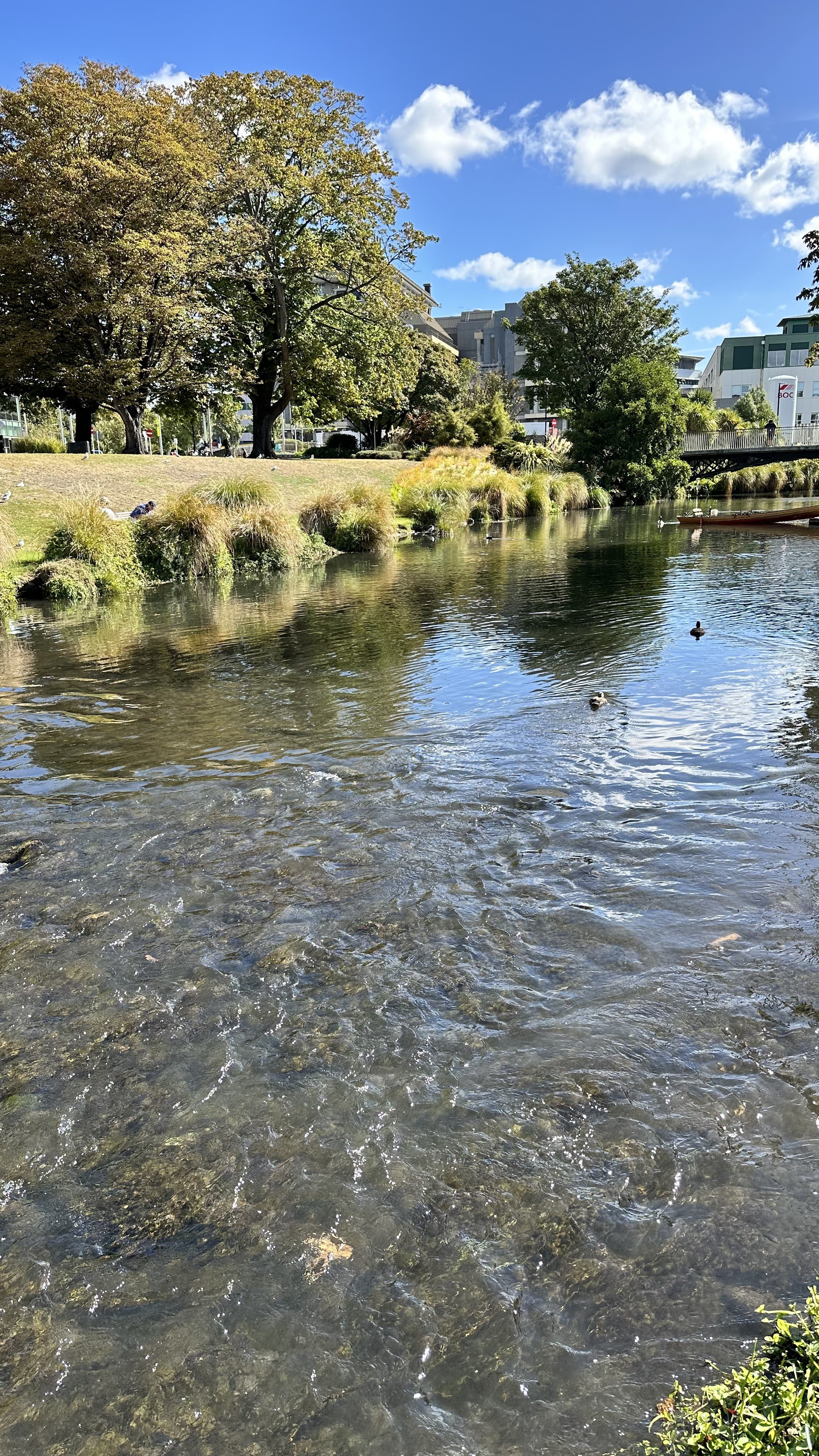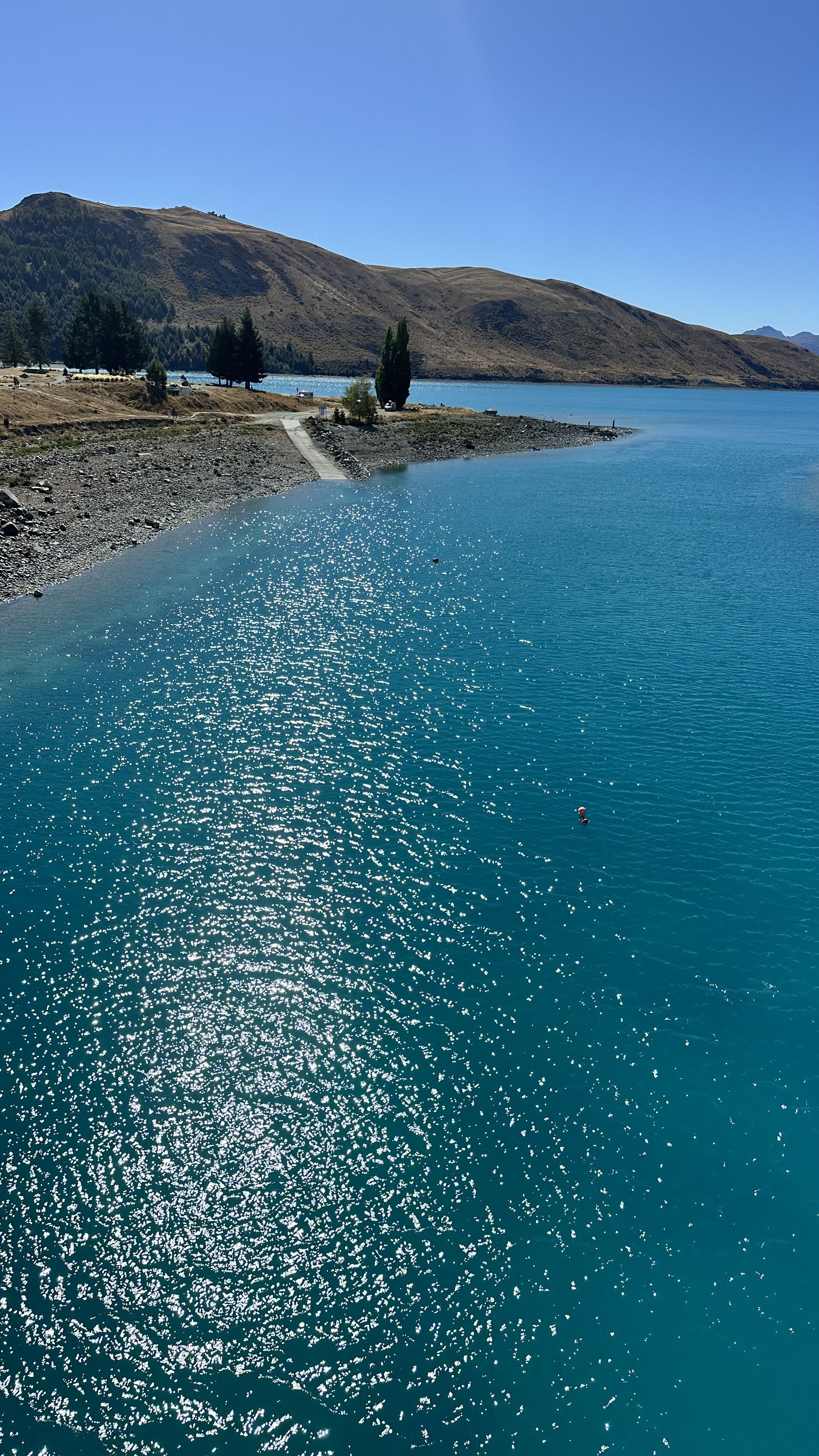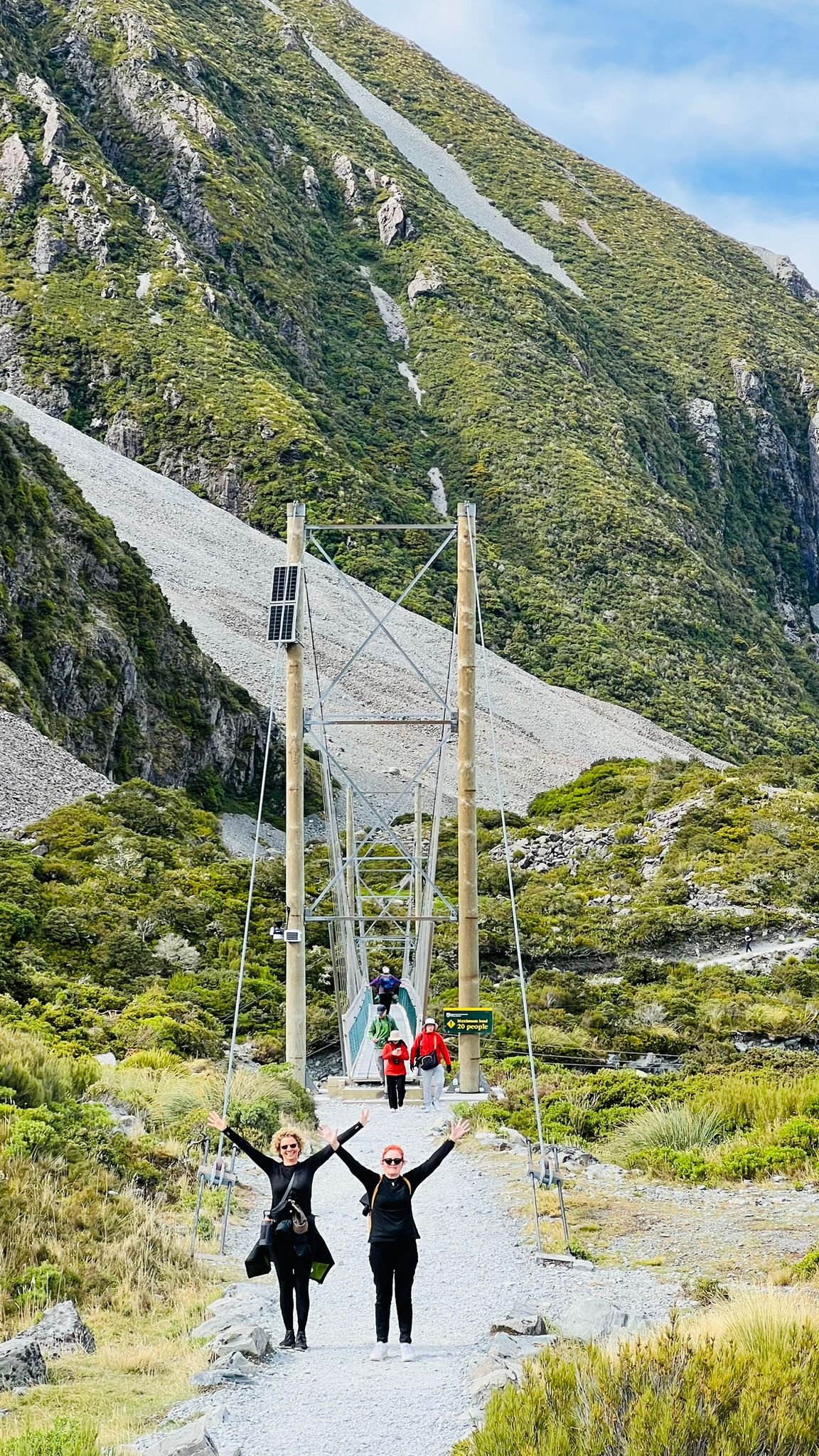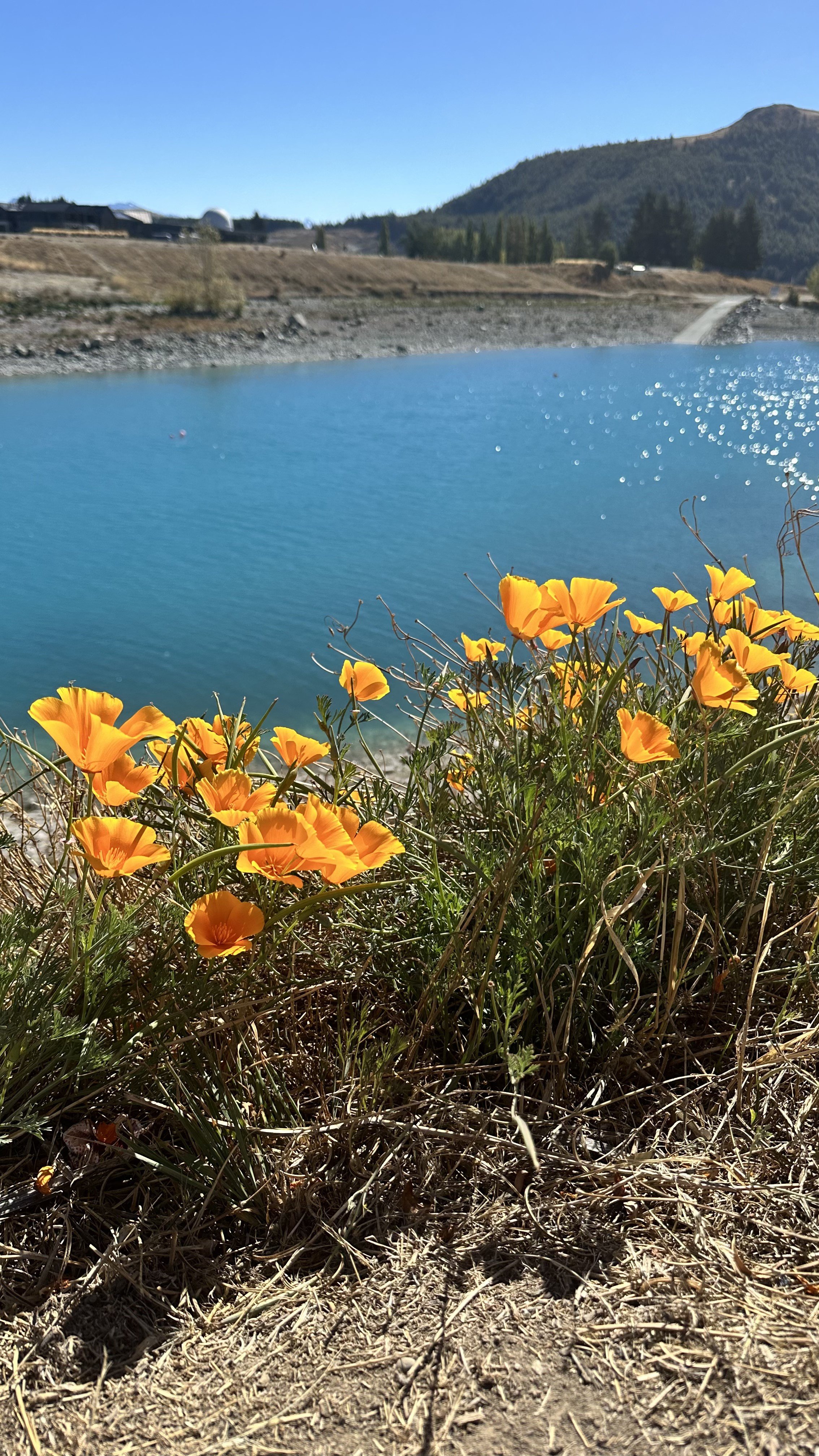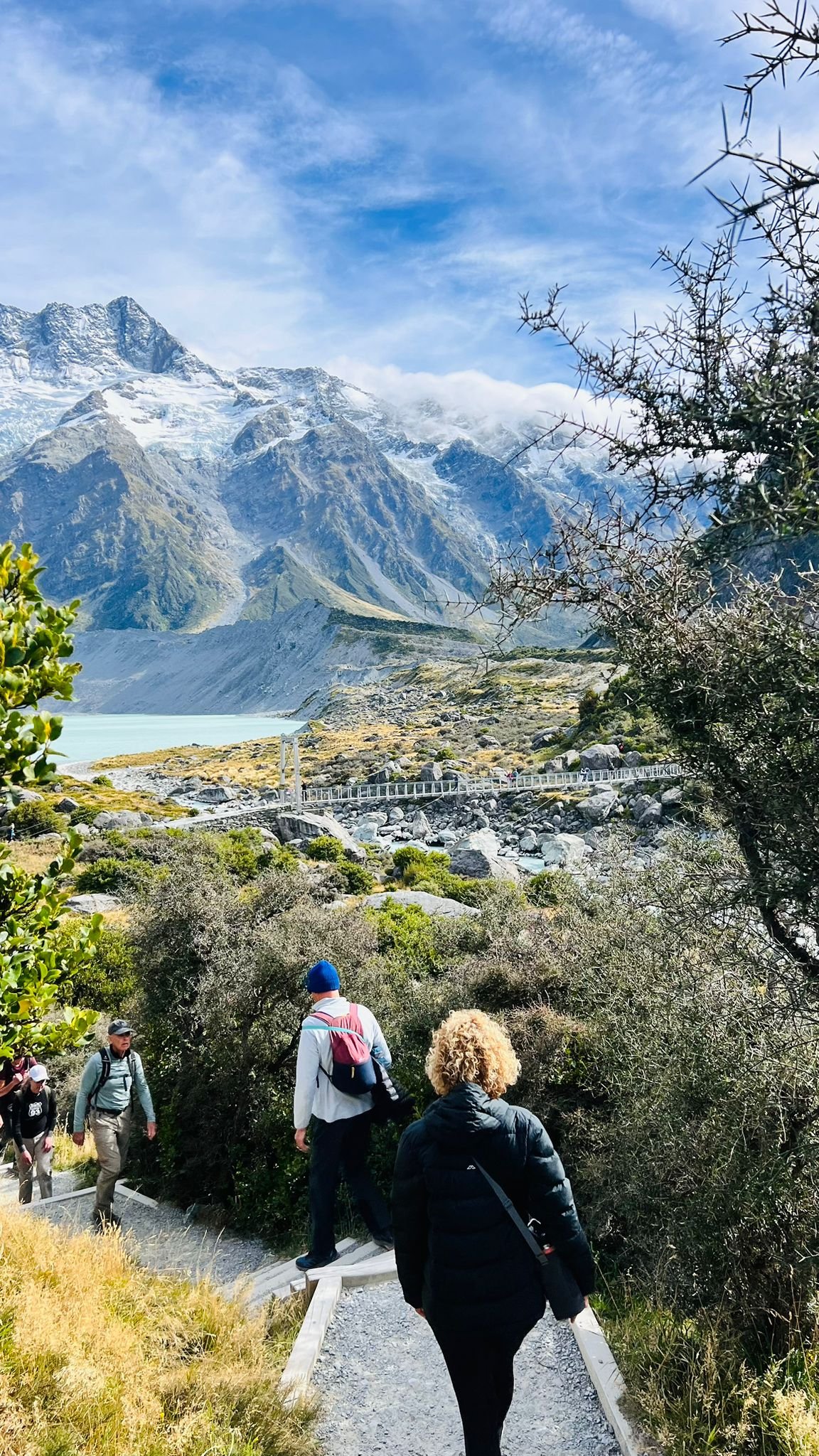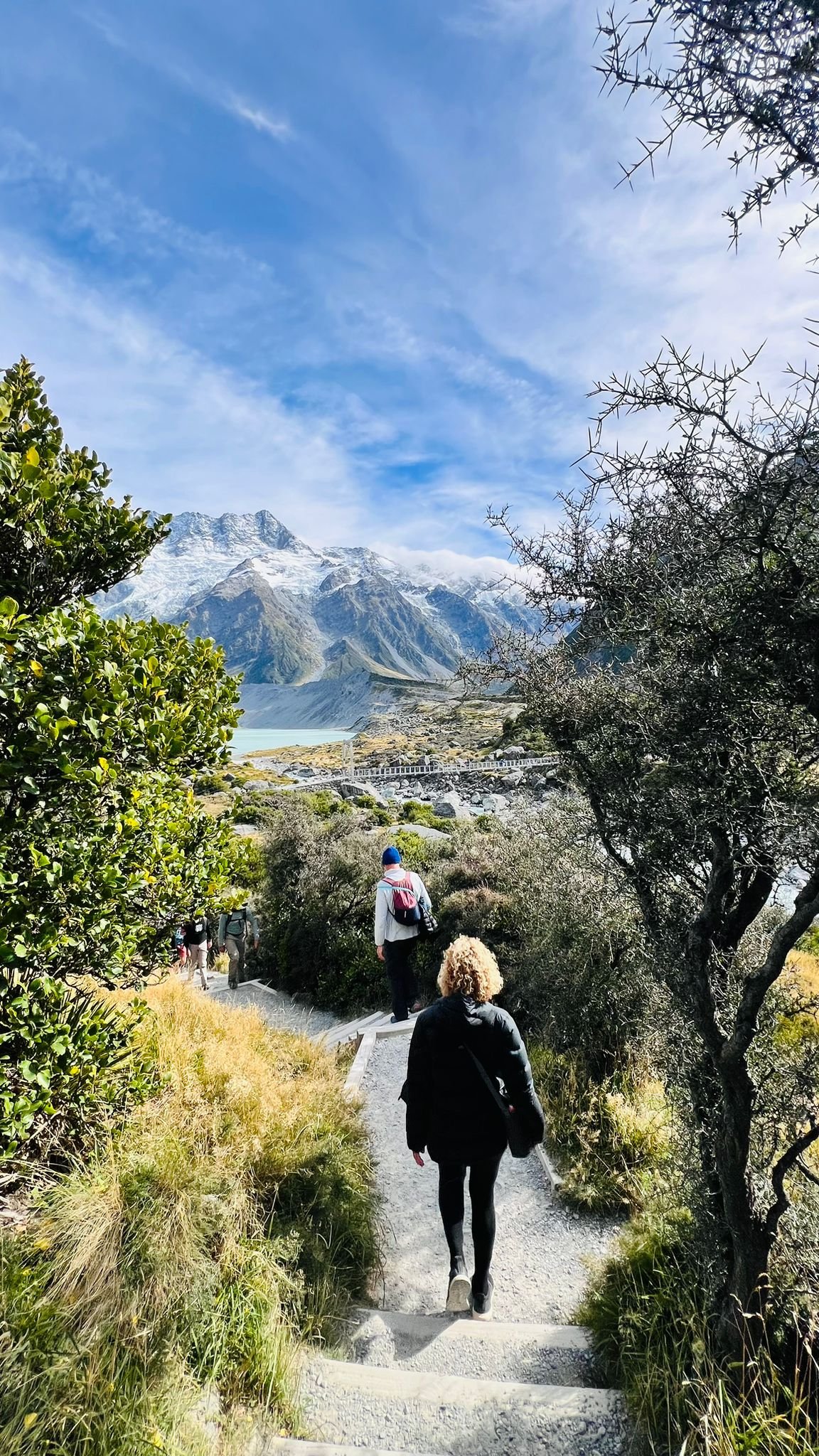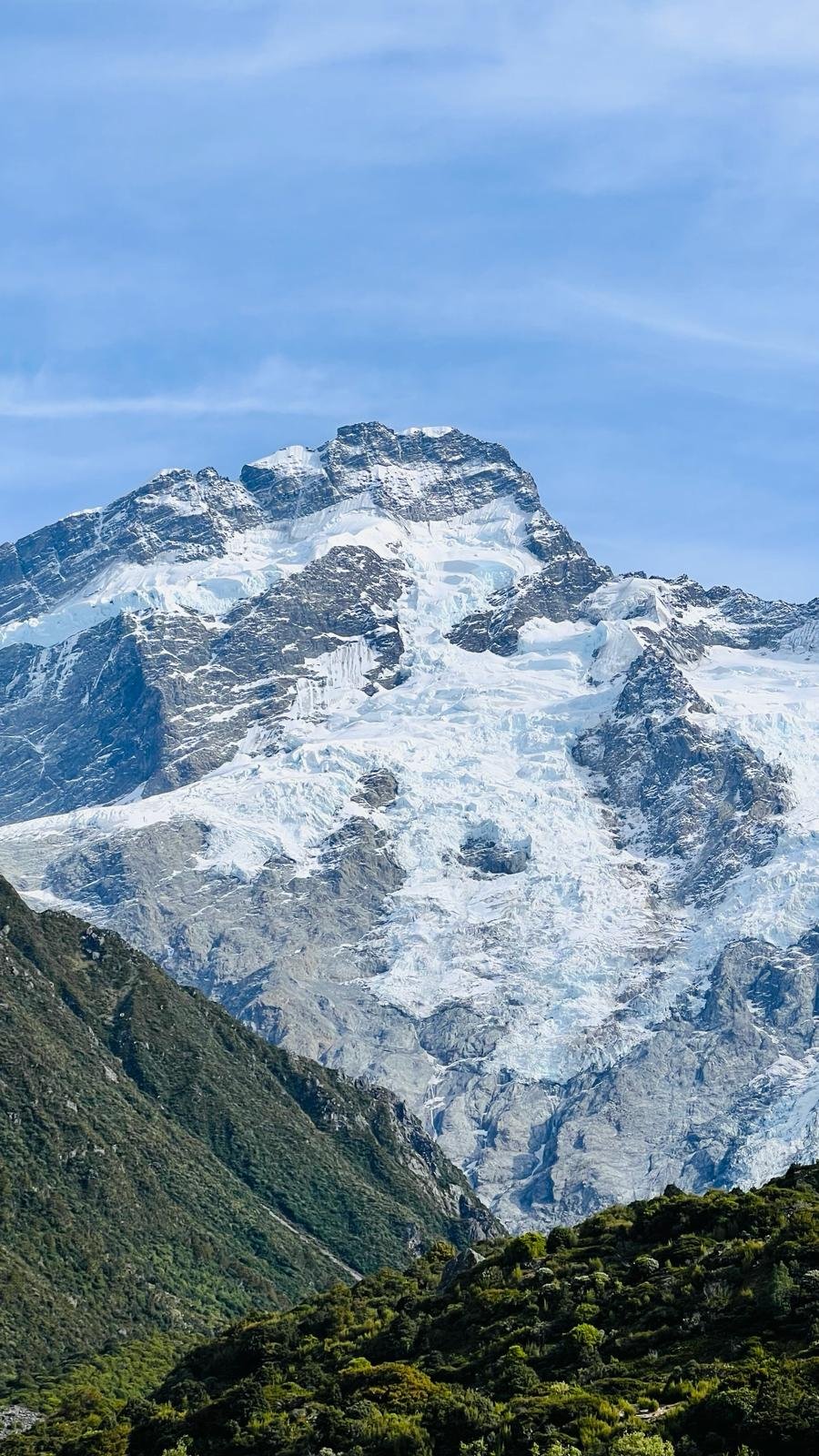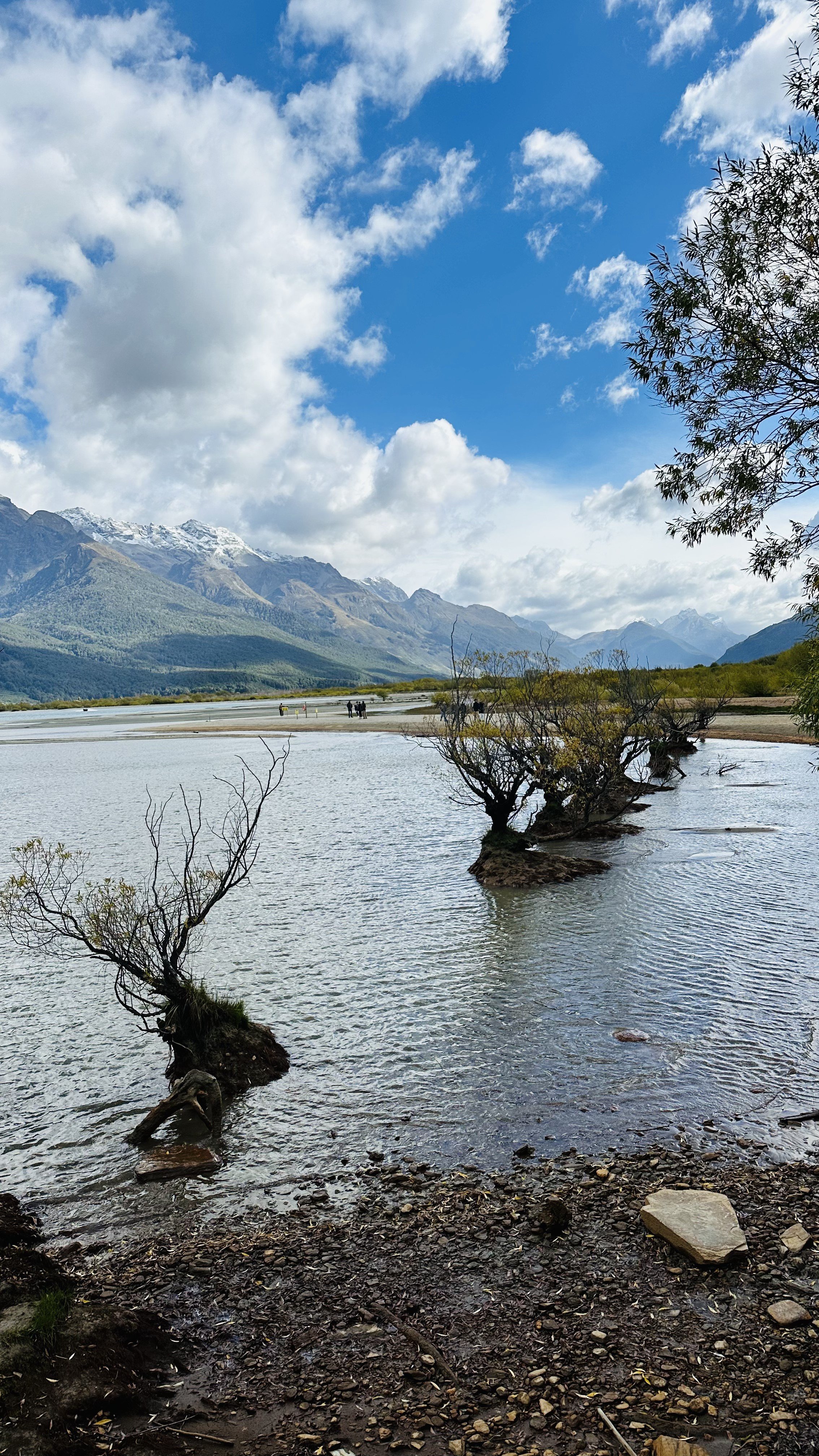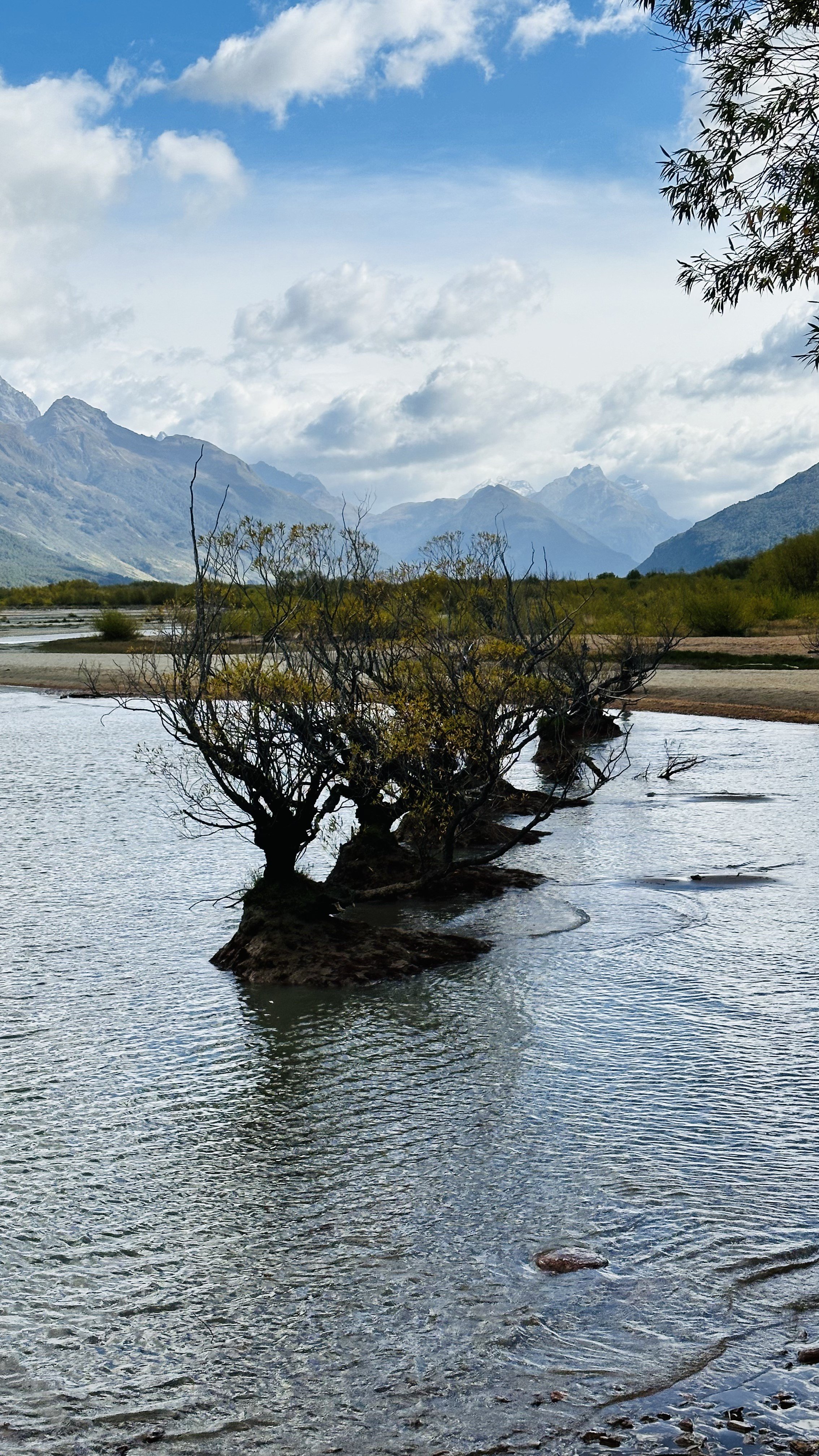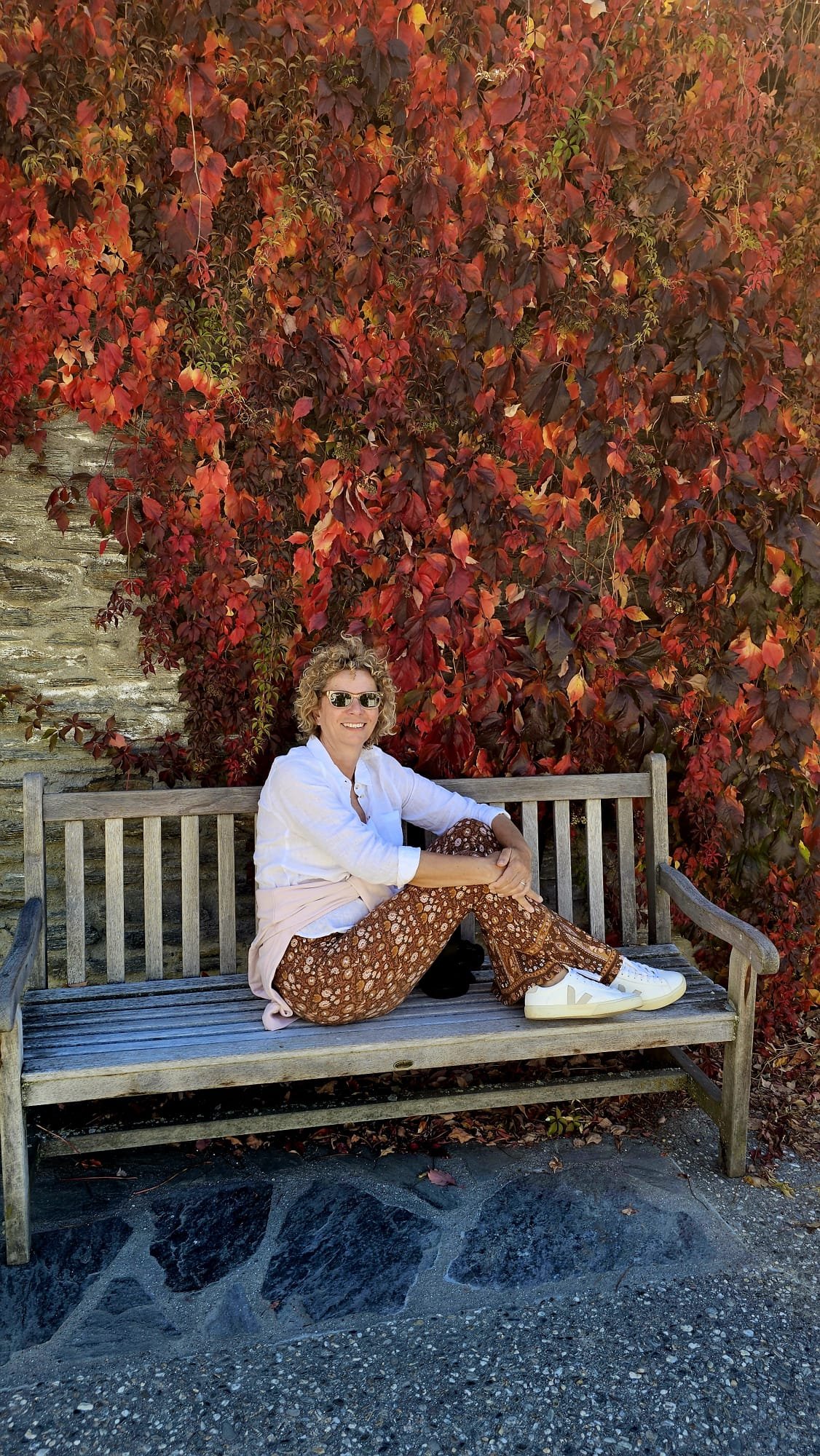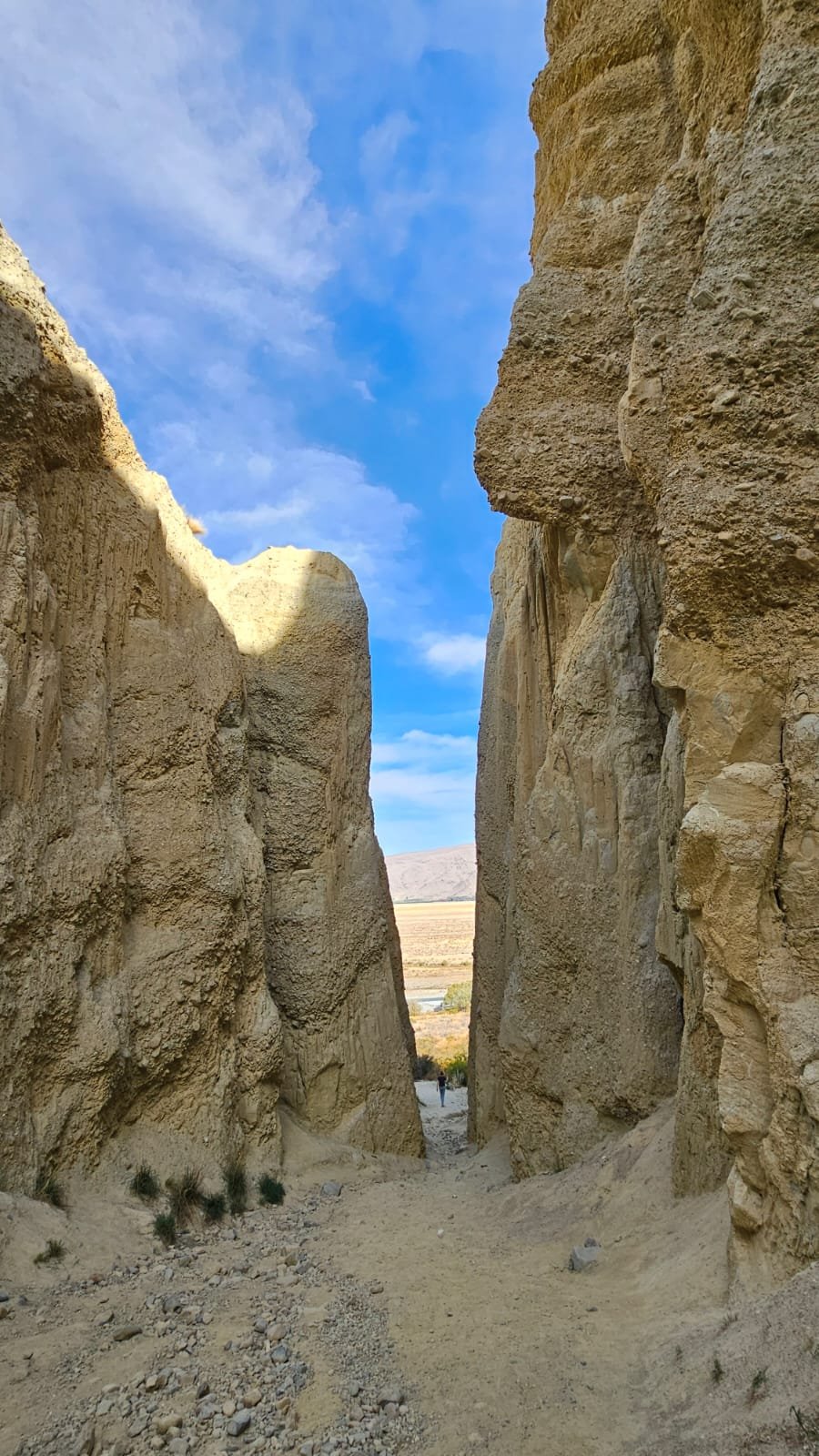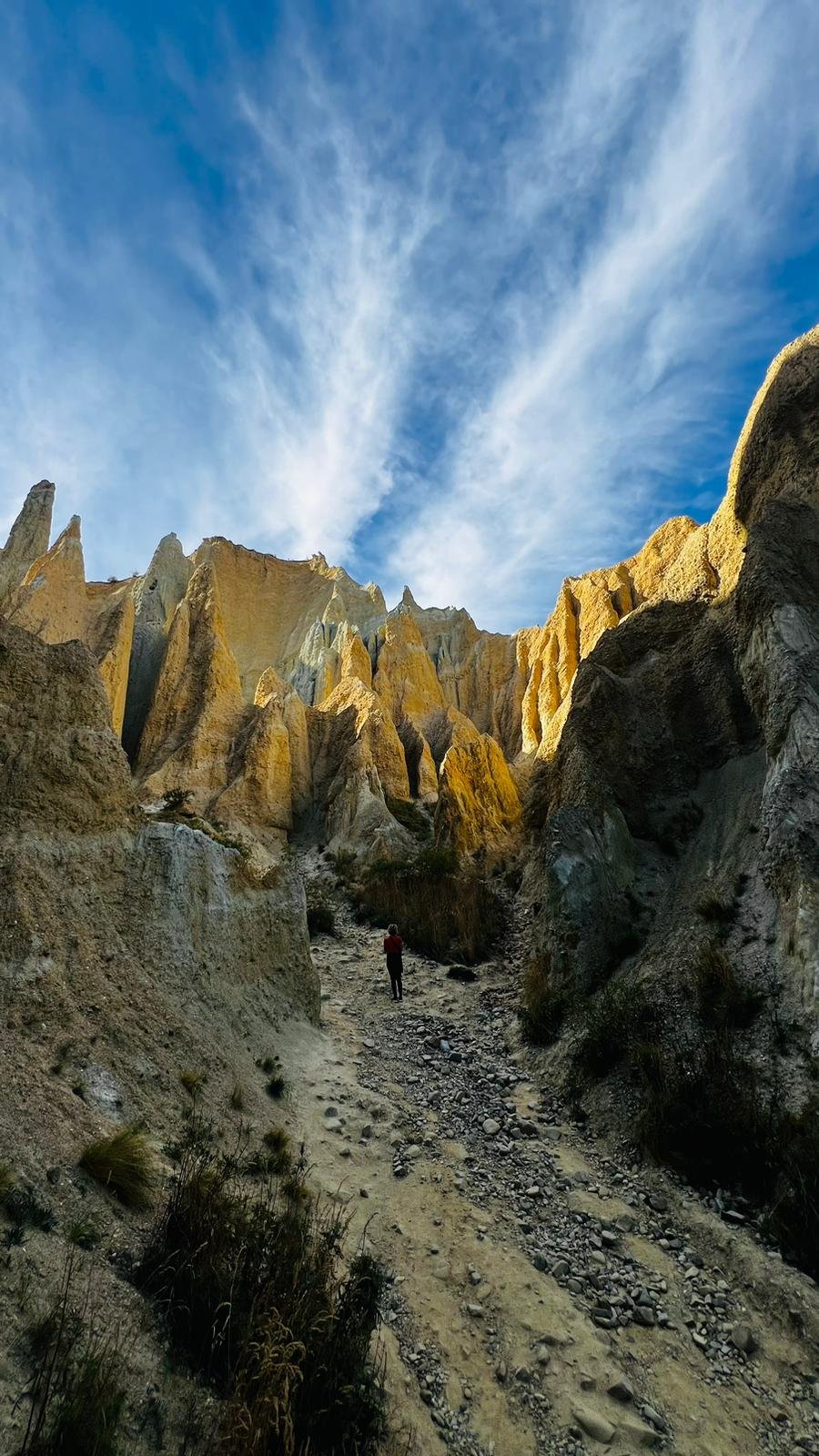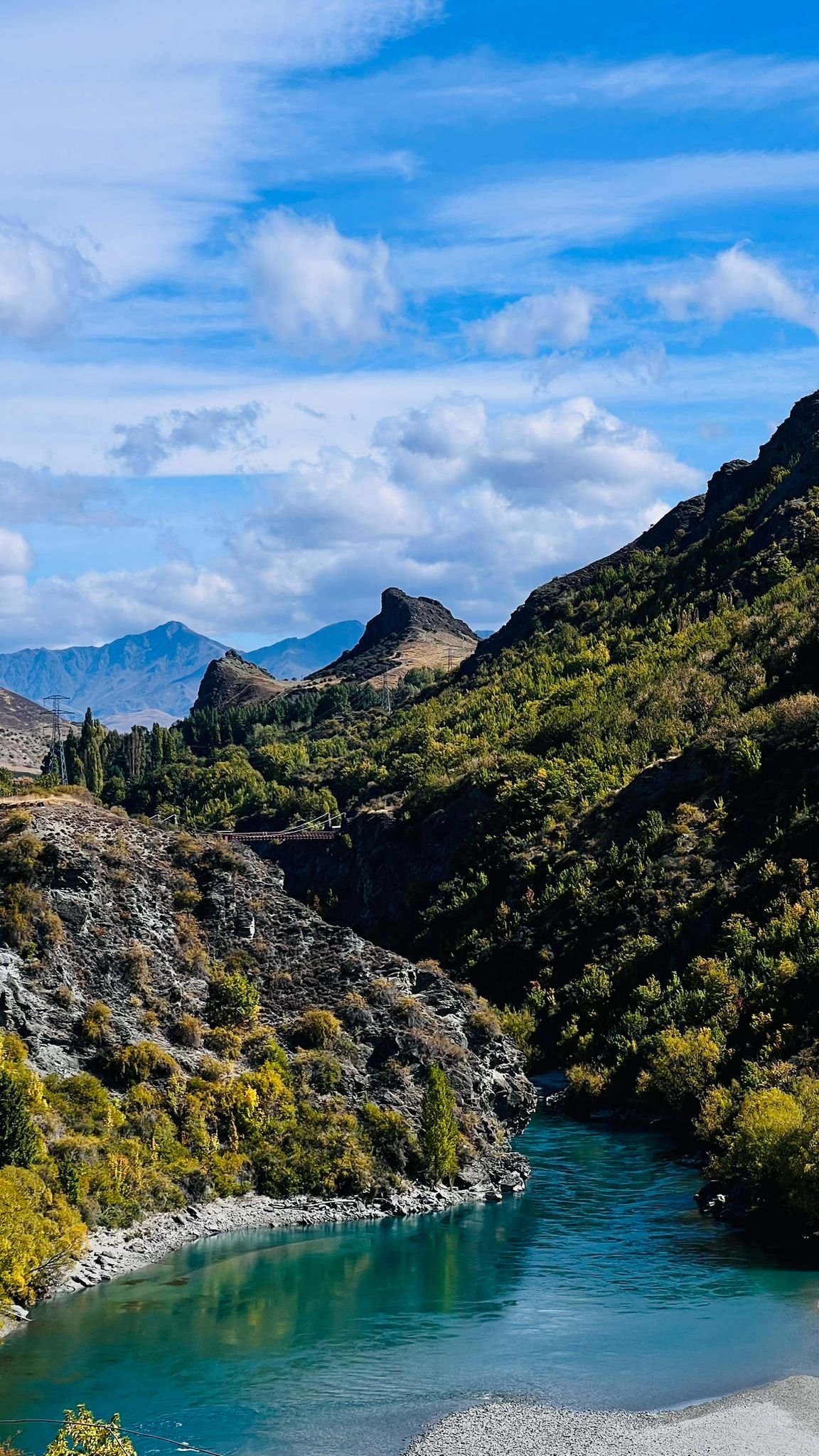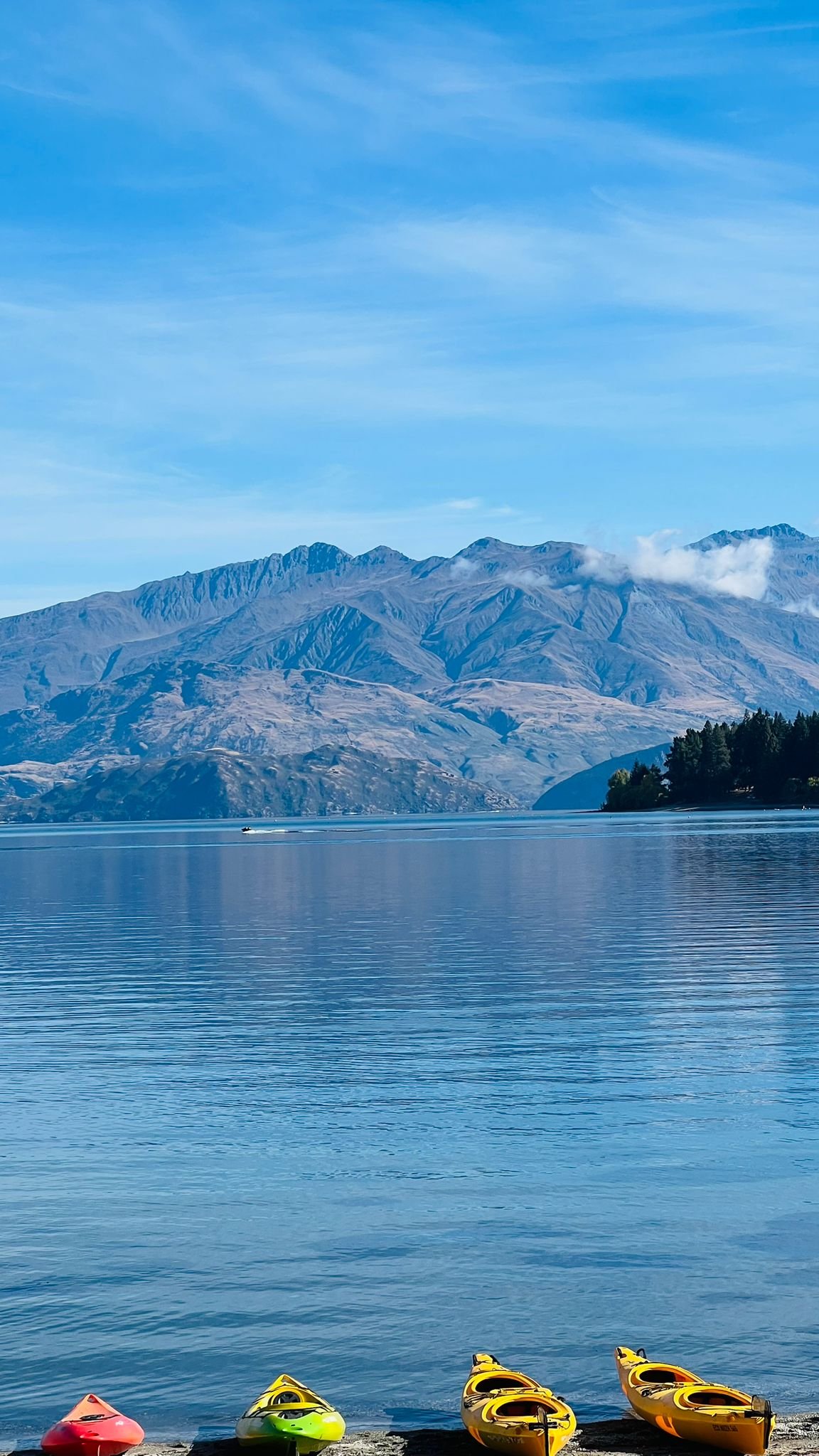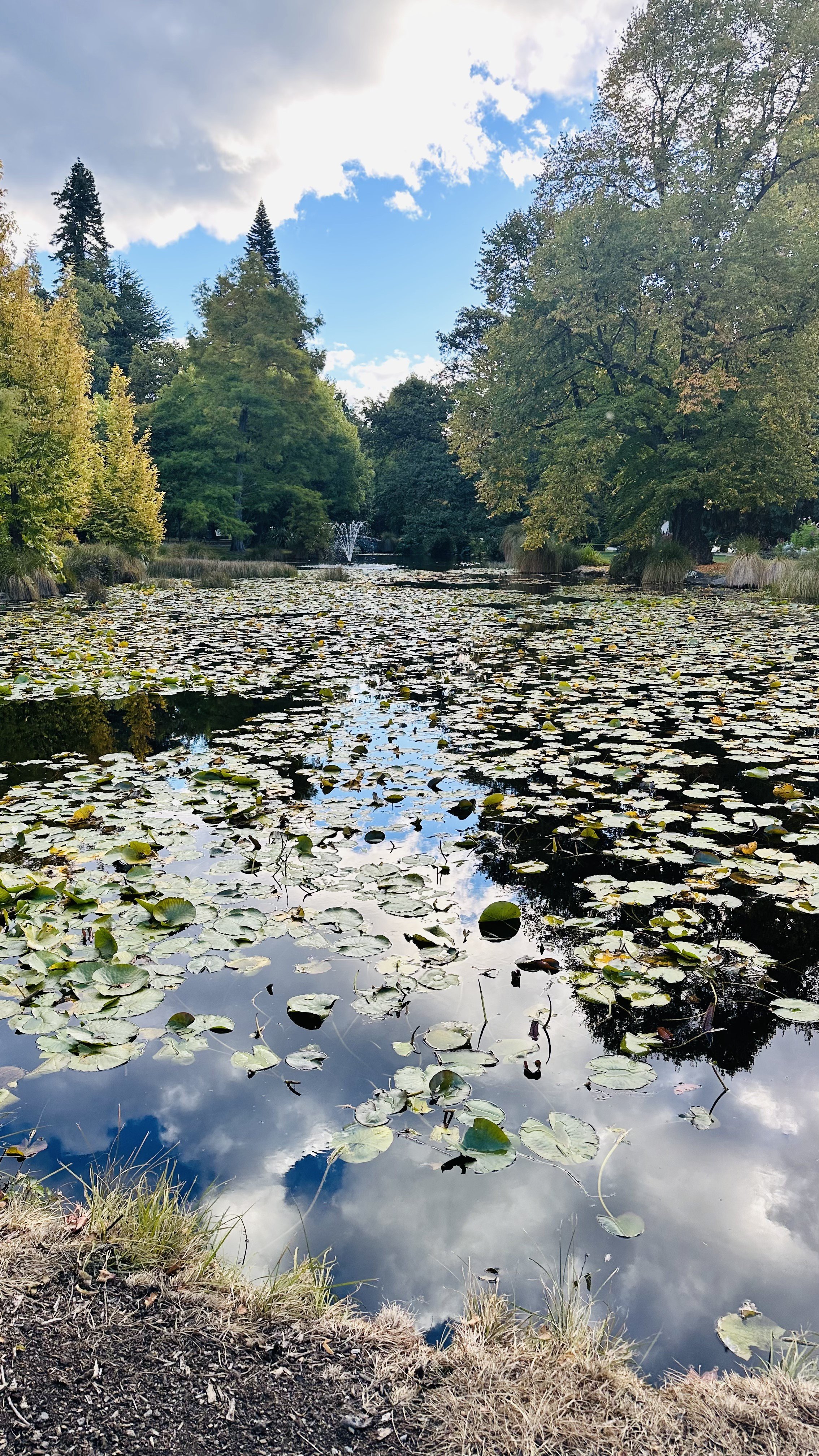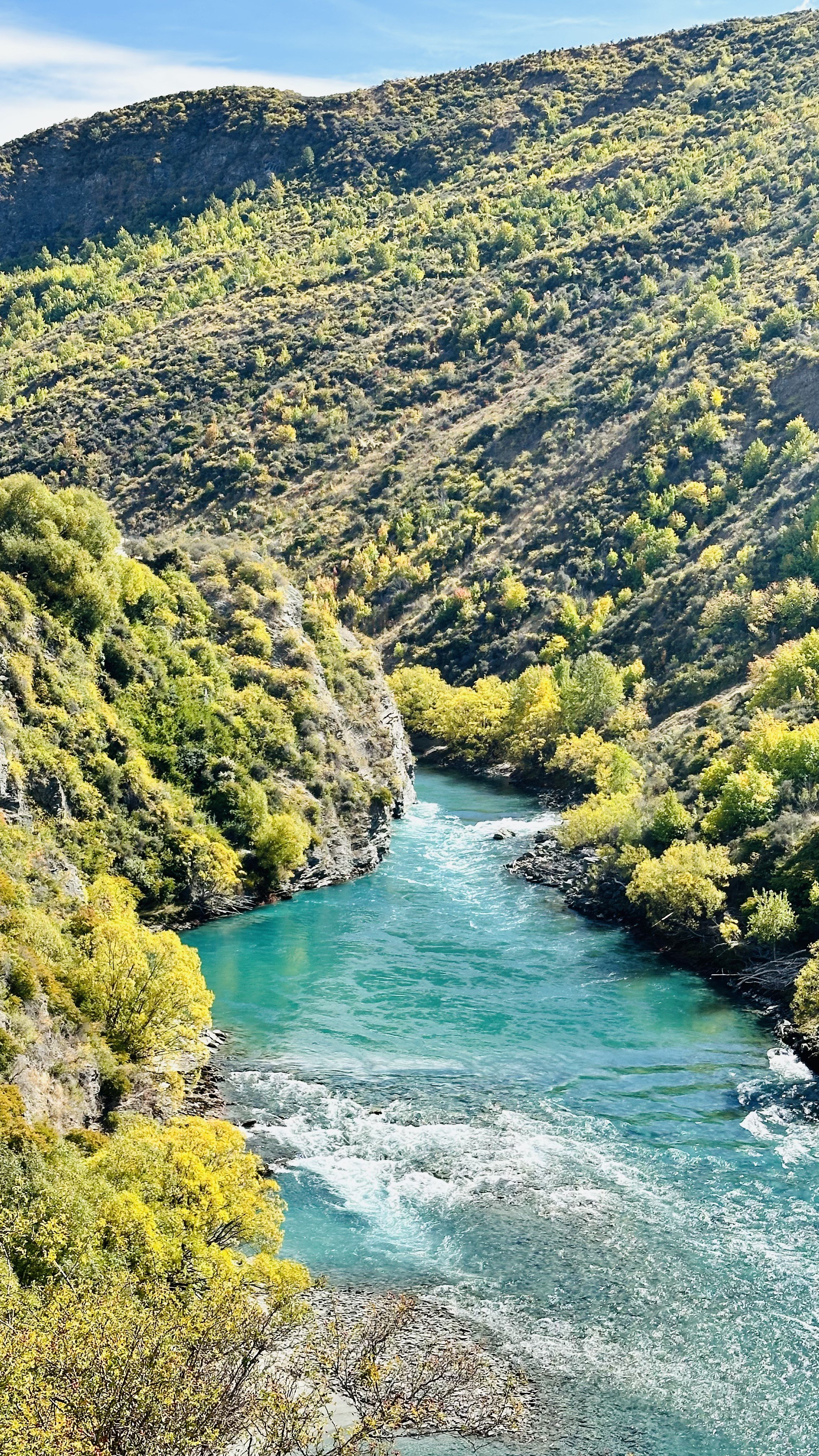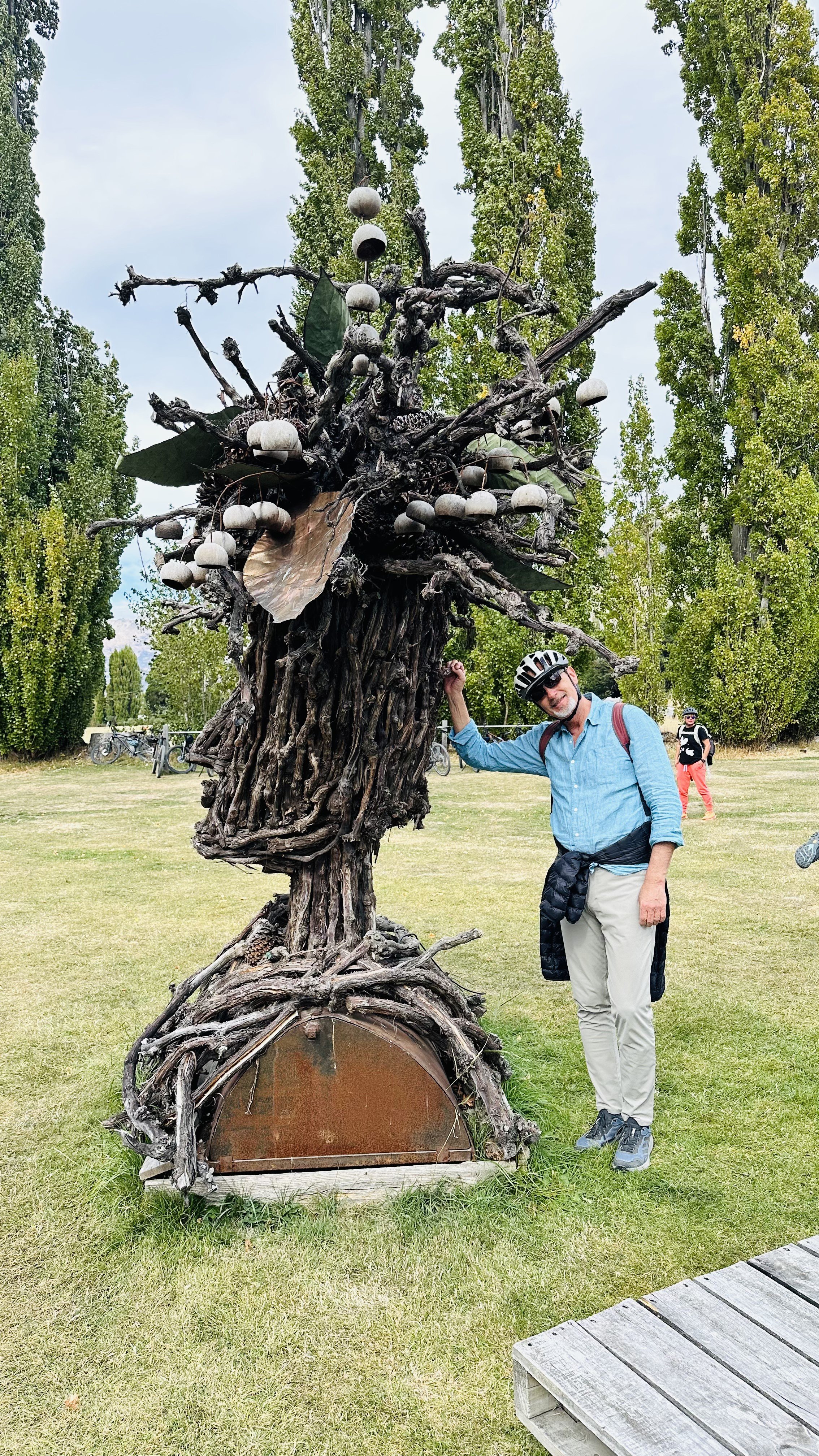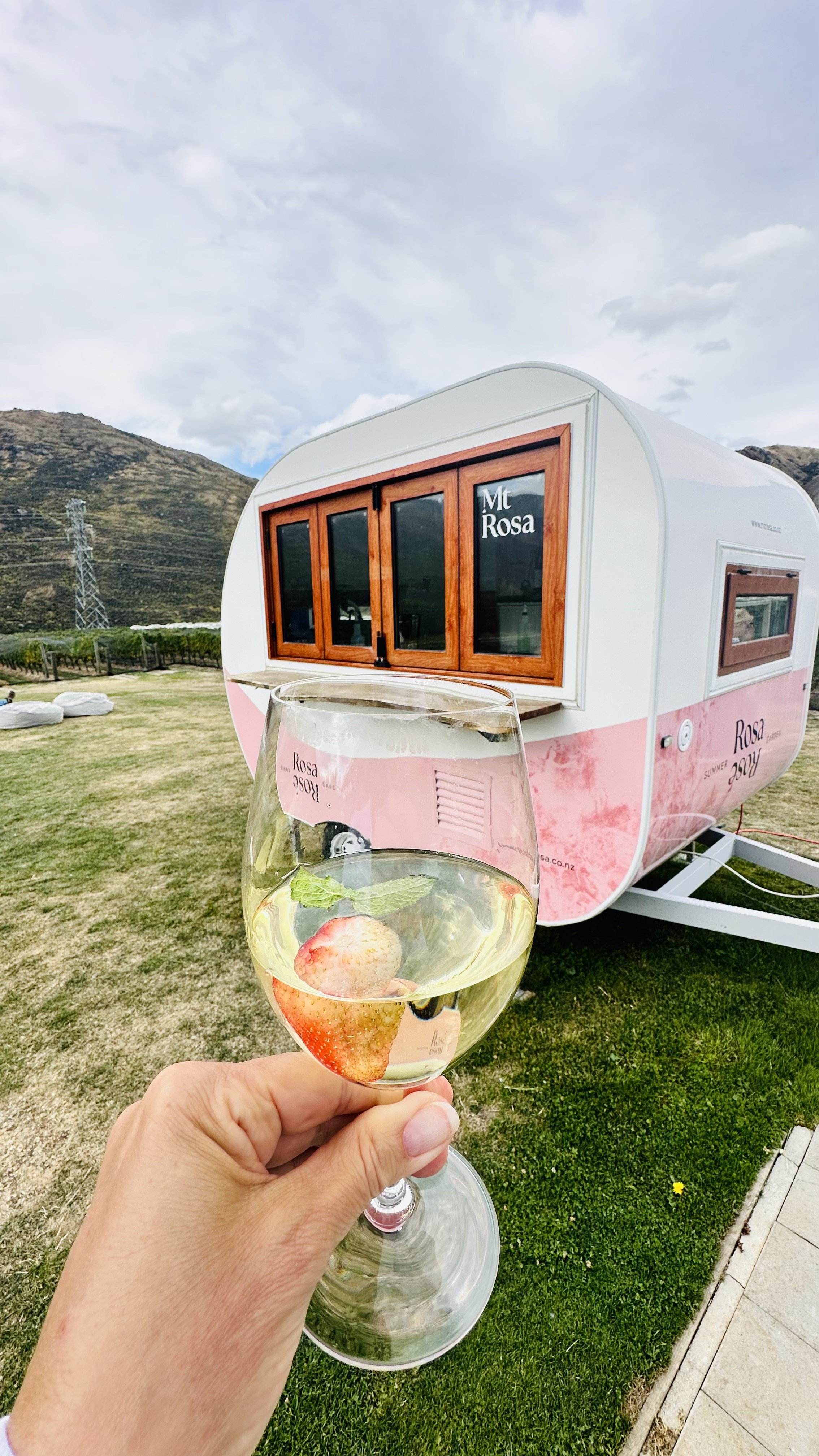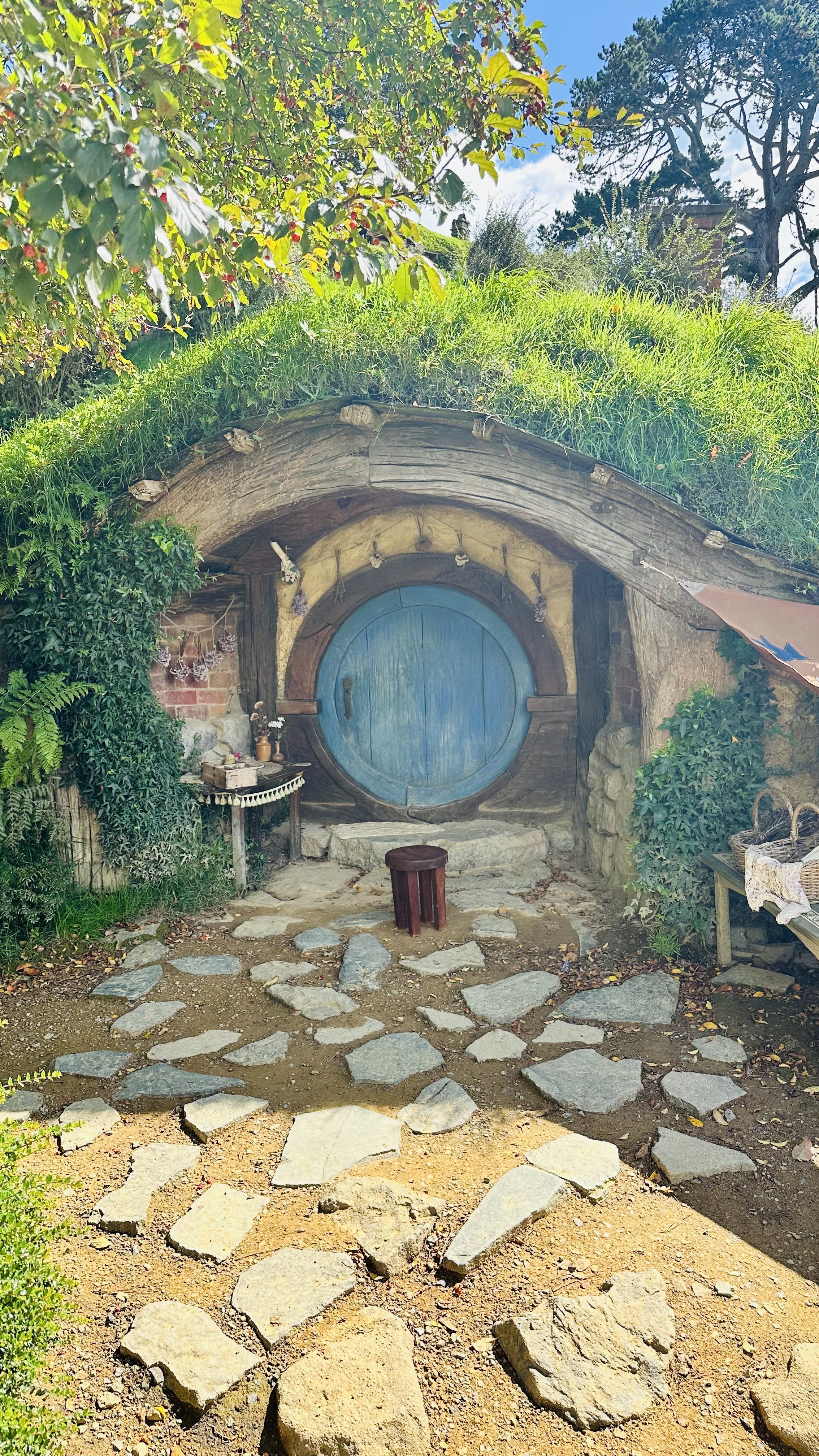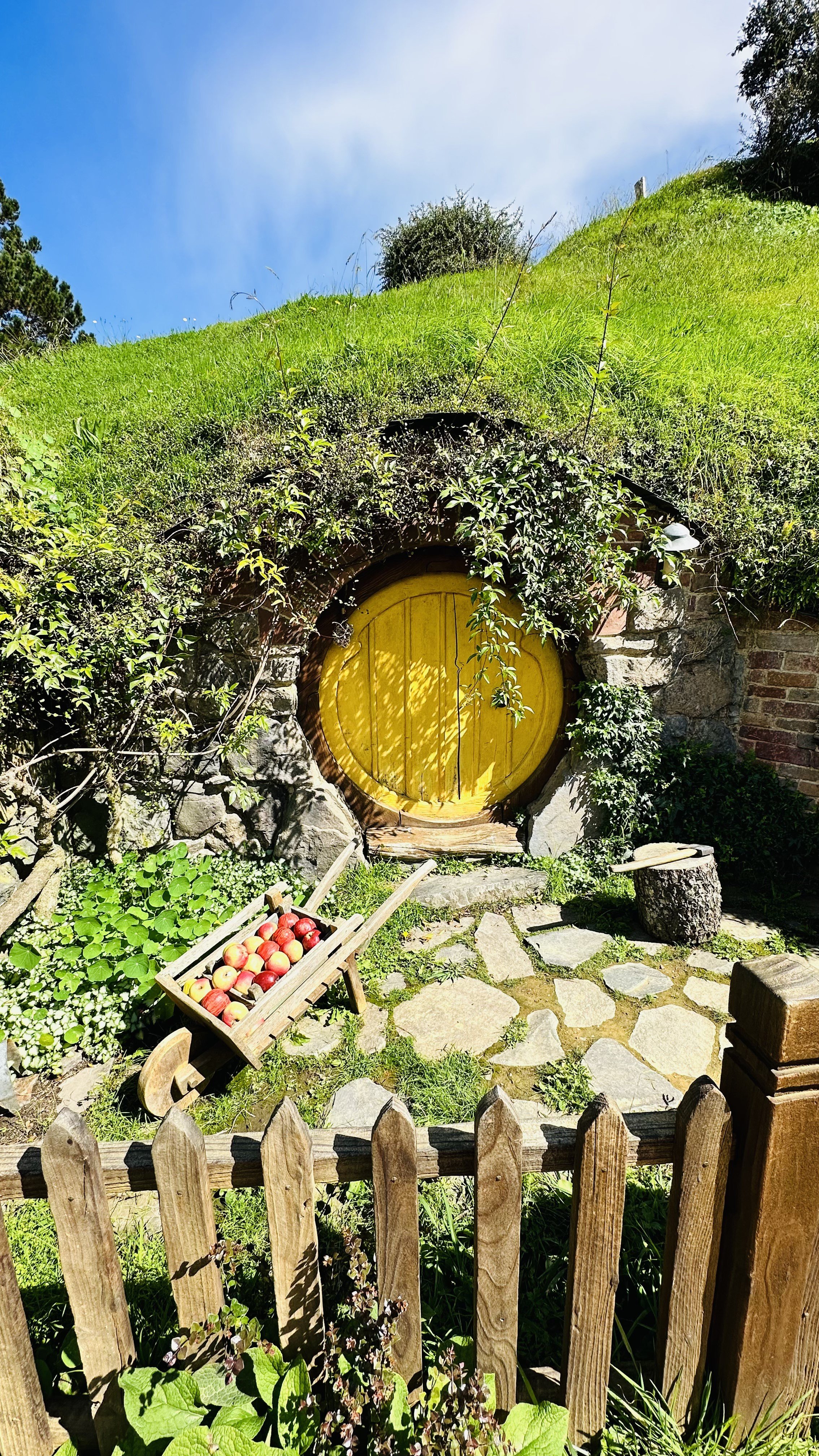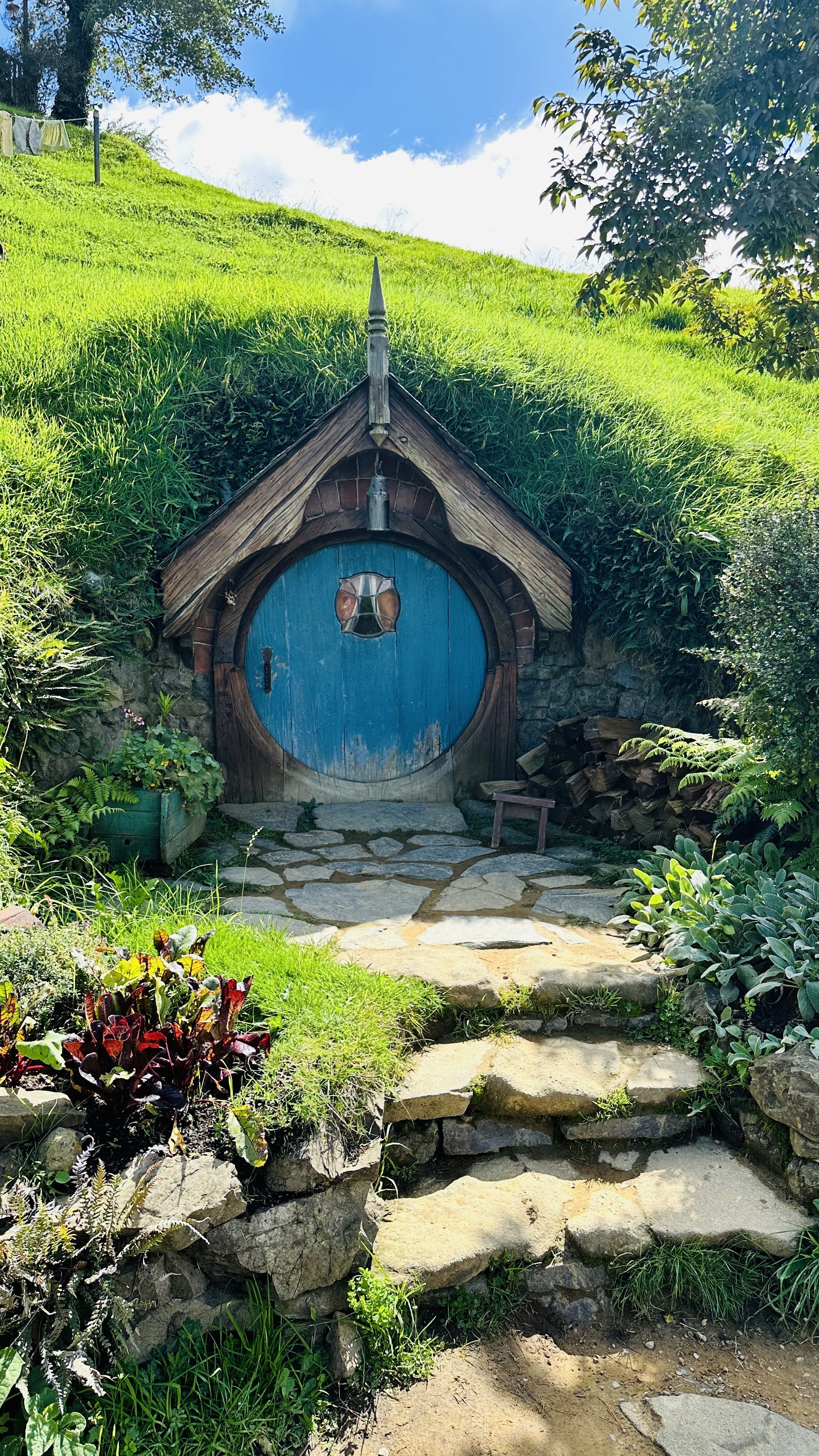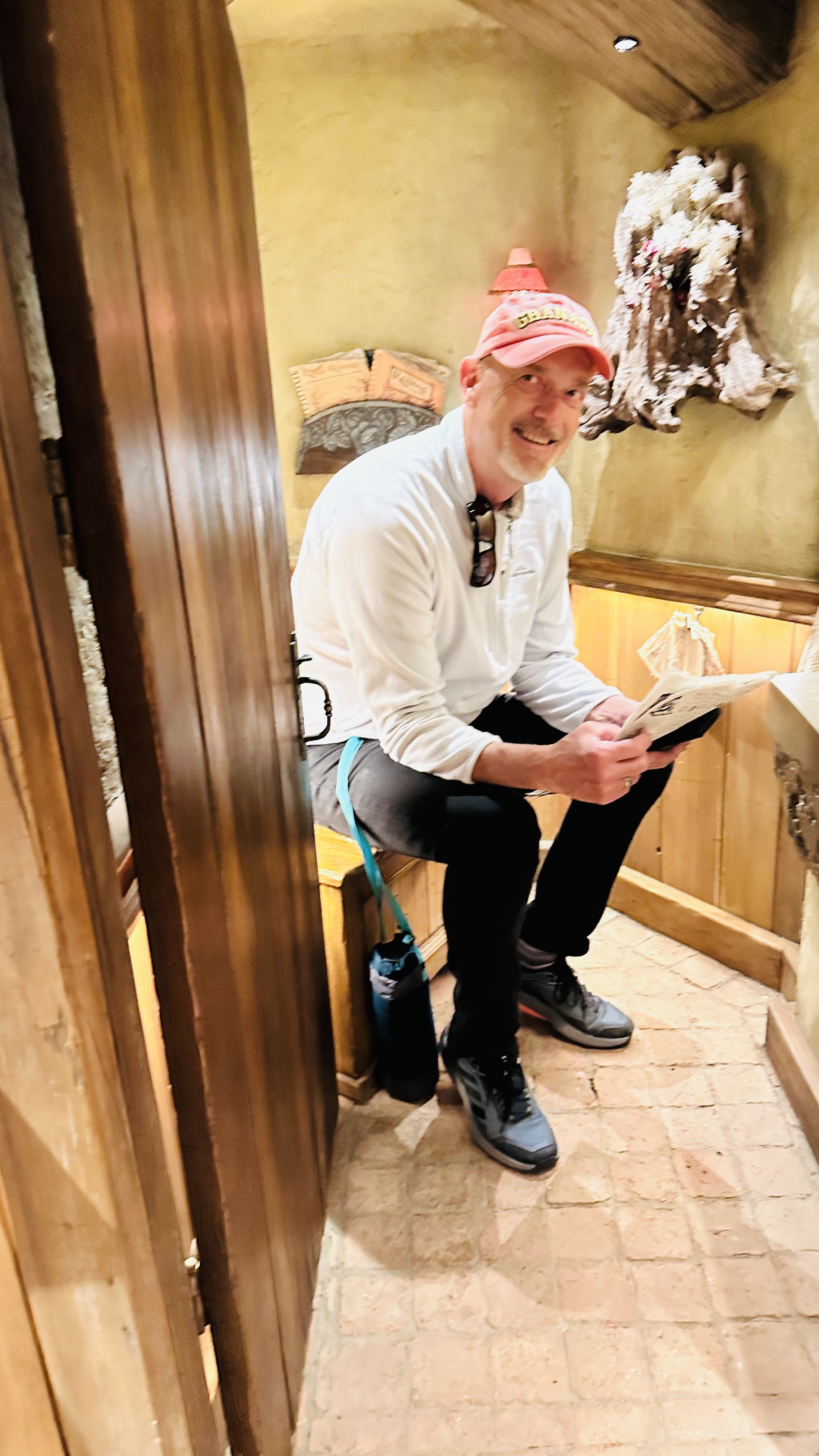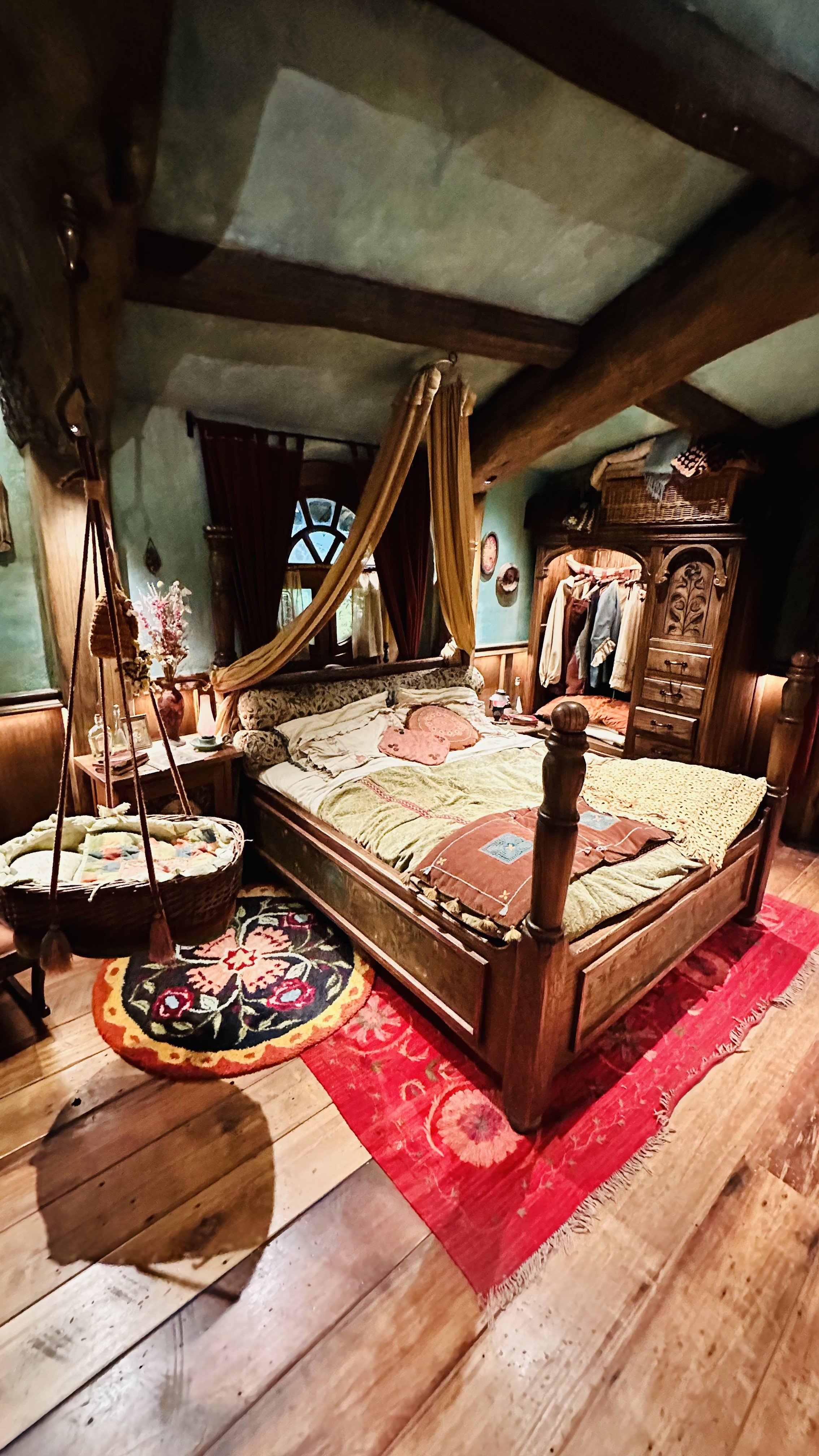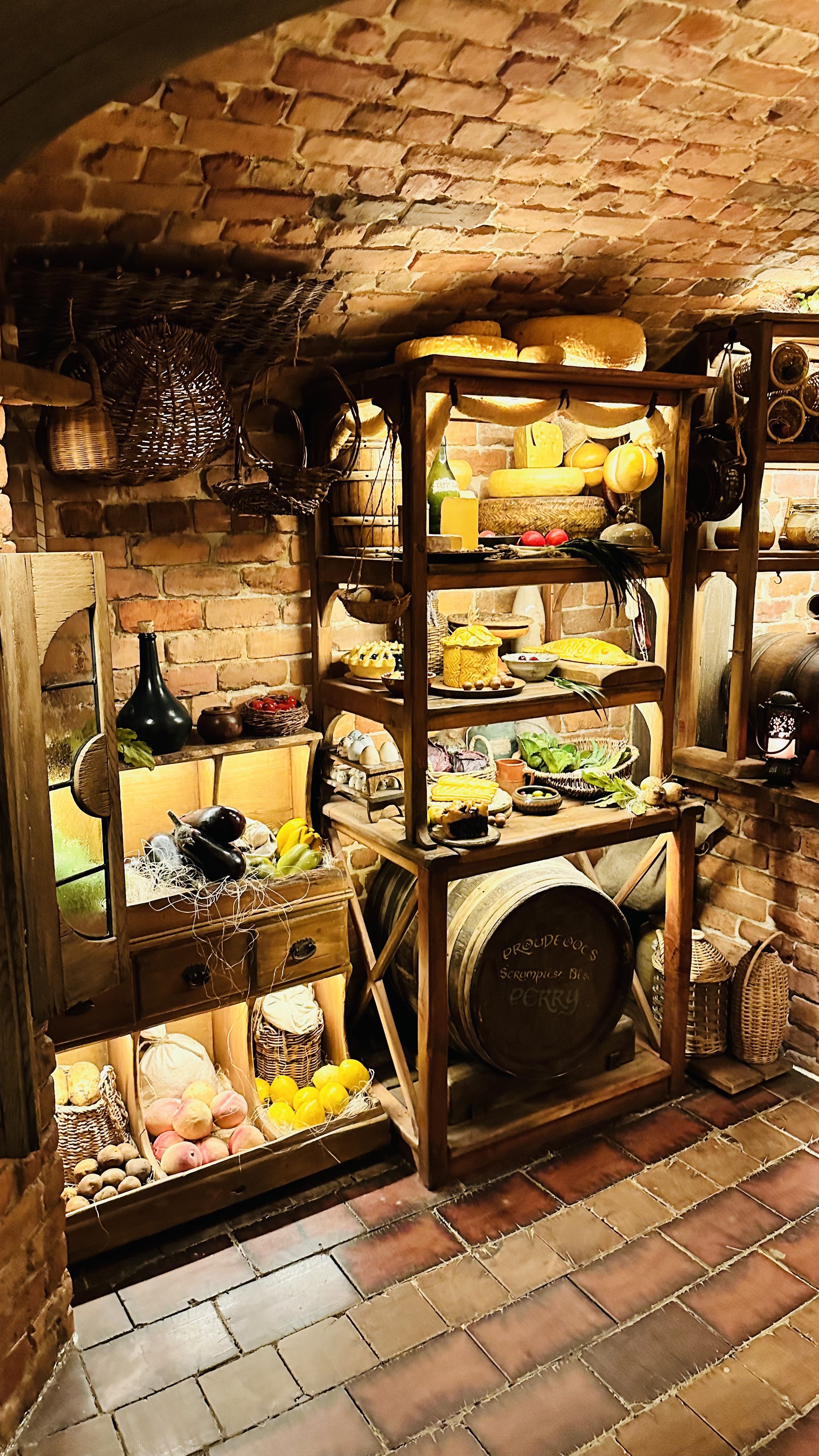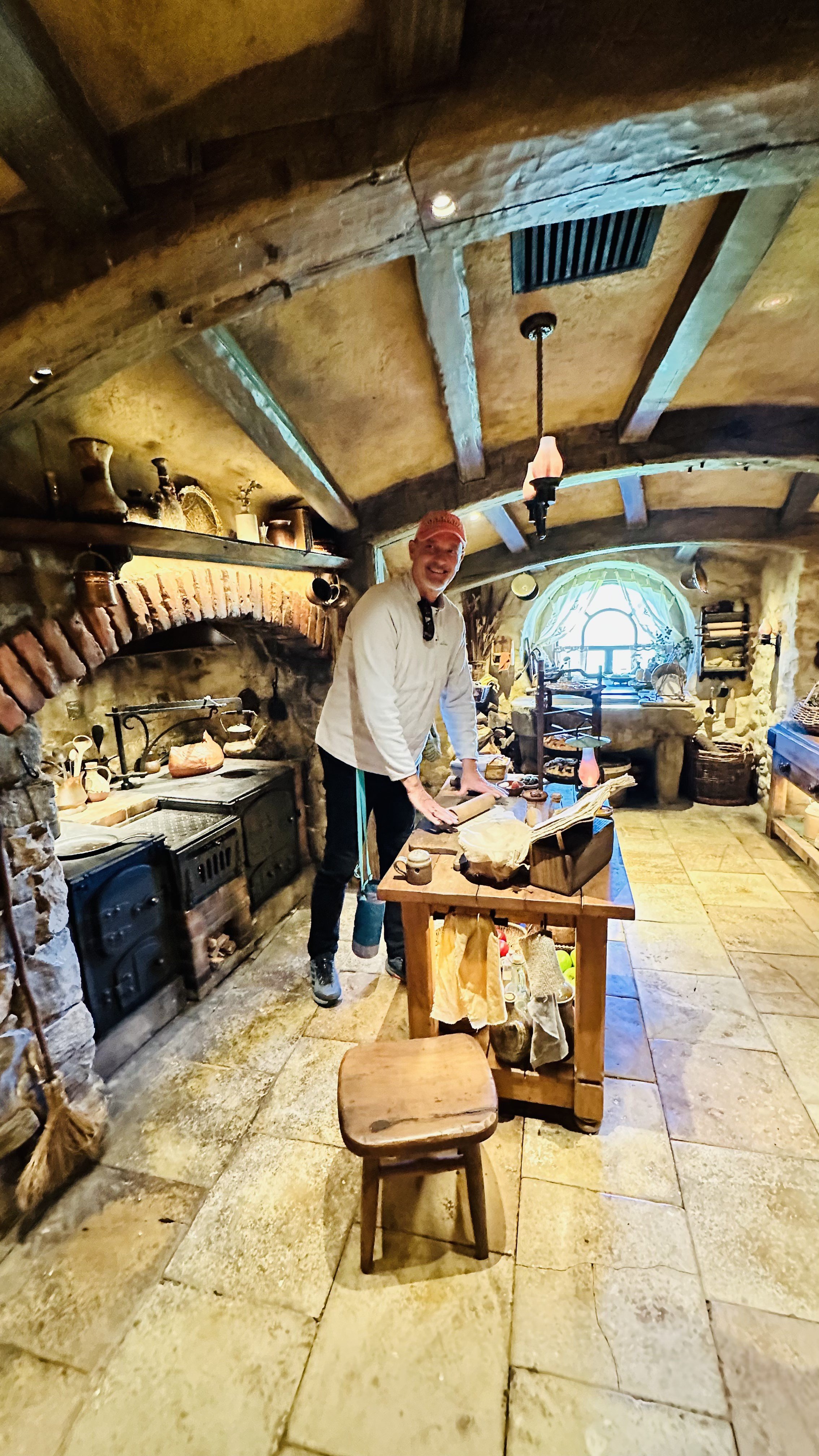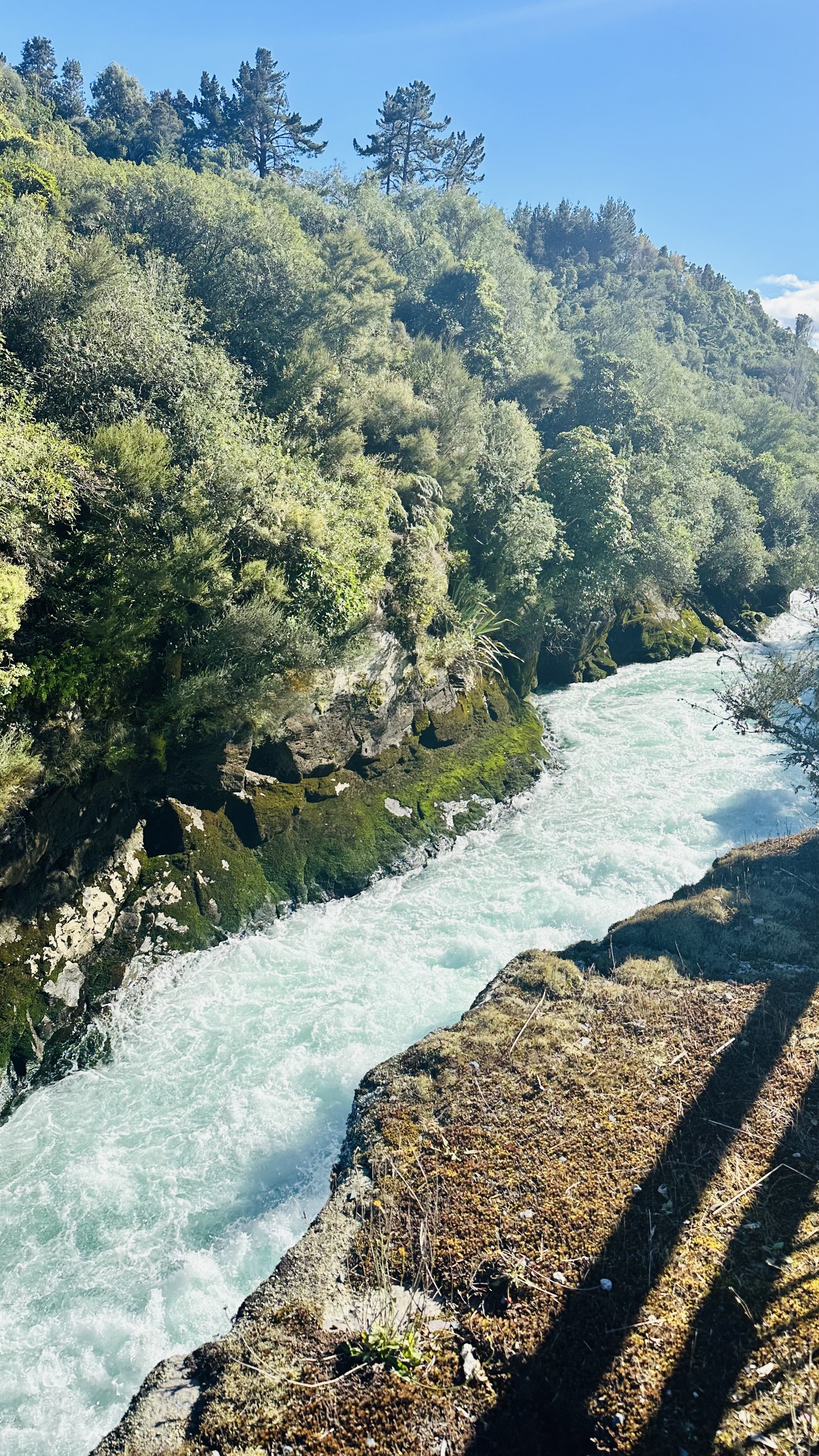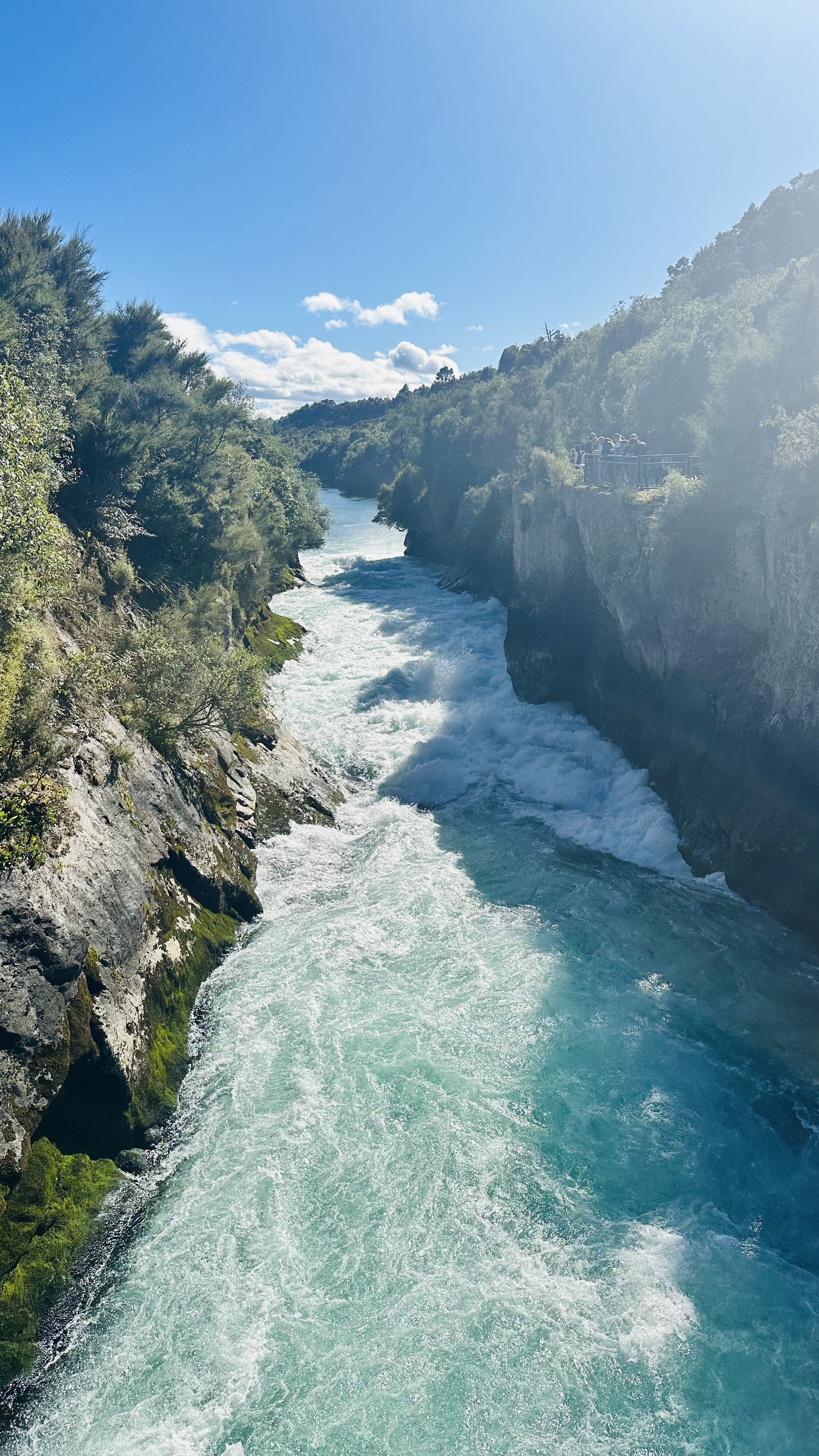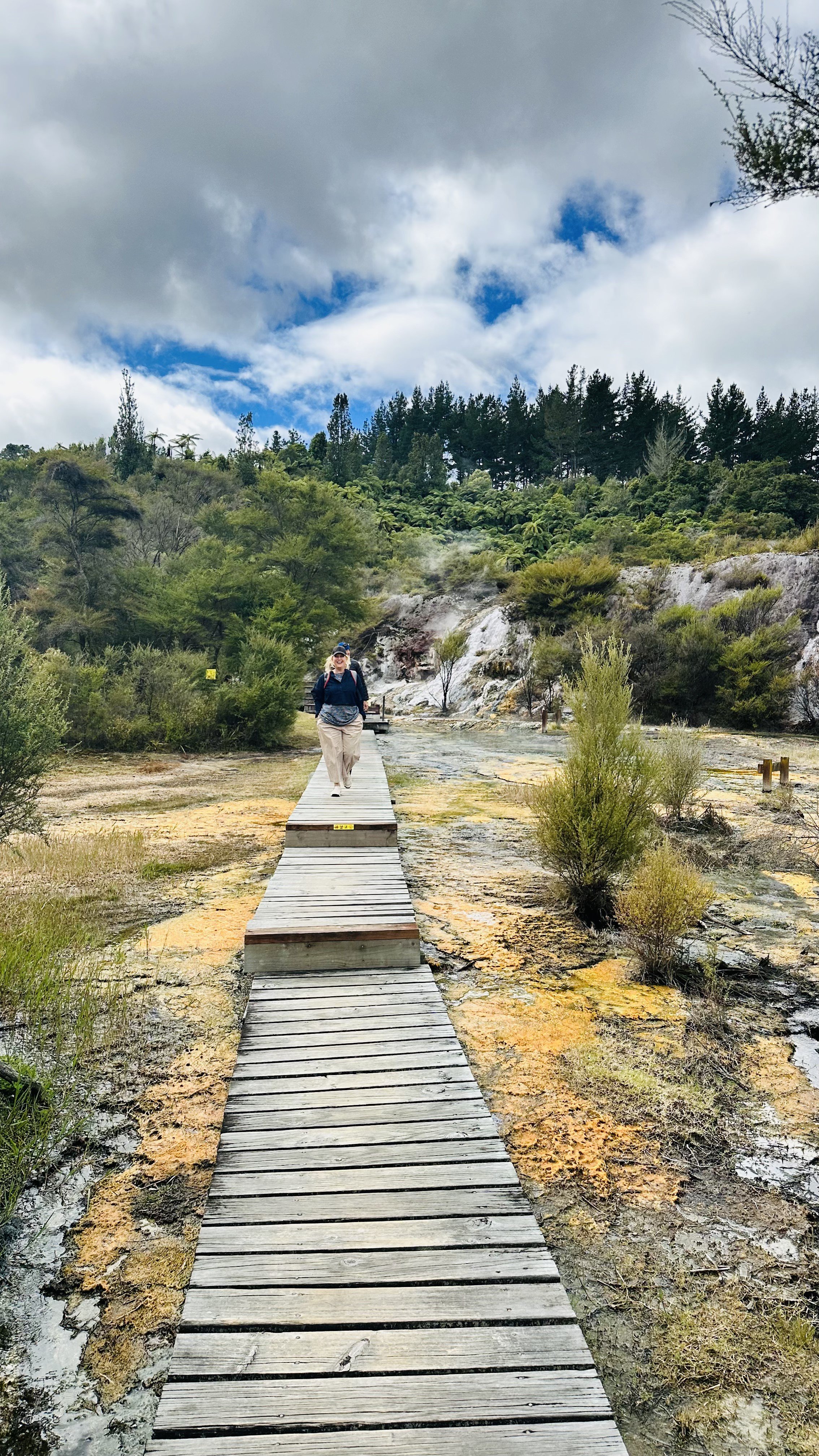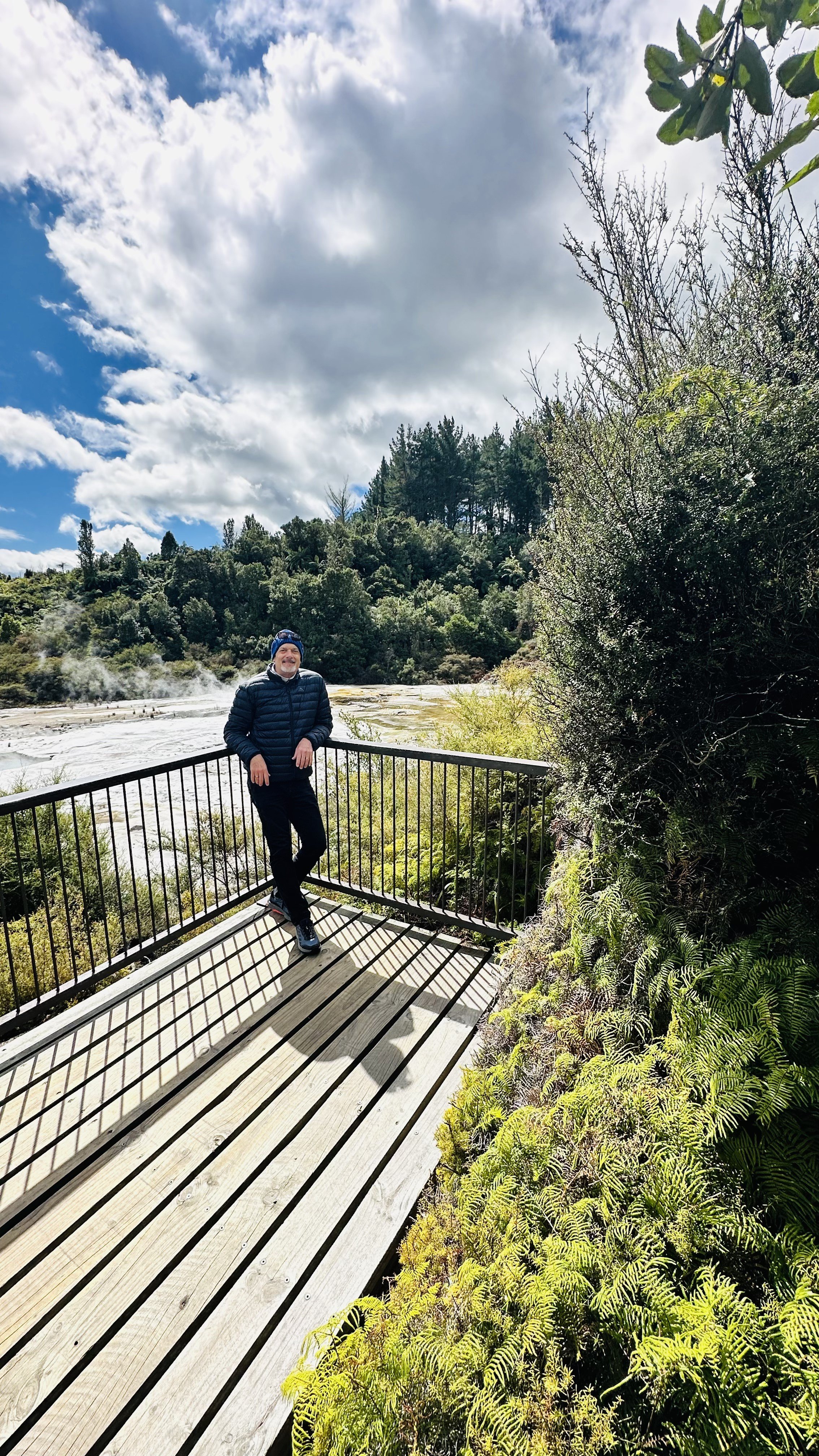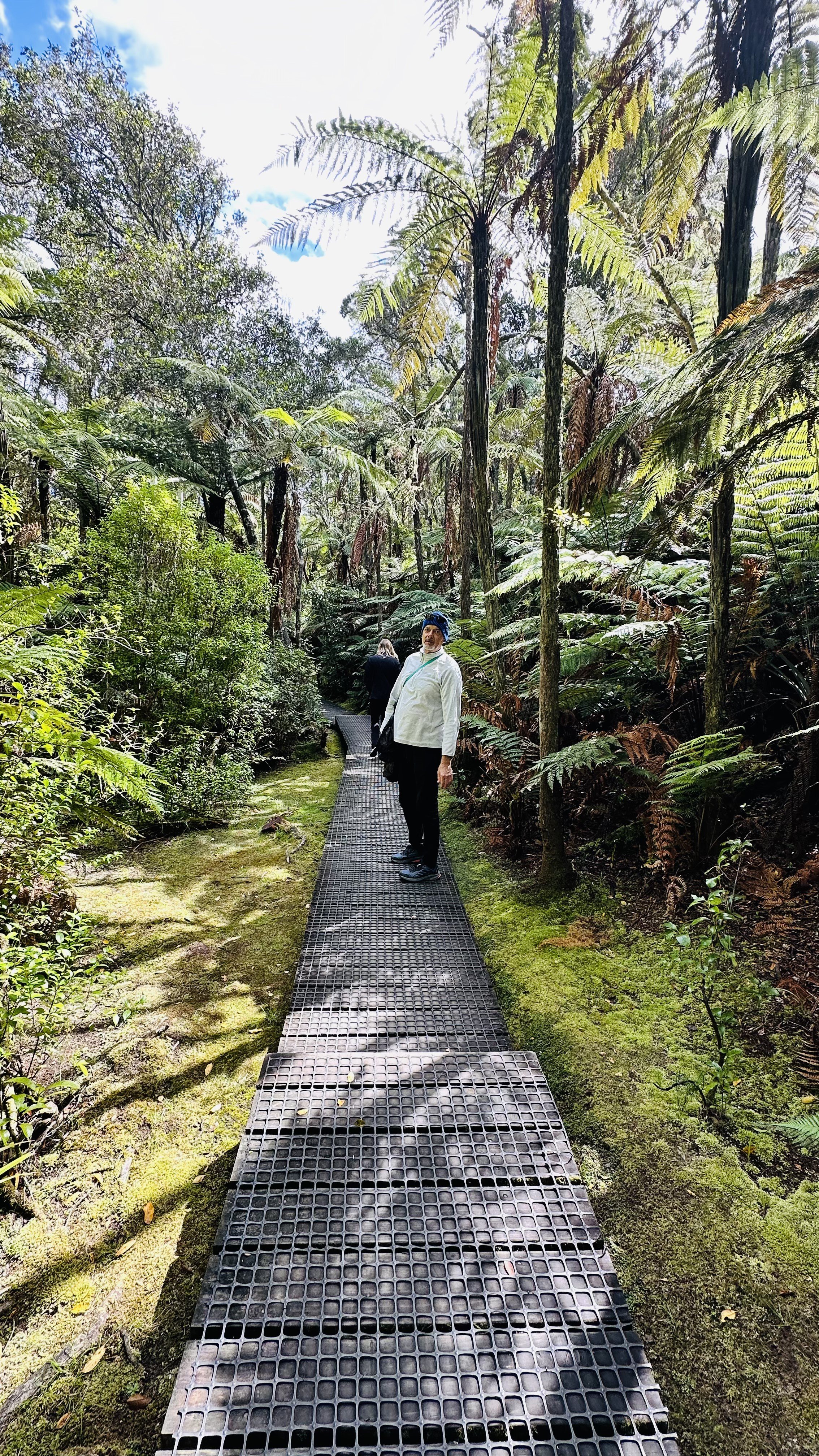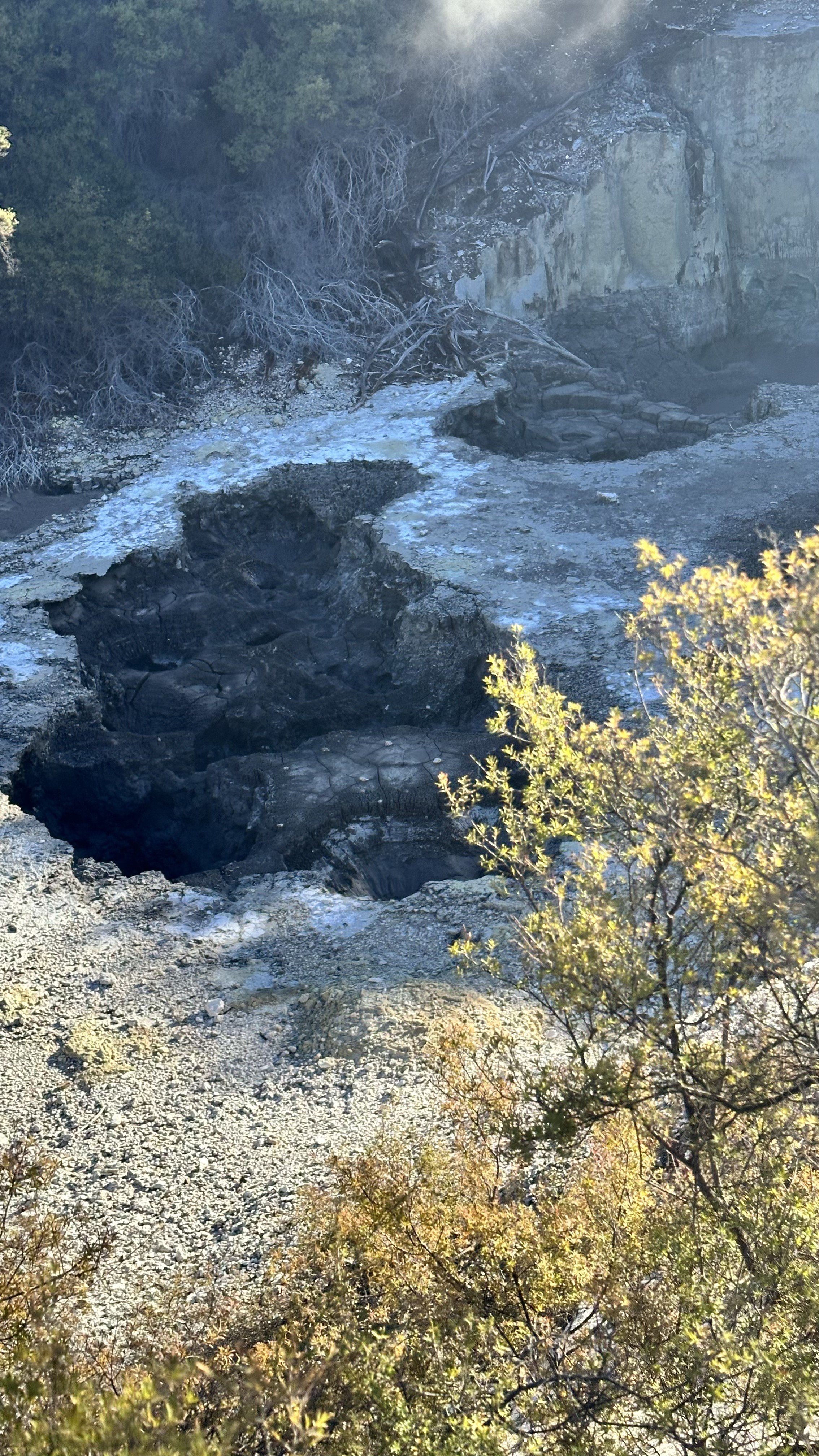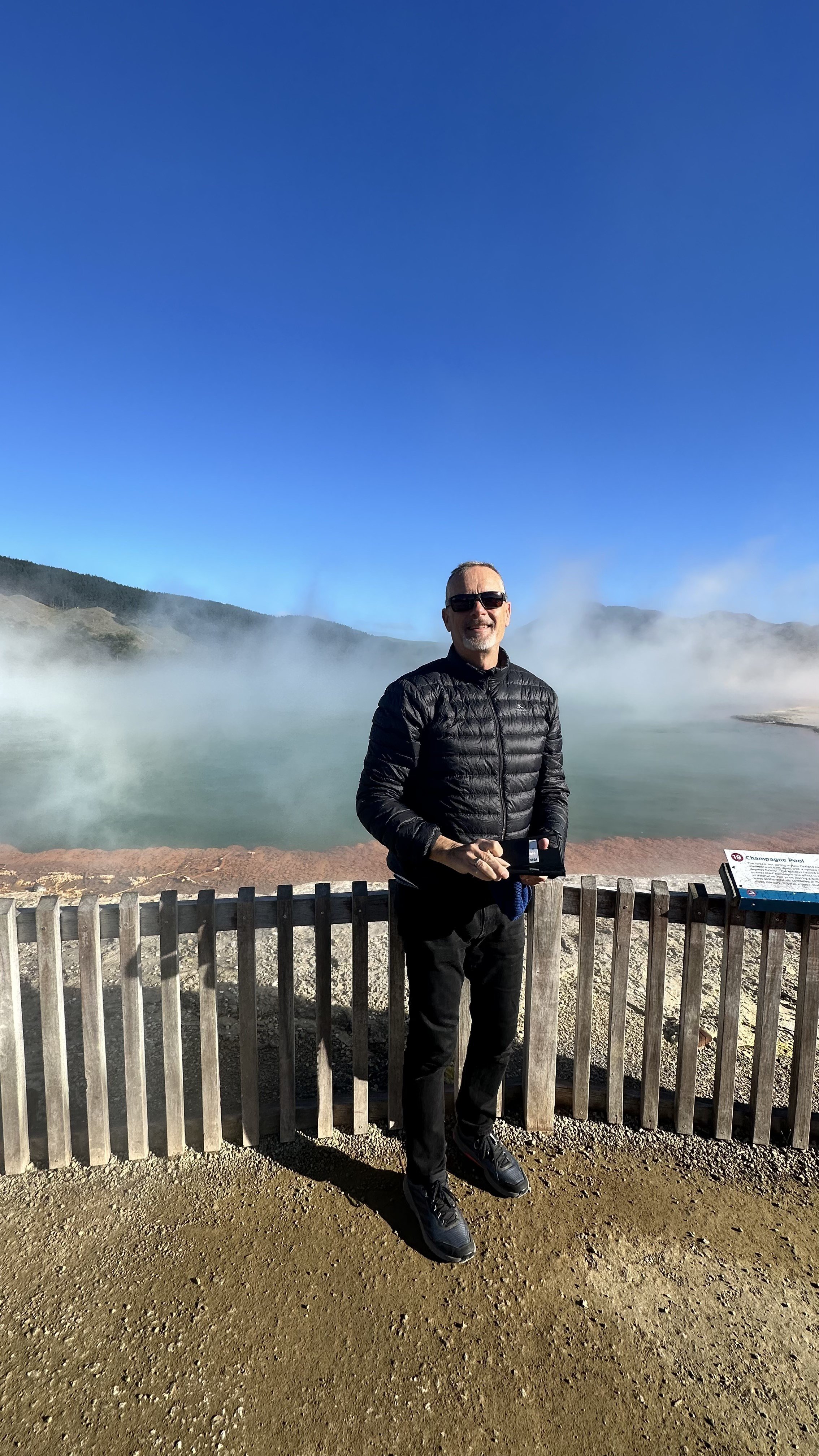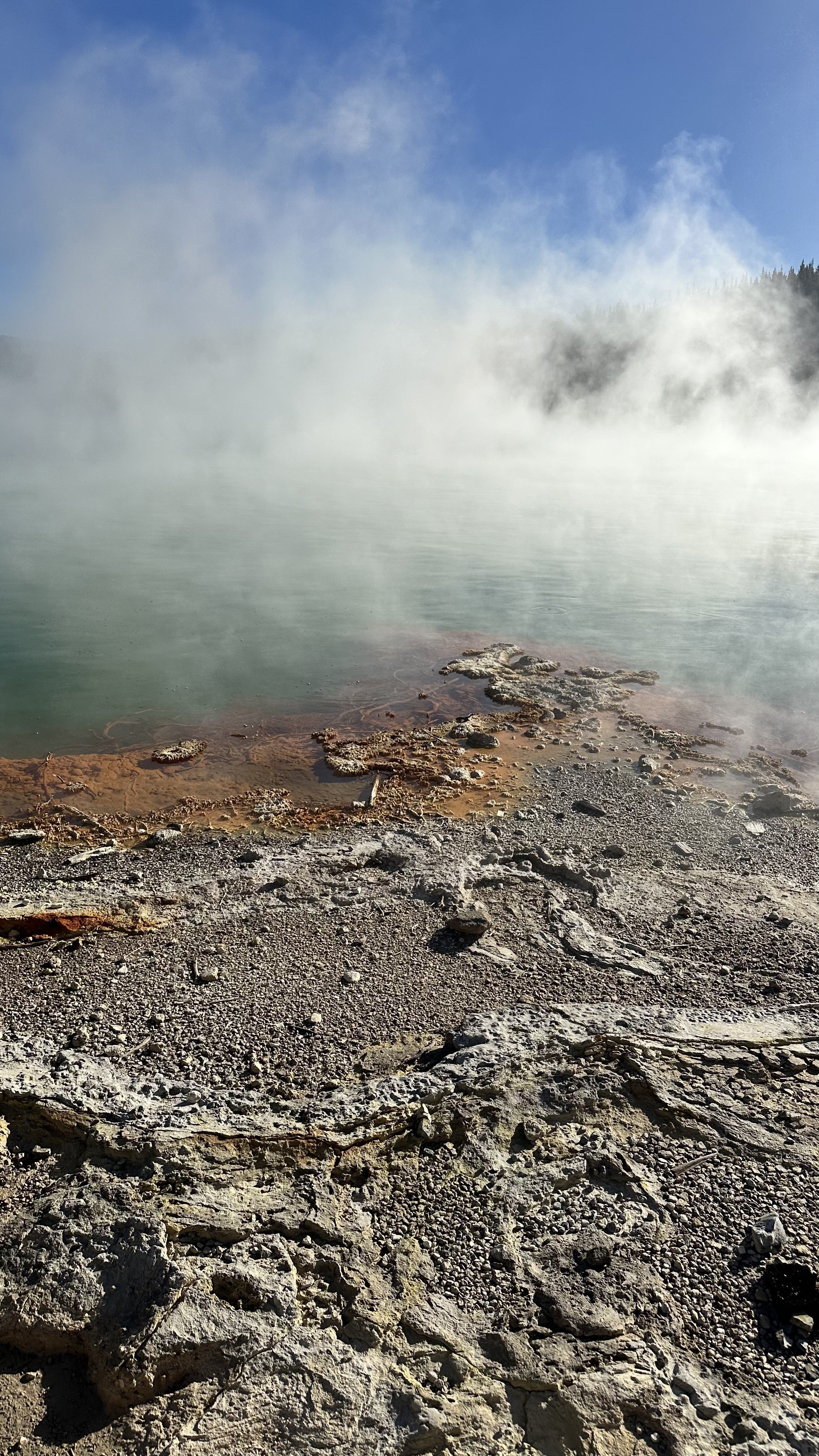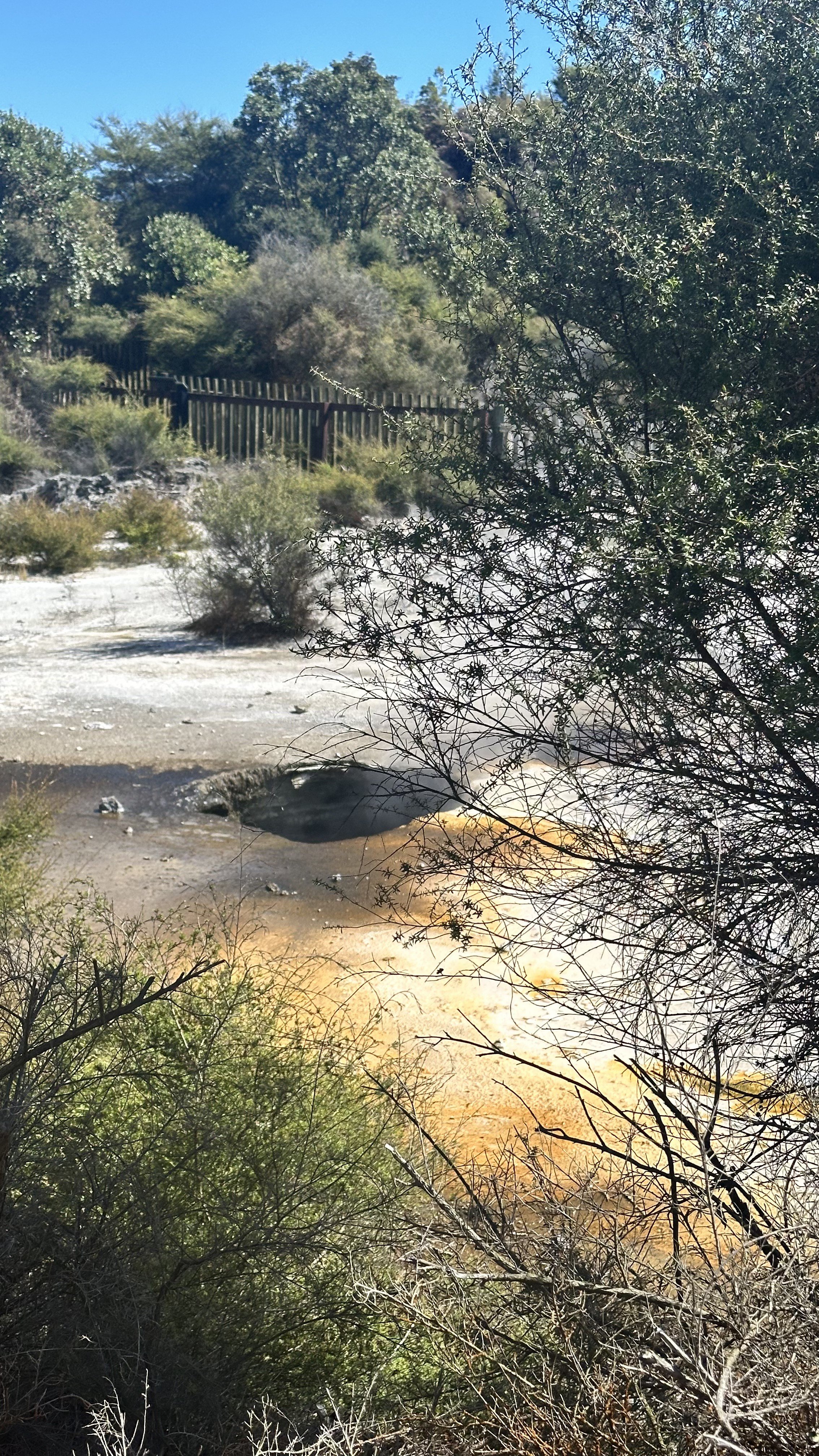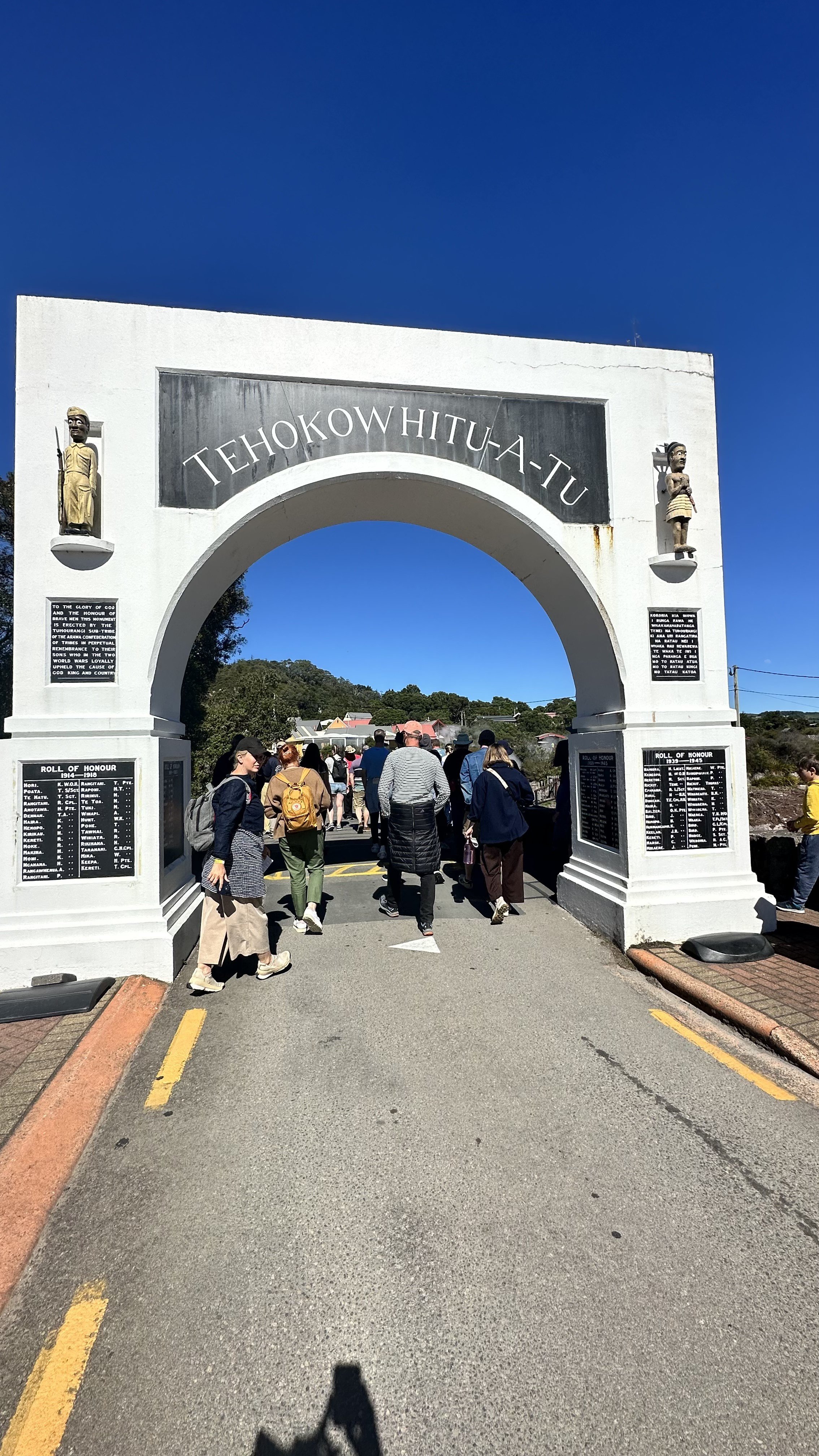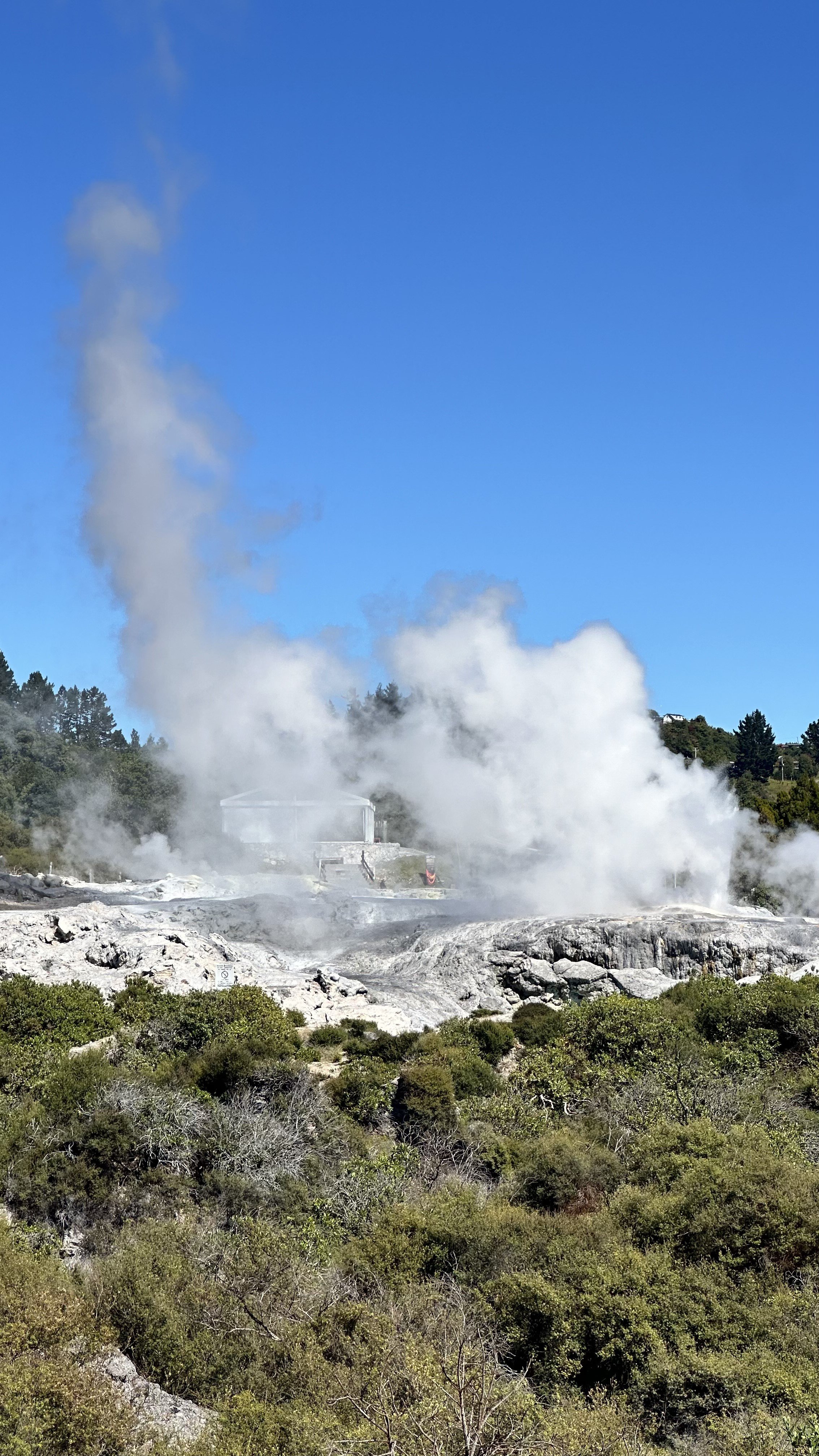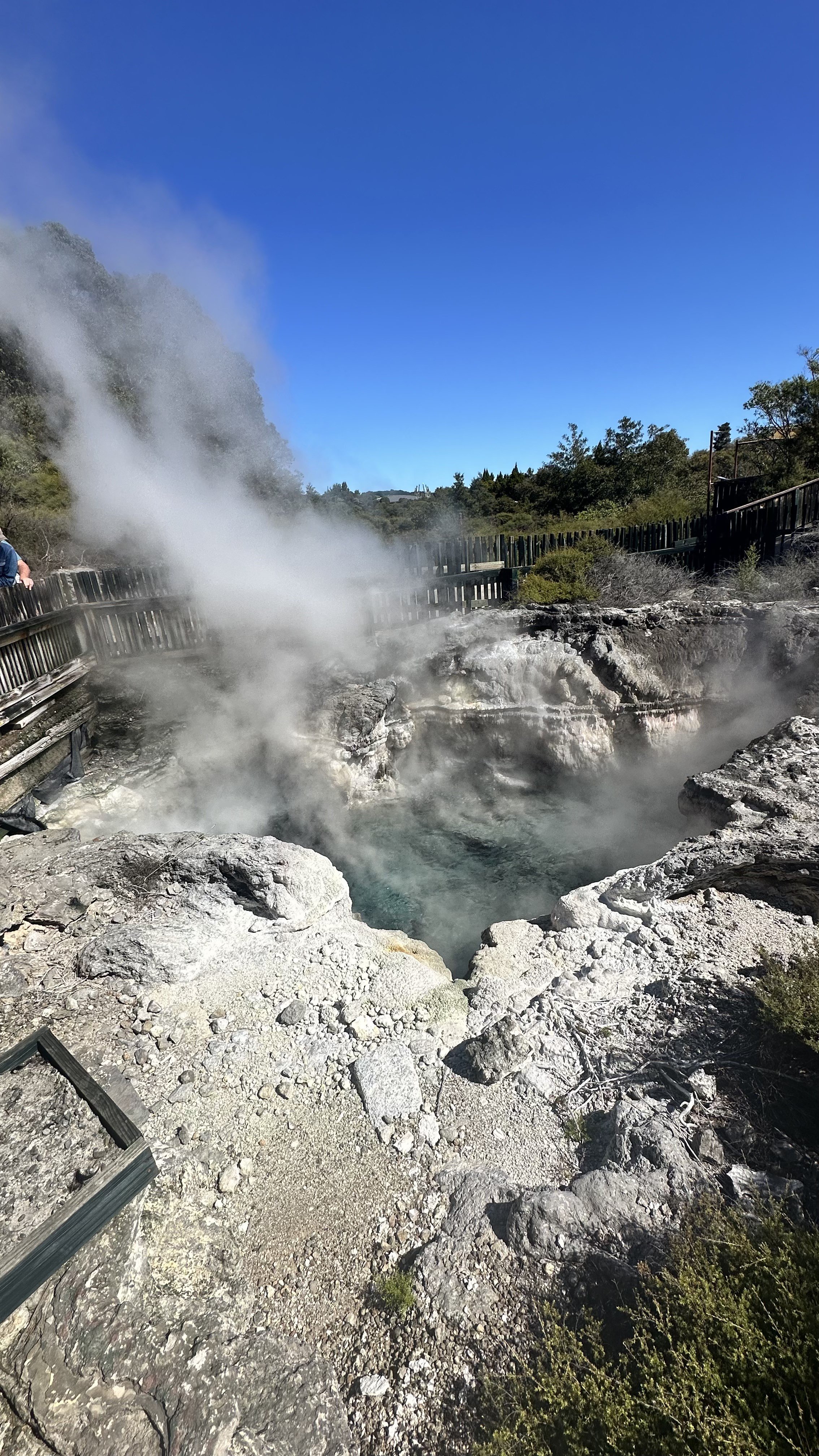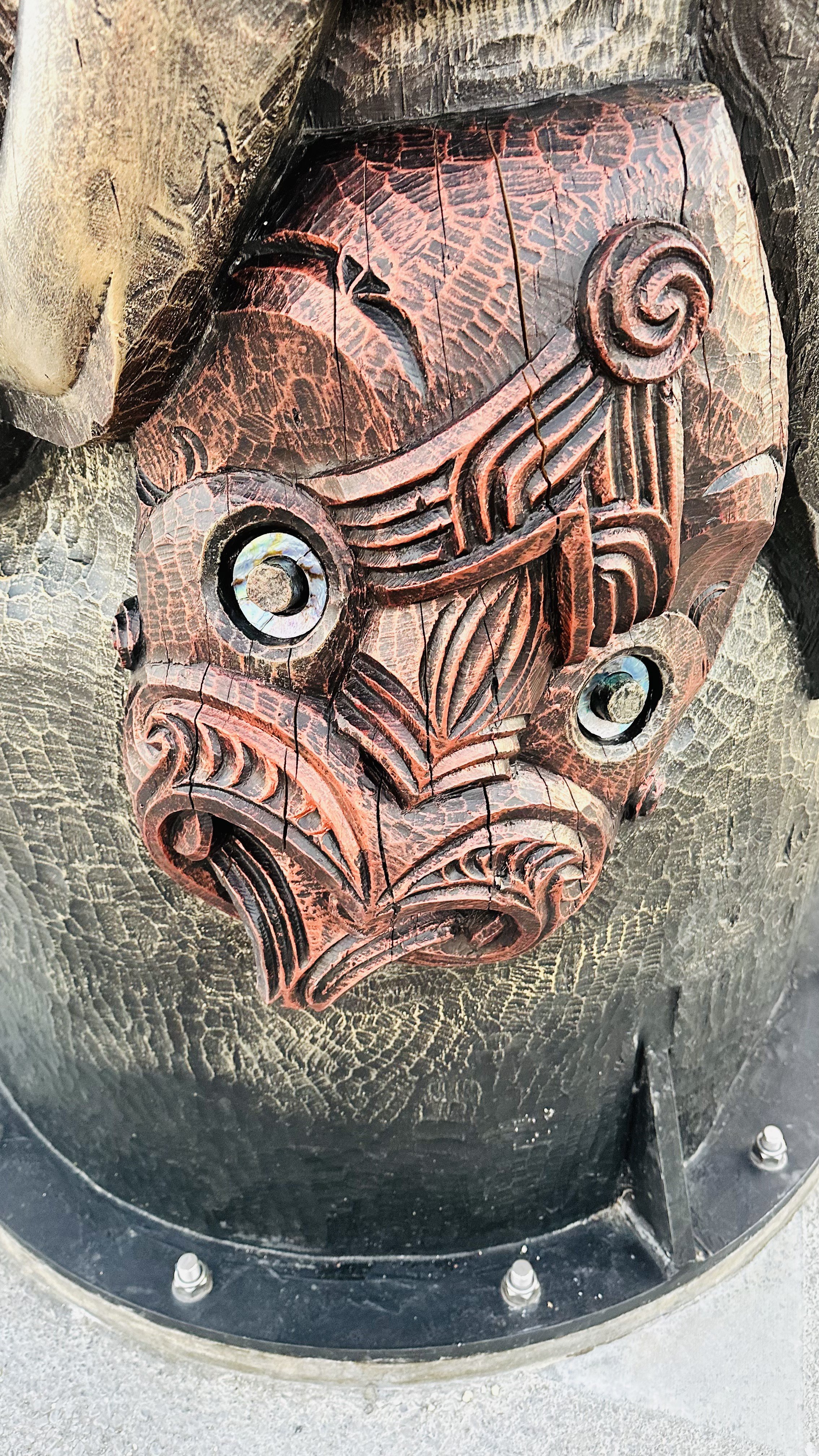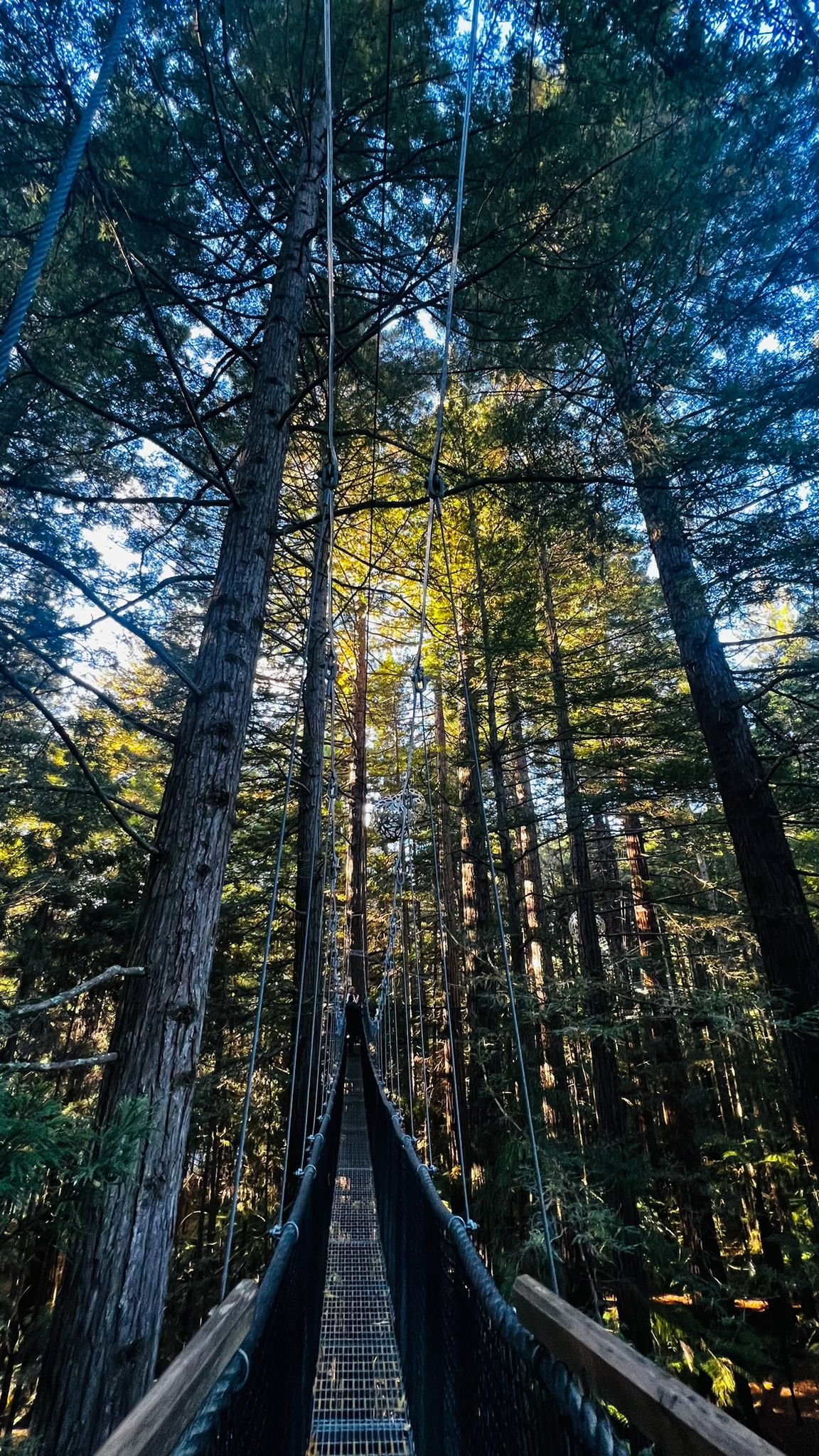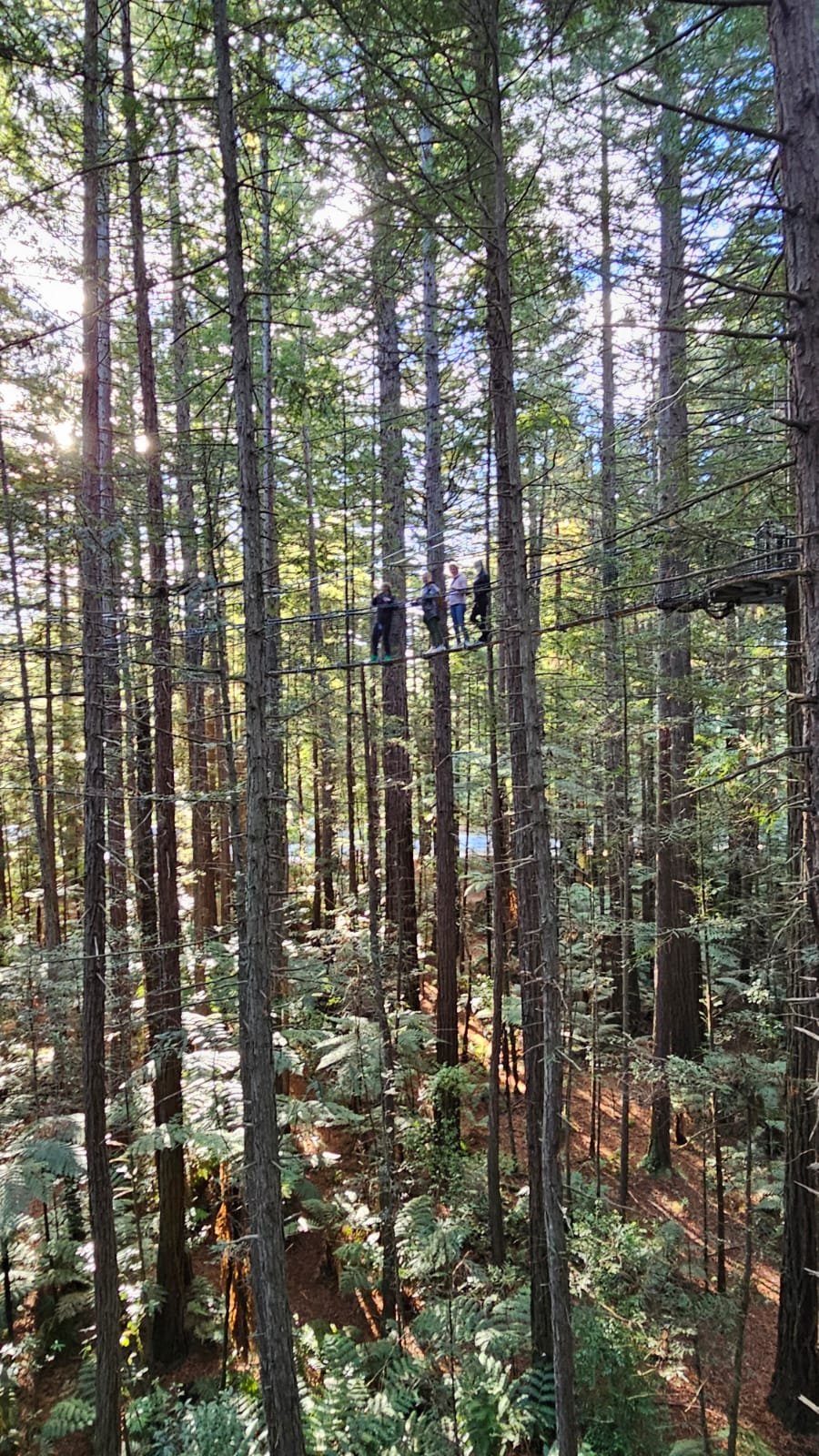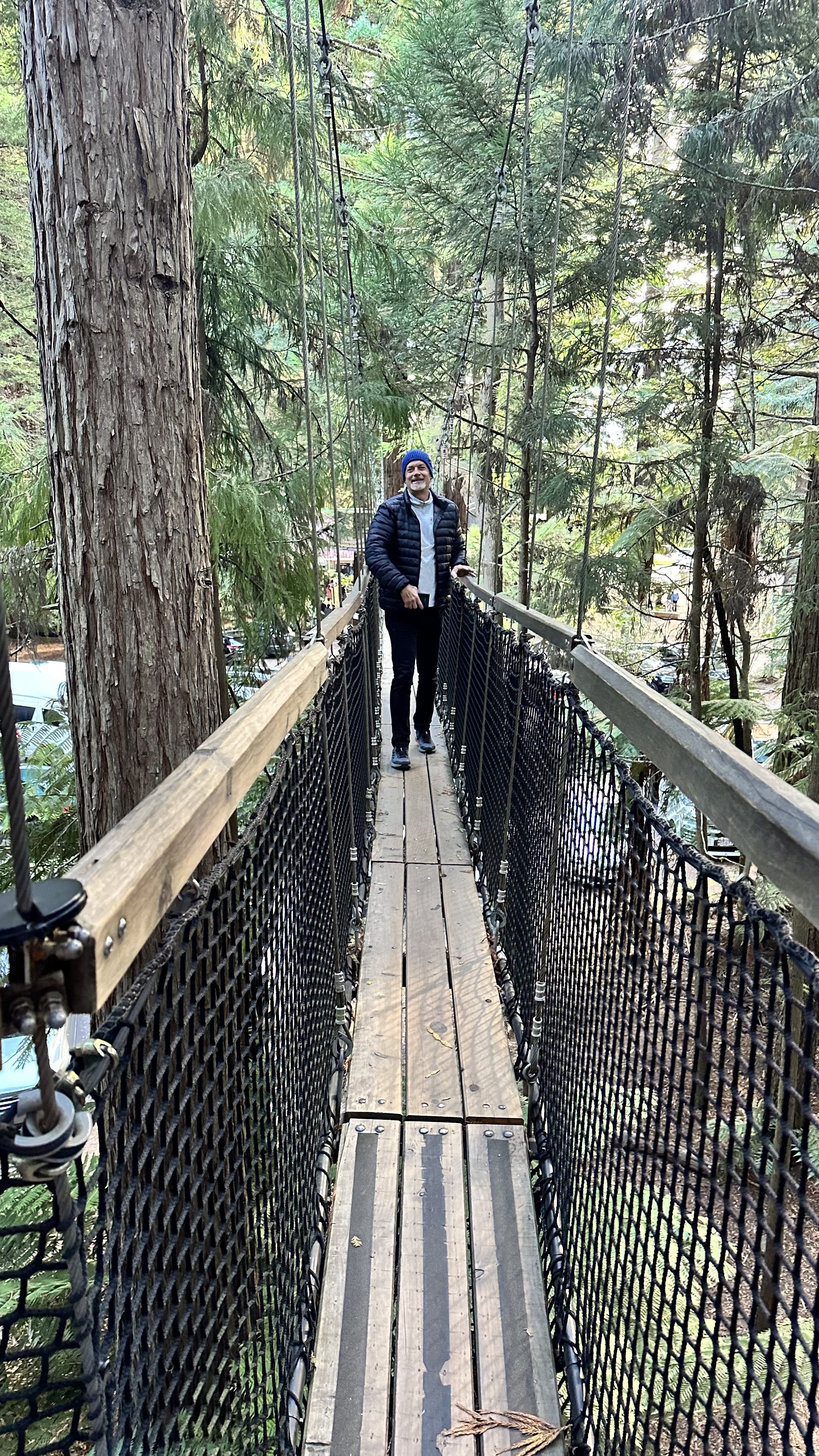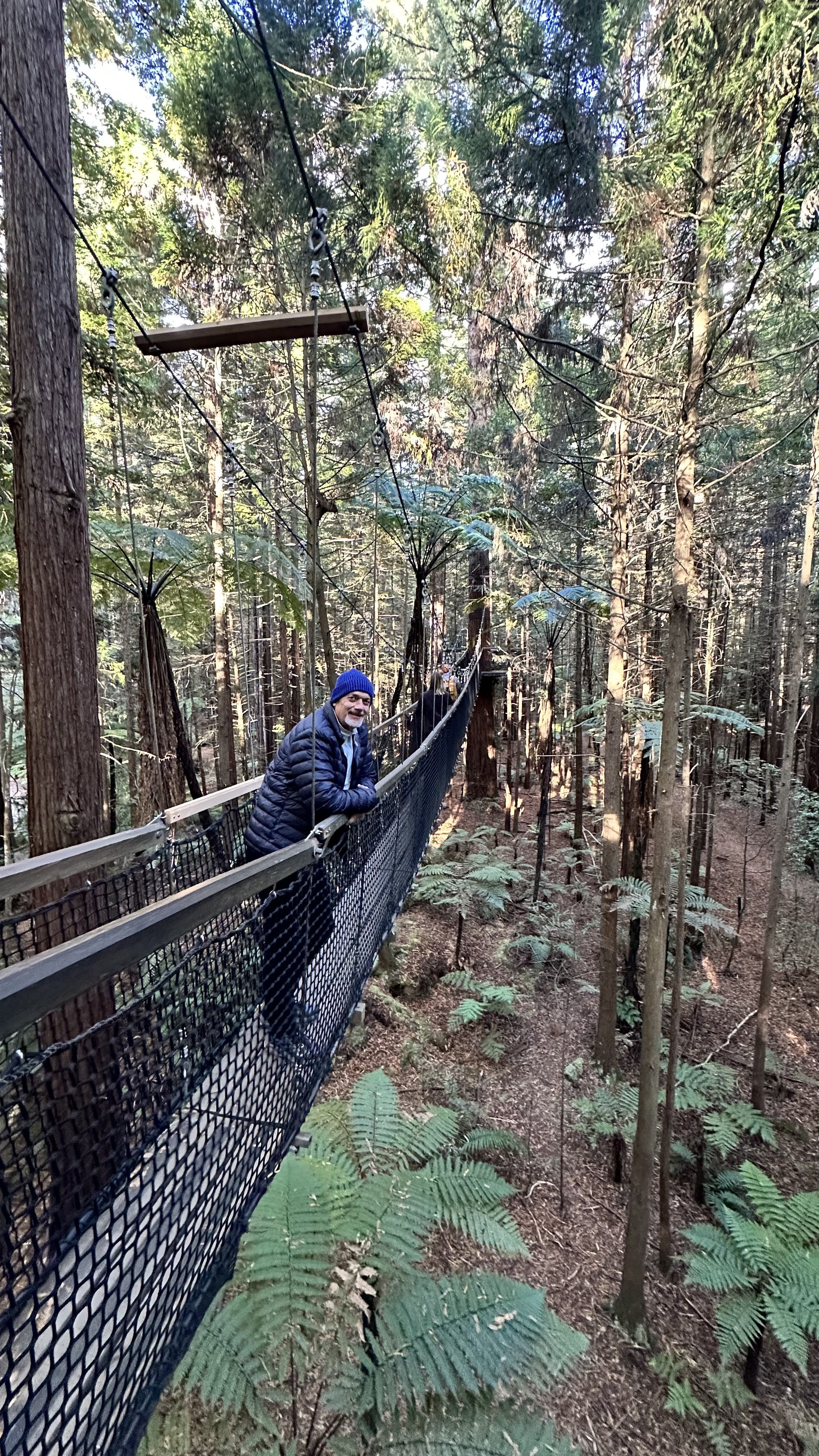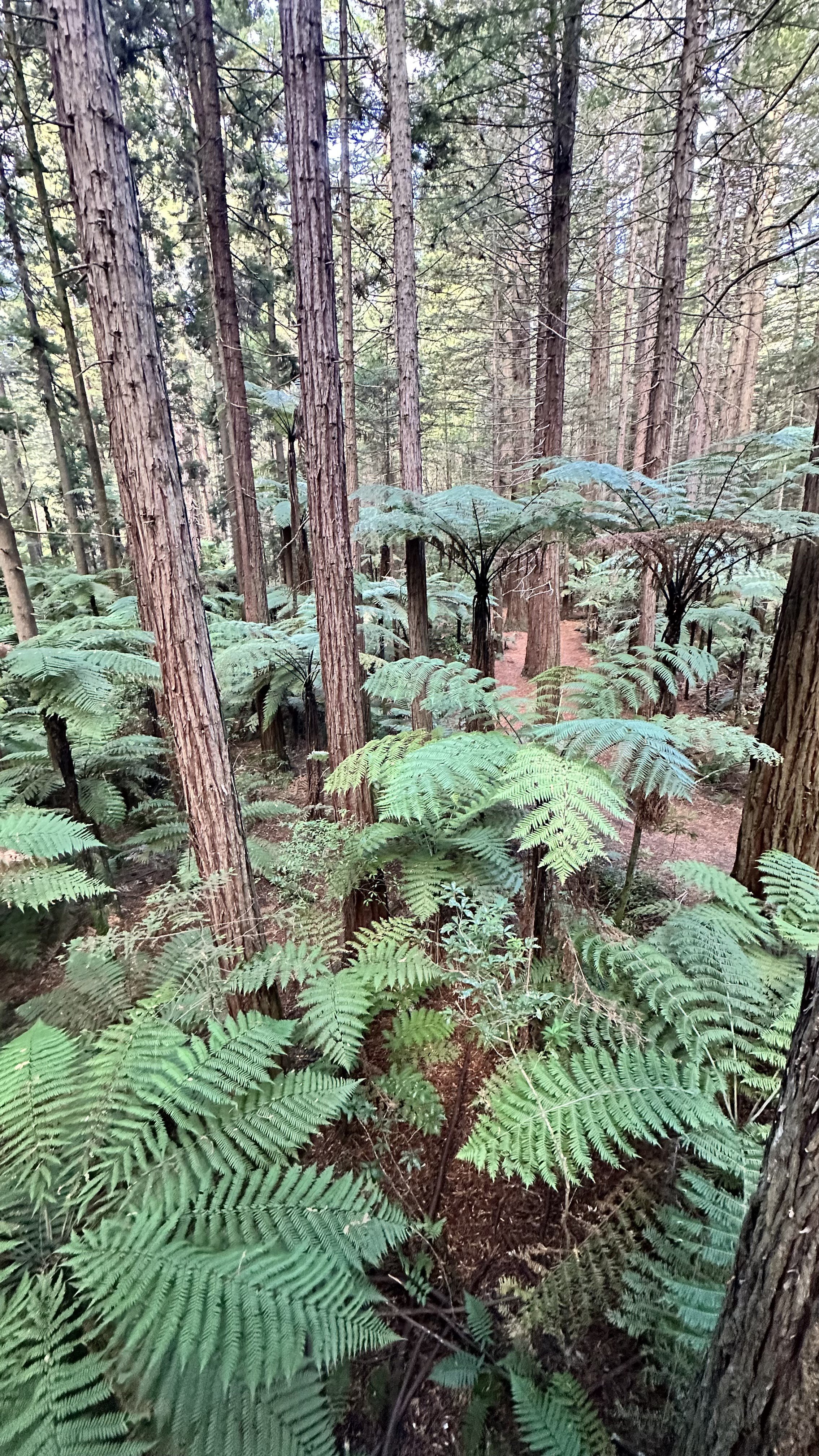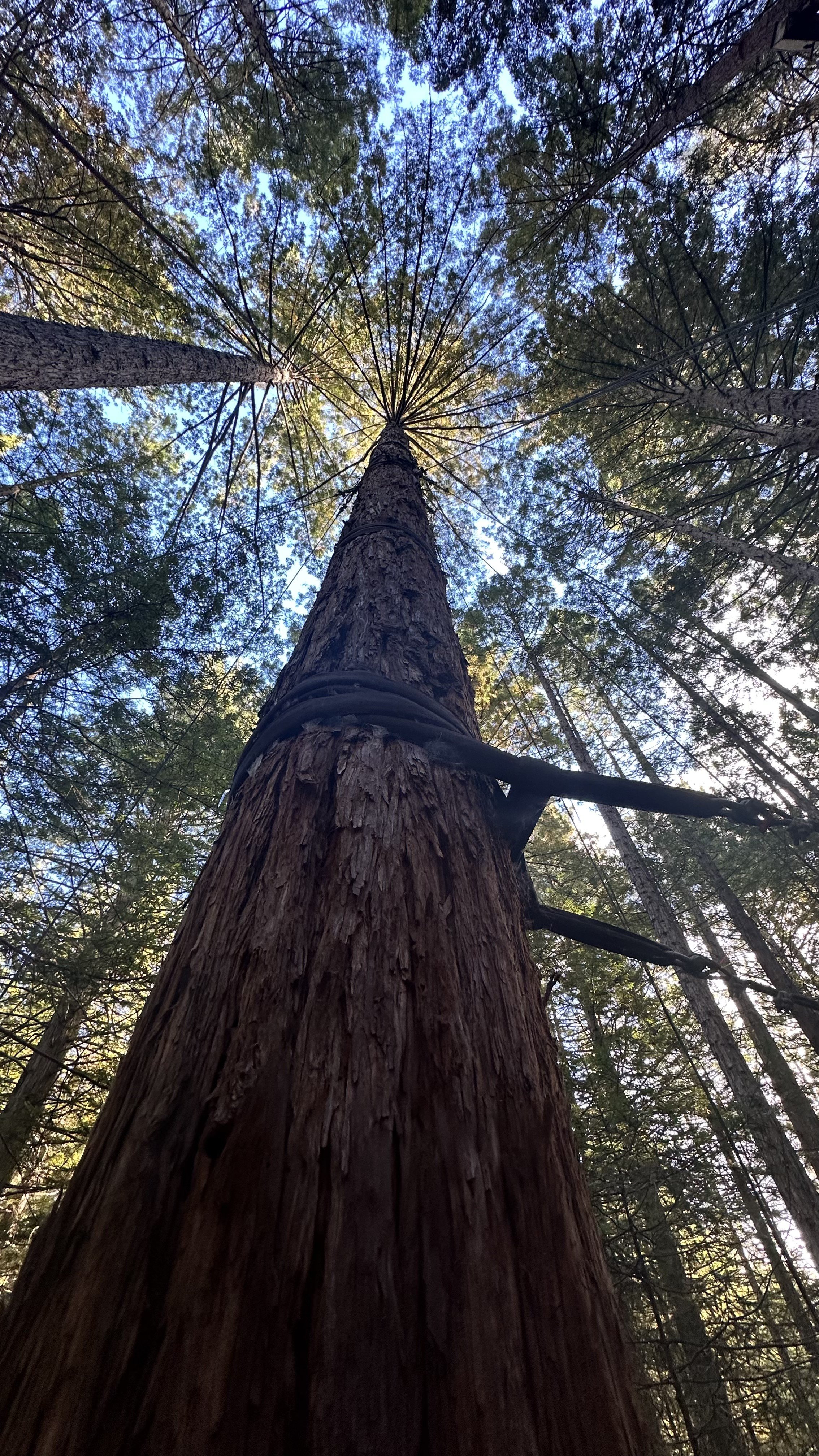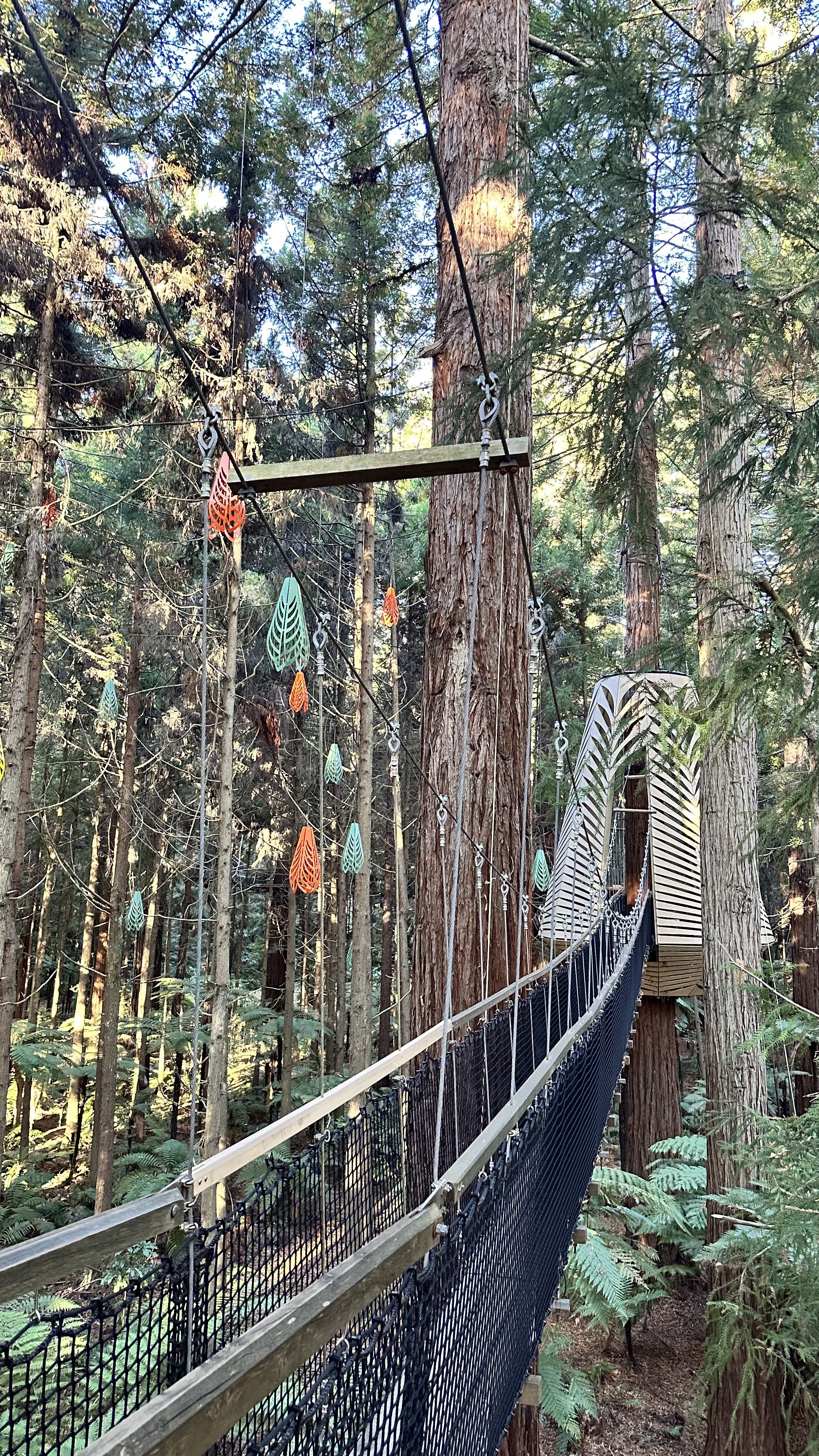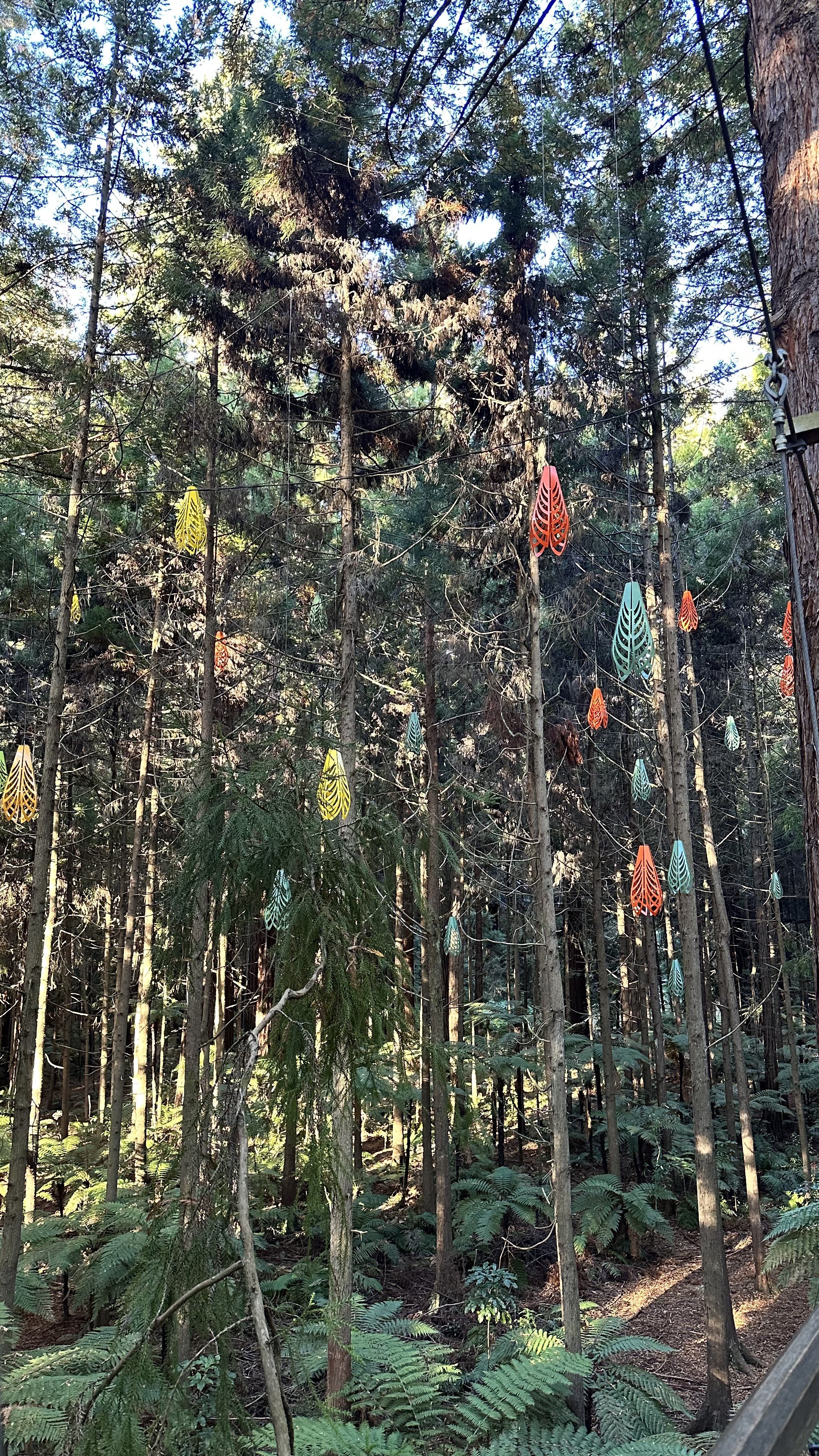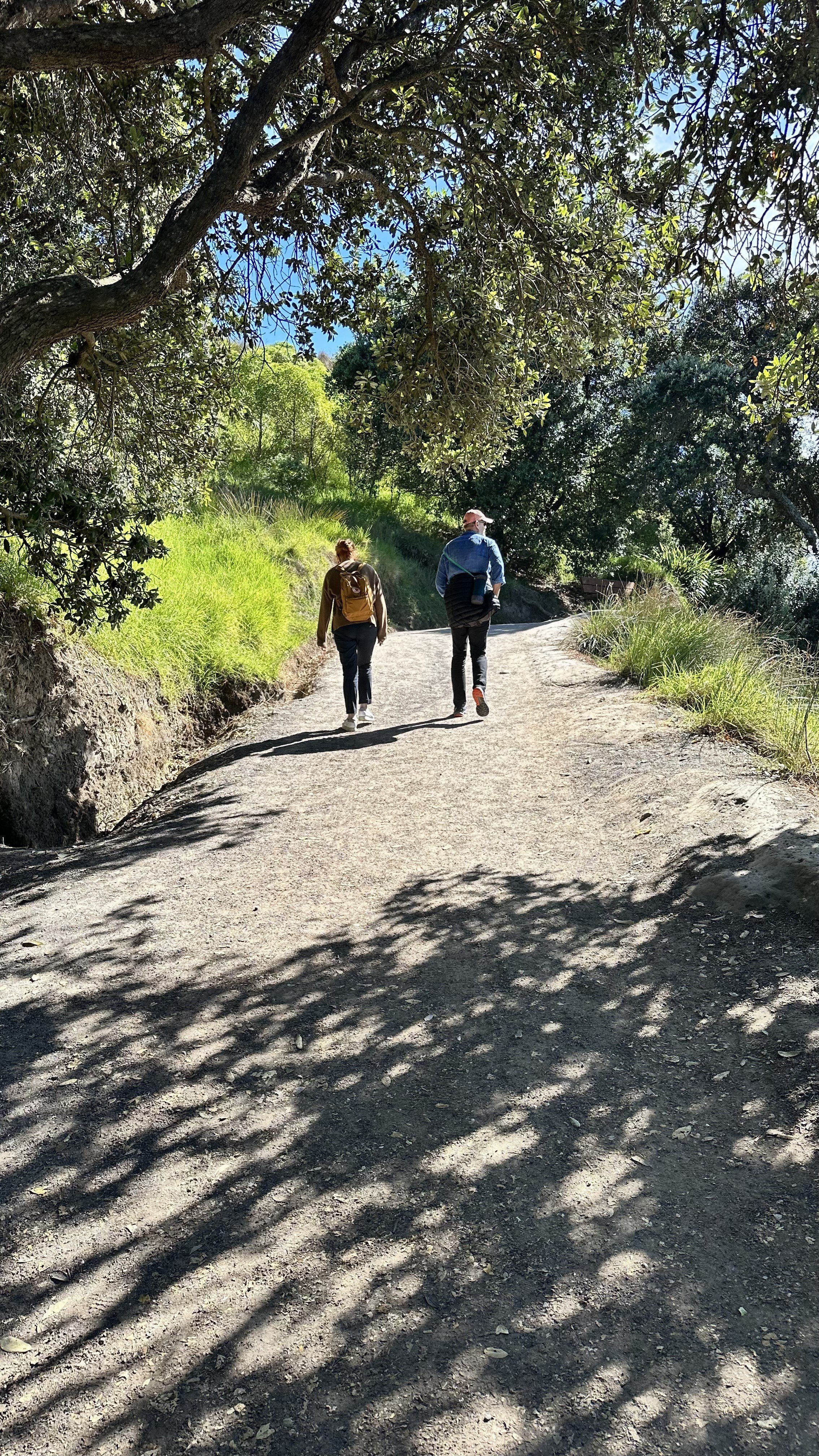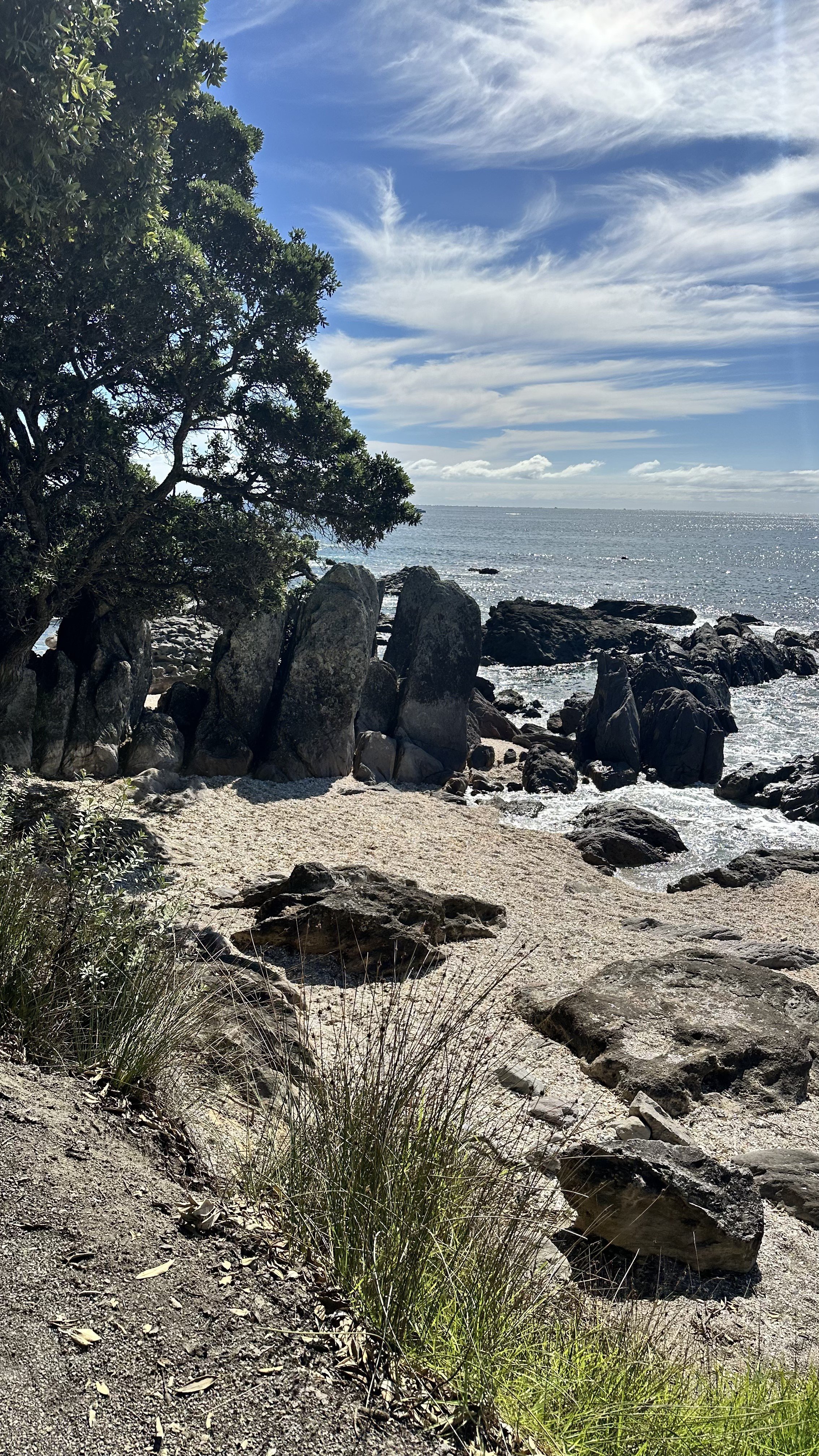Nau Mai Haere Mai Ki Aotearoa -Welcome to New Zealand
Hello to all our travel blog followers!
It’s been six weeks since we have returned to New Zealand. This time we arrived together with our guests from Split, Croatia.
We’ve been planning this trip for many years, we landed well and safe on 7 March 24 and after a couple of days in Auckland we hit the road again!
Our utmost desire to show them as much as possible meant Petra and I planned the trip itinerary months ago, ensured it was doable for everyone, and off we went.
I hope by sharing where we went and what we saw and learnt we might inspire some of you living here to get out and about and see more of this beautiful country and its stunning nature, and for our friends back in Europe, States and Canada, we hope you might get intrigued and pay us a visit one day.
Here comes a brief introduction to beautiful Aotearoa:
Aotearoa is the Māori-language name for New Zealand. The most popular translation usually given is "land of the long white cloud". This refers to the cloud formations which helped early Polynesian navigators find the country.
New Zealand's history begins with Polynesian settlers around 1300 AD, a very young country compared to the European continent.
European exploration and colonization started in the 17th century, leading to the Treaty of Waitangi in 1840, forming a partnership between the indigenous Māori and the British Crown. After the signing of the Treaty of Waitangi, conflicts arose over land and sovereignty, leading to the New Zealand Wars in the mid-19th century.
New Zealand gained full independence from Britain in 1947 and became a welfare state with significant social reforms in the 20th century.
In the late 20th and early 21st centuries, New Zealand pursued an independent foreign policy, particularly in its nuclear-free stance and its role in peacekeeping missions. It also experienced economic reforms in the 1980s and 1990s, transitioning to a market-oriented economy.
Today, it's renowned for its natural beauty, outdoor activities, and strong environmental conservation efforts, multicultural society and progressive policies.
New Zealand's uniqueness lies in its stunning landscapes, ranging from snow-capped mountains to pristine beaches, and its rich cultural heritage, blending Māori and European influences. It's also known for its adventurous spirit, with opportunities for activities like hiking, bungee jumping, and exploring its diverse ecosystems, including geothermal wonders.
Let’s get on with a bit of what we’ve seen and learnt along the way! 🚌
-
The first trip was up to the far North of New Zealand, to a place called Cape Reinga.
Cape Reinga / Te Rerenga Wairua, is the north-westernmost tip of the Aupōuri Peninsula, at the northern end of the North Island of New Zealand. Cape Reinga is more than 100 km north of the nearest small town of Kaitaia where we stayed for two nights.
Cape Reinga is a significant landmark and it holds cultural and spiritual importance for the Māori people, believed to be the departure point for spirits of the deceased on journey to their ancestral homeland.
The Cape offers breathtaking views of the Tasman Sea meeting the Pacific Ocean marked by turbulent waters and distinct currents. The area is surrounded by rugged cliffs and windswept dunes, creating a dramatic and awe-inspiring landscape.
The Cape Reinga Lighthouse stands as a historic beacon, guiding ships through these treacherous waters.
While up there, we visited Ninety Miles Beach, despite its name, is actually a 55-mile or 88 km stretch of golden sand. Te Paki Sand Dunes were cool, and our guests got to experience sand dunes surfing.
Absolutely a breathtaking site, and a must see!
Kaitaia has a rich history of gum digging, particularly during the late 19th and early 20th centuries. Gum digging was a significant industry in the region, with people extracting kauri gum, a resinous substance formed from the sap of kauri trees. This gum was highly valued for various uses, including in varnishes, linoleum, and as a key ingredient in early chewing gum. The gum diggers, many of whom were Māori and later immigrants from Europe, particularly from Dalmatia, a region now part of Croatia, played a vital role in shaping the local economy and culture.
Today, remnants of this industry, such as old gum fields and artifacts, can still be found in and around Kaitaia, offering insight into its historical significance. We visited the Gumdiggers Park and found it very interesting. We even saw a book dedicated to 100 Dalmatian families who settled in the area and formed close friendships with the local people.
Many of these immigrants were also skilled orchardists and farmers who played a crucial role in developing the horticultural industry in the region. They brought with them expertise in growing crops such as grapes, citrus fruits, and olives. The legacy of these Dalmatian settlers can still be seen in the agricultural landscape and cultural heritage of Kaitaia and its surroundings. There is even a big sign that says “Welcome to Kaitaia” in English, Te Reo and Croatian language! How cool is that?!
From the far North we drove down to the beautiful Bay of Islands and stayed there a couple of days. We visited Paihia, Russell and the Treaty of Waitangi Grounds where we joined a tour to learn about the history of New Zealand.
The Bay of Islands is renowned for its stunning natural beauty, with over 140 subtropical islands scattered within its waters. It's famous for its clear turquoise waters, secluded beaches, and abundant marine life, a popular destination for sailing and fishing.
The historic Waitangi Treaty Grounds, offers insight into New Zealand's colonial past.
The Treaty of Waitangi is a foundational document in New Zealand's history. Signed on February 6, 1840, between representatives of the British Crown and various Māori chiefs, it established British sovereignty over New Zealand while guaranteeing Māori authority over their lands and resources. The treaty was intended to create a partnership between the British government and Māori, ensuring protection of Māori rights and culture. However, there have been ongoing debates and disputes over its interpretation and implementation, leading to significant historical and legal ramifications, including land disputes and calls for greater recognition of Māori rights and treaty grievances.
Russell, also known as Kororāreka, is a charming coastal town. It holds significant historical importance as it was the first permanent European settlement and seaport in New Zealand. In the 19th century, it was a bustling whaling and trading hub, known for its rowdy reputation as the "Hellhole of the Pacific." Today, Russell is a peaceful and picturesque destination, offering a glimpse into its rich history through well-preserved heritage buildings, and museums. There are many scenic walks, nice coffee shops, clothing stores and local artists galleries. A very cute little township with beautiful sand beaches.
-
After a few days up North we returned to Auckland to repack and we jumped on a plane to the South Island with a direct flight to Nelson.
Nelson is a vibrant city located on the northern tip of New Zealand's South Island. It's known for its sunny climate, stunning landscapes, and thriving arts scene. The region is surrounded by picturesque beaches, rugged mountains, and lush forests, making it a paradise for outdoor enthusiasts and nature lovers.
Nelson boasts charming streets lined with cafes, boutiques, and galleries, reflecting its artistic and creative community.
I can tell you, if we ever decide to leave Auckland, Nelson is where you’ll find us living!
We booked a four days tracking/hiking adventure across the Abel Tasman National Park. This idea has been a long time coming, something I wanted to do for so long. Each time I’d approach the topic I would get the same response- “you must be kidding, we are not fit enough?” Although I disagreed we never booked it, until now! My persistence and a diplomatic approach has paid off - if our guests can do it, ranging from 74 to 12 years of age, surely we can too!!!
We all joined a pre booked self guided tour starting from Nelson, and I loved it! 🥰
The Abel Tasman Coast Track is one of New Zealand's Great Walks, and we can now proudly tell everyone we did it!
The track winds through coastal forests, past secluded beaches, and offers breathtaking views of the rugged coastline.
I have thousands of photos of the stunning nature, and we even had sunshine each and every day. It was so warm that we swam a couple of times in the pristine turquoise waters, so so so beautiful. We explored the park by sea kayak on a half day tour, we saw hidden coves, playful seals, and marine life along the way.
I would say that Abel Tasman National Park is a haven for nature lovers, for me personally this was the highlight for sure!
Each time we get to Nelson a dream of moving away from Auckland becomes reignited, who knows, maybe one day we will pull a trigger and move down there.
After four days of hiking and more than 50km behind us, we flew from Nelson to Christchurch.
Christchurch is the largest city in the South Island of New Zealand and is known for its English heritage, beautiful parks, and vibrant culture. However, it's also known for the devastating earthquakes it experienced in 2010 and 2011, which caused significant damage to the city's infrastructure and landmarks. Since then, Christchurch has undergone a remarkable transformation, with innovative urban regeneration projects, new architecture, and a thriving arts and dining scene emerging from the rubble.
I have to say, I was so impressed with how nice the city looks today, and it now makes a lot more sense why it has become a number one desired destination for many Aucklanders looking to move down south.
We visited the picturesque Botanic Gardens, the historic tramway, and the innovative Cardboard Cathedral, which symbolizes the city's resilience. We stopped by the New Regent Street and enjoyed a coffee and ice cream from Rollicking Gelato shop. Cashel Street was so nice, and we could see tourists everywhere we went, it’s a vibrant city with plenty to enjoy and see.
Our friends who live in Christchurch joined us for a yummy BBQ in our AirB&B home, we had a lovely dinner all together, and Neb’s BBQ skills were praised by everyone. I have to specifically mention the amazing sour cherries strudel that Biljana made, so yummy! Thank you guys for joining us, it was so lovely to see you after all our travels!
We rented a mini bus 🚌 and we drove around the South Island for 10 more days. We saw a lot, but still didn’t have the time to show our guests everything we wanted to.
We drove from Christchurch to Burkes Pass to visit Lake Tekapo. We passed through my favorite town of Geraldine and stopped by the famous coffee shop - The Running Duck that sells the best date scone in NZ! We also stopped by the Fairlie Bakery to try the best NZ pies 🥧! OMG - I have never seen more tourists in such a small local bakery ever! We had to wait in the queue for a while to get to try these delicious pies. Although pies are not my favorite pastry, I have to say the chicken pie was delicious 🤤.
Lake Tekapo is a stunning turquoise lake located in the Mackenzie Basin on New Zealand's South Island. It's renowned for its breathtaking natural beauty, crystal-clear waters, and panoramic views of the surrounding Southern Alps. One of the lake's most iconic features is the Church of the Good Shepherd, a picturesque stone church that sits on its shores and offers stunning views of the lake and mountains.
In addition to its natural beauty, Lake Tekapo is also known for its stargazing opportunities. The area is part of the Aoraki Mackenzie International Dark Sky Reserve, making it one of the best places in the world for observing the night sky. Unfortunately we didn’t book in advance so we couldn’t enjoy the guided stargazing tour, it’s now on the list for next time! Instead, we enjoyed the hot pools and relaxed in the outdoor settings with stunning views.
From Lake Tekapo we drove to Mt Cook.
Mount Cook, also known as Aoraki is the highest mountain in New Zealand, standing at an impressive 3,724 meters tall. It is located in the Southern Alps of the South Island and is part of the Aoraki/Mount Cook National Park, a UNESCO World Heritage site.
Mount Cook is surrounded by breathtaking alpine scenery, including glaciers and snow-capped peaks. The Tasman Glacier, New Zealand's longest glacier, flows down from the eastern slopes of Mount Cook, offering stunning views.
One of the most popular hiking trails in the Mount Cook area is the Hooker Valley Track. We walked this scenic trail enjoying the views of the Southern Alps, glaciers, and alpine landscapes, it is truly beautiful!.
The Tasman Glacier Terminal Lake is fed by the Tasman Glacier, and is known for its striking turquoise waters and floating icebergs. Although that is incredibly beautiful to see it also offers a unique opportunity to witness the effects of glacier retreat and the formation of icebergs as chunks of ice calve off the glacier and float in the lake. Another example of the climate change phenomenon, and the most fascinating fact is that this large lake is only 30 years old!!! When we came to NZ in 1994 this lake was non existent and you can still see the areas where it used to be a ski field back in a day. Frightening.
The region around Mount Cook is another haven for outdoor enthusiasts, and is a must-visit destination for nature lovers.
Driving from Mt Cook to Wānaka meant we had to stop by the Clay Cliffs.
The Clay Cliffs are a unique geological formation located near Omarama. These stunning cliffs are made of layers of silt and gravel deposited by ancient glaciers over millions of years. Erosion by wind and water has sculpted the cliffs into towering pinnacles and ridges, creating a surreal and otherworldly landscape.
We explored the maze-like formations by following a short walking trail that winds through the narrow valleys and towering cliffs. The contrasting colors of the clay, ranging from white and grey to orange and brown, create a striking visual spectacle against the backdrop of the surrounding countryside.
I have never seen so many rose hip berries in one area, the plants were bursting with bright red berries, I’d say they have naturally found its way there rather than being planted. Photos look amazing!
We carried on with our drive and reached Wānaka.
Wānaka is a picturesque town located on the shores of Lake Wānaka in the Otago region of New Zealand's South Island. It's renowned for its stunning natural beauty, outdoor recreational opportunities, and vibrant arts and culture scene. I know these sentences are becoming repetitive, but I can’t find a better way to describe it!
Lake Wānaka, the fourth largest lake in New Zealand, is the centerpiece of the town and offers a range of water-based activities such as boating, fishing, kayaking, and paddleboarding. The surrounding mountains provide opportunities for hiking, mountain biking, rock climbing, and skiing in the winter months. The nearby Mount Aspiring National Park, a UNESCO World Heritage site, is a paradise for outdoor enthusiasts, with pristine alpine landscapes, native beech forests, and towering peaks to explore.
We went to the Puzzle World and let the kids be kids, and that included a number of us adults, the rest went to wonder through interesting and high end clothing shops.
We also visited the "Hook Salmon Farm" attraction, learnt about the salmon farming and witnessed the fishing of Chinook salmon up close. After catching four salmons we had them filleted on the site and made a yummy dinner in our accommodation. So much fun!
The second evening we had the best stake ever at the famous Tititea Steak House! Worth every penny!
I have to say each time we get to Wānaka we admire its natural landscape and beauty, good food and quirky shops selling goodies you can’t find in Auckland.
Lastly, you can’t go to the South Island and not visit the popular mecca destination, Queenstown. We rented a nice house near the lake and stayed there for three days.
Queenstown is a bustling resort town located on the shores of Lake Wakatipu. It's renowned for its stunning alpine scenery, adventure sports, and vibrant nightlife.
The town is nestled between the Remarkables mountain range and the shores of Lake Wakatipu, providing a spectacular backdrop for outdoor activities such as skiing, snowboarding, mountain biking, hiking, and bungy jumping. I didn’t know that Queenstown is often referred to as the "Adventure Capital of the World" due to the wide range of adrenaline-pumping activities available, including jet boating, skydiving, paragliding, and whitewater rafting.
In addition to its outdoor adventures, Queenstown offers a lively dining and nightlife scene, with a plethora of restaurants, bars, and cafes catering to all tastes and budgets. Visitors can enjoy everything from fine dining to casual eateries, with an emphasis on locally sourced produce and international cuisine. Since our guests are big foodies, and love to try different dishes, one evening we went to the most popular restaurant in Queenstown, for a nice treat. Blue Kanu restaurant offers flavours that float your boat! Mixing both Pacifica and Asian style, together with blending the two cultures aims to create a style and feel that they call “Polynasia”. 10/10!
The next evening it was time for the famous burger from Fergburger to balance the budgets!😉. This place is soooo popular, whenever you go there be ready to wait in the queue for at least 20mins. As much as I love the burger, the Fergburger bakery and gelato shop are to die for! This business keeps on smashing it out of the park, growing in its presence and doing so well! Well done!!!👍
Queenstown also serves as a gateway to the stunning landscapes of the surrounding region, including Fiordland National Park and Milford Sound, we’ve left that side of things for the next trip, since our guests have decided this was only the very first trip to NZ!
We took the opportunity to visit the Central Otago wine region by going on a day bike trip around the region stopping by a number of wineries. From a number of wine tasting at different wineries to yummy food and wood fire pizzas, we managed to return to Queenstown half sober, joyful and tired!
Being based in Queenstown meant we had to show them Glenorchy and Arrowtown, two gems of the region.
Glenorchy is a charming small town located at the northern end of Lake Wakatipu, about a 45-minute scenic drive from Queenstown.
Glenorchy serves as a gateway to some of New Zealand's most spectacular wilderness areas, including the Fiordland National Park, Mount Aspiring National Park, and the Routeburn Track, one of New Zealand's Great Walks.
The area around Glenorchy has also served as filming locations for several major motion pictures, including "The Lord of the Rings" trilogy and "The Hobbit," thanks to its dramatic landscapes and untouched beauty.
Arrowtown is a historic gold mining town located in the Otago region, about a 20-minute drive from Queenstown. It's known for its charming streets lined with heritage buildings, stunning autumn foliage, and rich gold mining history.
Founded in the 1860s during the Otago gold rush, Arrowtown retains much of its original character and architecture, with well-preserved buildings that reflect its gold mining heritage.
We could see the early beginnings of the autumn months, when the town comes alive with vibrant hues of red, orange, and gold as the leaves change color. Beautiful.
We had to buy the famous super sour lollies in a well known Remarkable Sweets Shop, let the guests have a go and video record the reactions 😂, so so much fun!
So, whether you're seeking adrenaline-adventures, breathtaking scenery, or simply relaxing in a stunning alpine setting, a good glass of yummy wine from the Otago region, Queenstown and its surroundings have something to offer for everyone.
We dropped off our mini bus that served us so well through our travels at the airport, and we flew back to Auckland.
-
After a couple of days rest in Auckland we were on the road again, this time to the Central NZ.
The first stop was the The "Hobbiton Movie Set", a popular tourist attraction located near Matamata on New Zealand's North Island. It's famous for its role as the filming location for the Hobbiton scenes in Peter Jackson's "The Lord of the Rings" and "The Hobbit" film trilogies, based on the works of J.R.R. Tolkien.
We took a guided tour of the meticulously recreated movie set, which includes over 40 hobbit holes, the Green Dragon Inn, the Mill, and other iconic landmarks from the films. The attention to detail is remarkable, with lush gardens, colorful flowers, and perfectly maintained hobbit holes that make visitors feel as though they've stepped into the magical world of Middle-earth. This time we got to enter the interior of the hobbit holes and explore their fully furnished homes, so cool!
We learned about the filmmaking process, heard behind-the-scenes stories from the production, and took plenty of photos of the picturesque scenery. We had a complimentary drink at the Green Dragon Inn, followed by a yummy lunch where we relaxed and soaked in the atmosphere of this enchanting fantasy world.
After the fantasy world we drove to Lake Taupo.
Lake Taupo is the largest lake in New Zealand. It was formed over 26,000 years ago by a massive volcanic eruption, known as the Oruanui eruption, which created the caldera that the lake now sits in.
Did you know that with a surface area of approximately 616 square kilometers, Lake Taupo is roughly the size of Singapore?!
The lake is a hotspot for trout fishing, with both rainbow and brown trout abundant in its waters, attracting anglers from around the world.
We visited the nearby attractions such as Huka Falls, a powerful waterfall on the Waikato River, and the Craters of the Moon, a geothermal park with steaming vents and bubbling mud pools.
The next day we drove to Rotorua.
Rotorua is known for its geothermal activity, Māori culture, and outdoor adventures. It's situated on the southern shore of Lake Rotorua in the Bay of Plenty region.
One of the most distinctive features of Rotorua is its geothermal activity, with geysers, hot springs, mud pools, and steam vents scattered throughout the area. We visited a number of different geothermal parks such as Te Puia, Wai-O-Tapu, and witnessed these natural wonders up close and learned about the region's volcanic history. We also visited Whakarewarewa, the legacy and home of the Tūhourangi Ngāti Wāhiao people, who have been sharing their unique way of life with visitors from all around the world for over two hundred years. We ate corn cooked in the geysers then and there, what a cool little experience.
We experienced traditional Māori performances, cultural ceremonies, and authentic hangi feasts, where food is cooked in an earth oven.
The city is also a hub for adrenaline-pumping activities such as whitewater rafting, skydiving, and luging. We had to try a few so the days flew by!
The highlight for me was the visit to the Redwood Forrest Park.
The Redwoods Forest Park, officially known as the Whakarewarewa Forest, is a stunning natural attraction located just a short drive from the city center of Rotorua. It's renowned for its towering Californian coast redwood trees, which were planted in the early 20th century and have since flourished in the fertile soil and temperate climate.
The forest offers visitors a range of outdoor activities, including walking, hiking, mountain biking, and horseback riding, and we have to go back and spend a lot more time in this beautiful area.
We managed to do one of the most popular attractions in the Redwoods Forest Park, the Redwoods Treewalk, a series of suspension bridges and elevated walkways that allow visitors to walk among the canopy of the redwood trees. This unique experience offers breathtaking views of the forest from above and is particularly stunning at sunrise or sunset when the light filters through the trees. This was a super cool experience, a bit of adrenaline pumping went on, but I could spend all day there walking across these bridges and admiring the stunning nature.
And for me who is a nature lover it’s great to know that from an ecological perspective, the Redwoods Forest Park in Rotorua is special for several reasons:
1. Biodiversity: The forest is home to a diverse range of plant and animal species, including native New Zealand flora and fauna such as ferns, mosses, birds, and insects. The towering redwood trees provide habitat and food for many species, contributing to the overall biodiversity of the area.
2. Carbon sequestration: Redwood trees are known for their ability to absorb and store large amounts of carbon dioxide, helping to mitigate climate change by reducing greenhouse gas emissions in the atmosphere. The mature redwoods in the forest play a crucial role in carbon sequestration and contribute to the overall health of the ecosystem.
3. Soil conservation: The extensive root systems of the redwood trees help to stabilize the soil and prevent erosion, particularly on steep slopes and hillsides. This is important for maintaining soil fertility, preventing sediment runoff into waterways, and protecting the health of aquatic ecosystems.
4. Water quality: The forest acts as a natural filter, helping to improve water quality by trapping sediment, nutrients, and pollutants before they reach nearby streams and rivers. This is beneficial for aquatic organisms and contributes to the overall health of freshwater ecosystems in the area.
5. Recreation and education: The Redwoods Forest Park provides opportunities for outdoor recreation, nature appreciation, and environmental education, allowing visitors to connect with nature and learn about the importance of forest ecosystems and conservation. This helps to foster a sense of stewardship and appreciation for the natural world among visitors and local communities alike. So so important, well done! 👍
On our way back to Auckland we drove through the beautiful Karangahake Gorge, stopped at Mt Maunganui for a lunch, swim and walk around the hill, and the weather was beautiful and sunny, incredible!
After returning from the Central NZ we had a few days to explore Auckland before our guests flew back to Split.
Auckland is the largest city in New Zealand. Auckland is often referred to as the "City of Sails" due to its picturesque harbors and extensive coastline, making it a popular destination for boating, sailing, and water sports.
The city is built around two harbors, Waitematā Harbour and Manukau Harbour, which offer a range of waterfront attractions, including beaches, parks, and waterfront promenades. The Auckland skyline is dominated by the iconic Sky Tower, the tallest freestanding structure in the Southern Hemisphere, which offers panoramic views of the city and surrounding landscapes.
Auckland is also known for its rich cultural diversity, with a large Māori and Pacific Islander population contributing to the city's multicultural identity.
The city's dining scene reflects its cultural diversity, with a wide range of restaurants, cafes, and eateries offering cuisine from around the world, as well as fresh local produce and seafood. We tried a few different restaurants with our guests and Cafe Hanoi was the ultimate winner by far!
We managed to visit a few landmark locations around the city, Piha Beach, Mission Bay, Waiheke Island where we had to try the zip line and indulge at the Casita Miro winery, Milford and Takapuna Beach areas, One Tree Hill and Cornwall Park, City Center and Commercial Bay, and of course we had to pop to the Dalmatian Cultural Society to showcase the history of the Dallie people.
The term Dallie (short for Dalmatian) is often used in New Zealand to refer to people of Croatian descent. The term has been wholeheartedly adopted by Croatian New Zealanders, among them the Auckland-based Dalmatian Cultural Society. Founded in 1930, it is New Zealand's longest-surviving Croatian cultural organisation.
A further neutral term, and a Māori word - Tarara (literally meaning, "fast talkers"), was and is still used by Māori to refer to people of Yugoslav descent. Yugoslav men came to New Zealand in the late 1800's and became kauri gum diggers searching for kauri gum, as I have mentioned earlier. These men married local Maori women and together raised dark skinned, green eyed, blond hair beautiful human beings. 🧡
When we asked our friends what they thought of the time spent here, this short note left in the room says it all:
“Hvala! 🧡
Hvala na svemu.
Bilo nam je divno sa vama u ovoj magičnoj zemlji gdje su oblaci najbrži a zrak miriše na čisto.
Hvala ovoj zemlji što vam je postala dom, što ste ovdje sretni.
Mi vas volimo i čekamo na kavi, sutra, prekosutra, uvijek, i bilo gdje.
Jer dom je tamo gdje ti je srce.🧡”
“Thank you🧡
Thank you for everything.
It was wonderful being with you in this magical land where the clouds are the fastest and the air smells clean.
Thank you to this country for becoming your home, for letting you be happy here.
We love you and will wait for you for a coffee and a chat tomorrow, the day after tomorrow, always, anywhere.
Because home is where your heart is.🧡"
Thank you guys for coming down under and allowing us to show you with pride, gratitude and happiness our beautiful country, we now call home. We hope this blog helps you fill the gaps in your diary notes and we can’t wait to jump on a call once your emotions and memories have settled down.🤗
The plans for our next travel adventure have begun, wishing you all the very best till the next blog 🤗📝
NORTHLAND PHOTO ALBUM
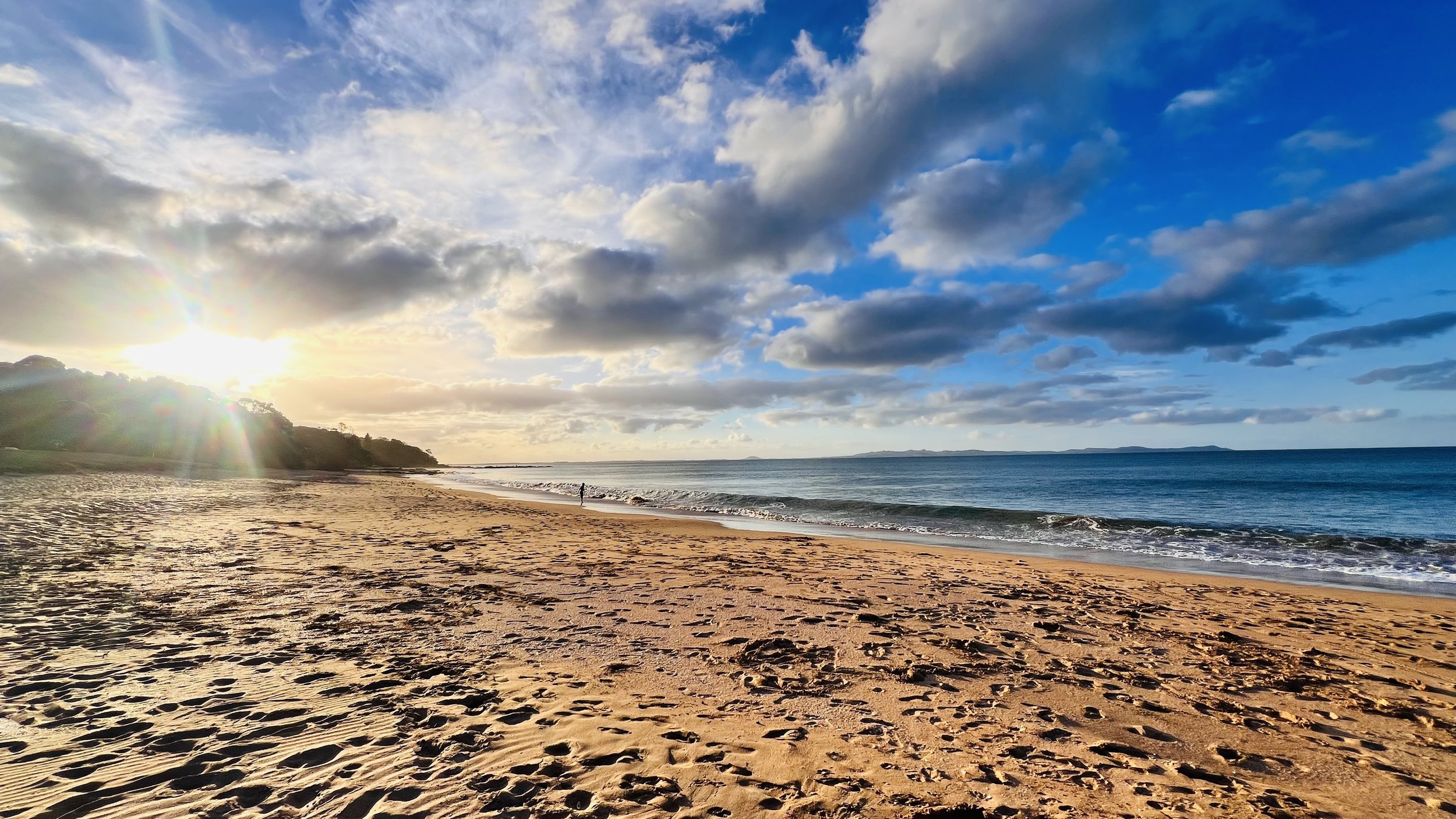

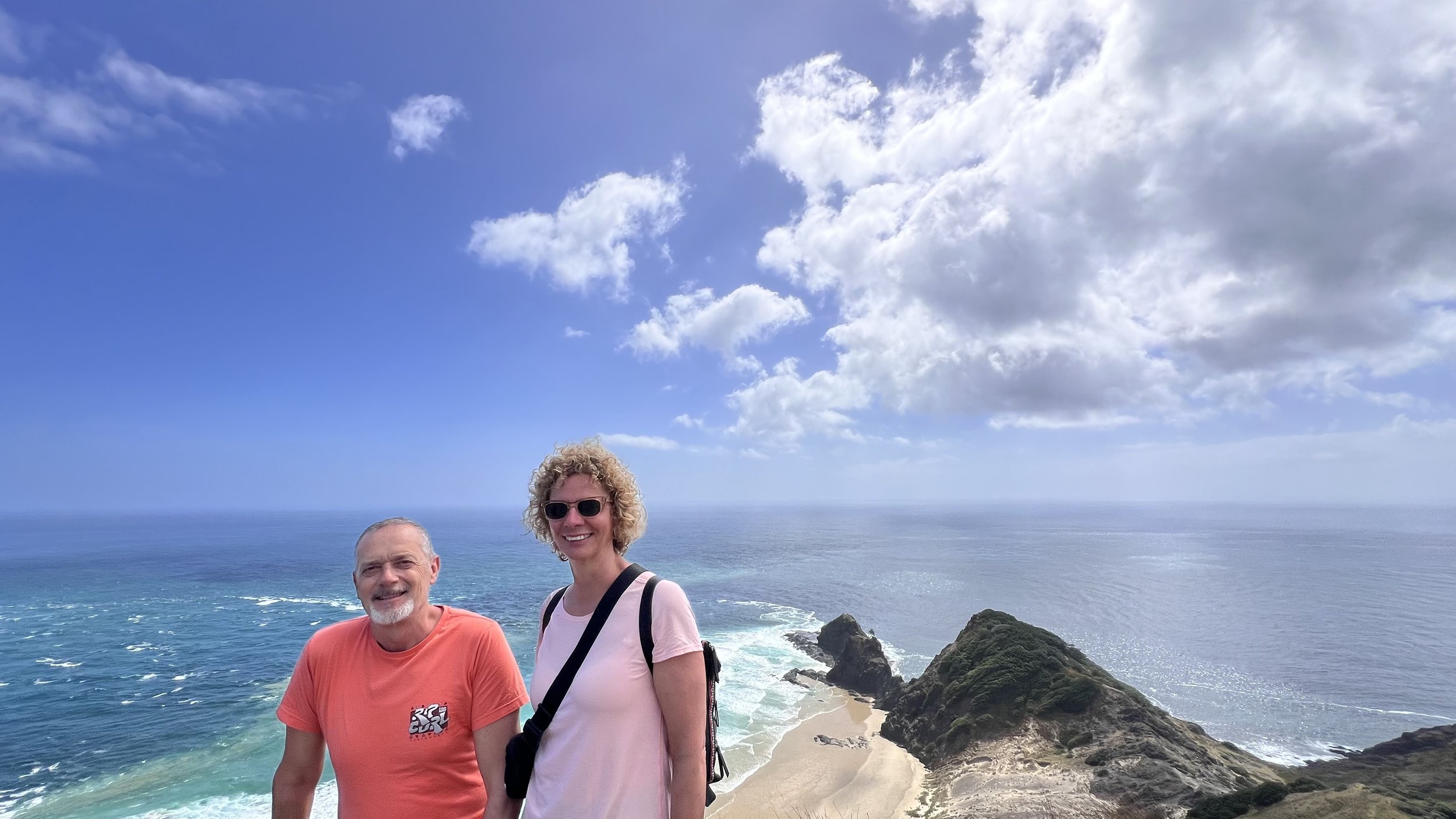
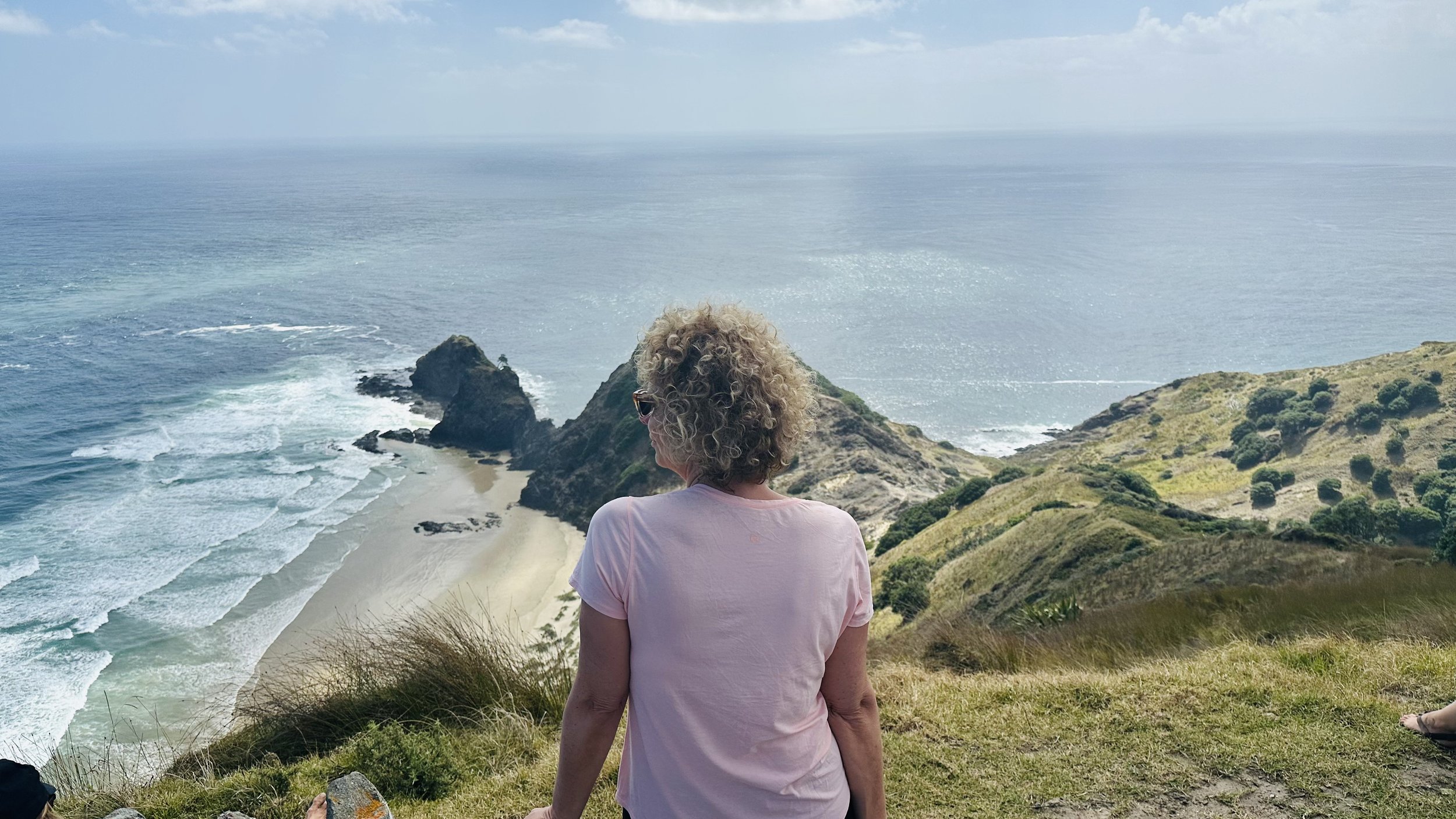
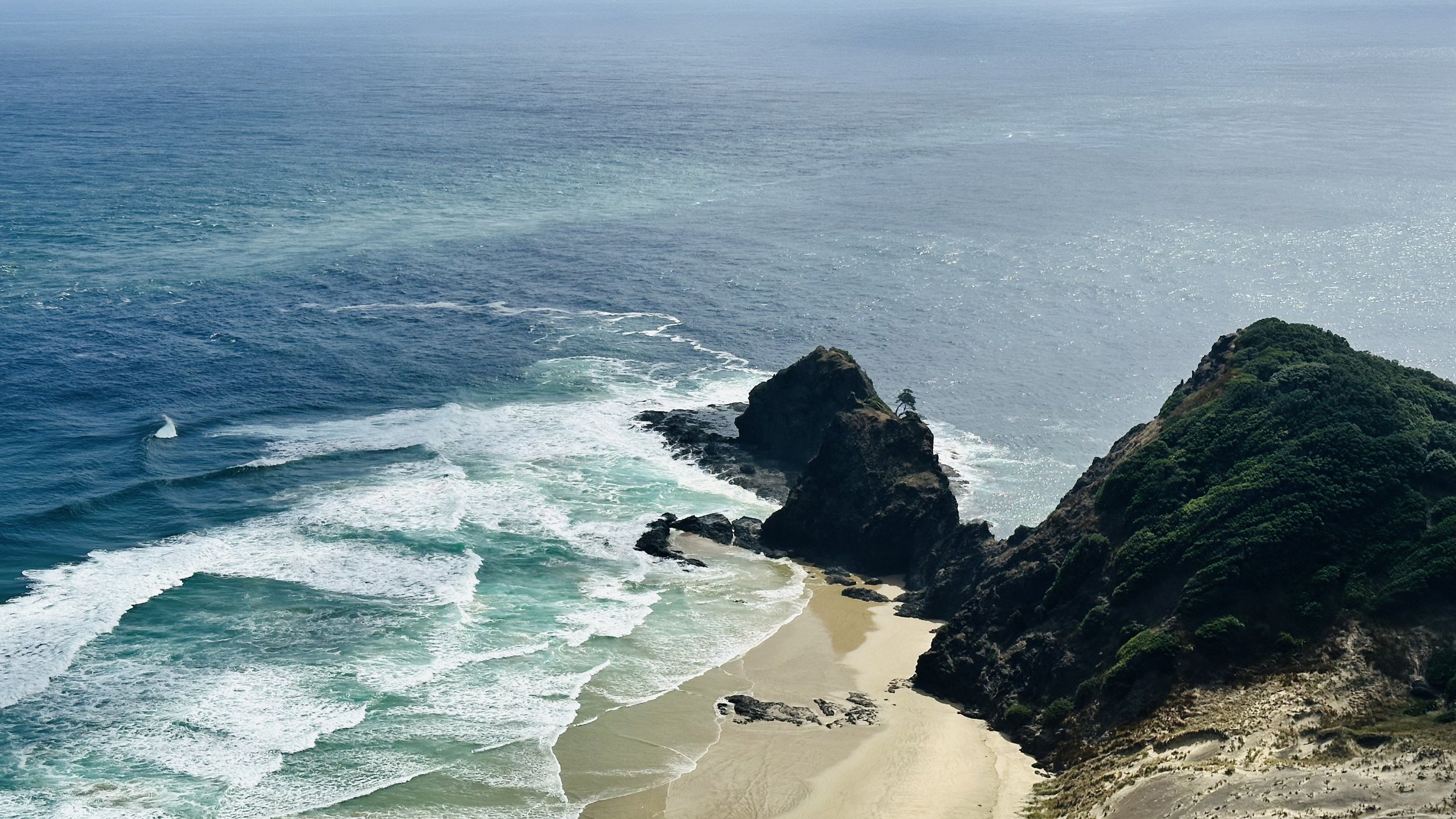
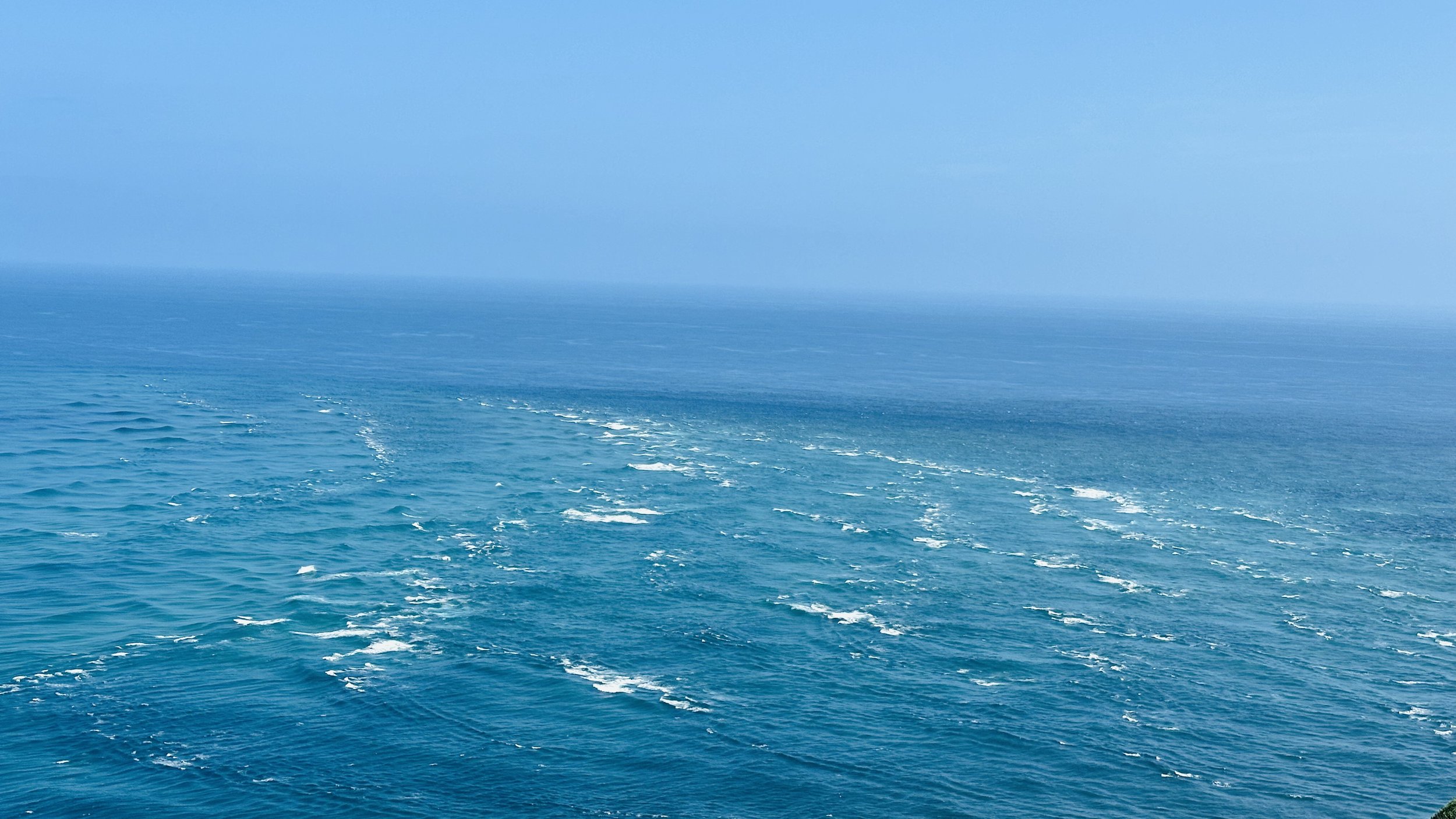

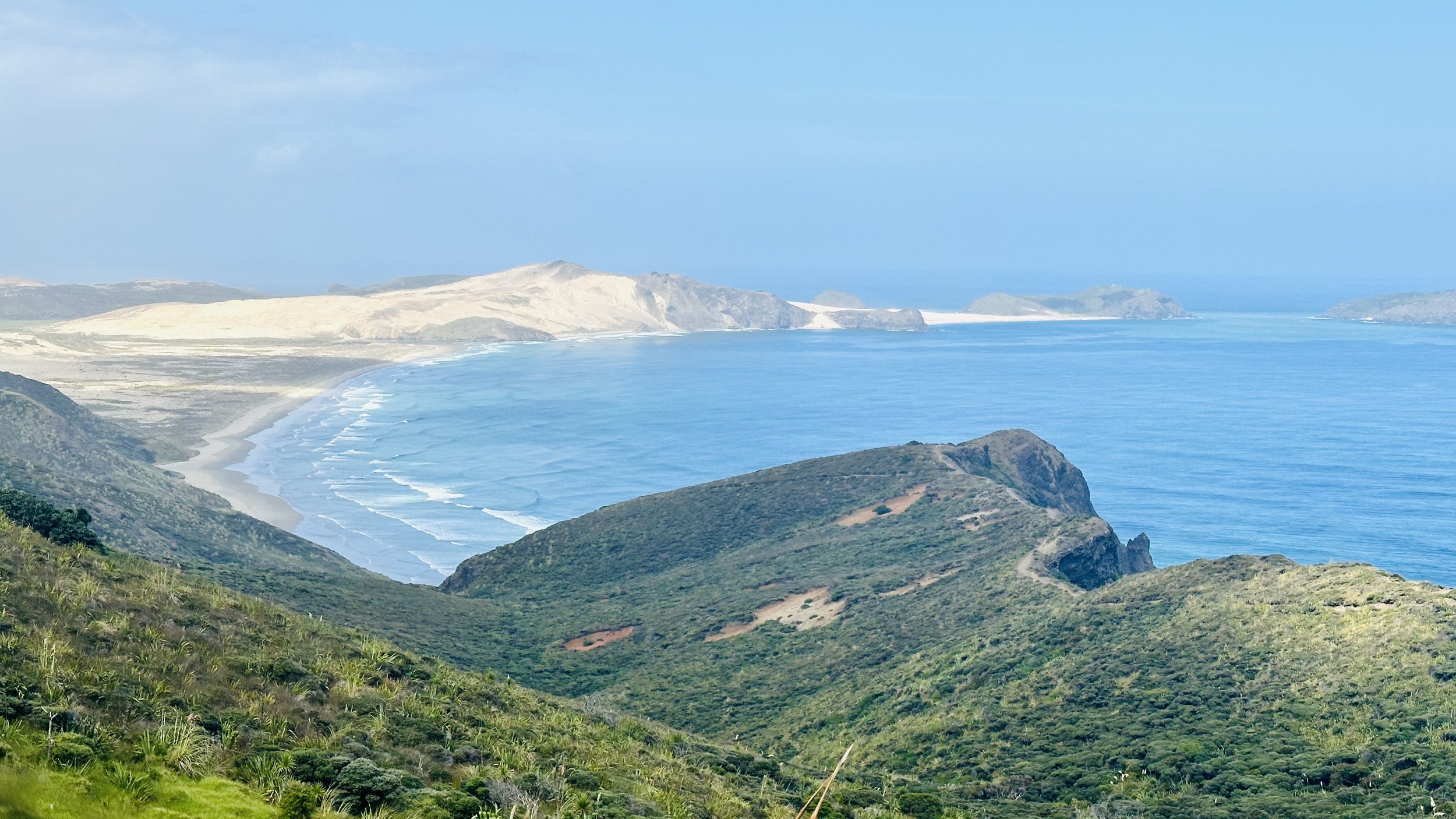
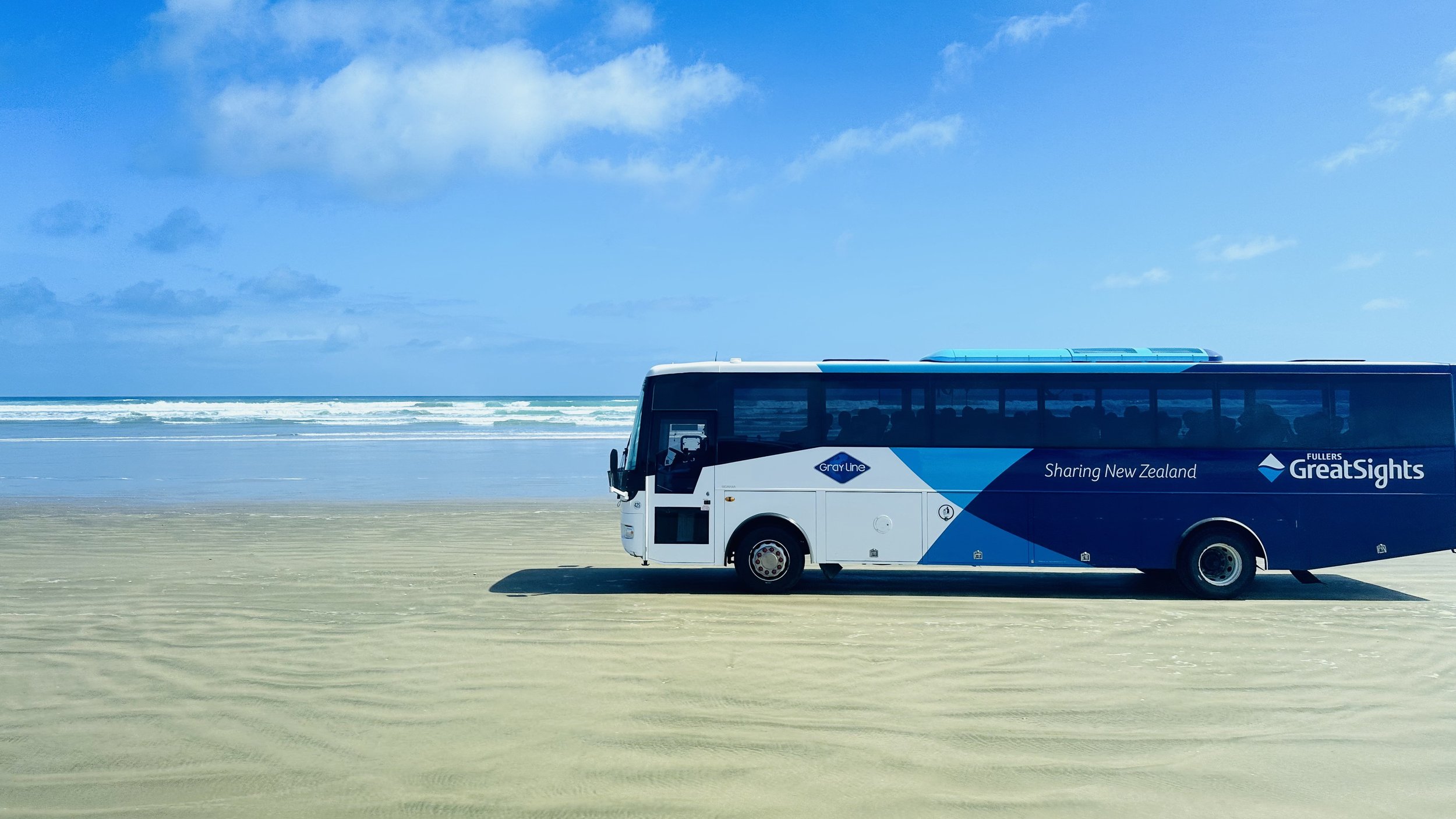
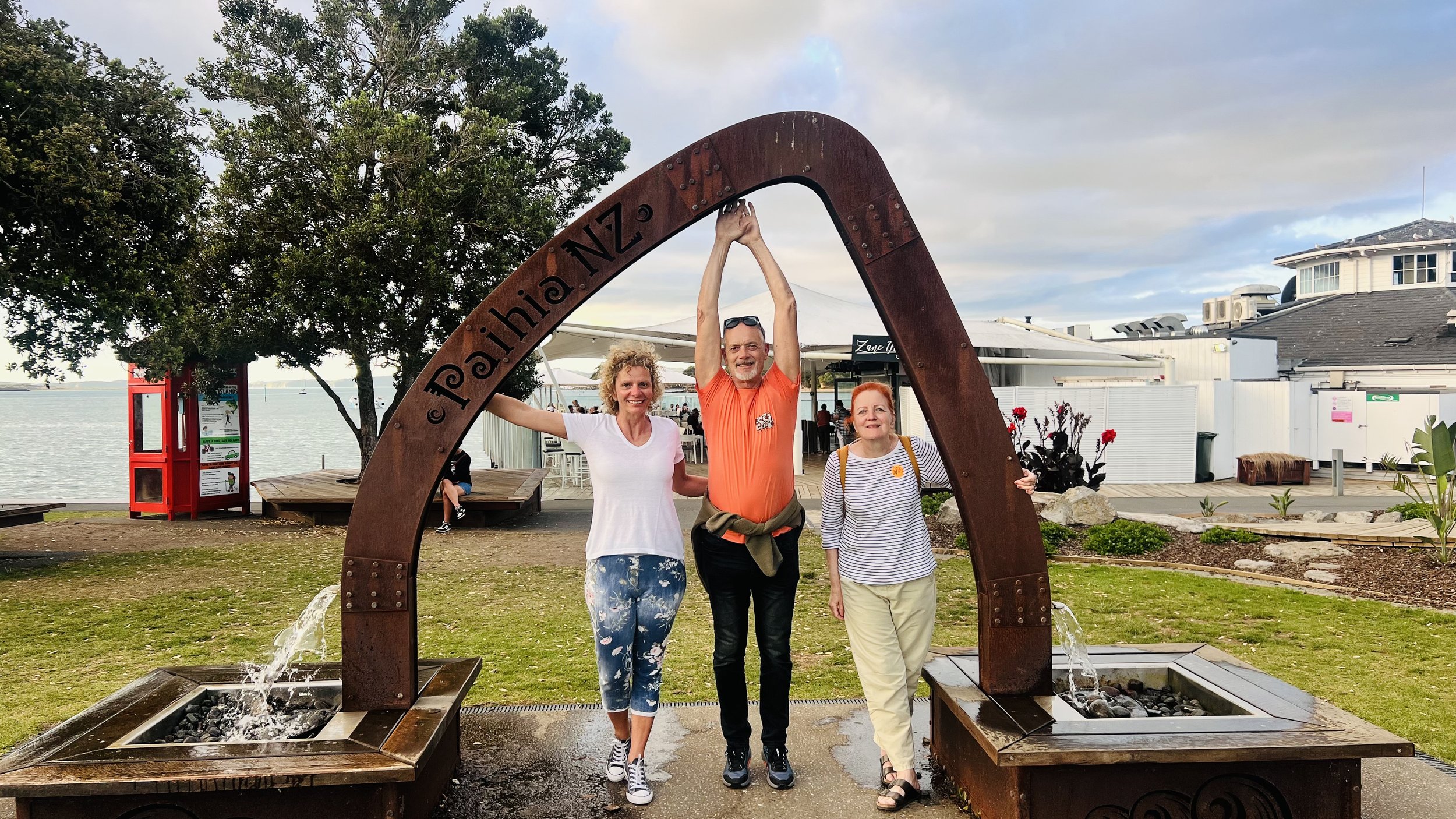

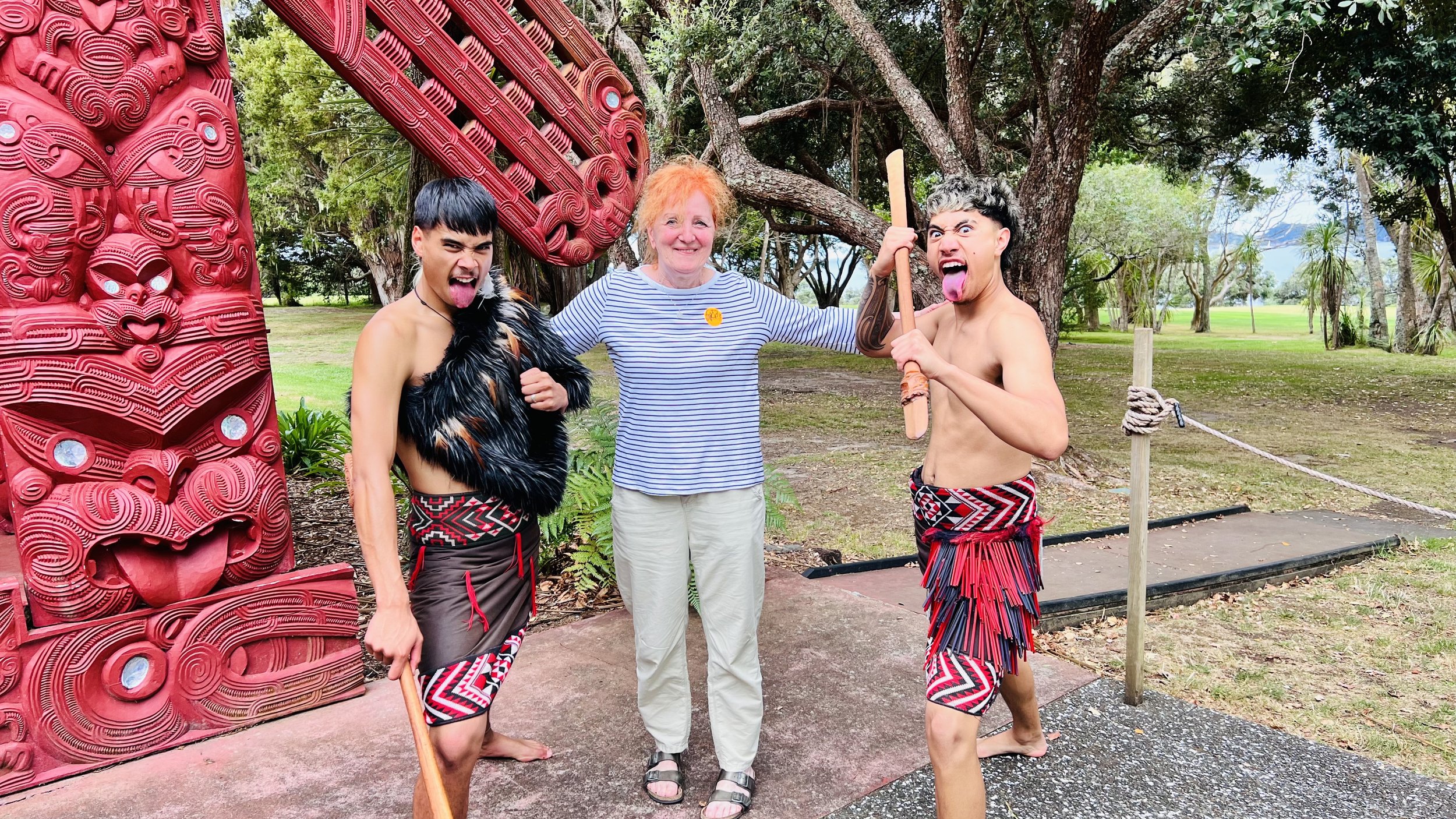
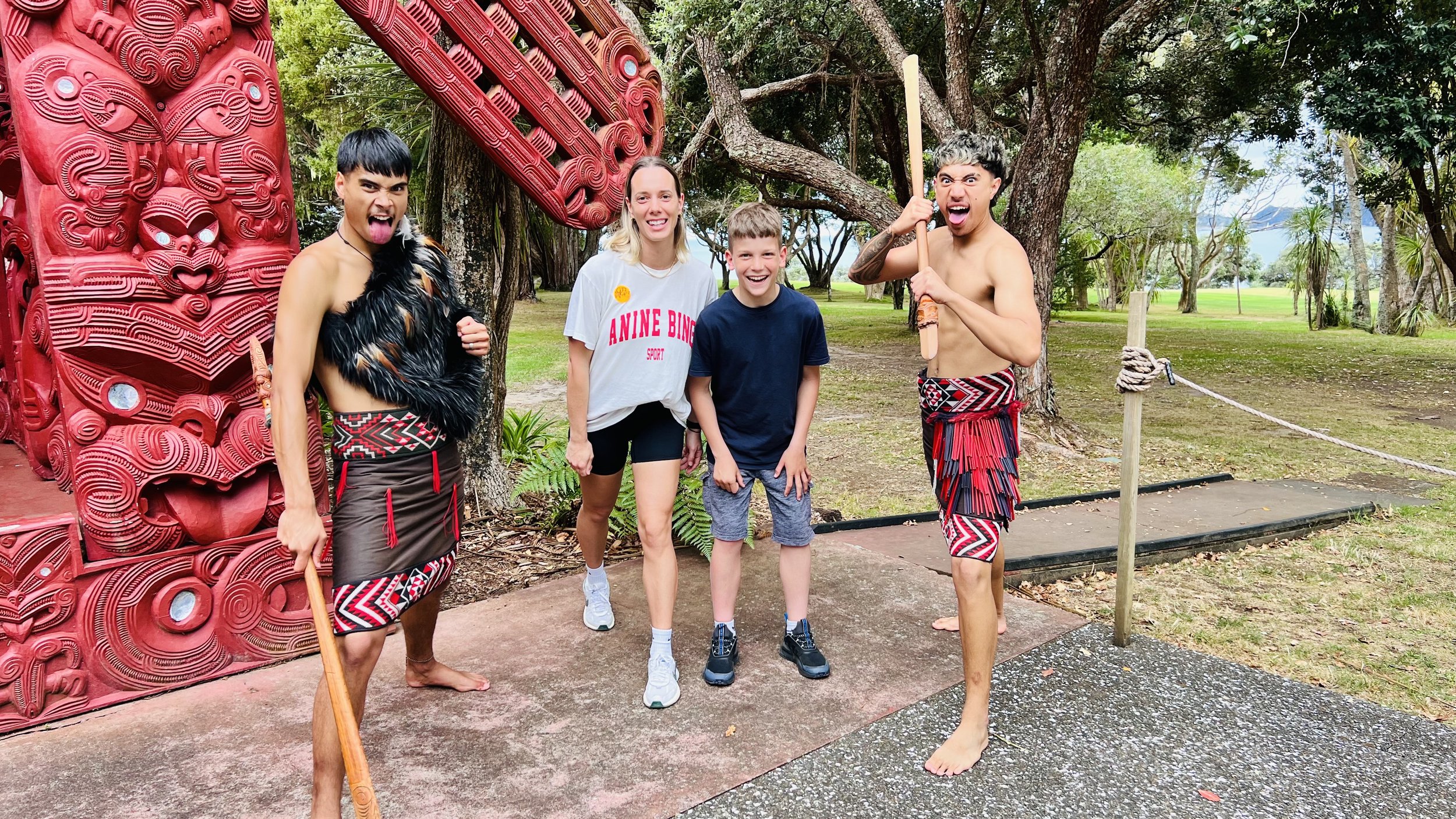
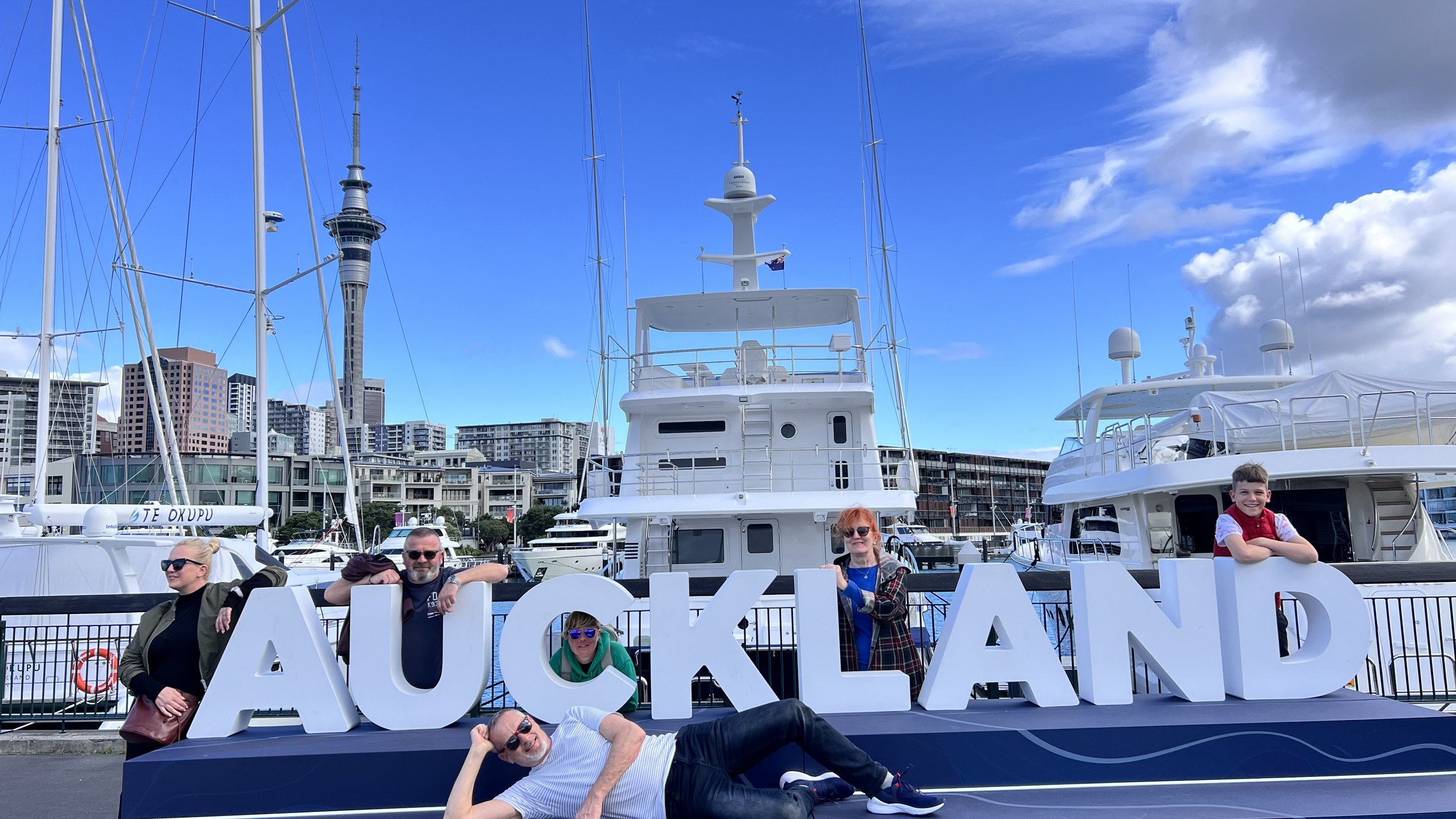
SOUTH ISLAND PHOTO ALBUM





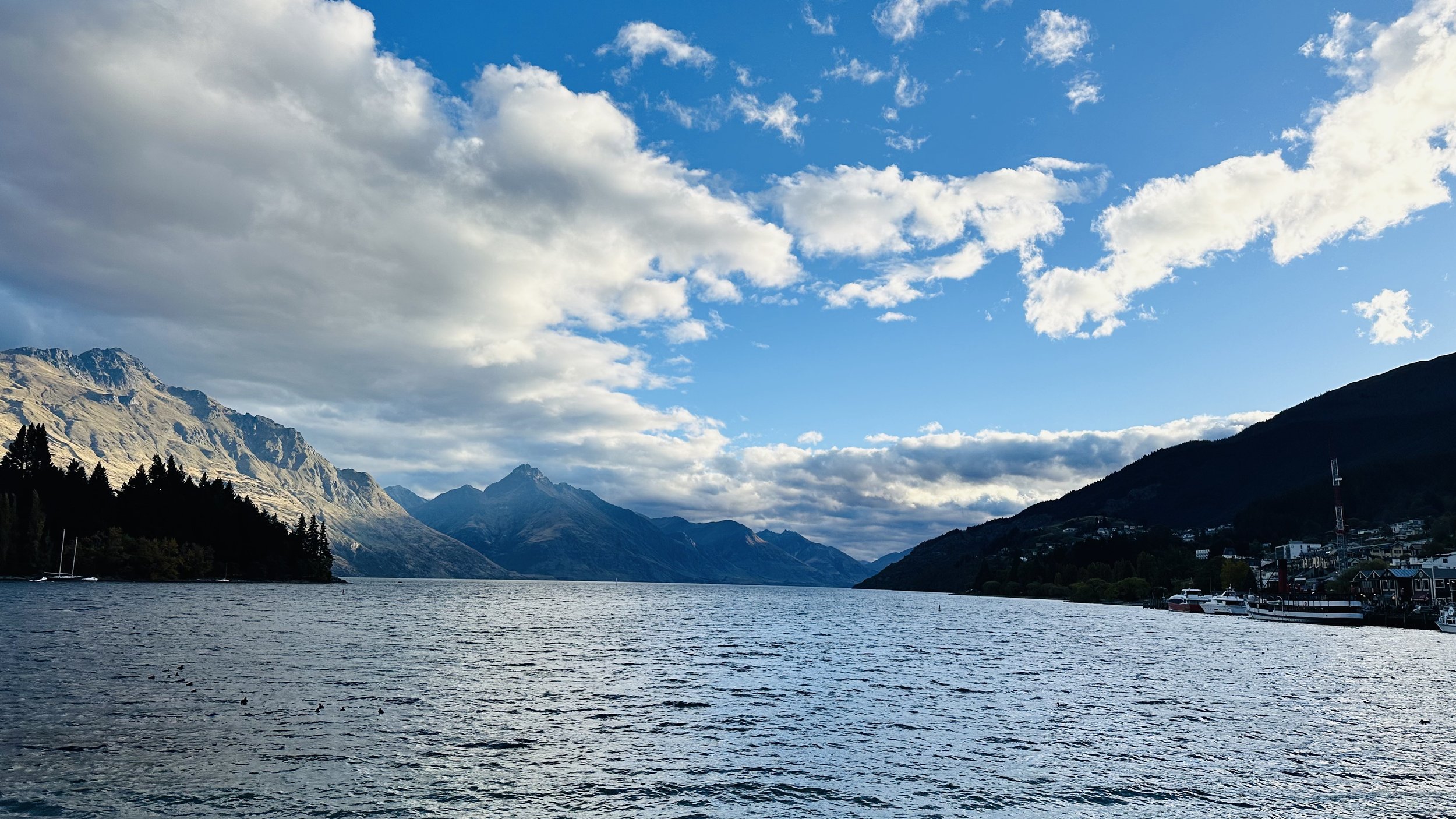

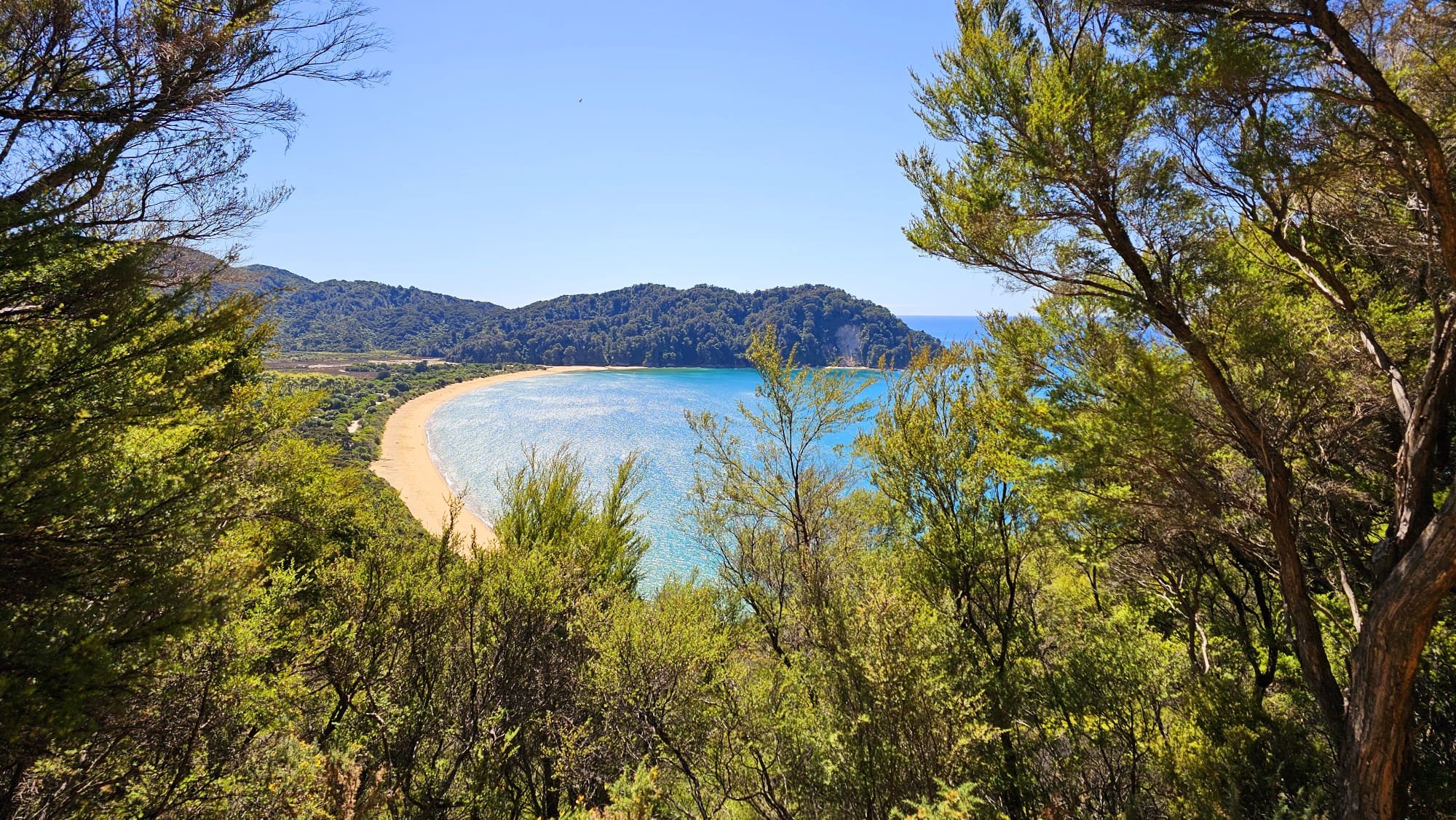



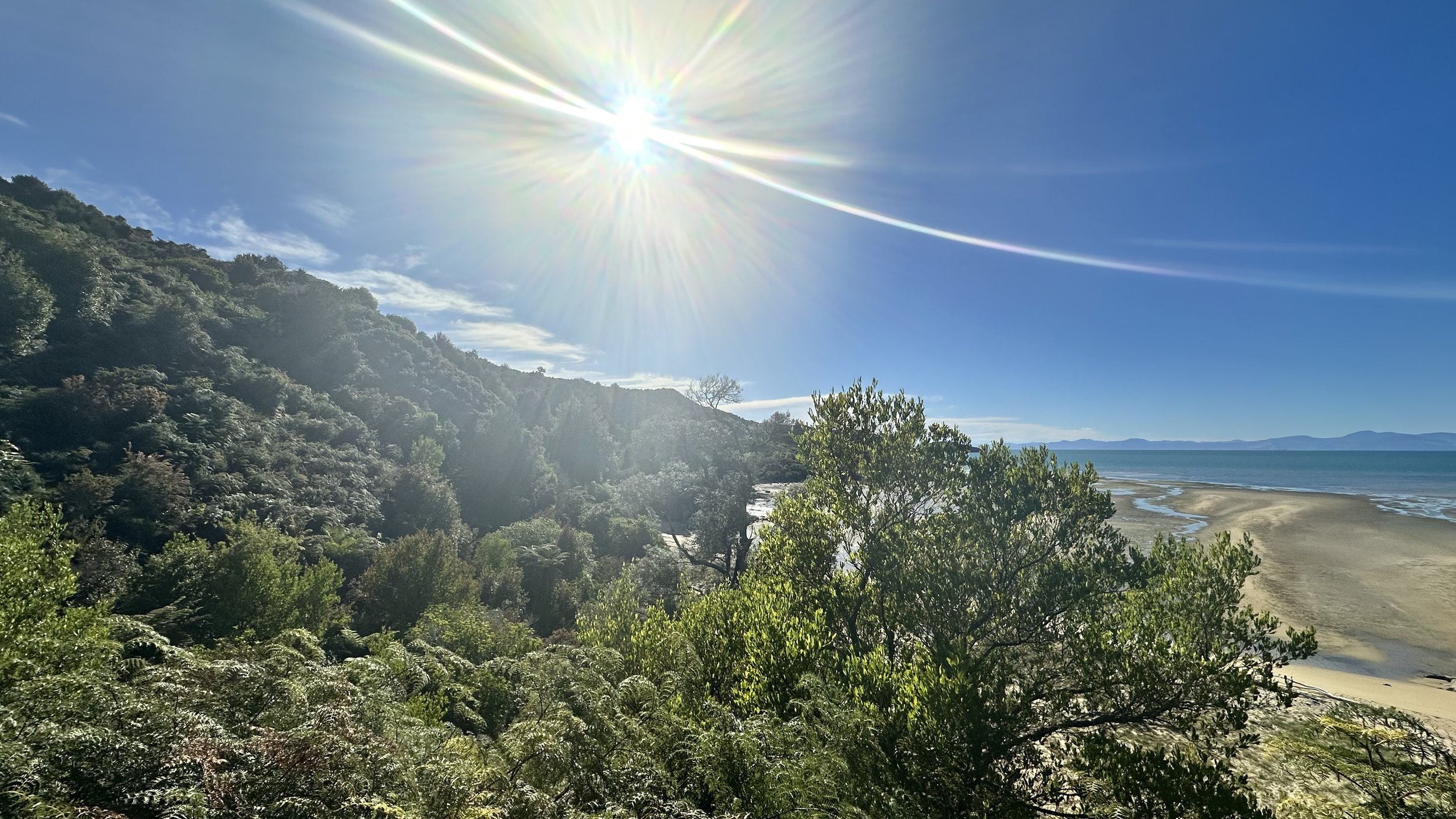
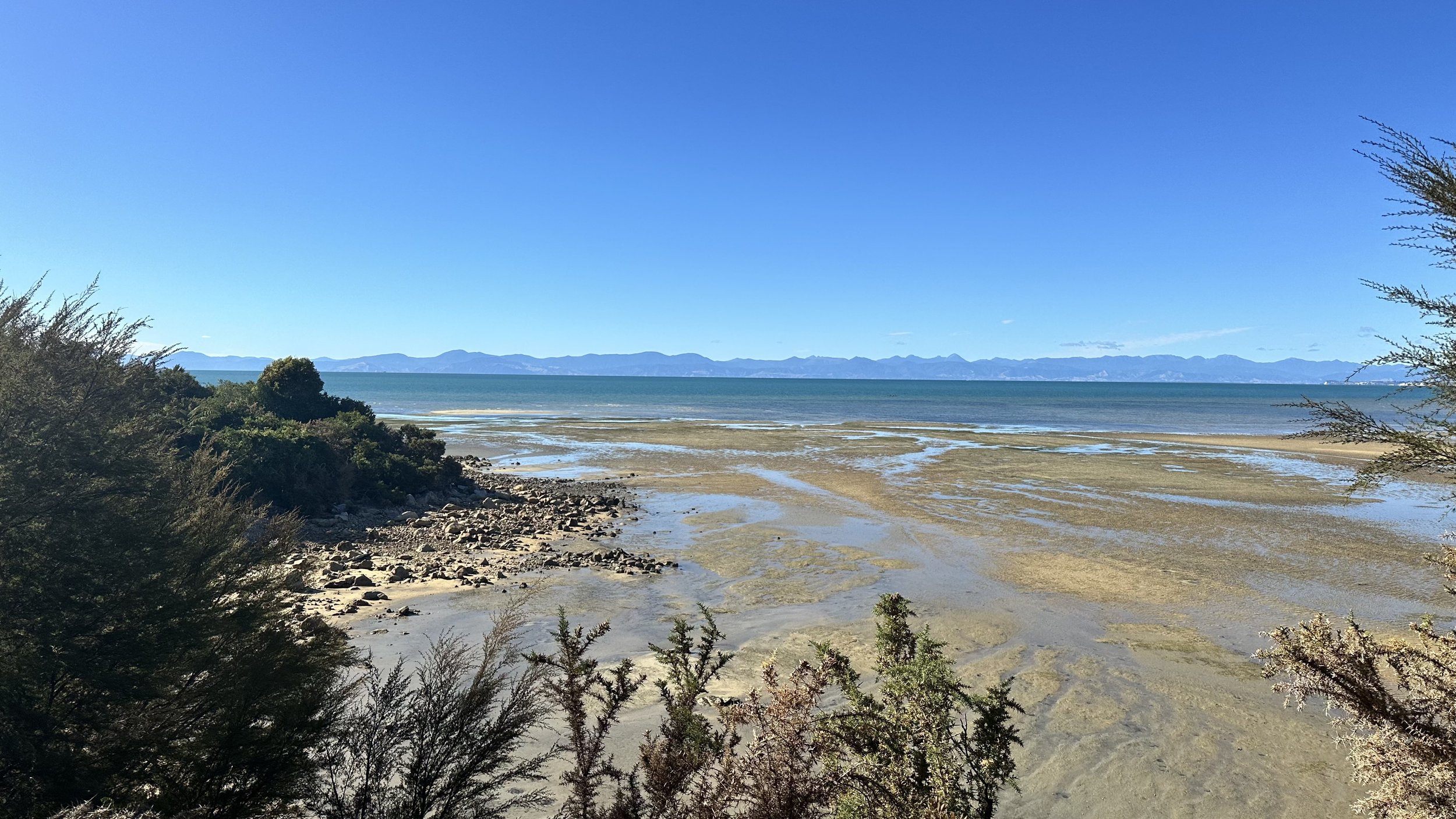
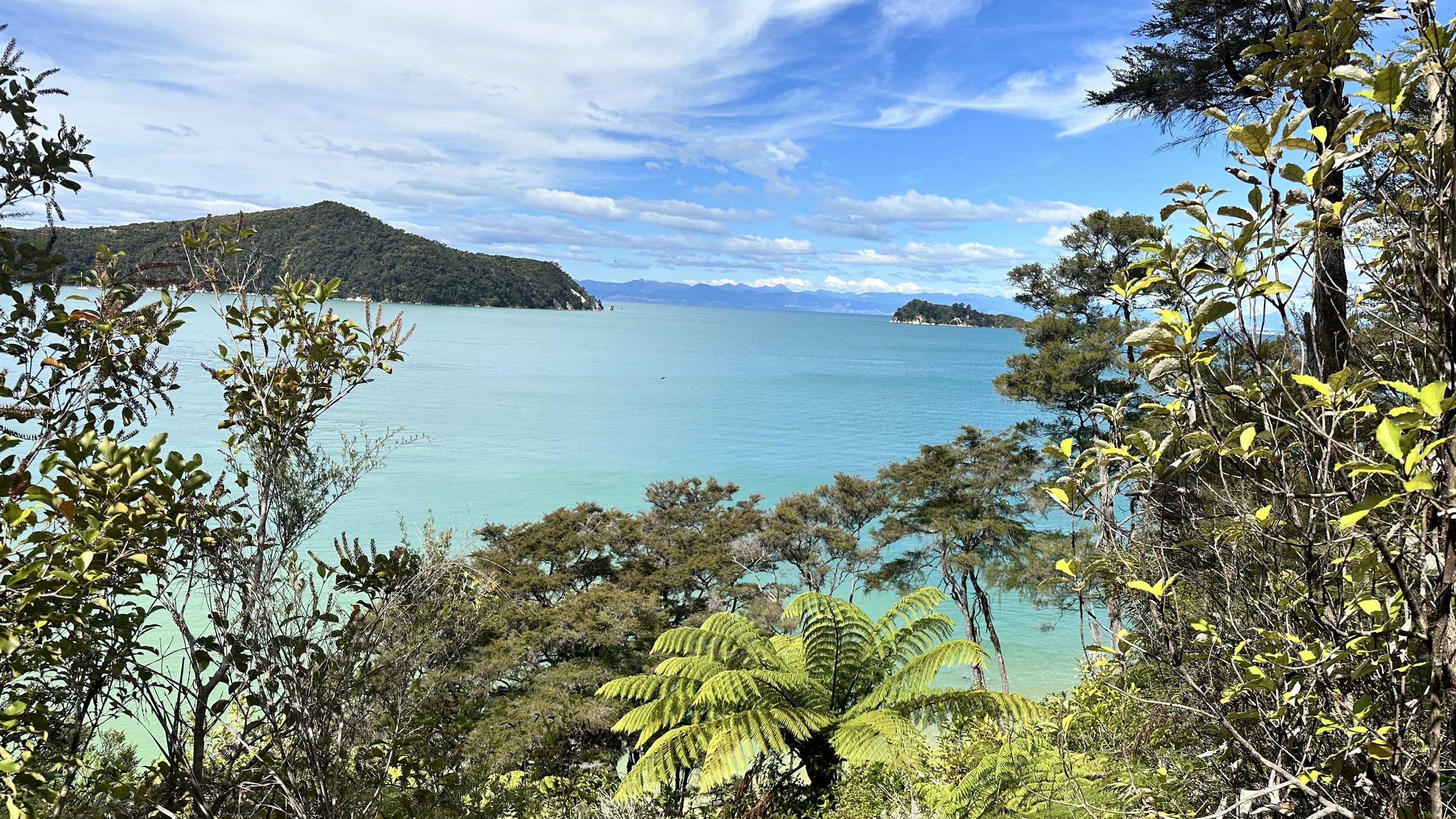

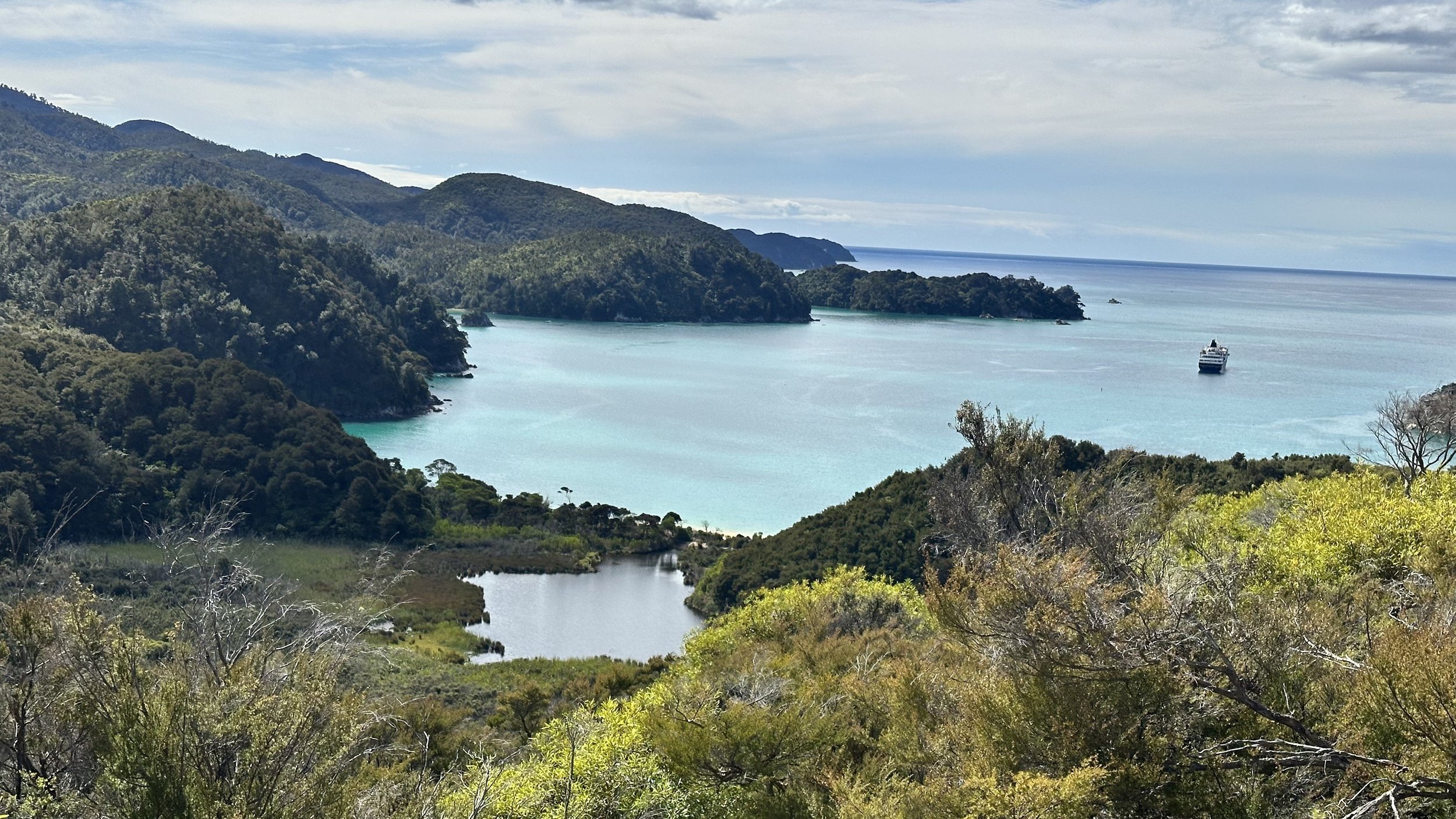
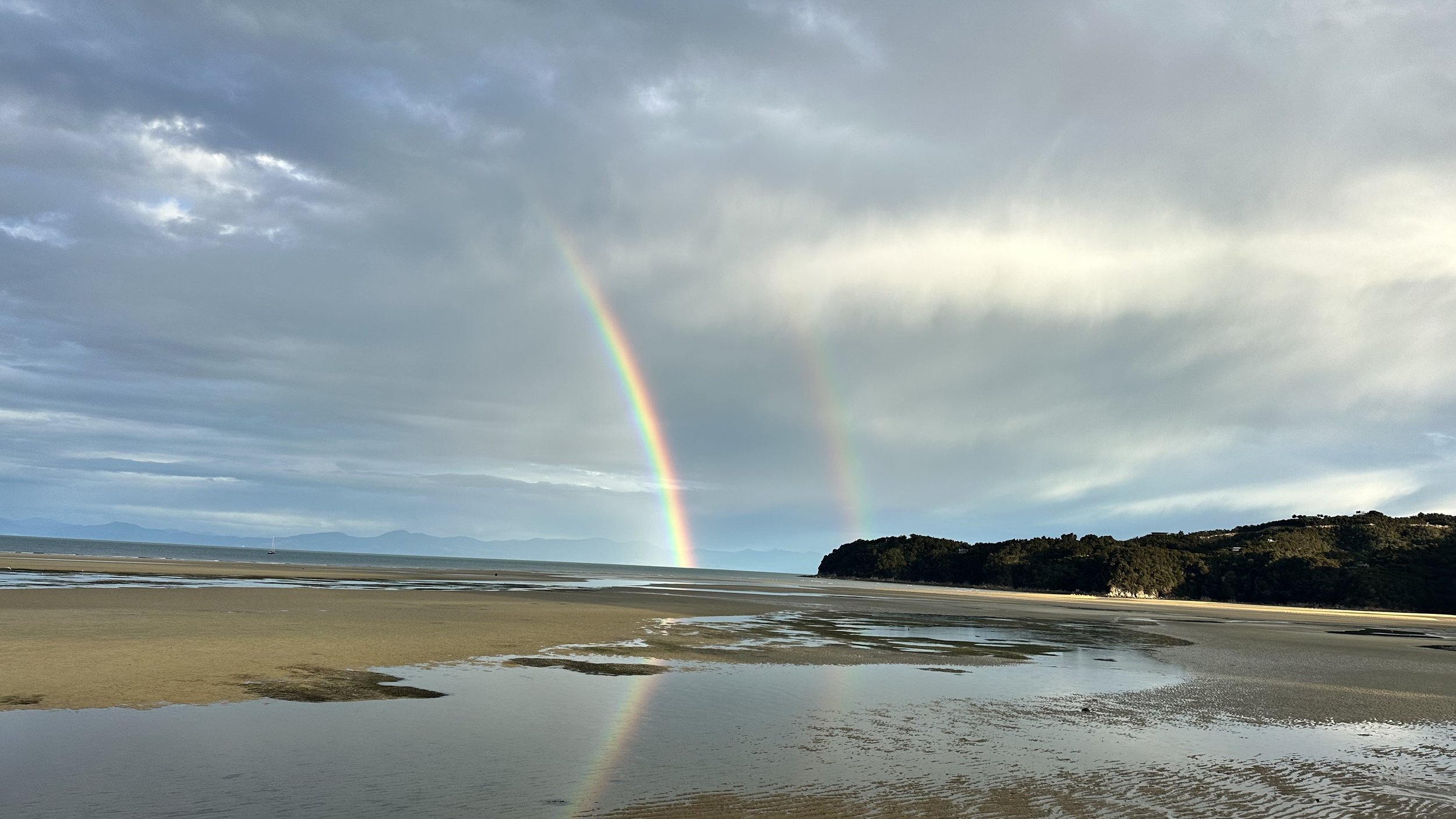

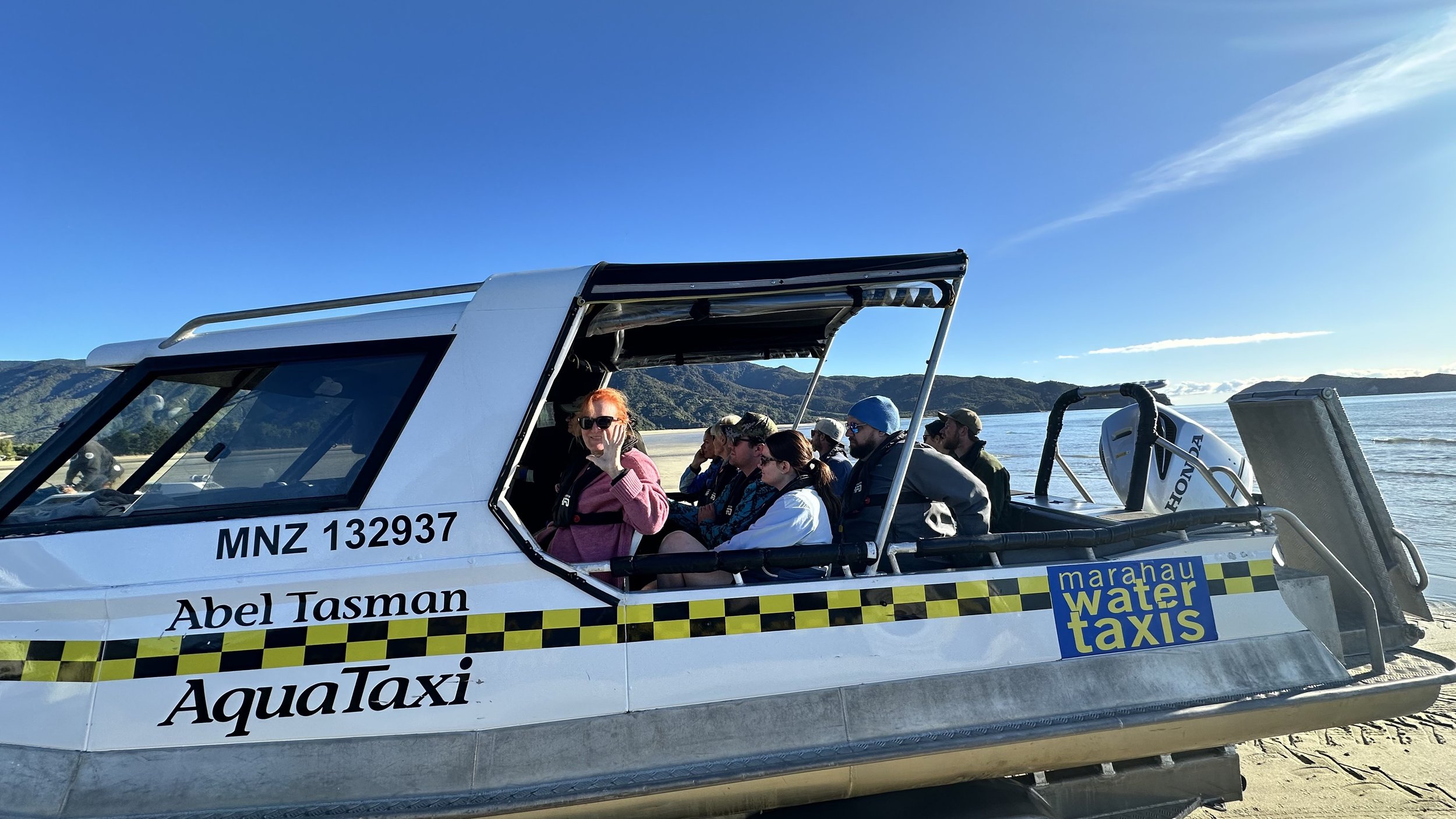
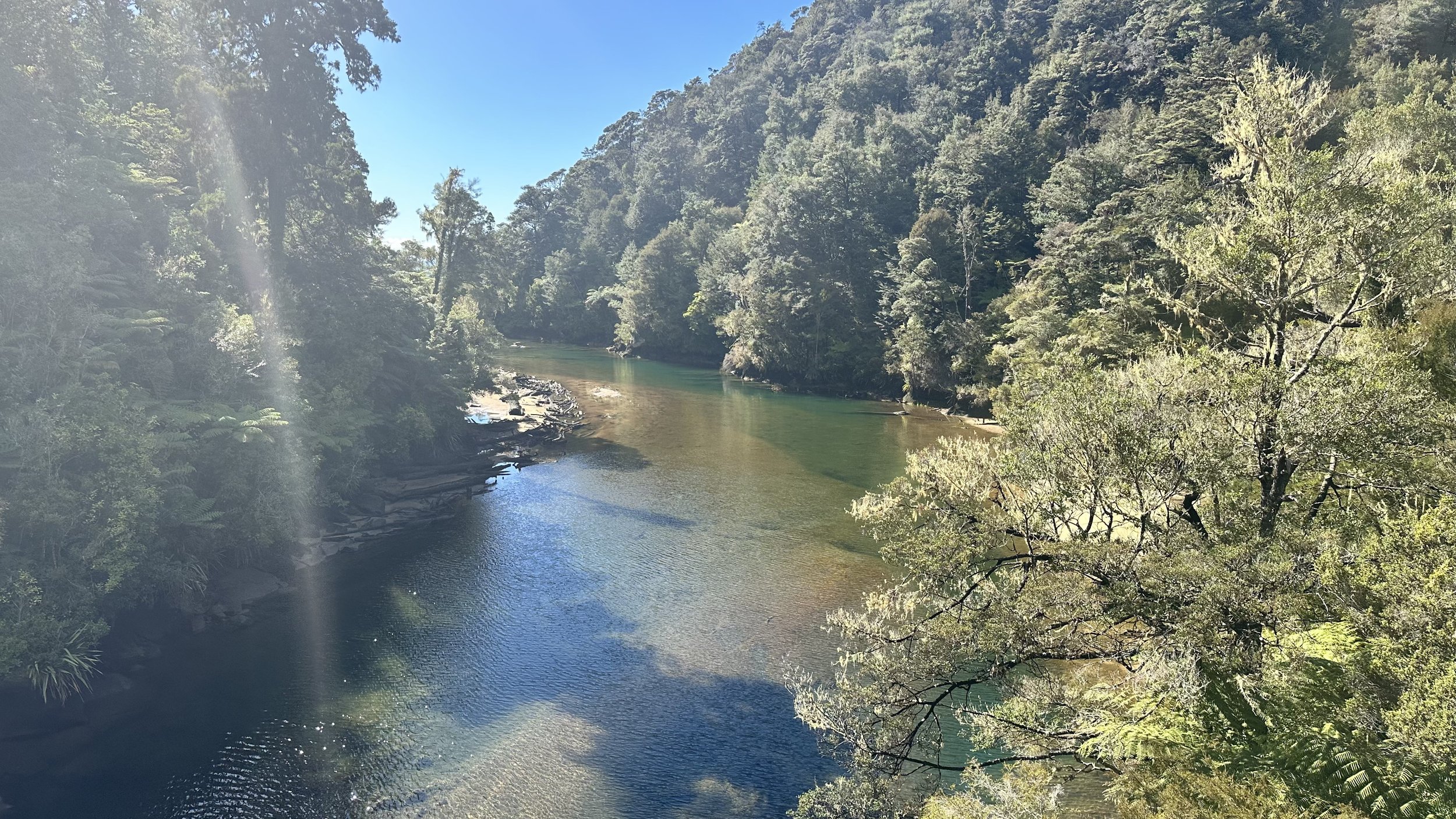
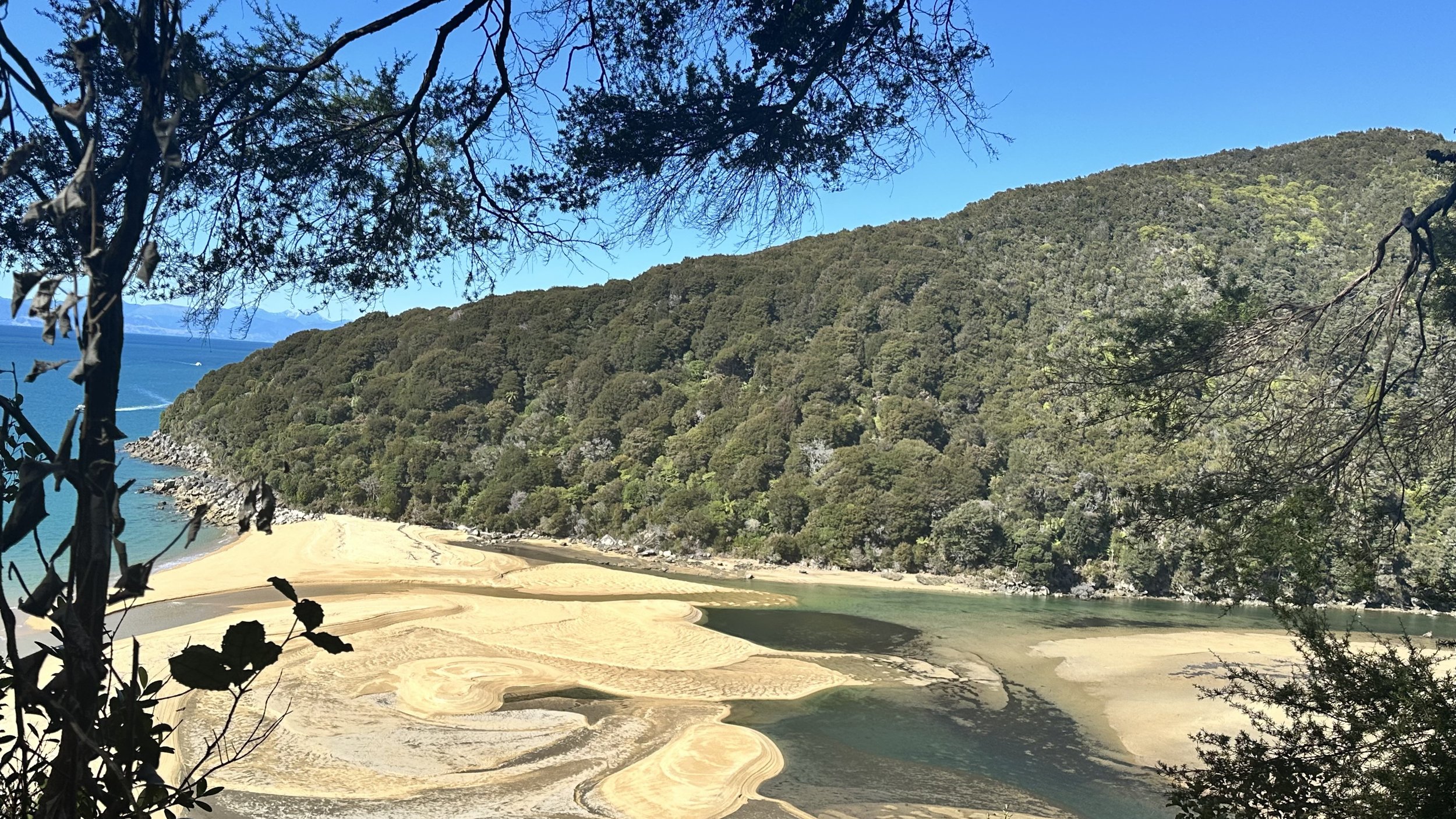
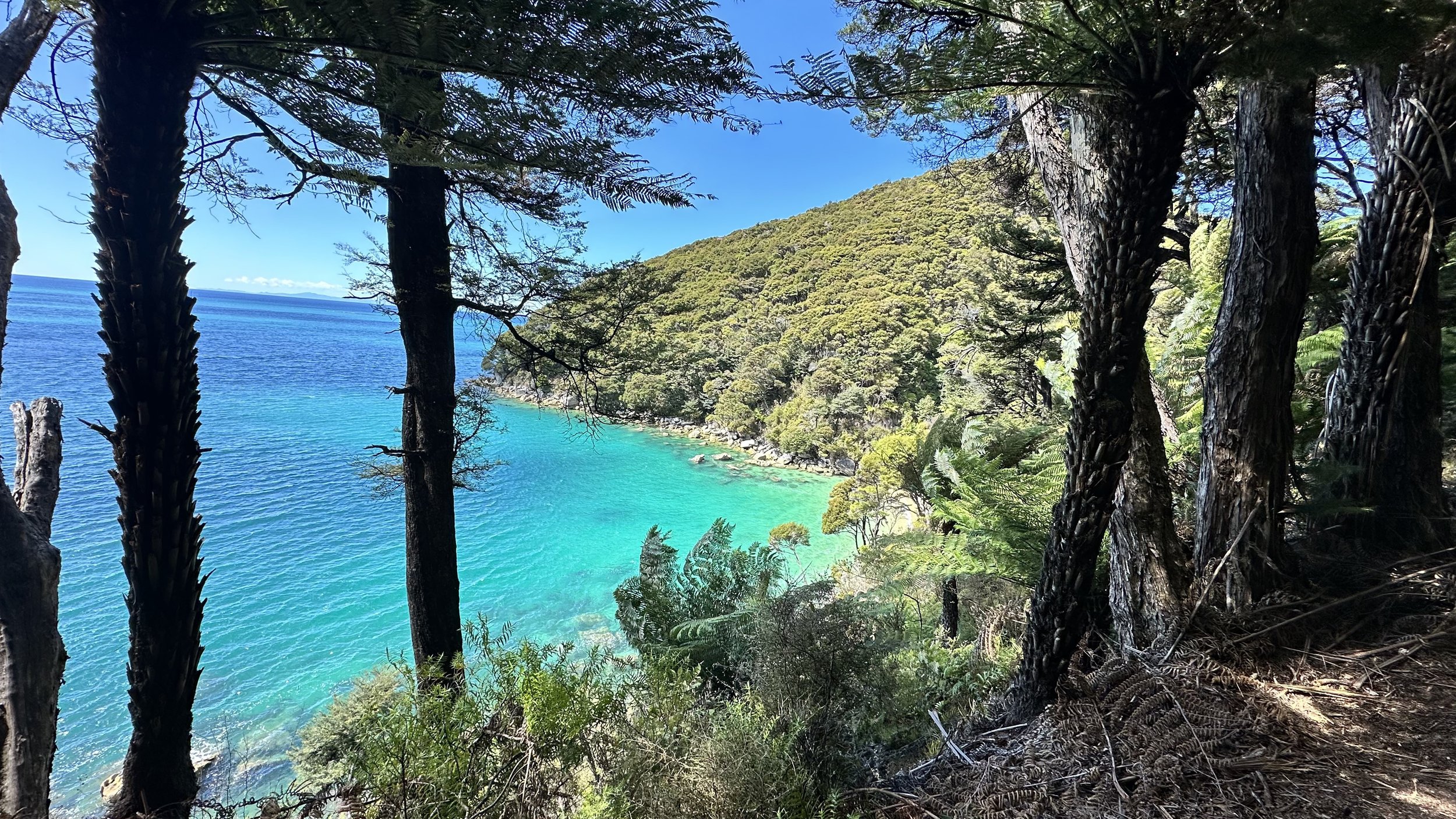
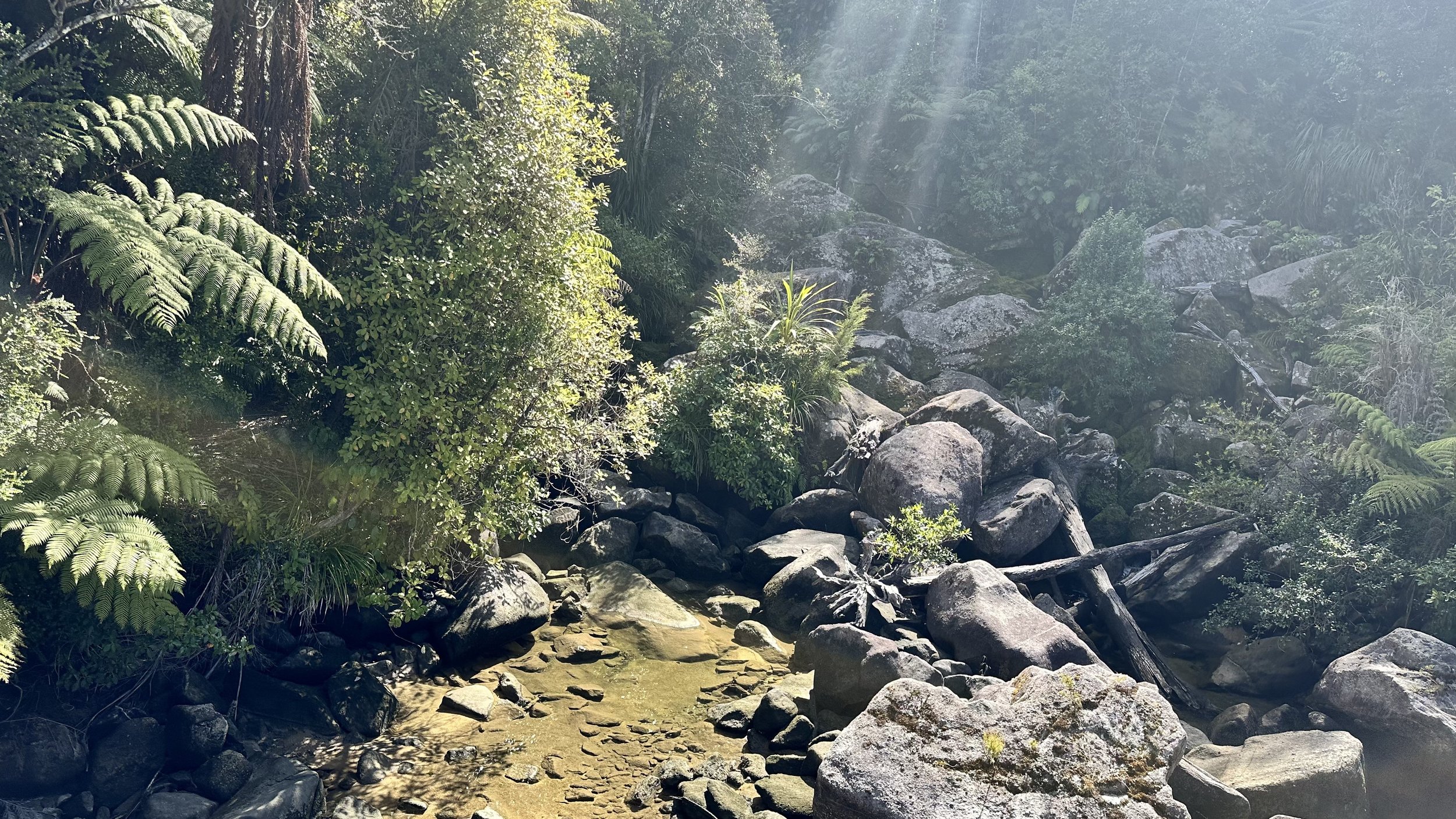


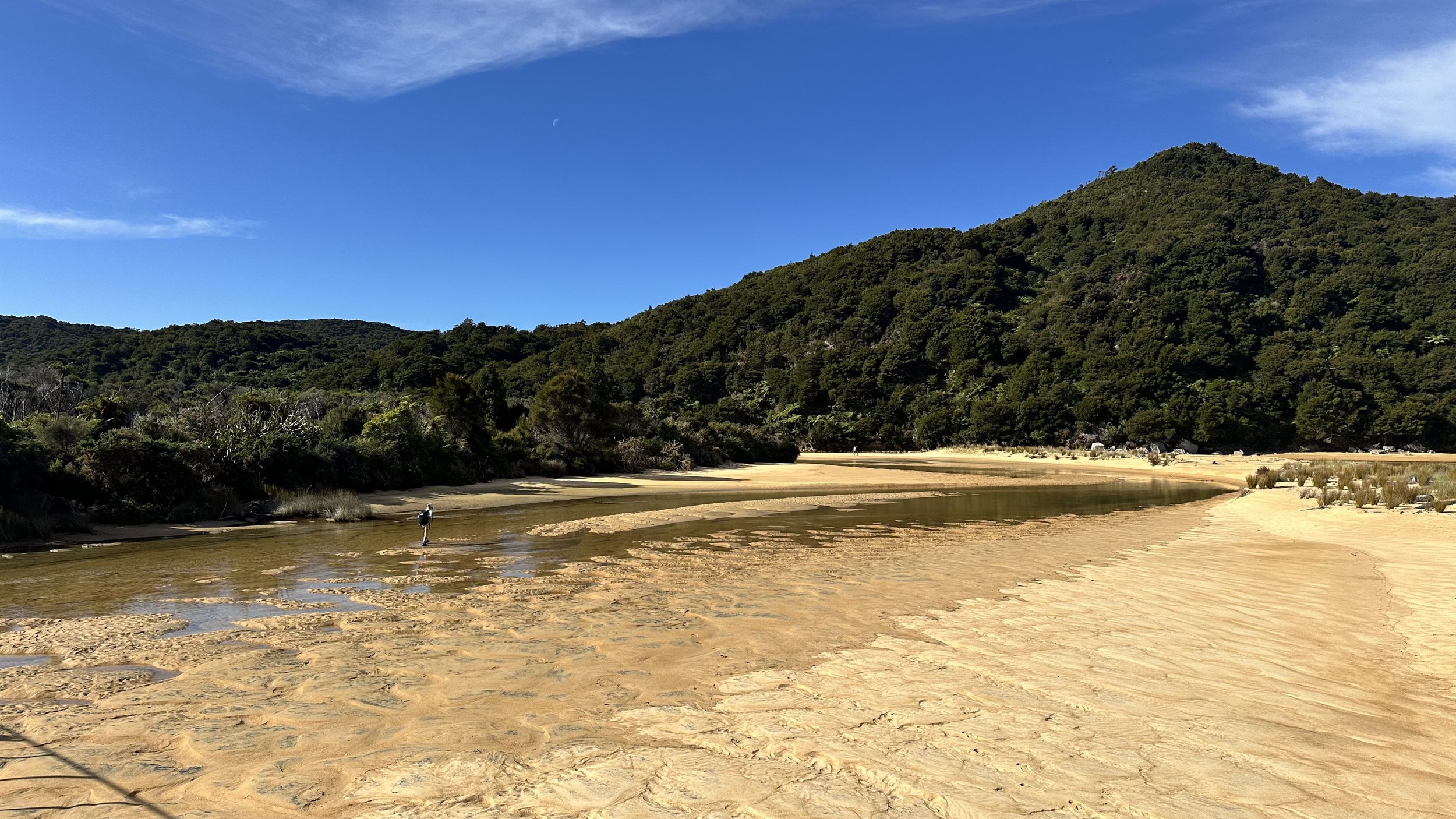
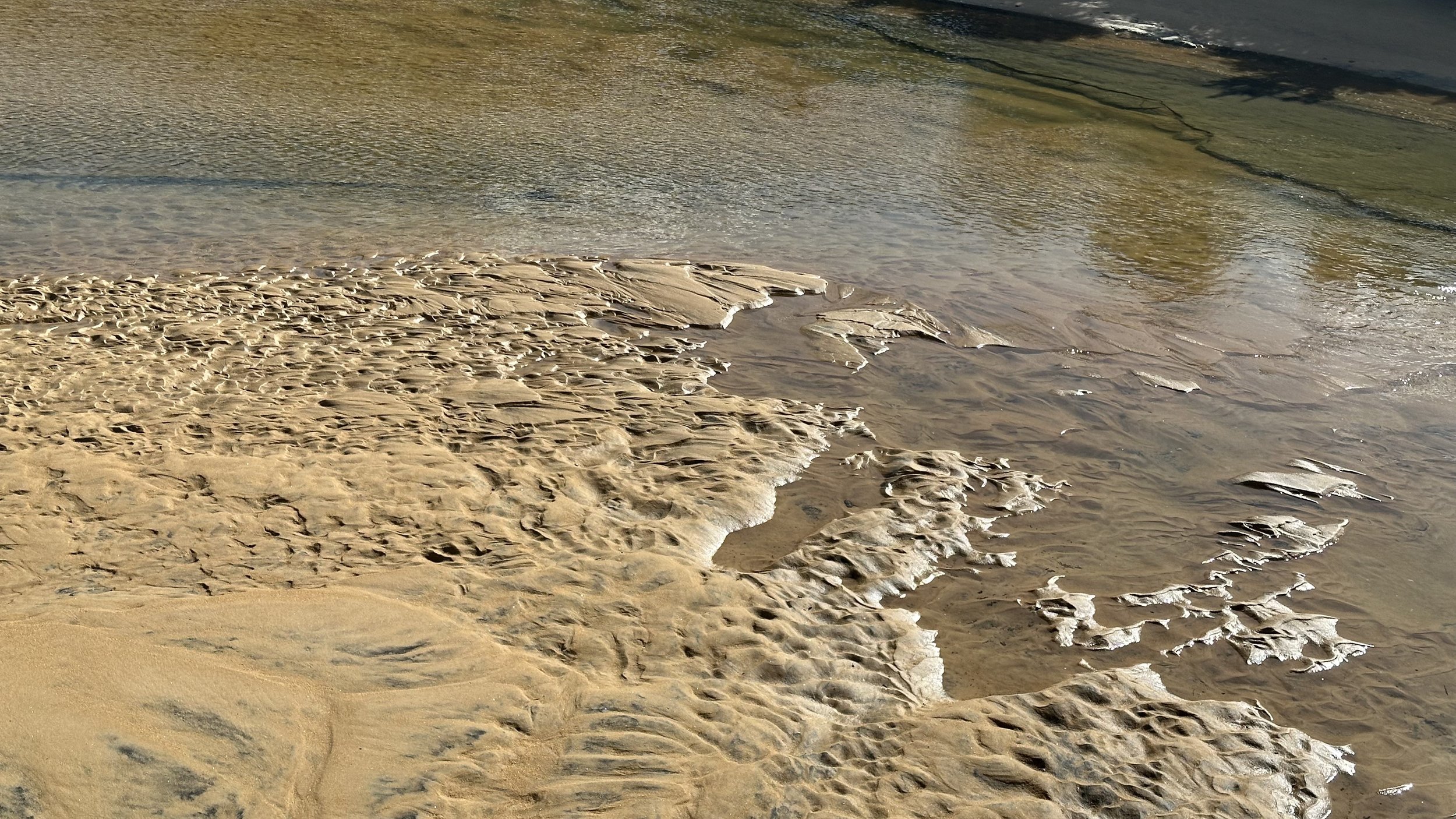
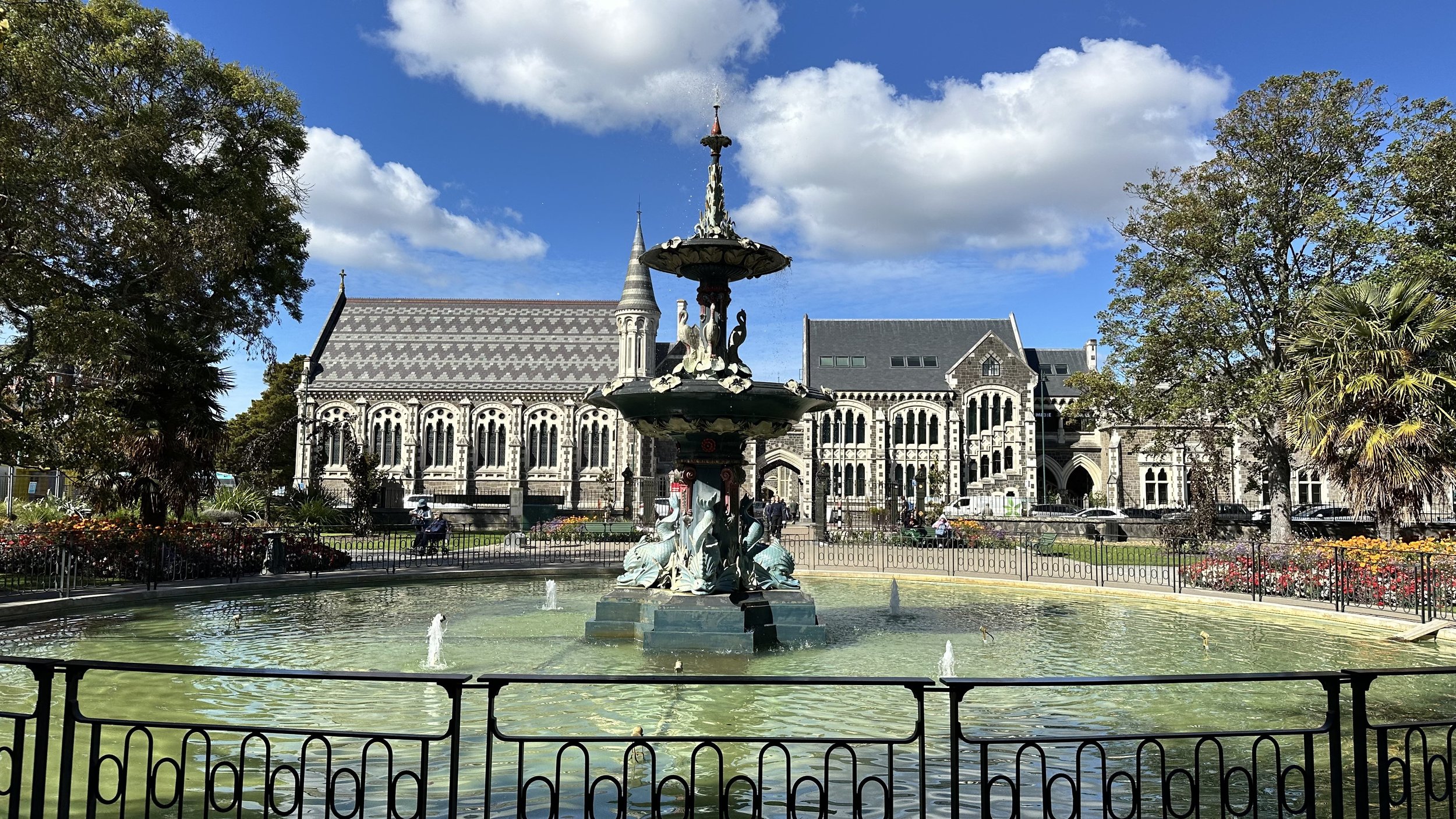
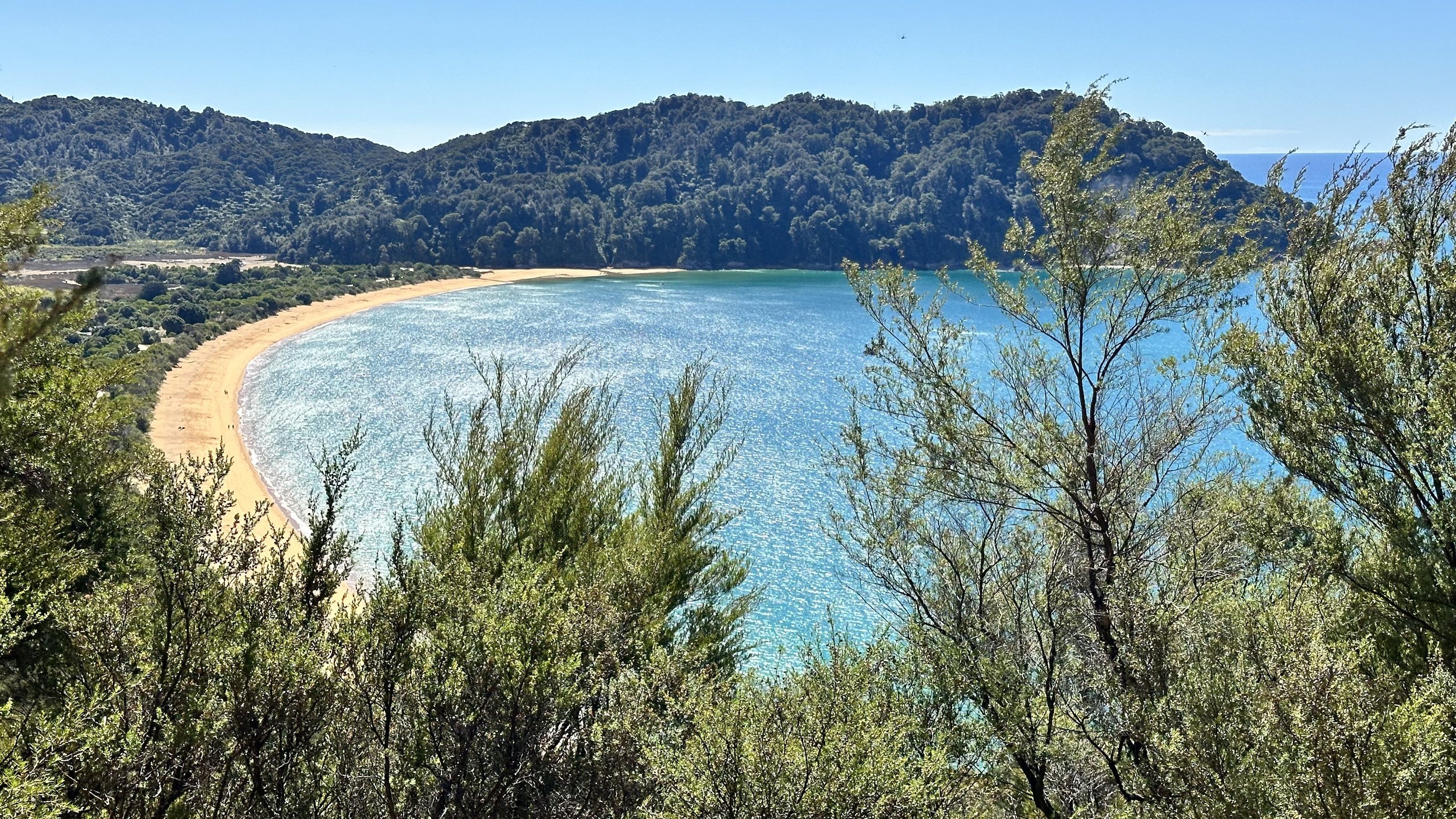
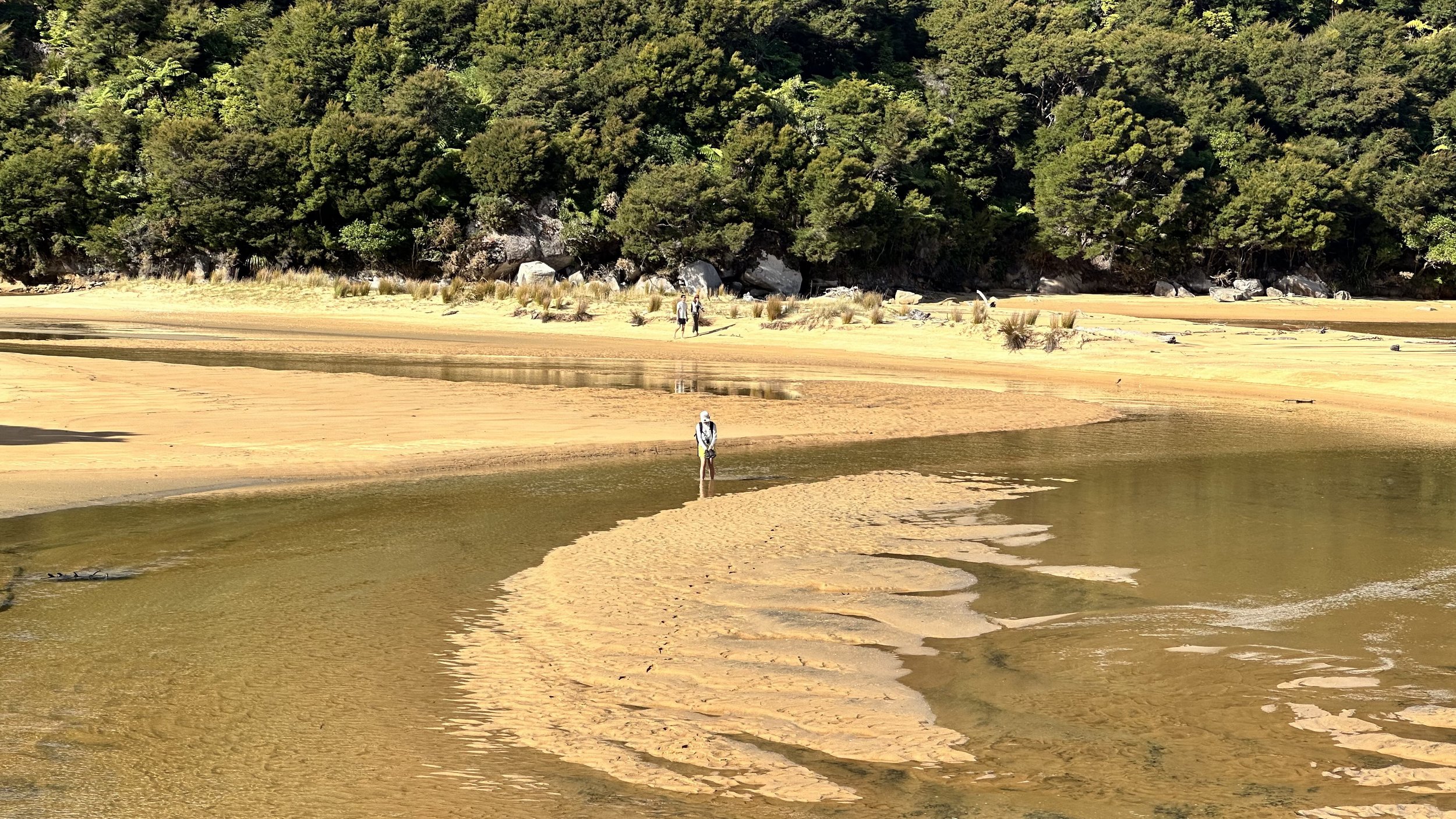
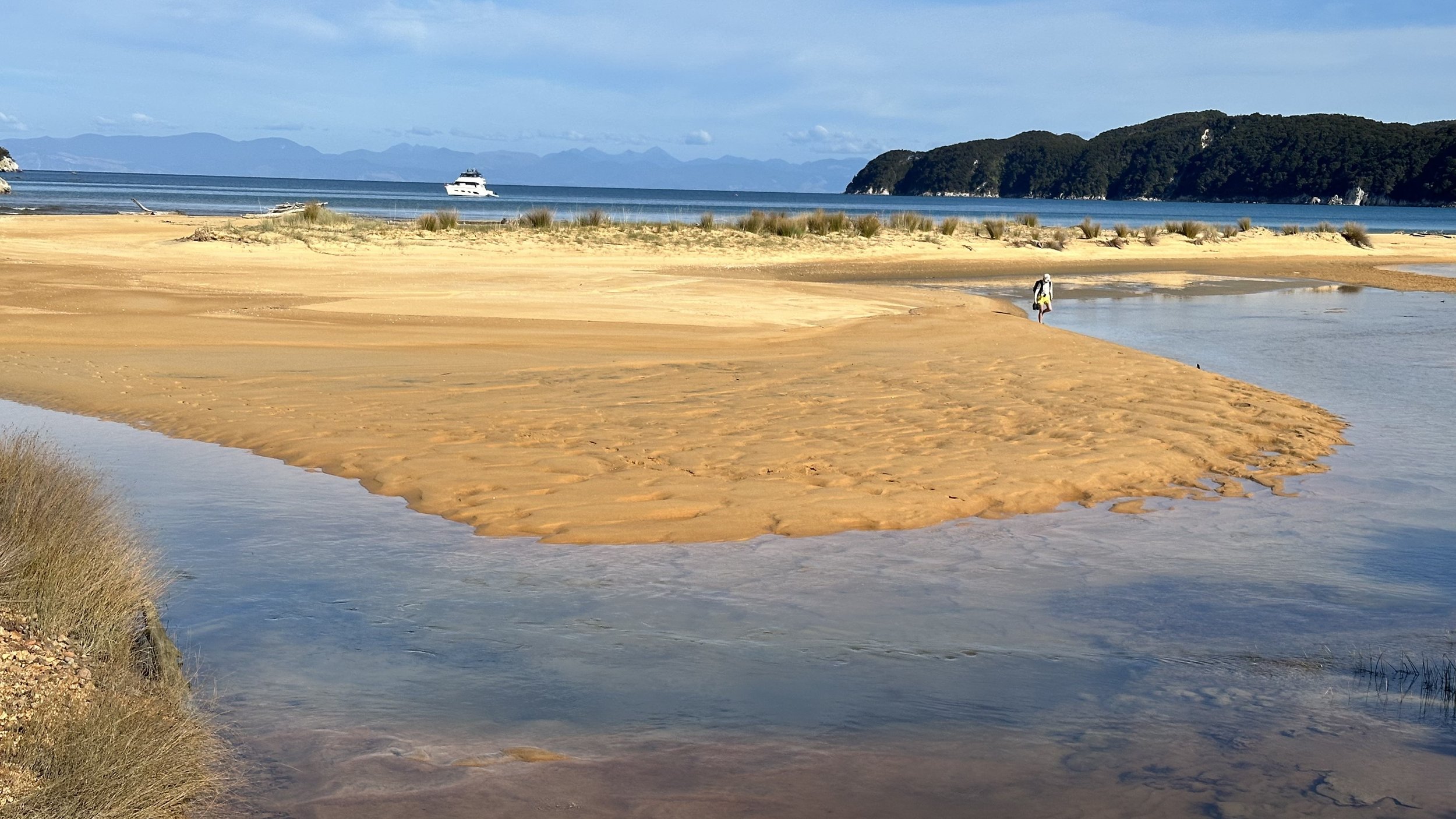
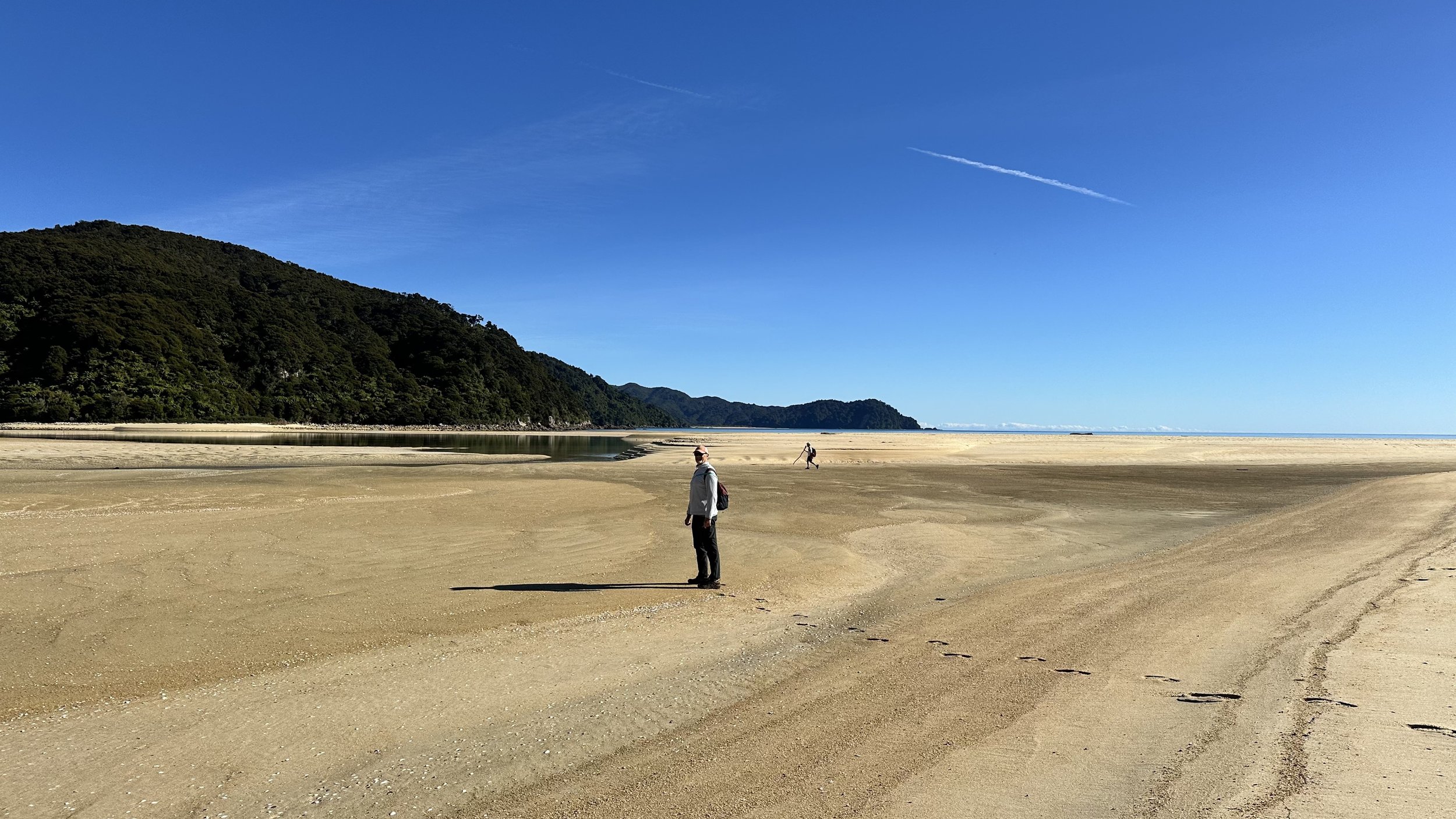
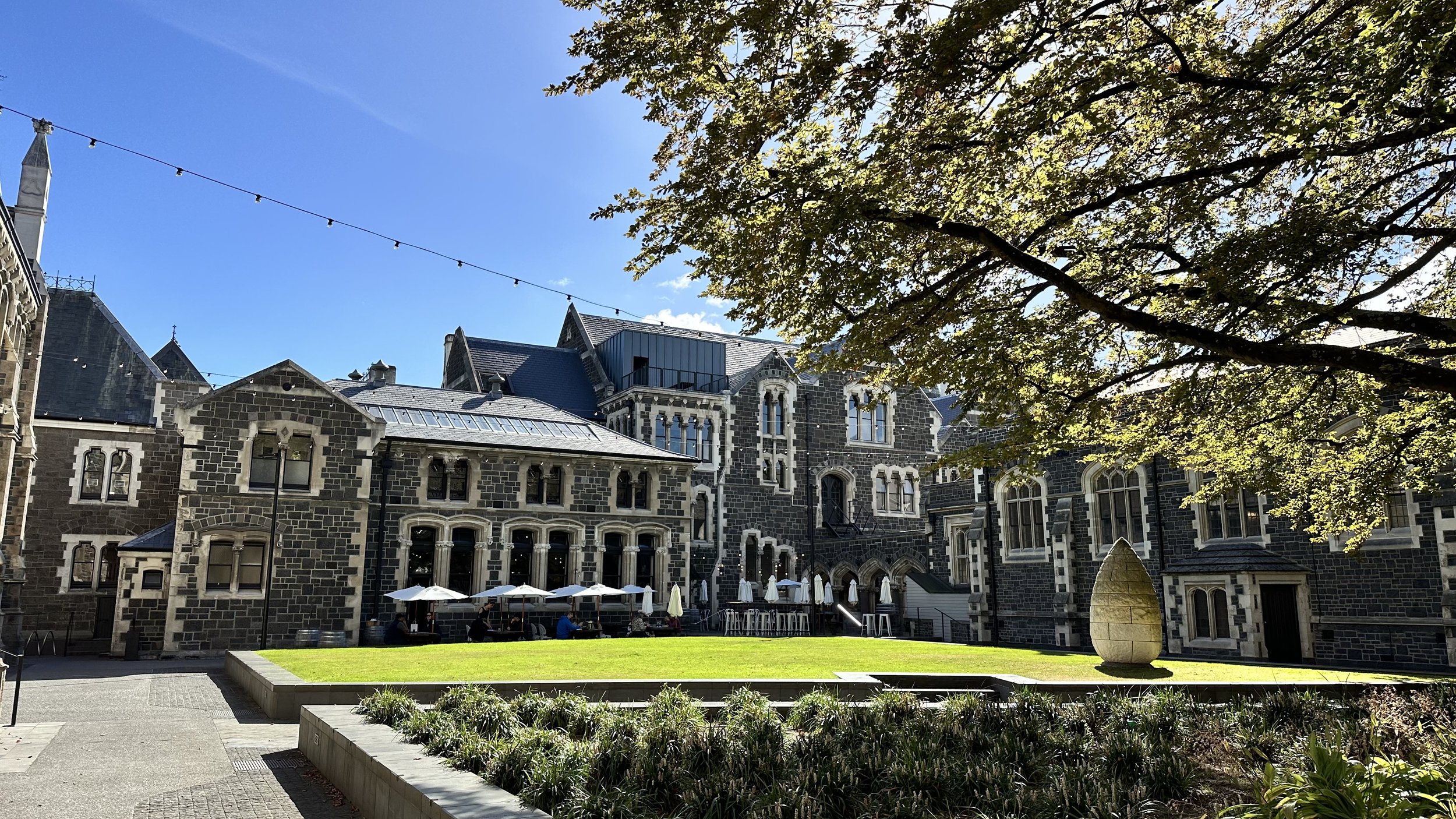
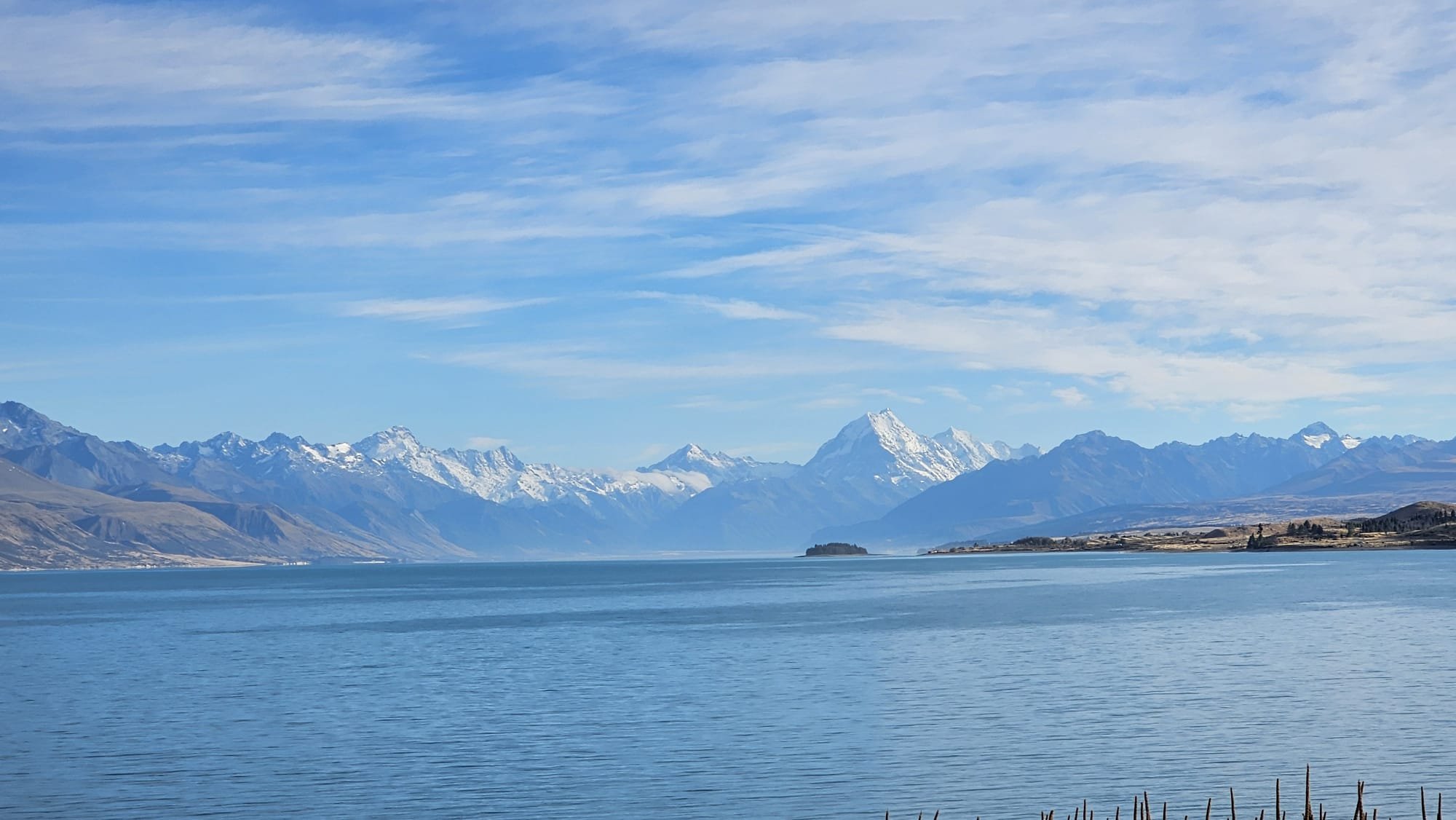

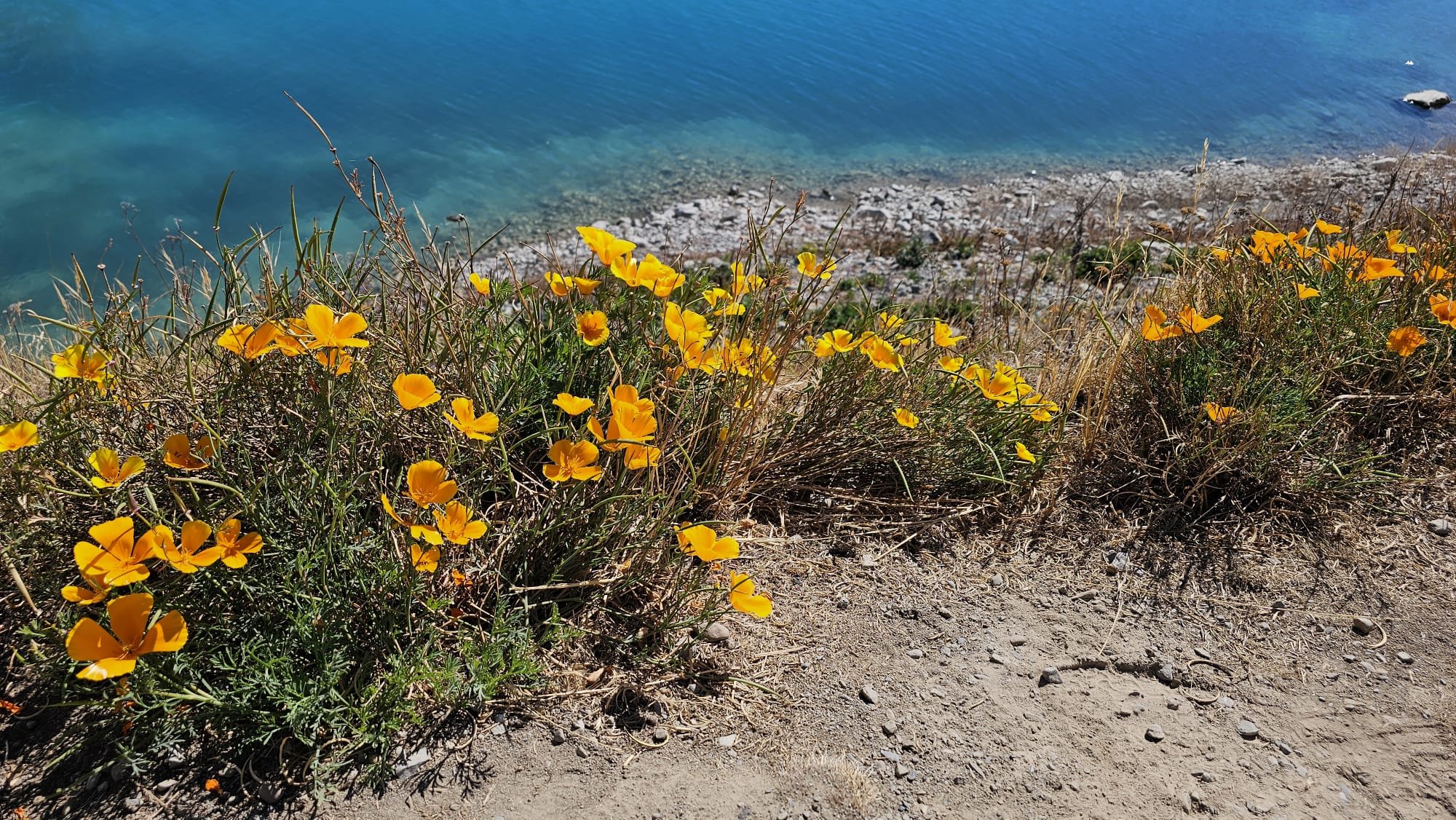
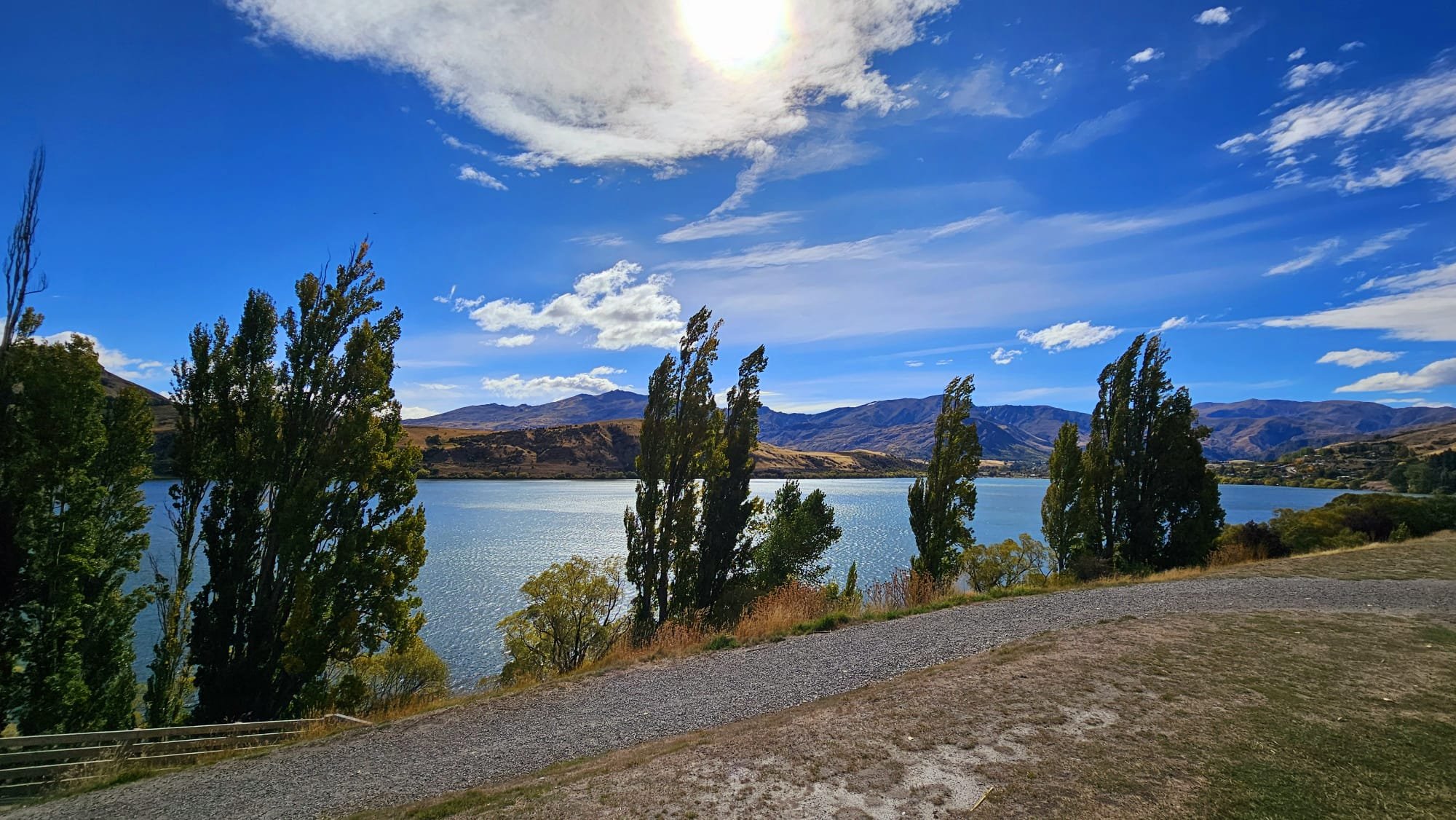
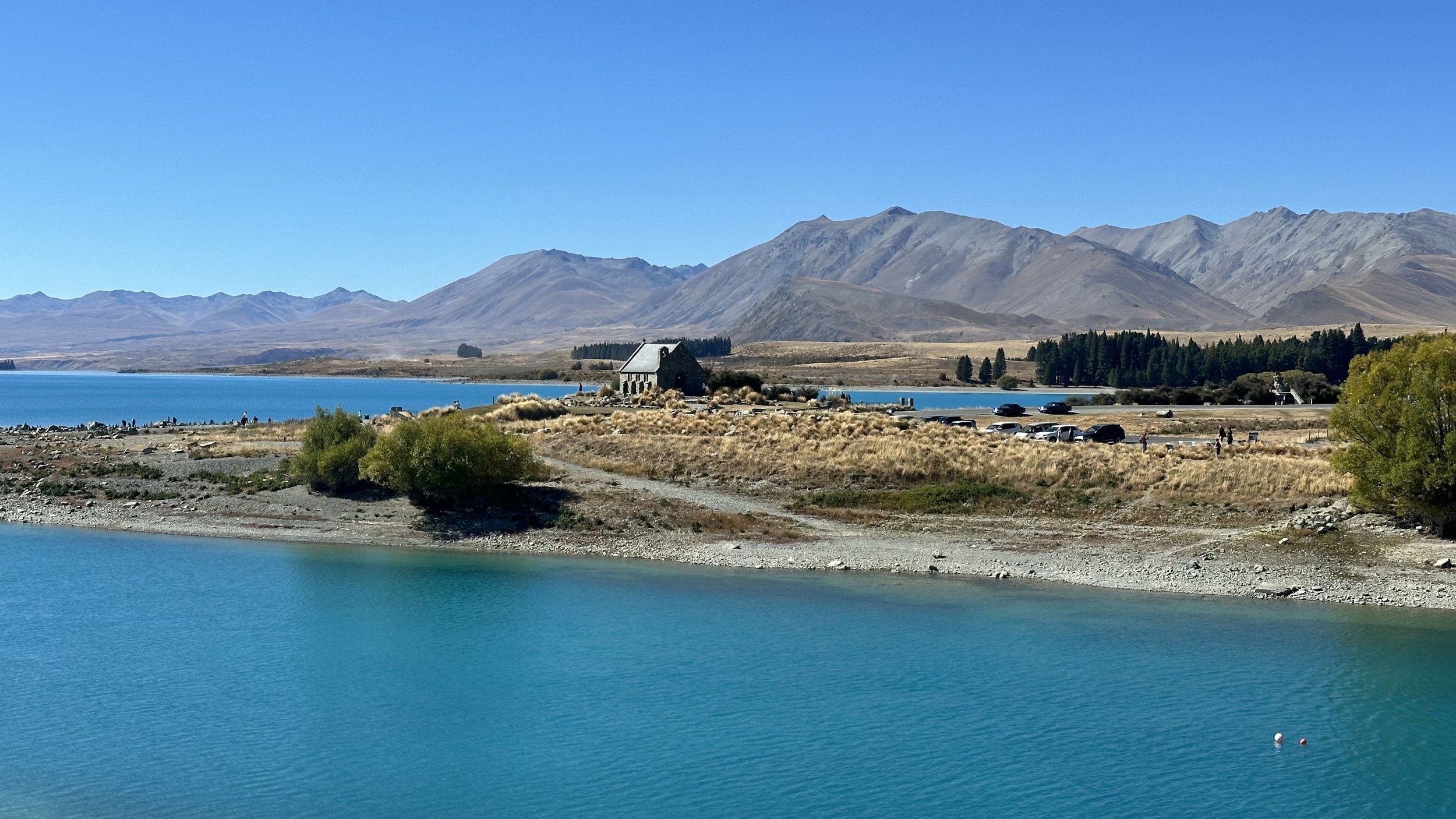
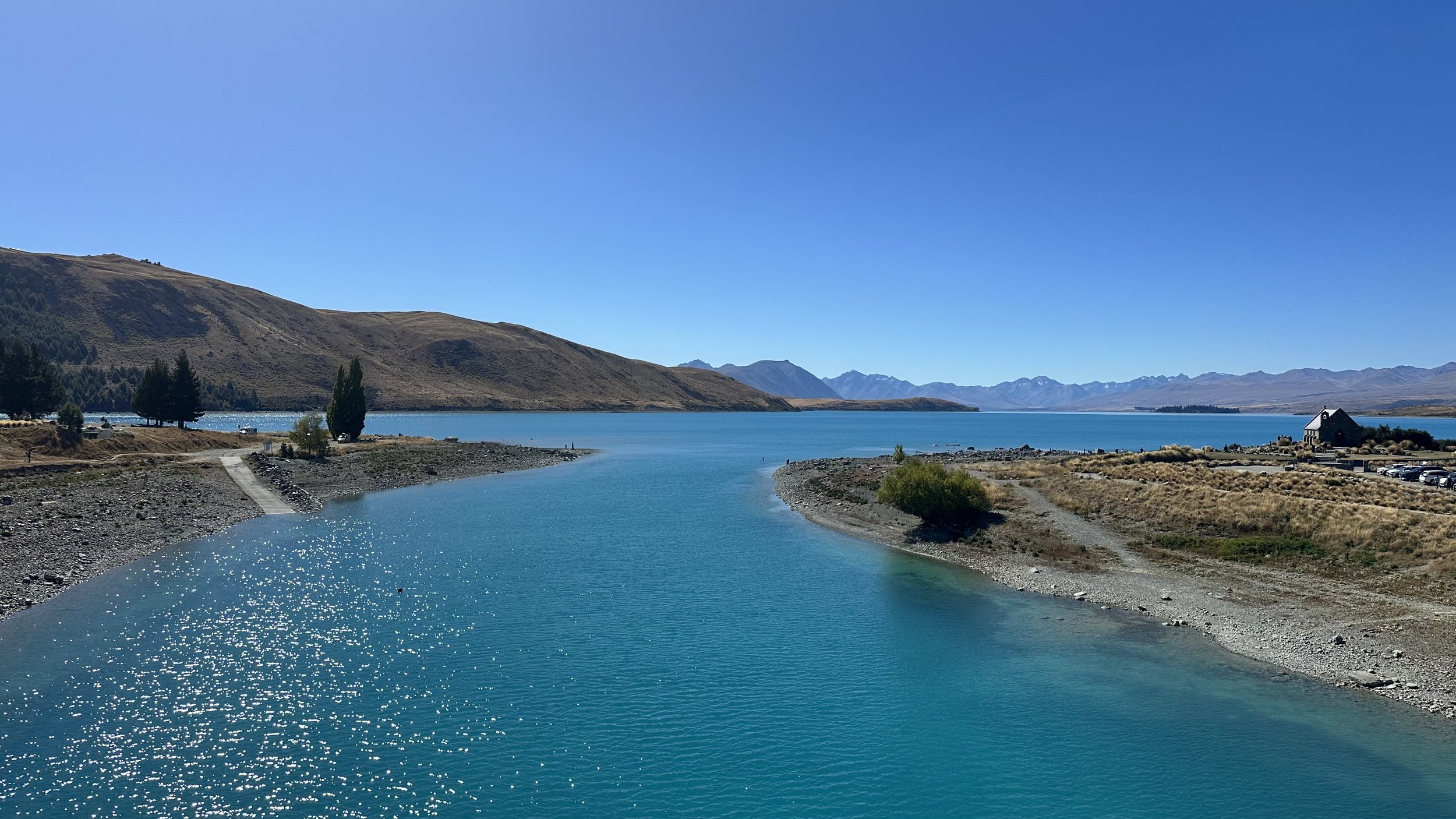
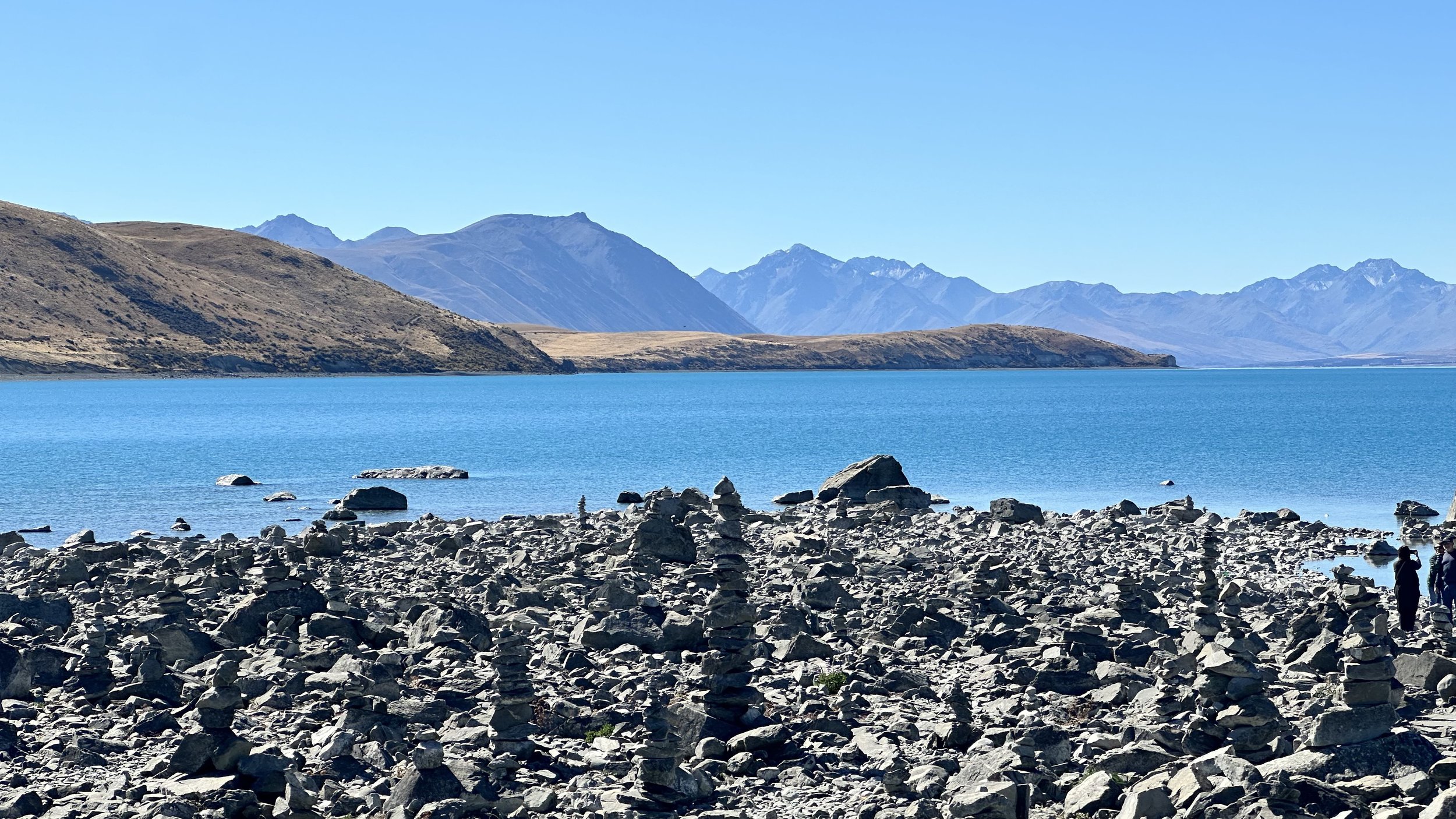
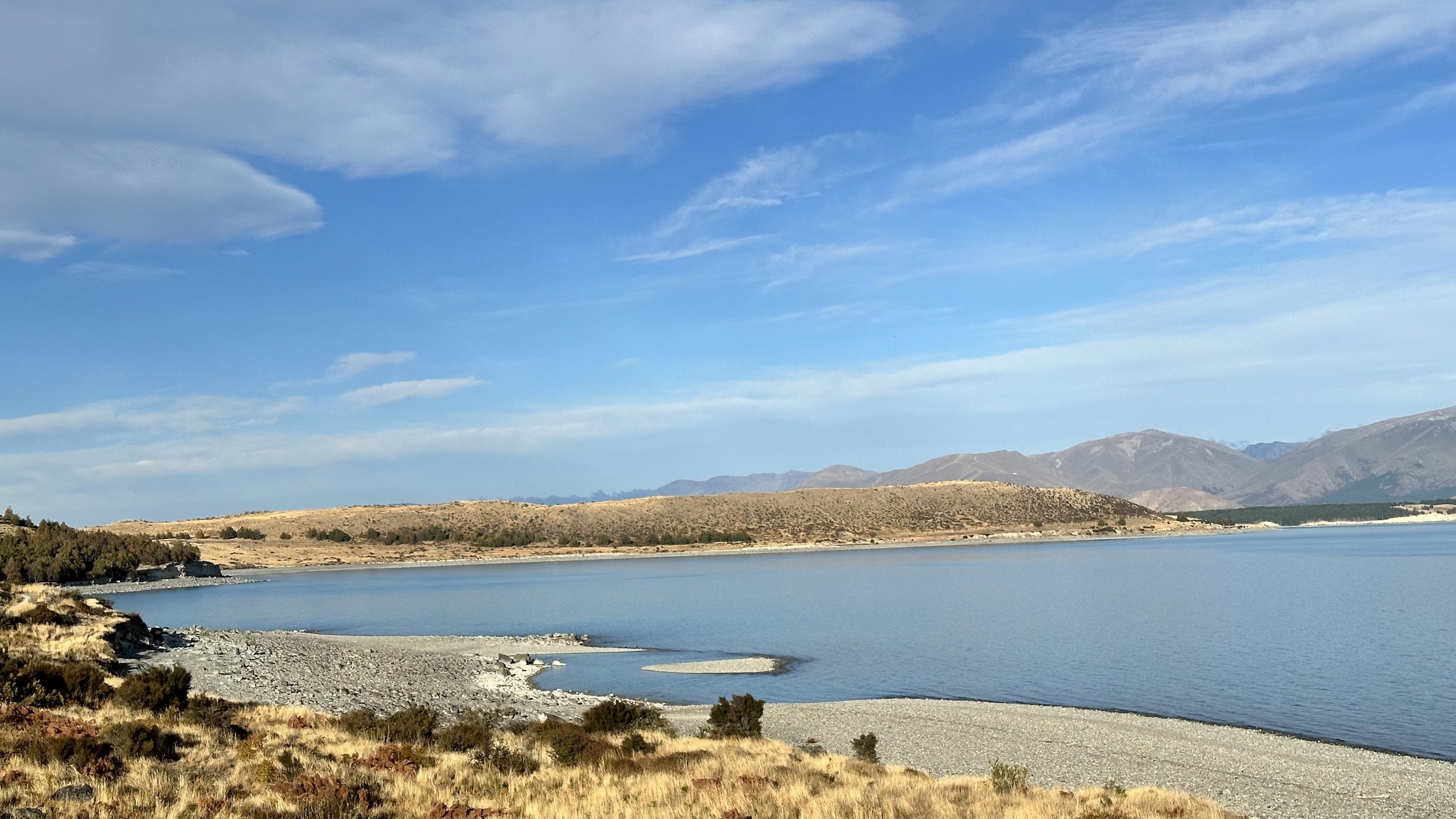
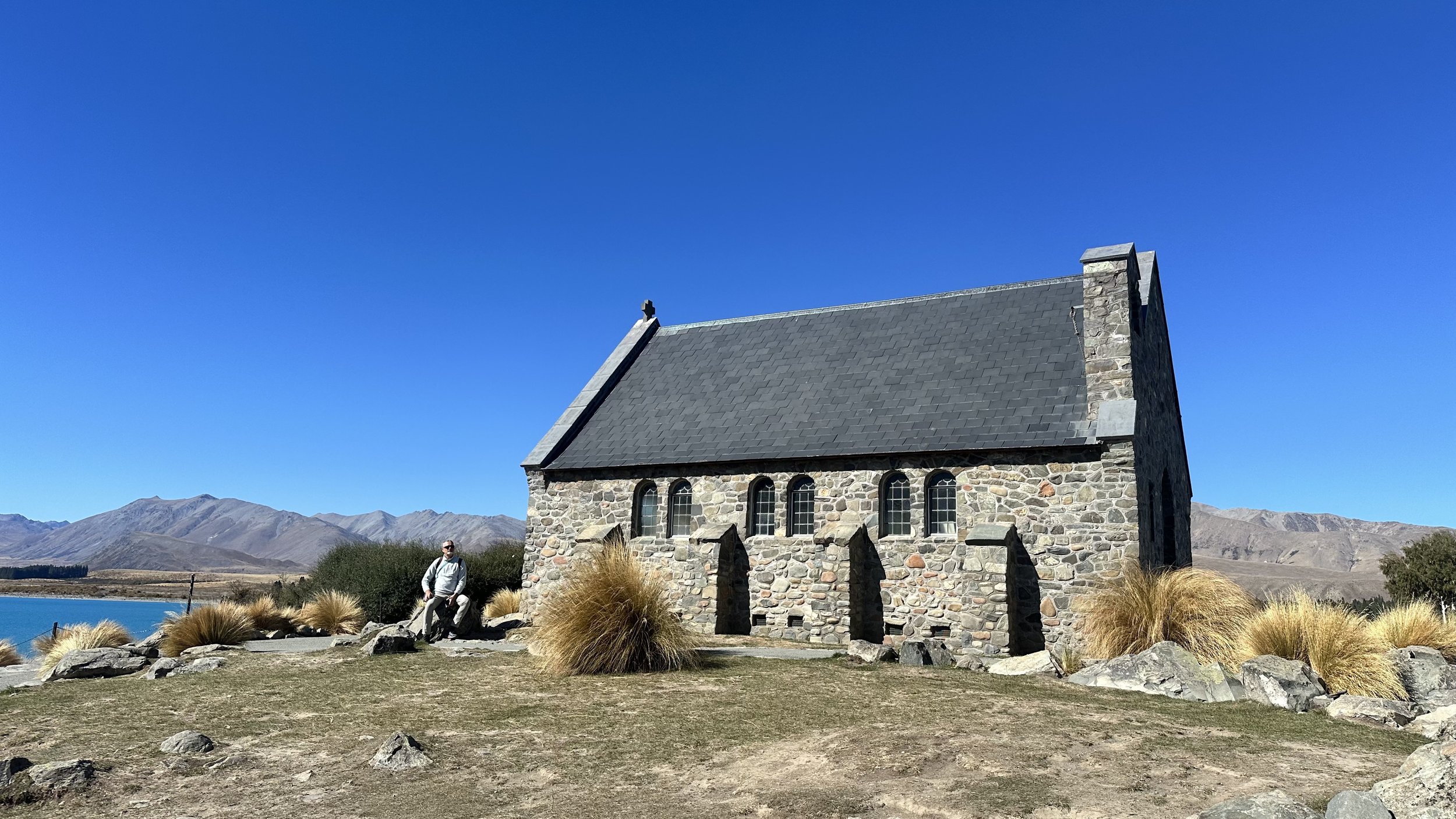
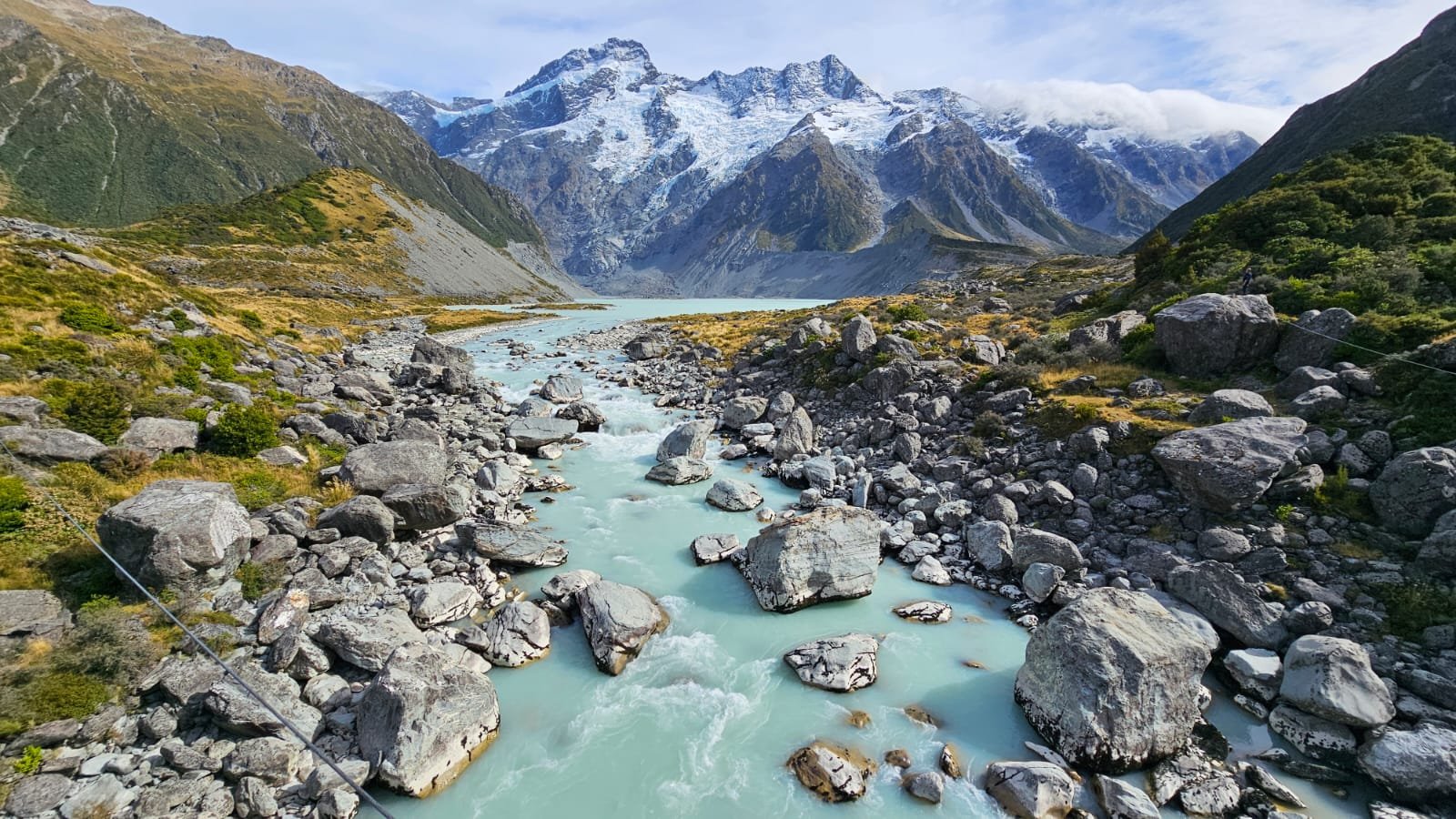
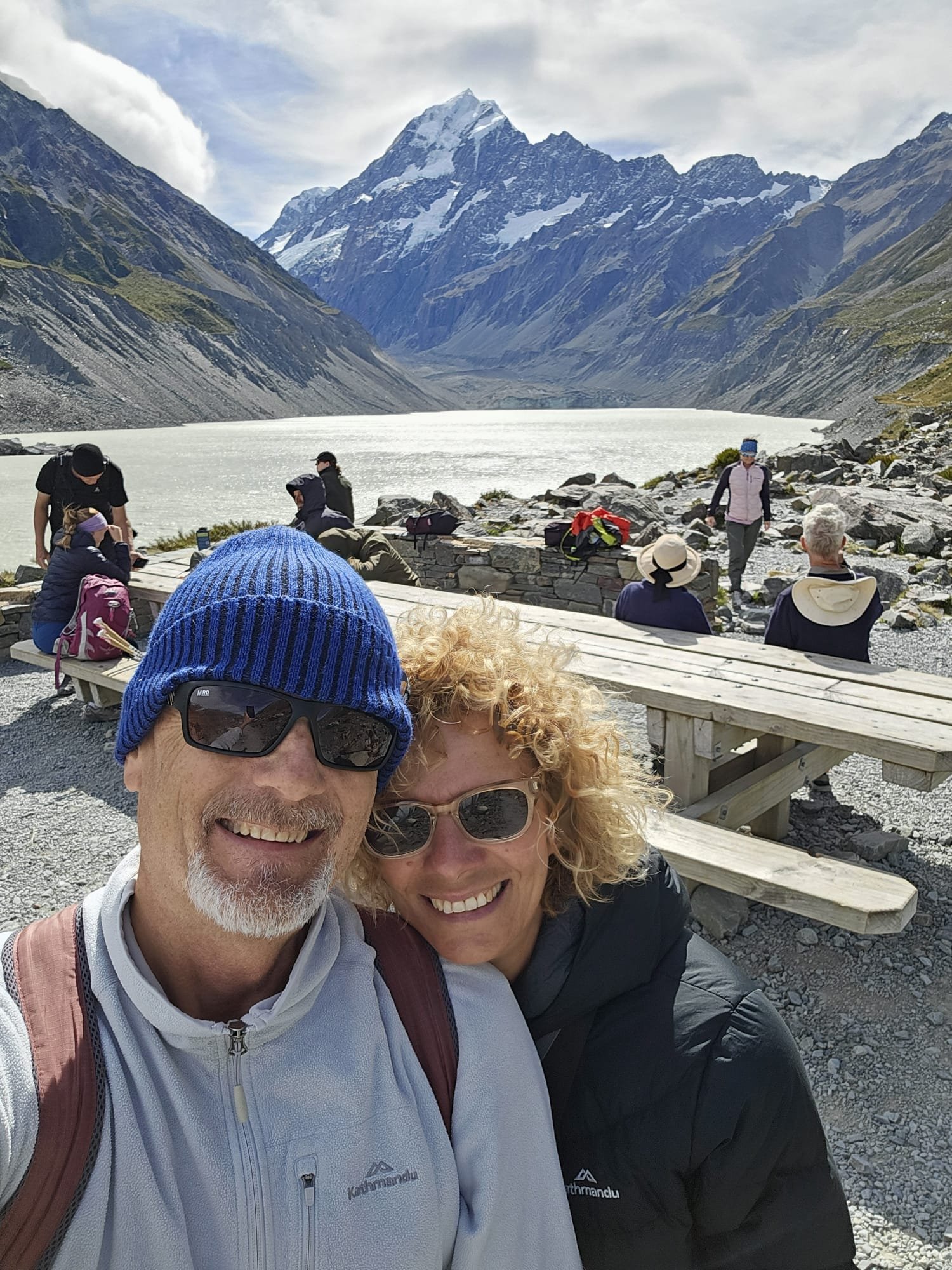
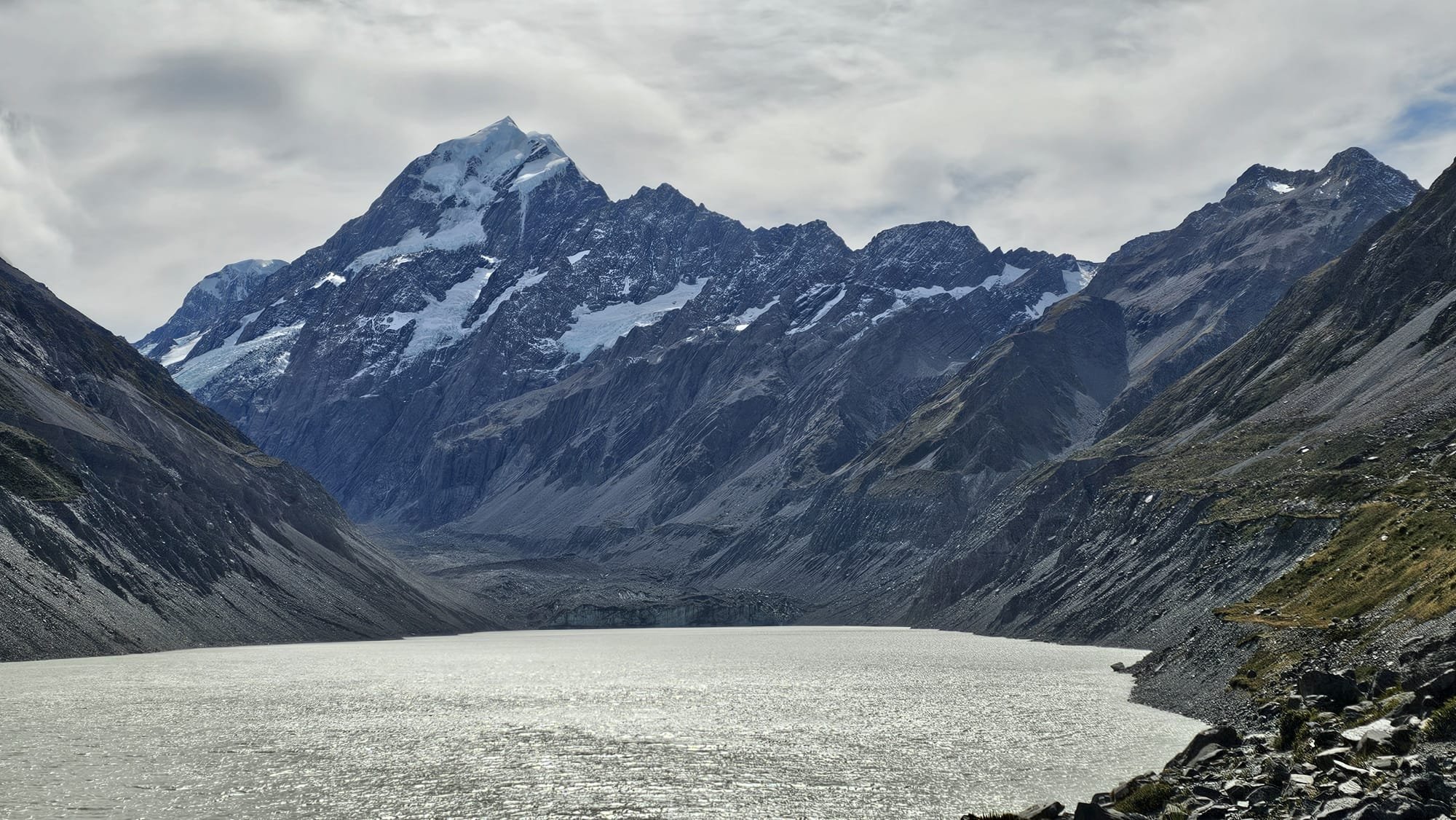
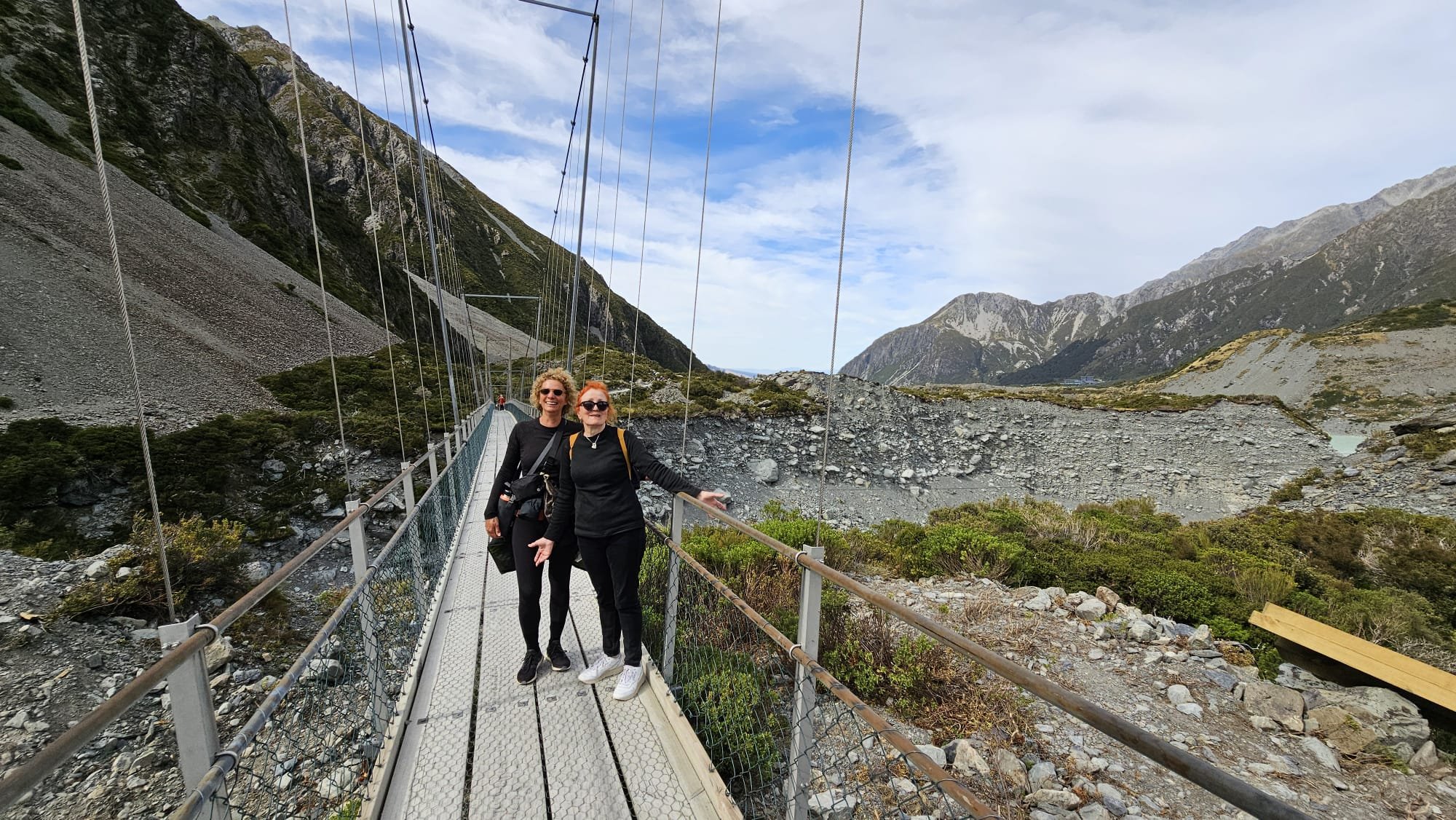

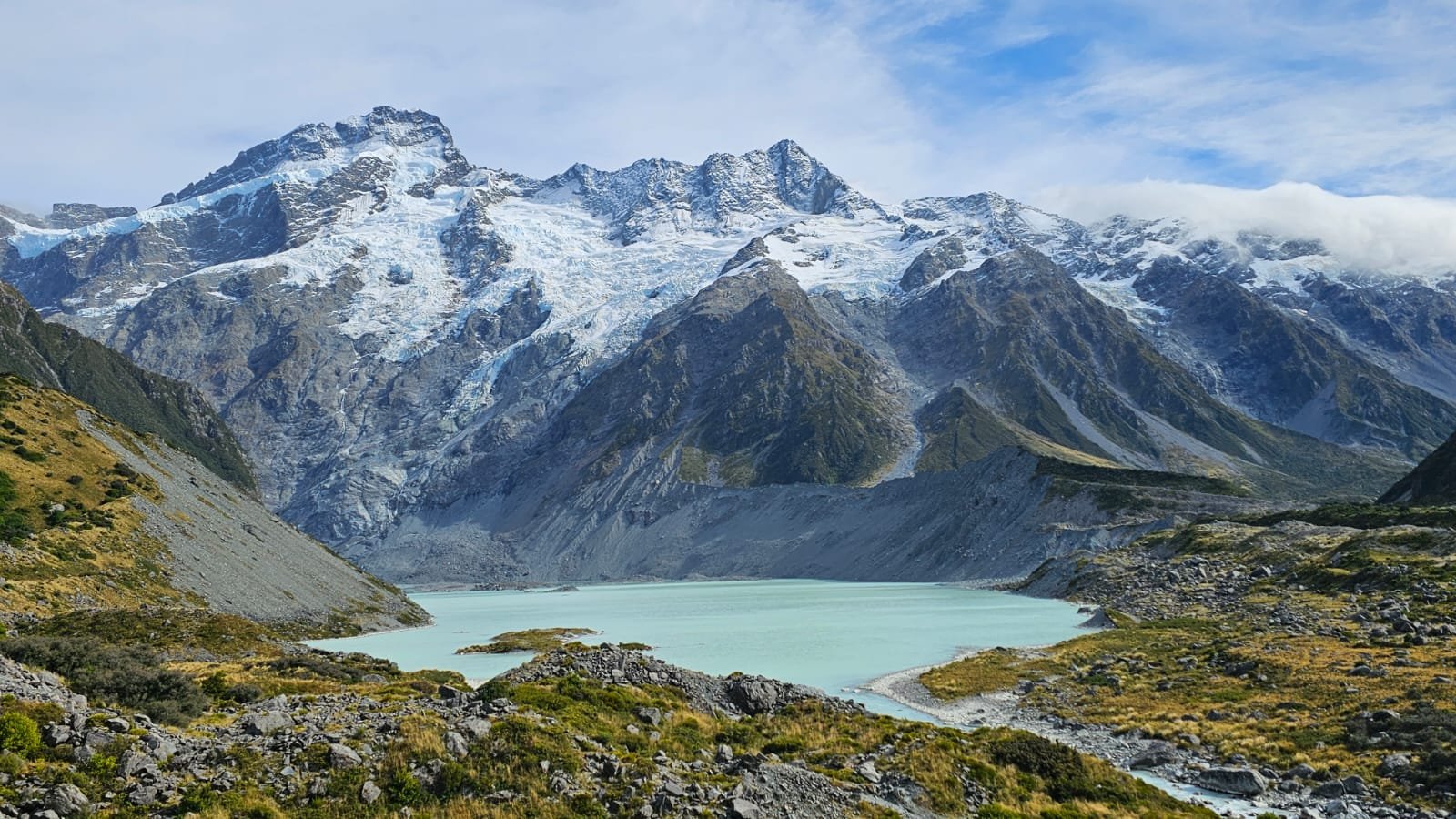


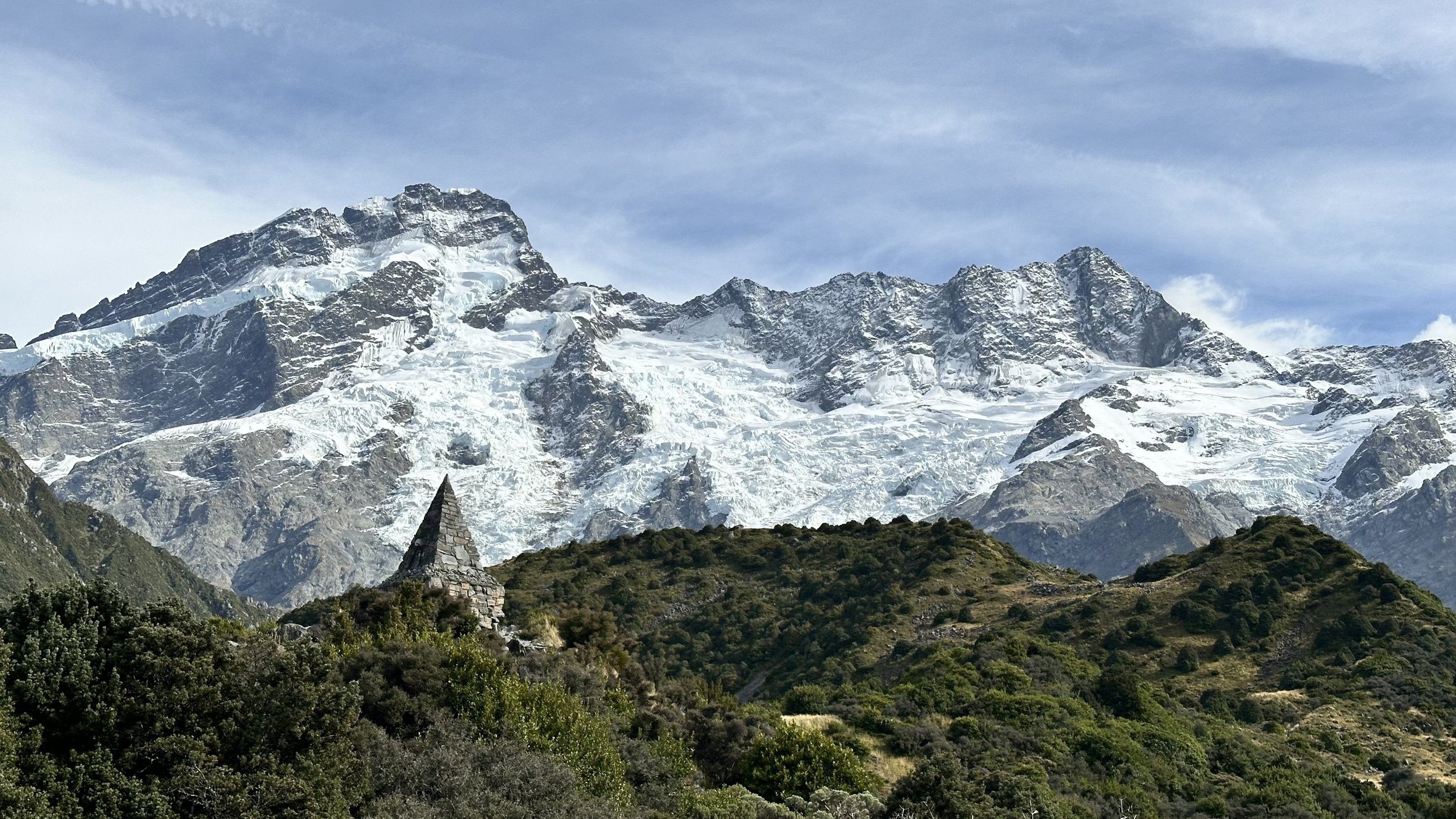
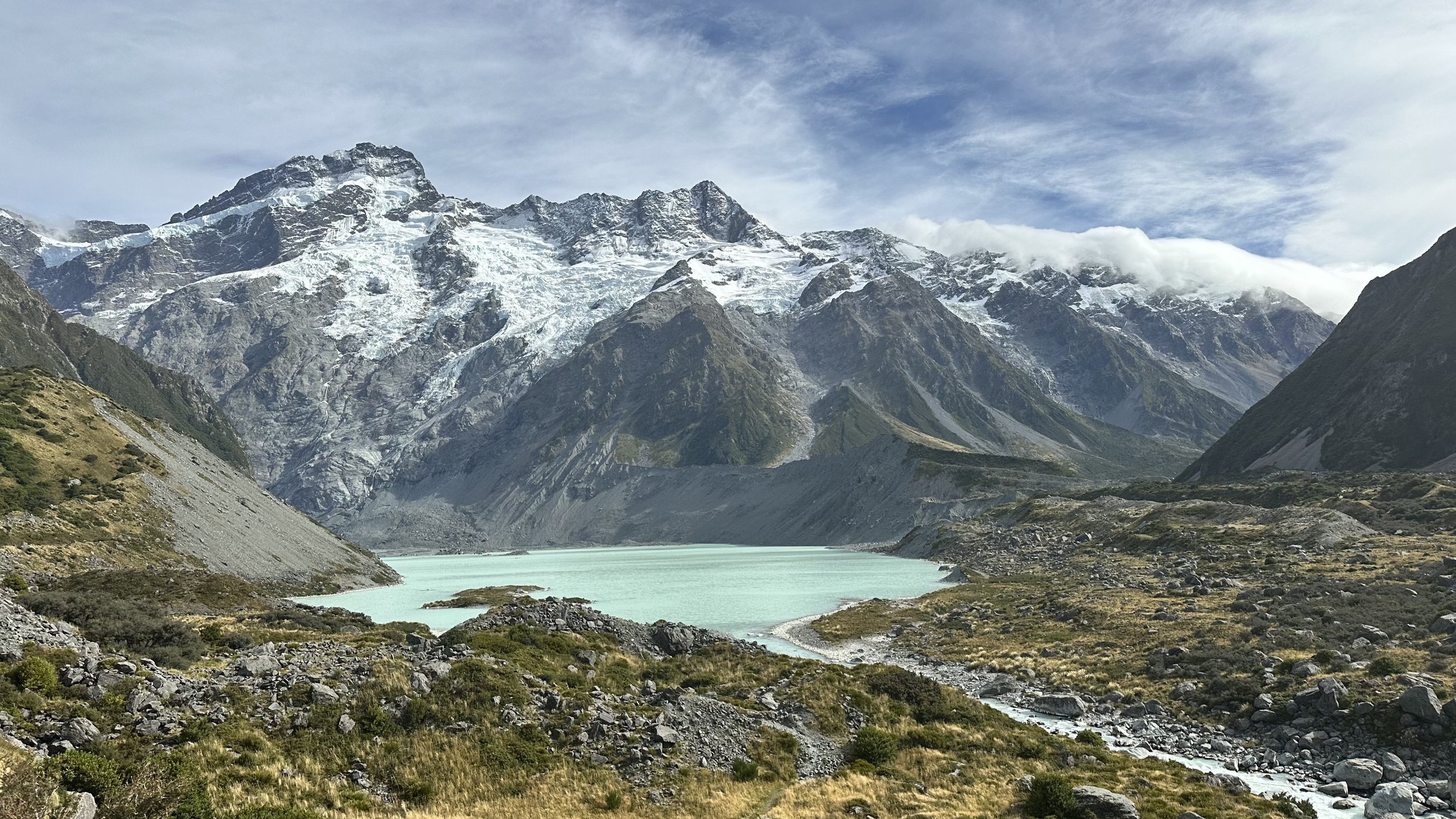
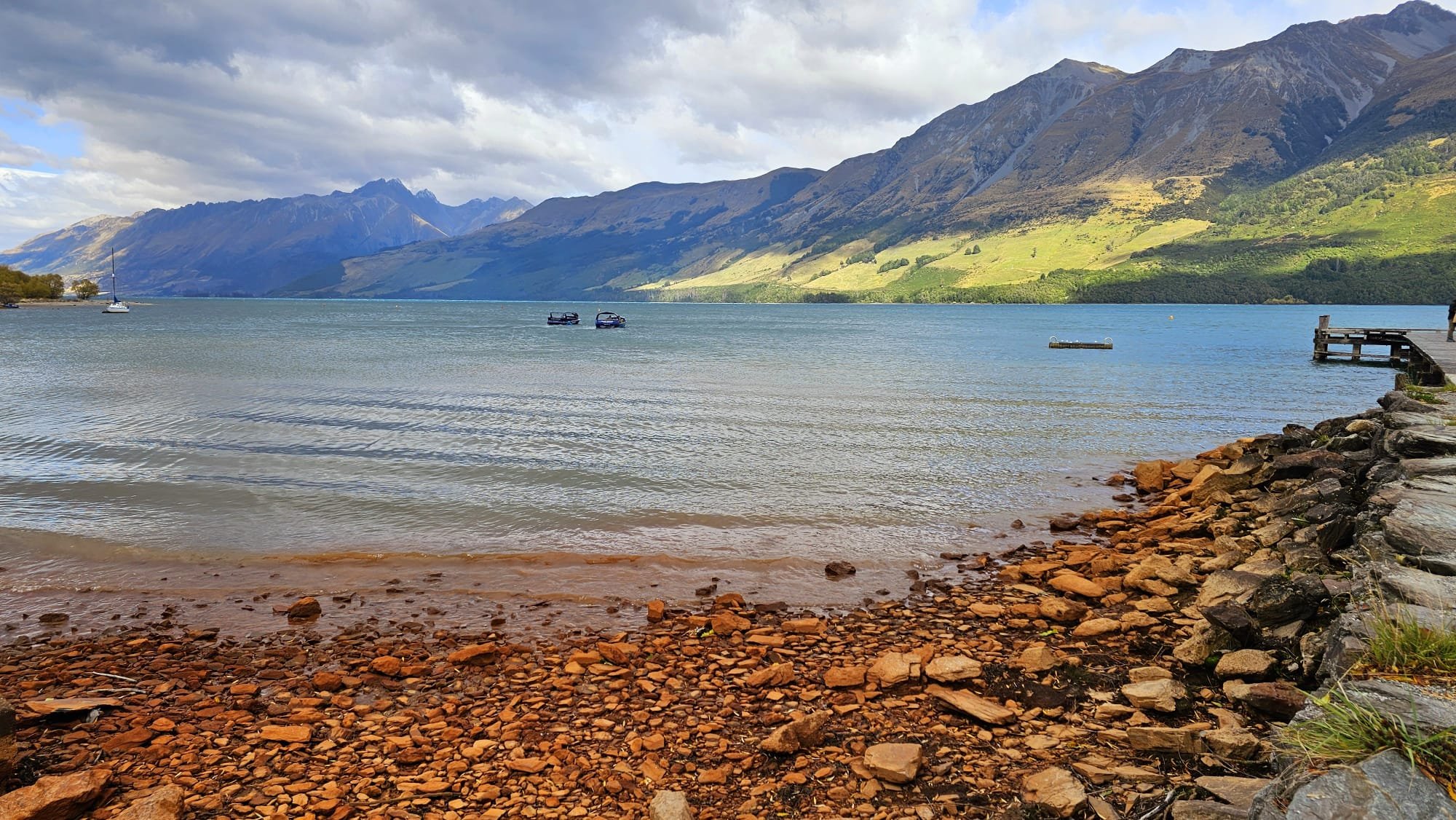
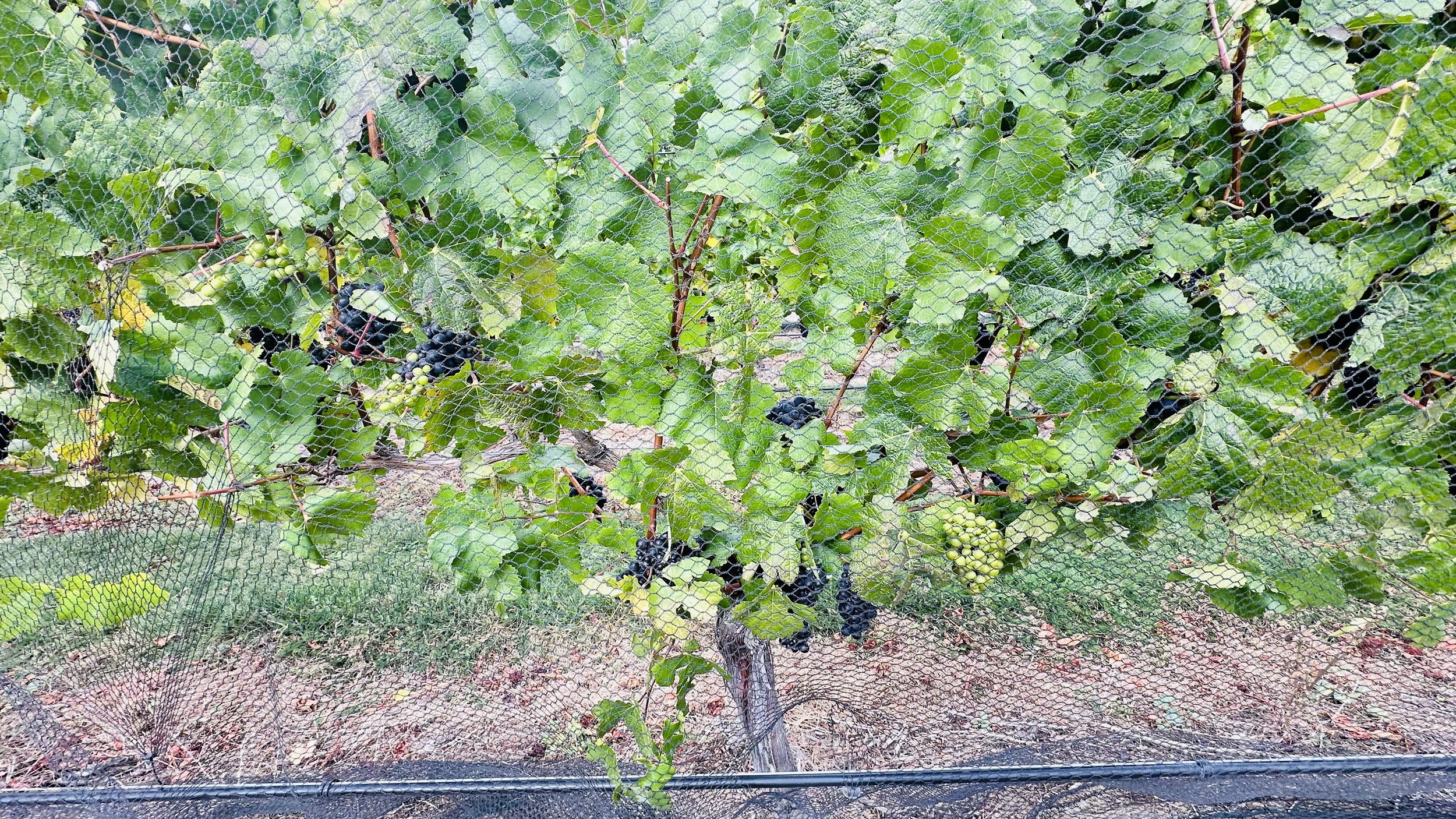


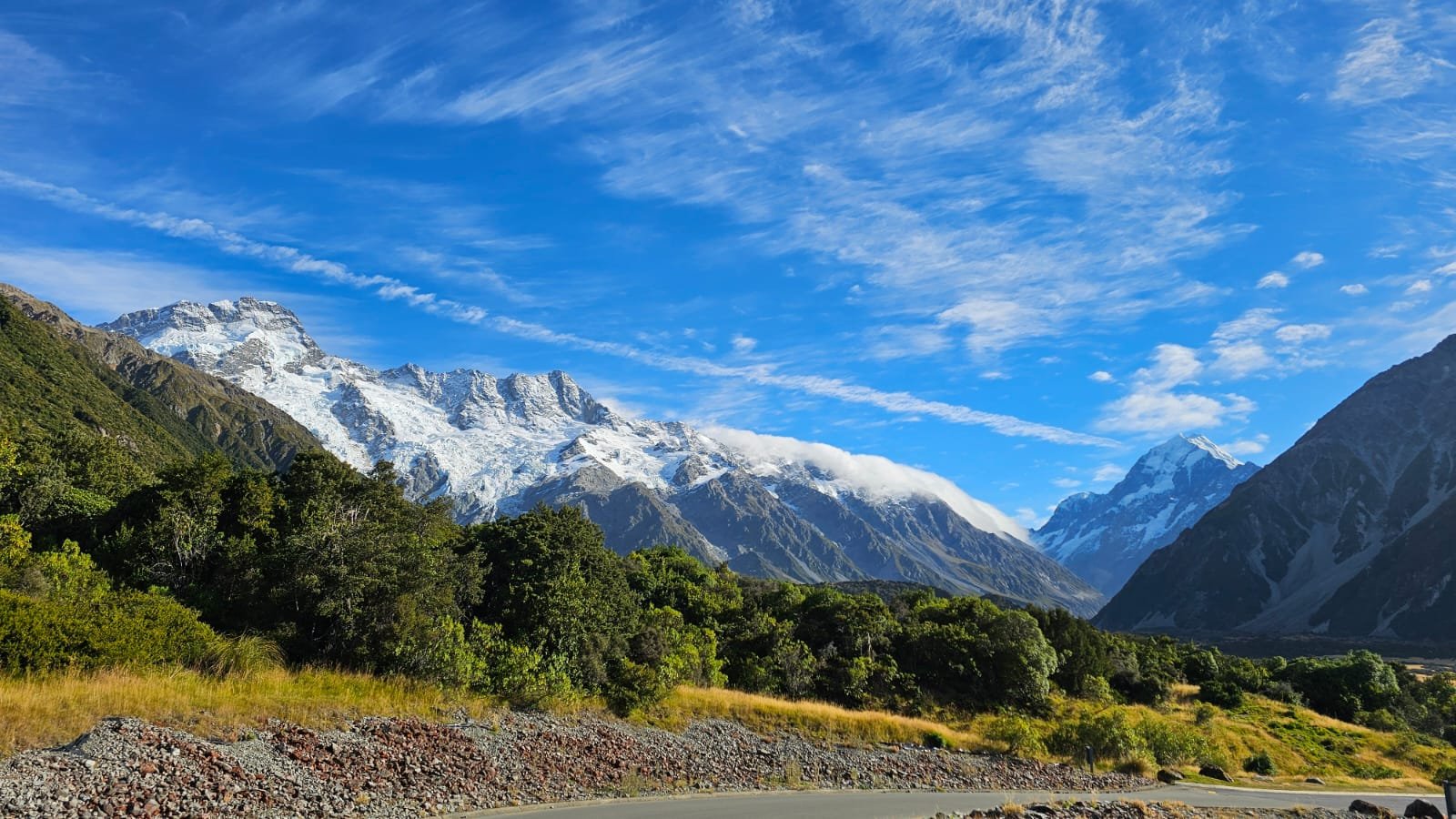

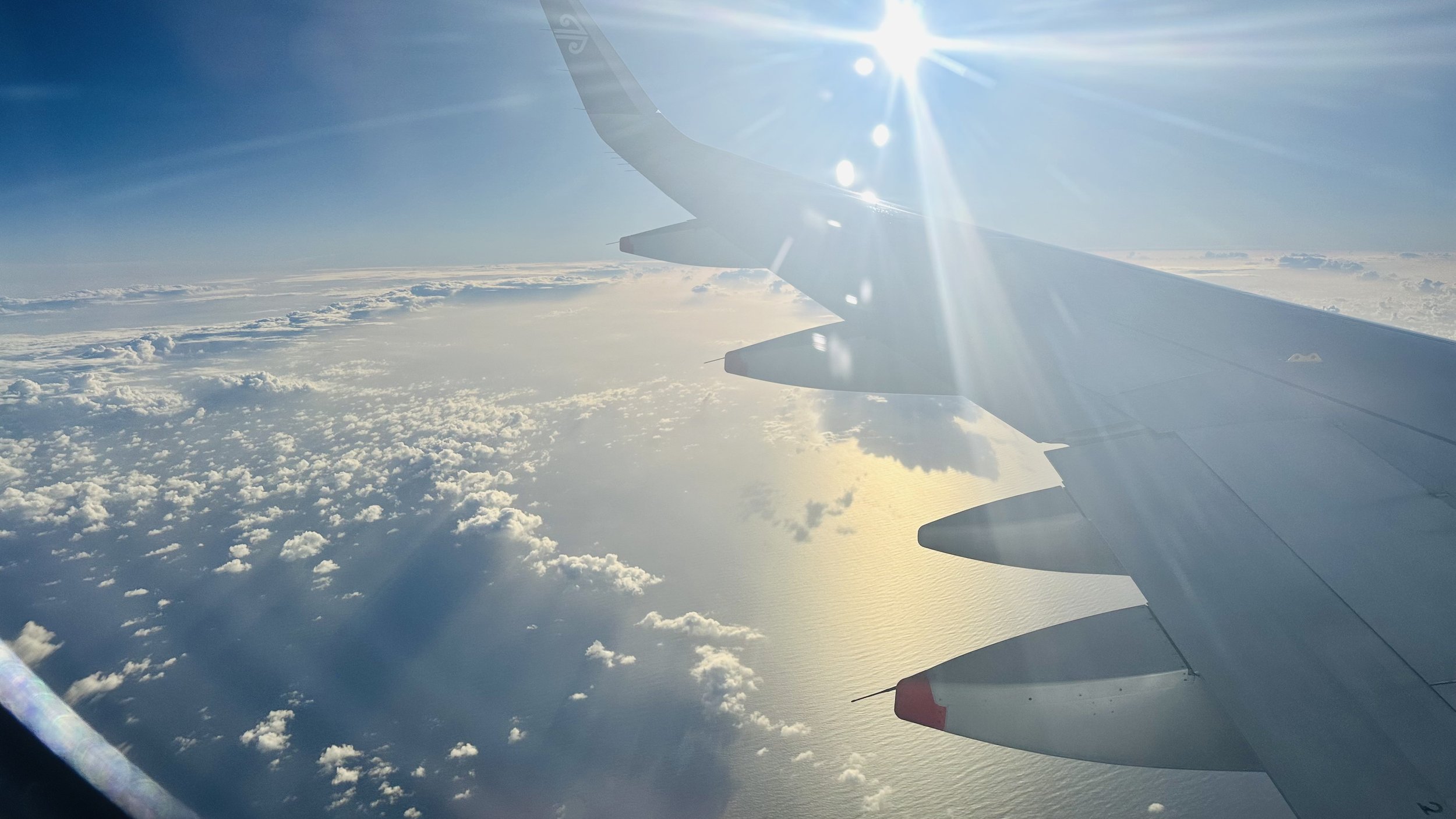
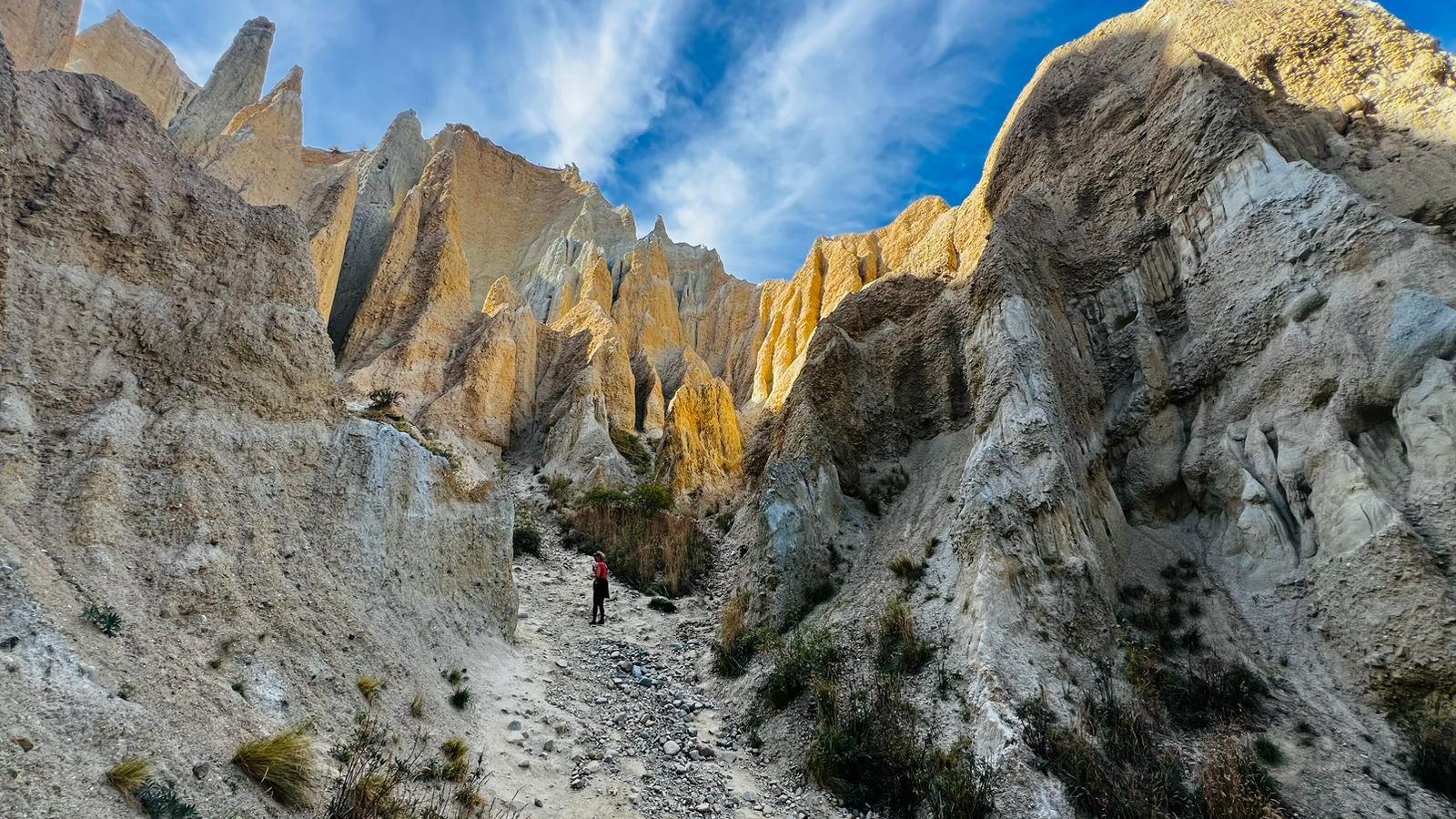



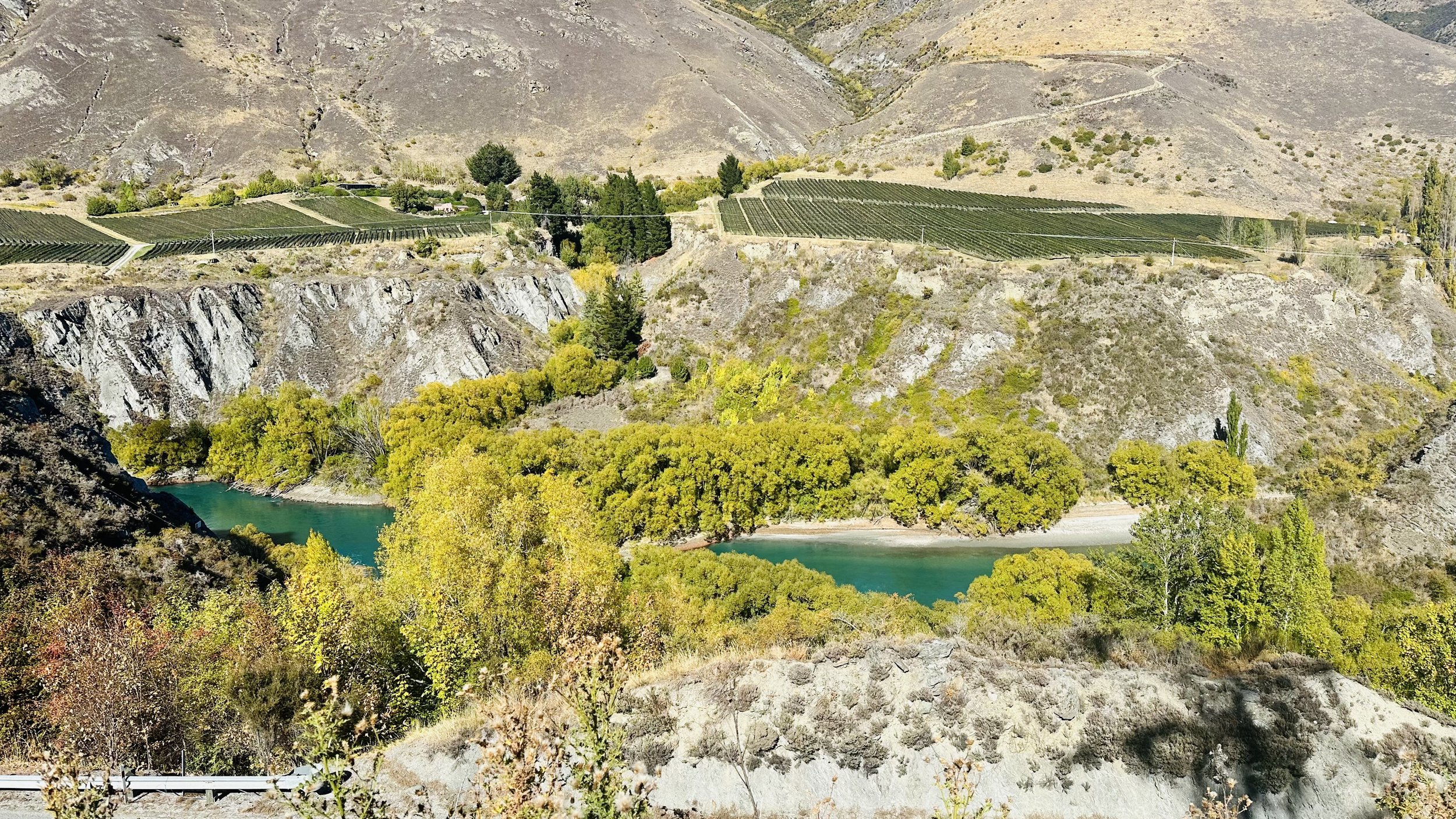
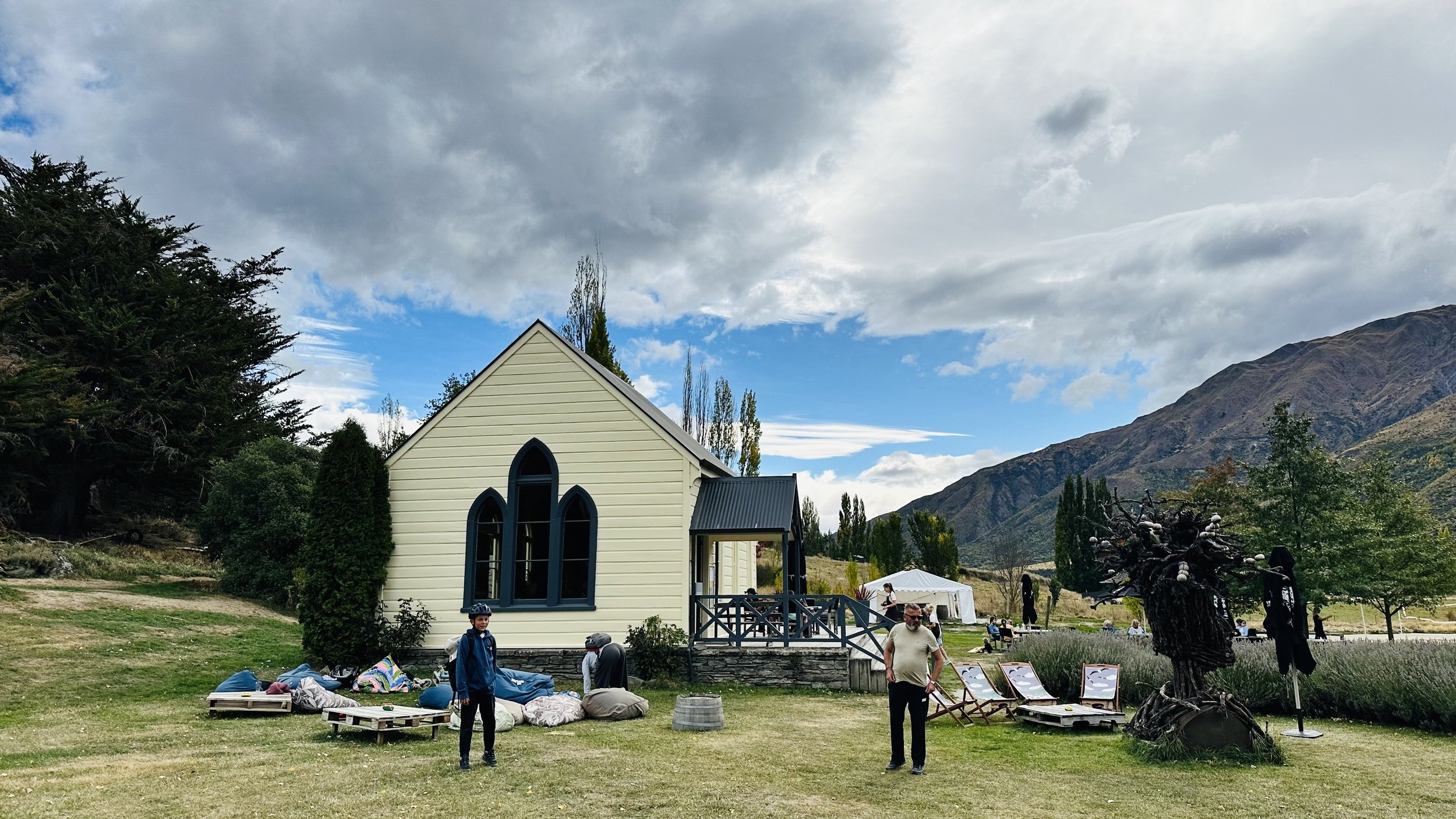
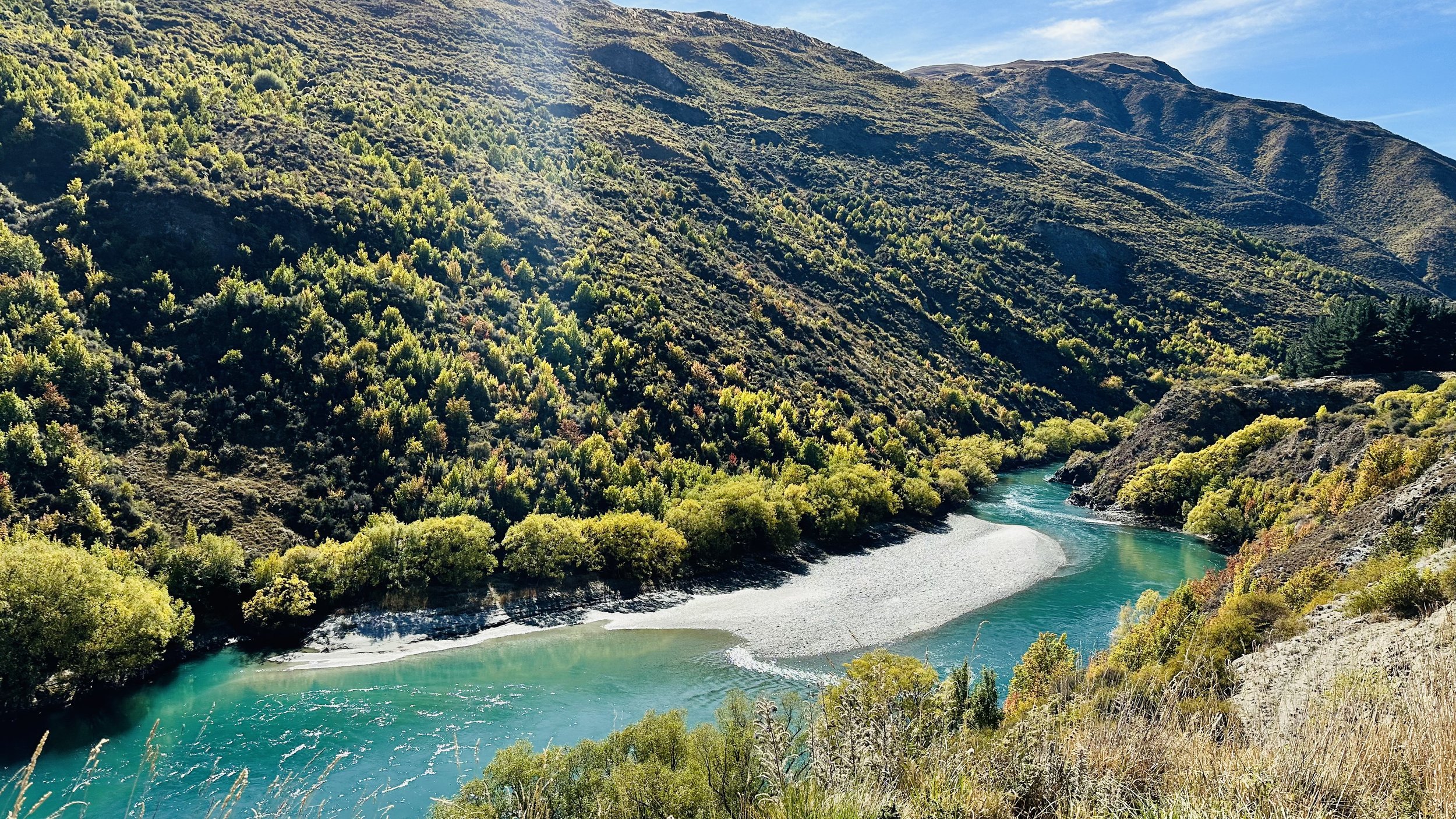
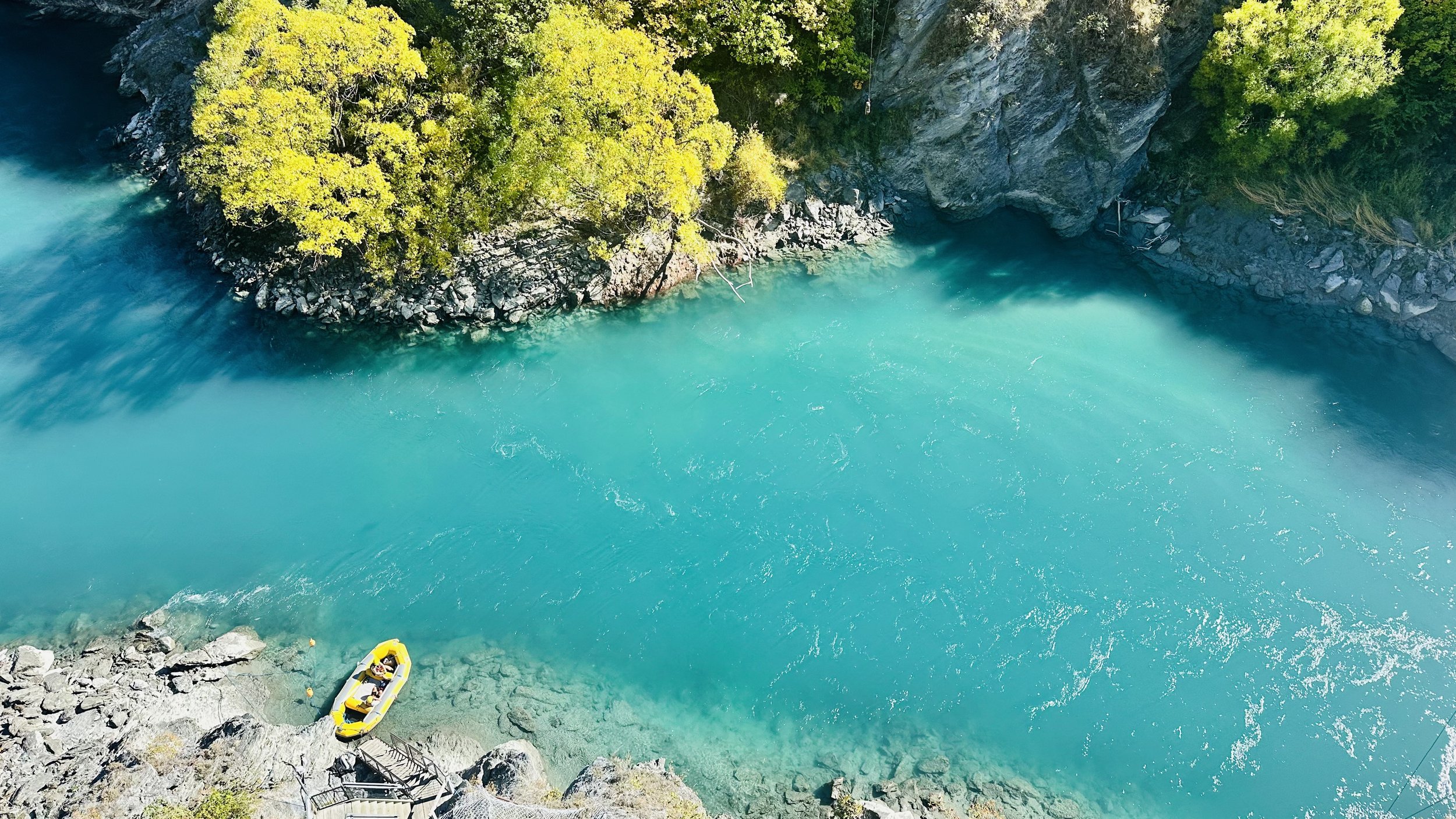
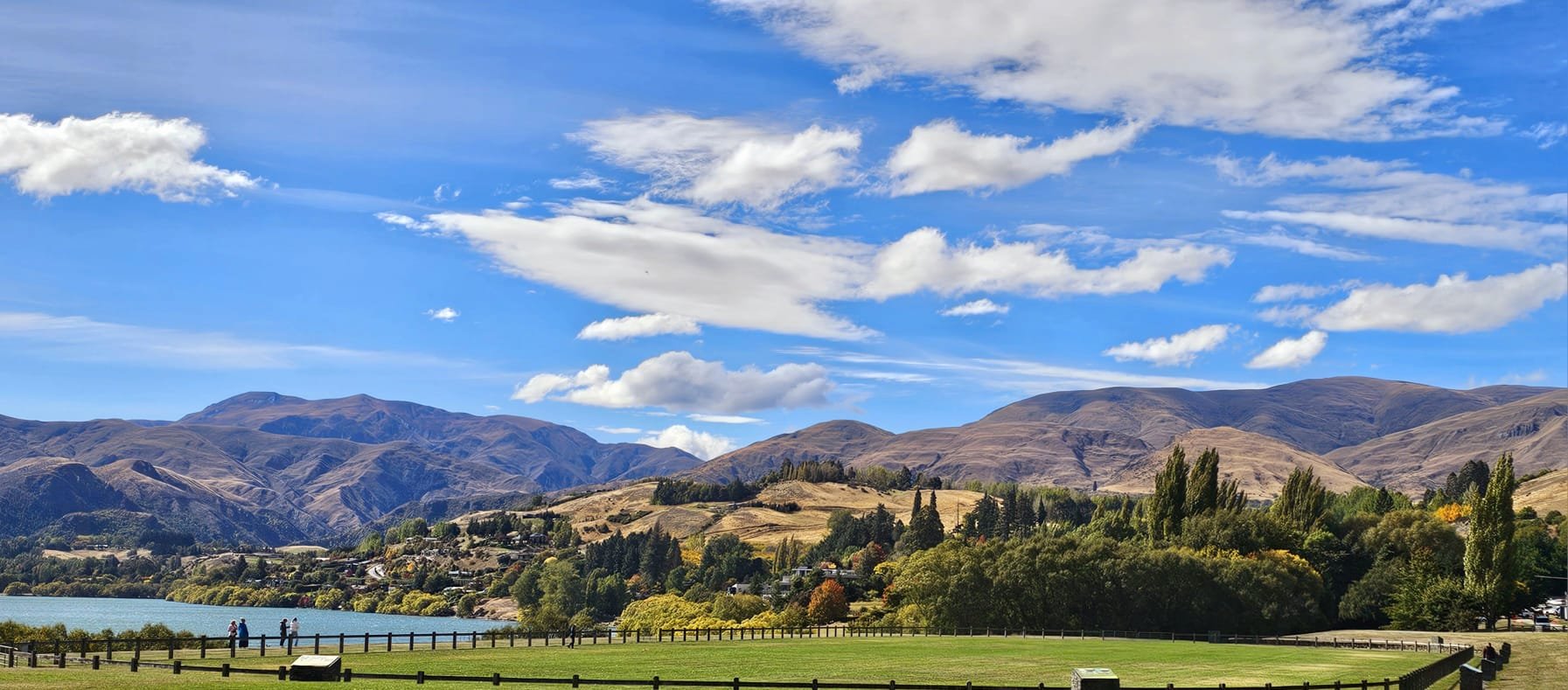

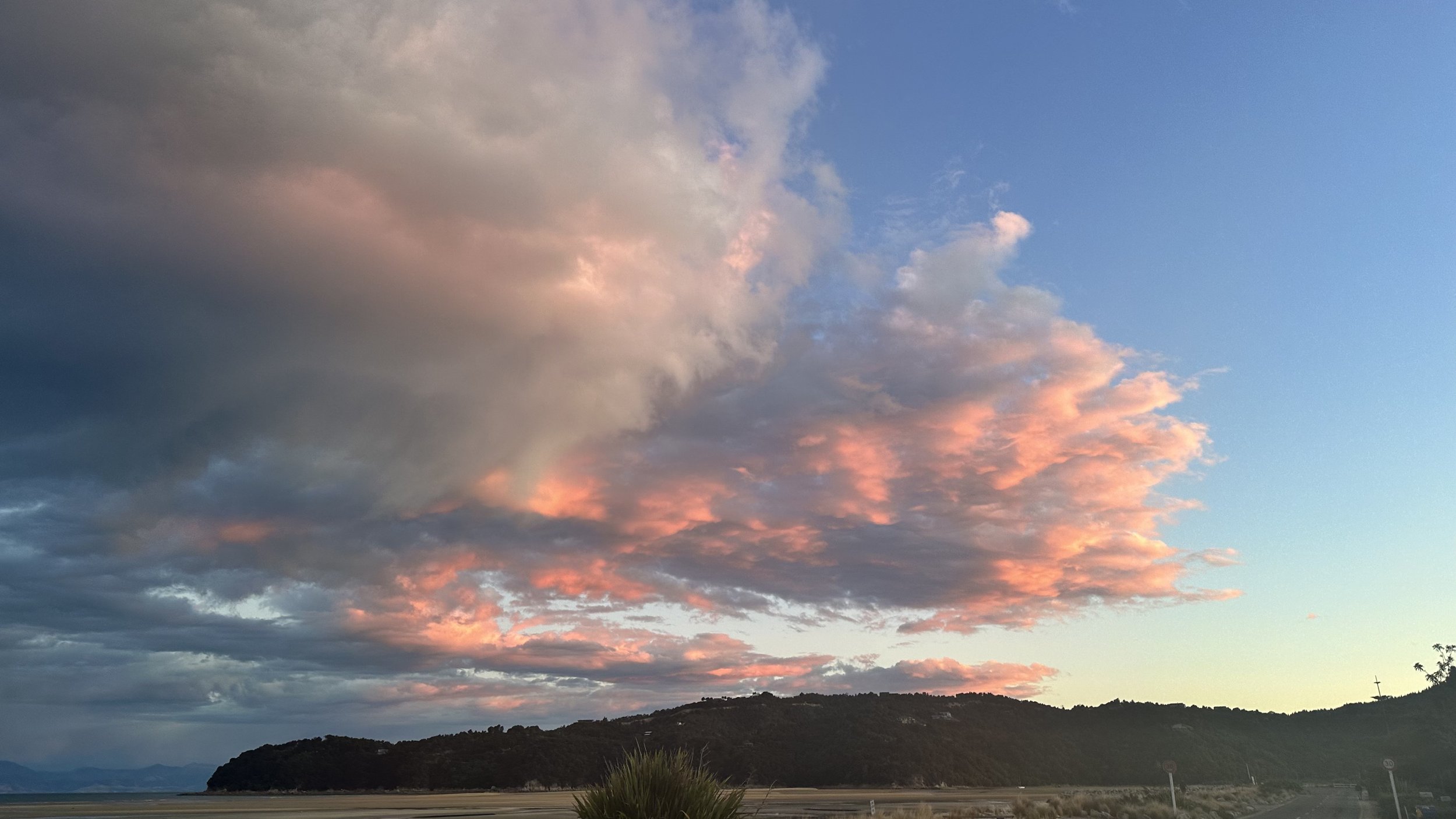
CENTRAL NORTH ISLAND PHOTO ALBUM
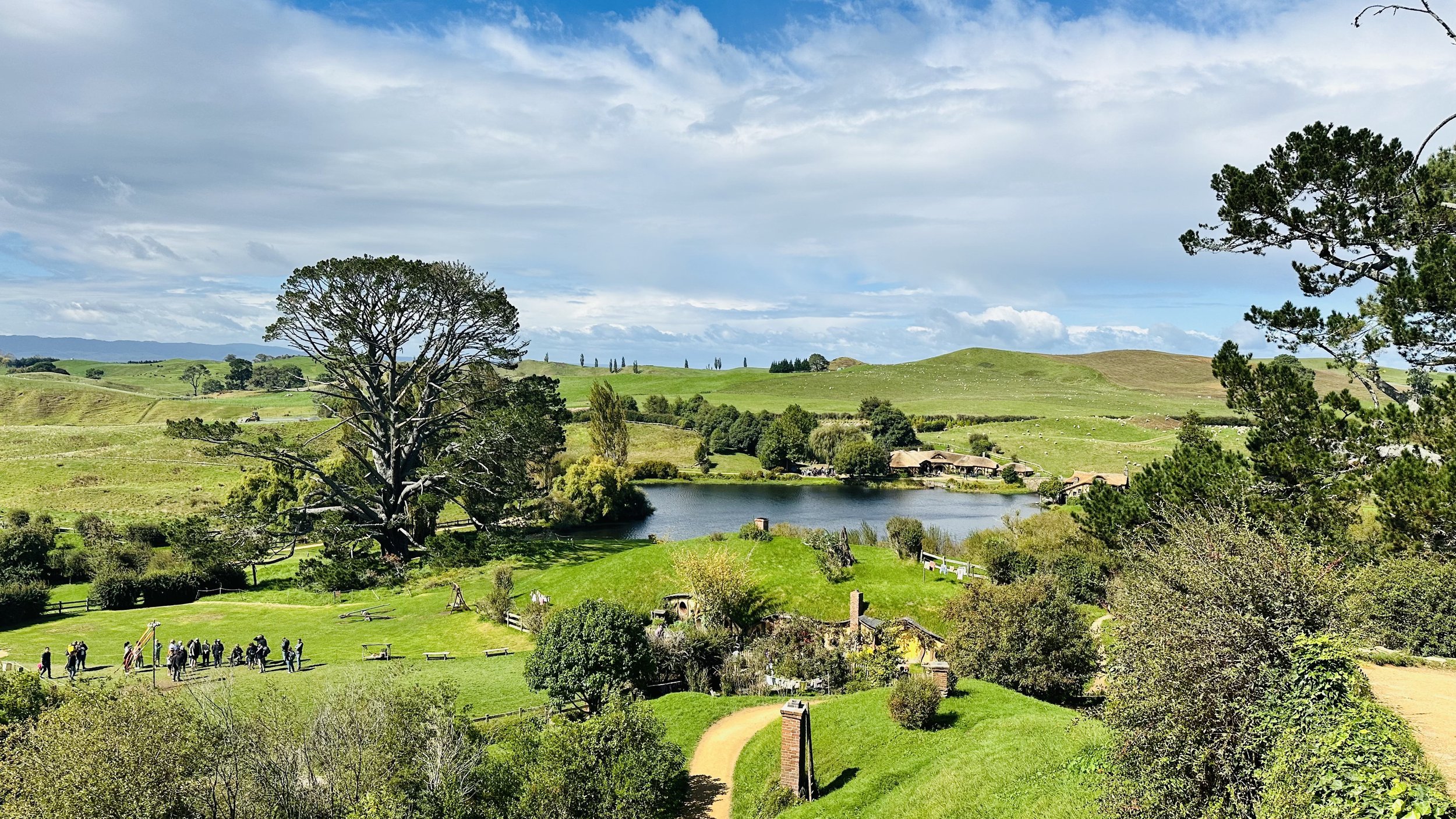
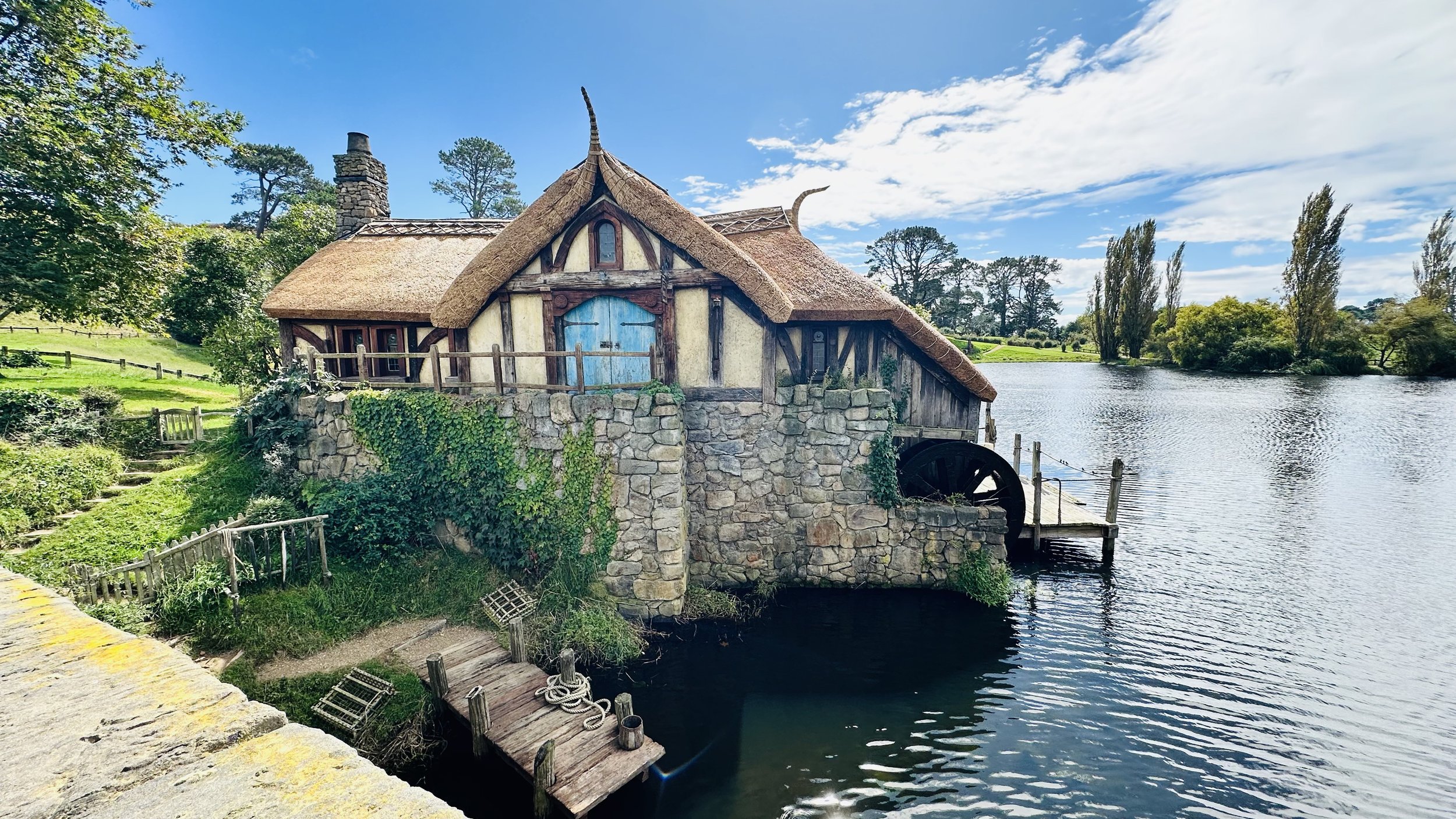
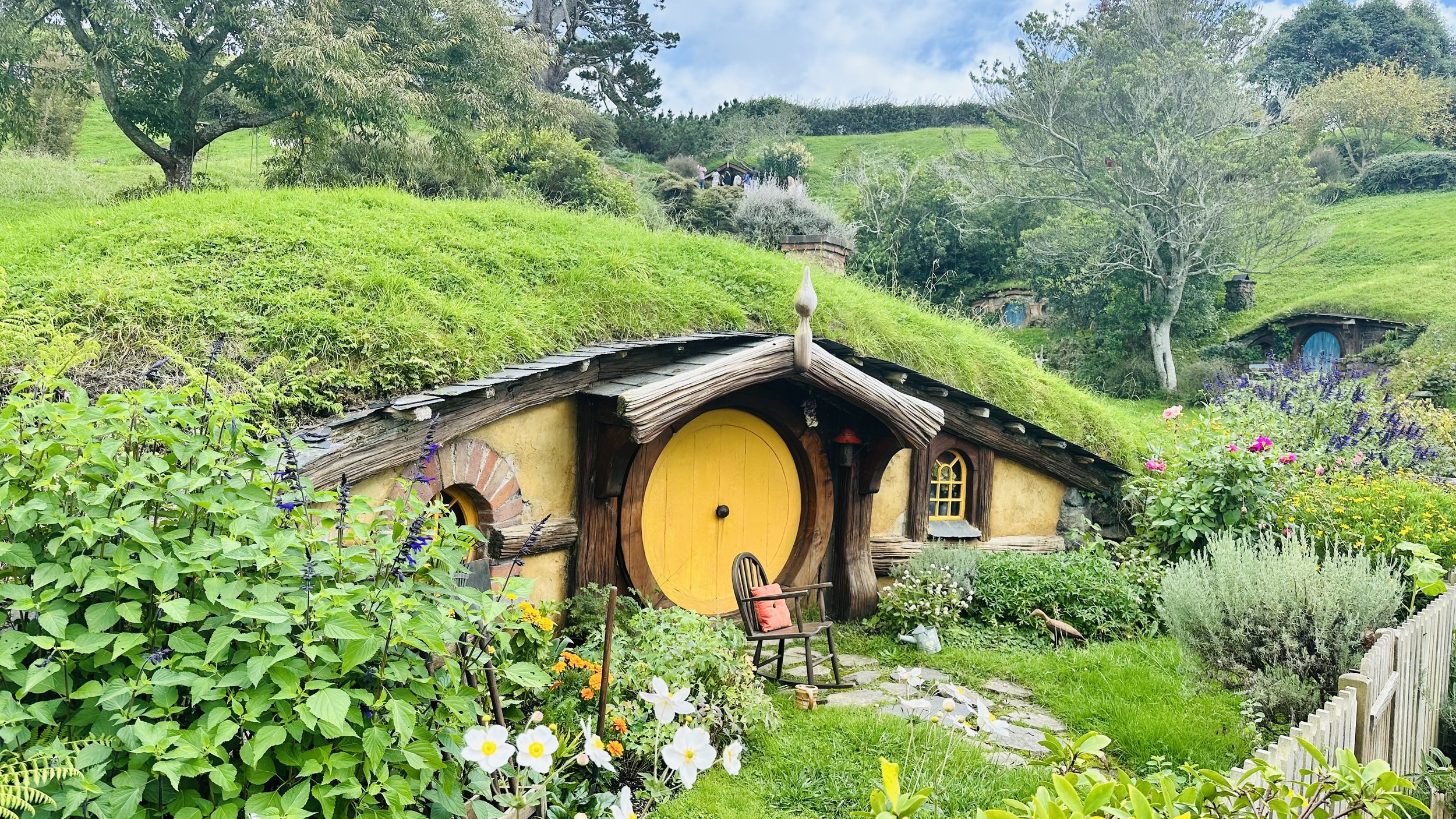
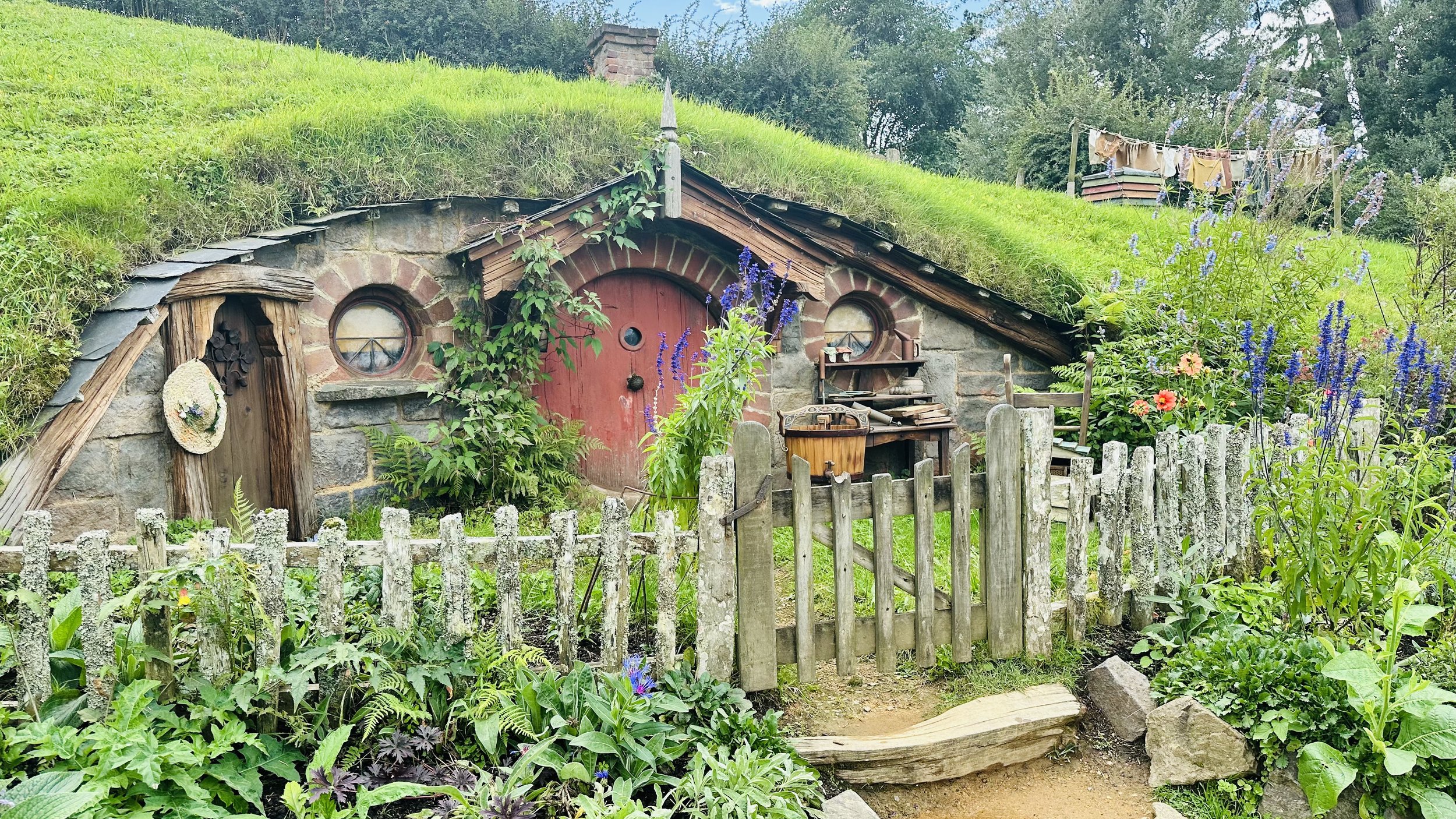
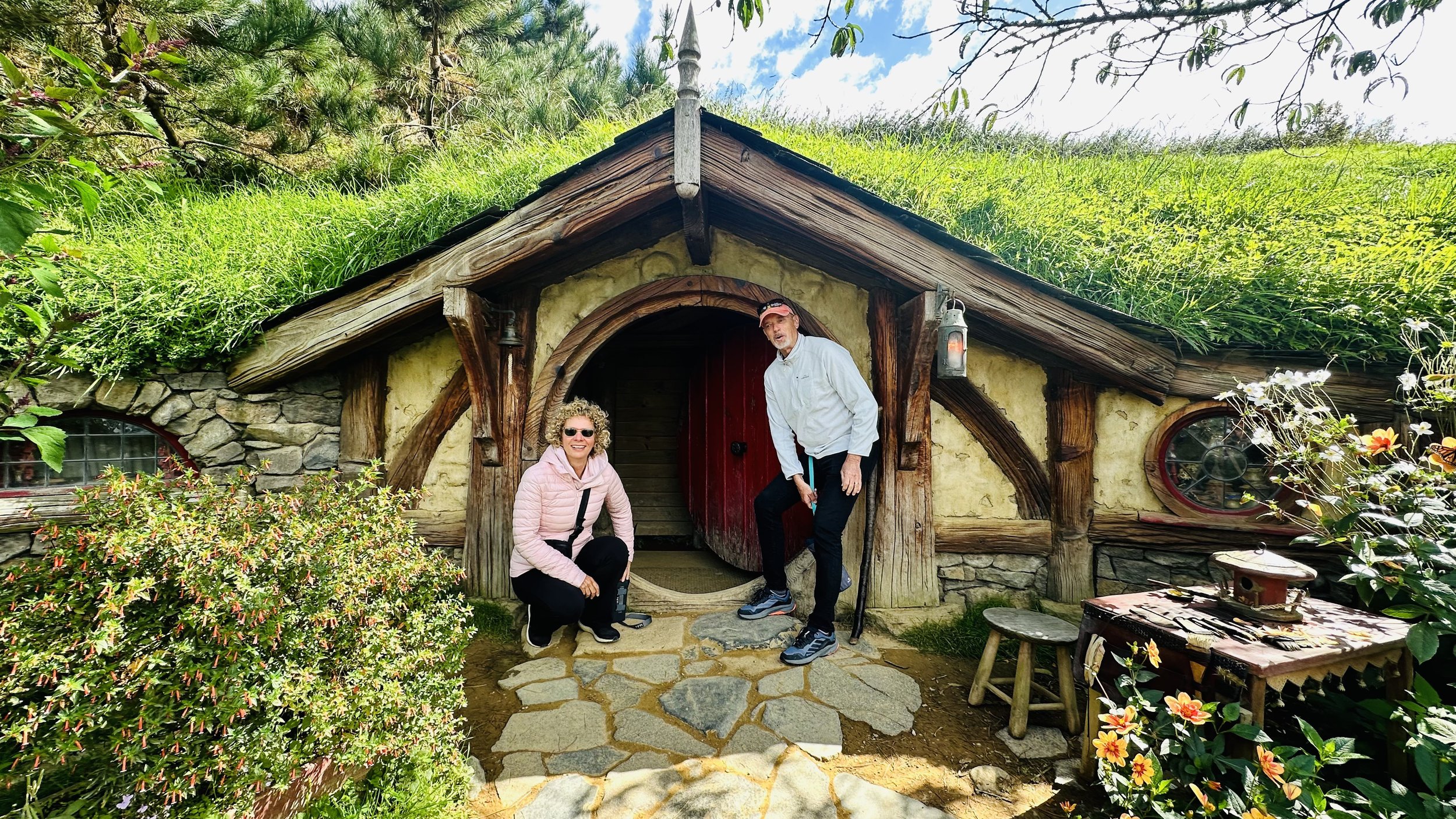
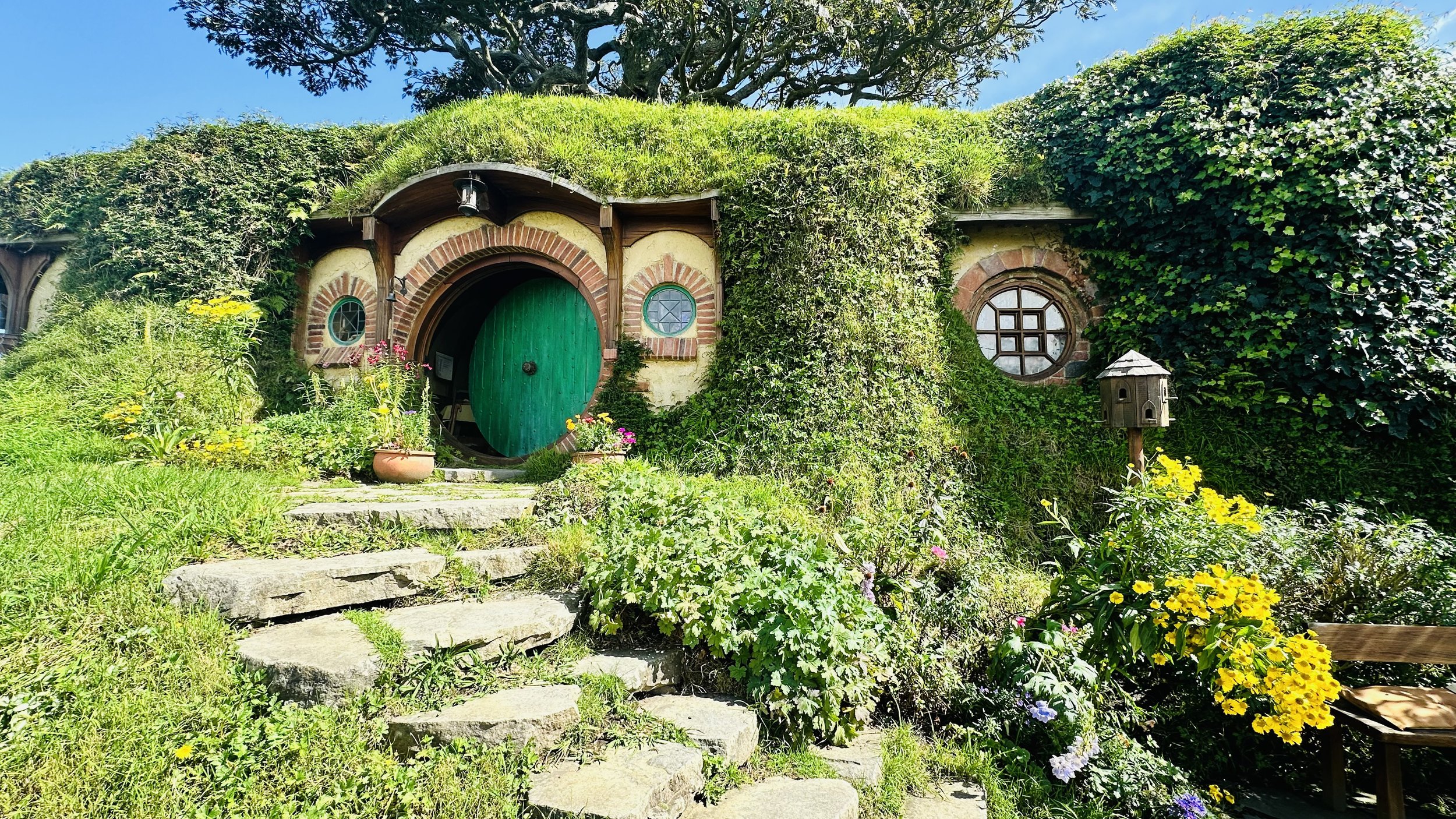

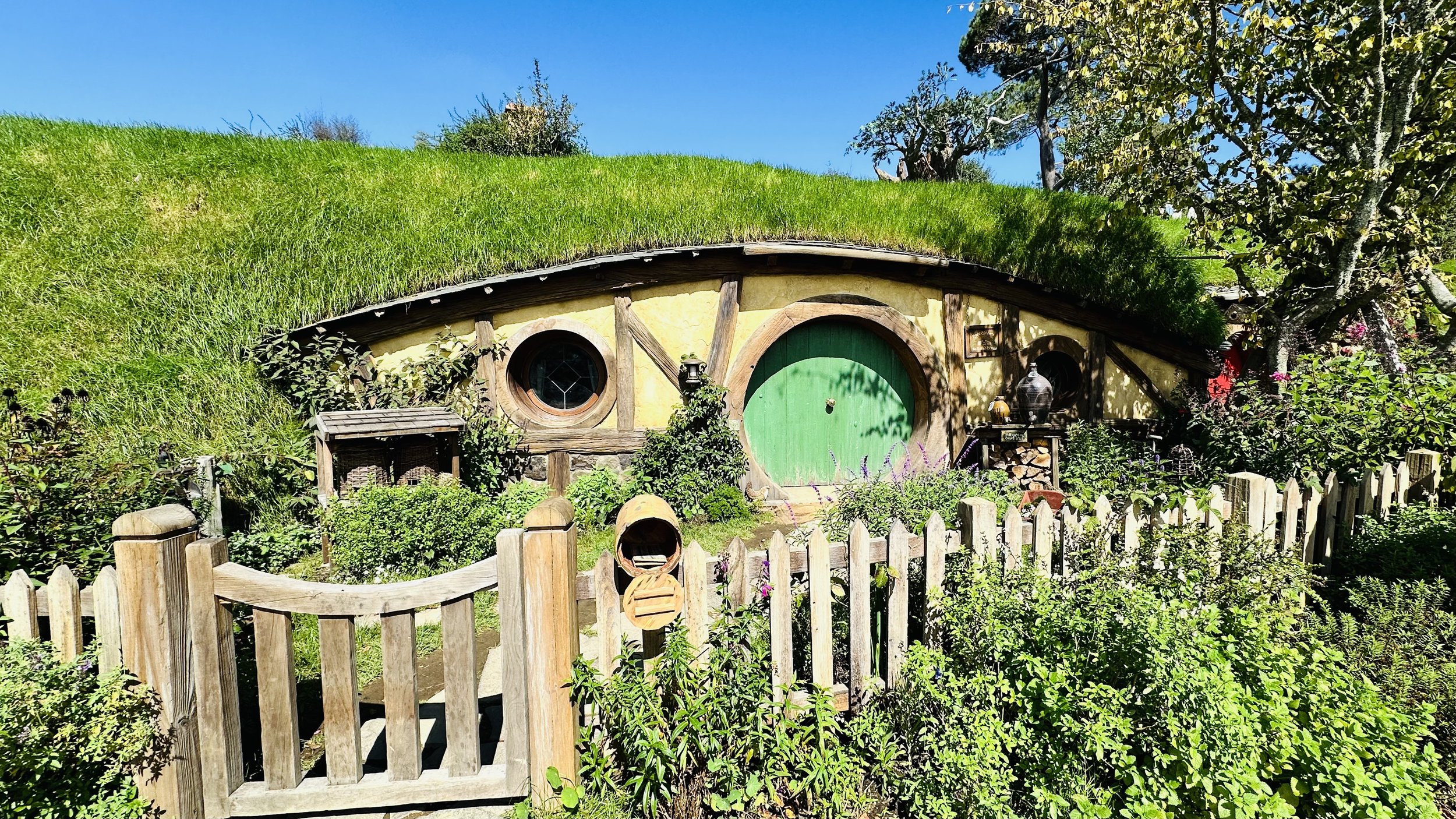
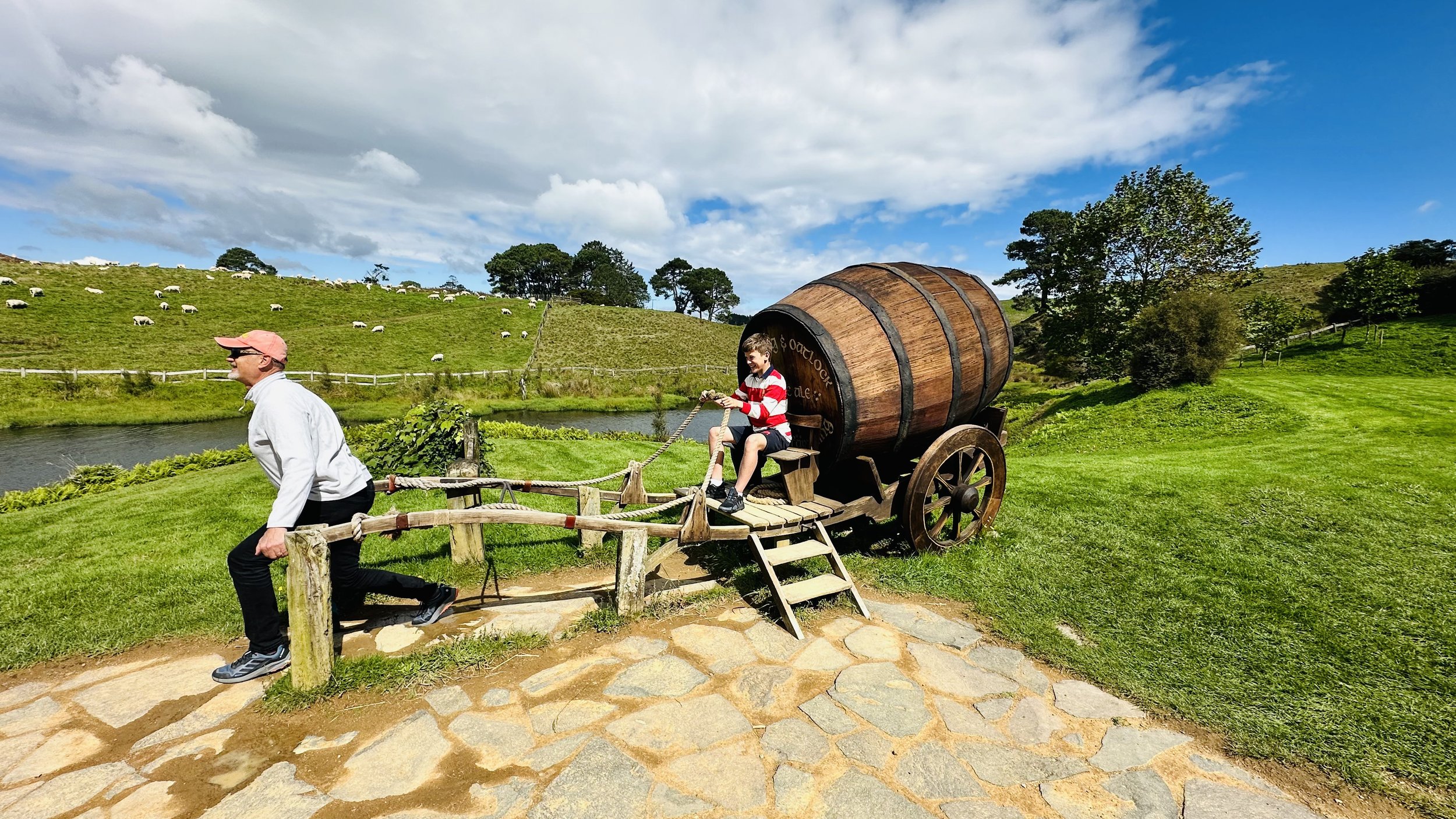
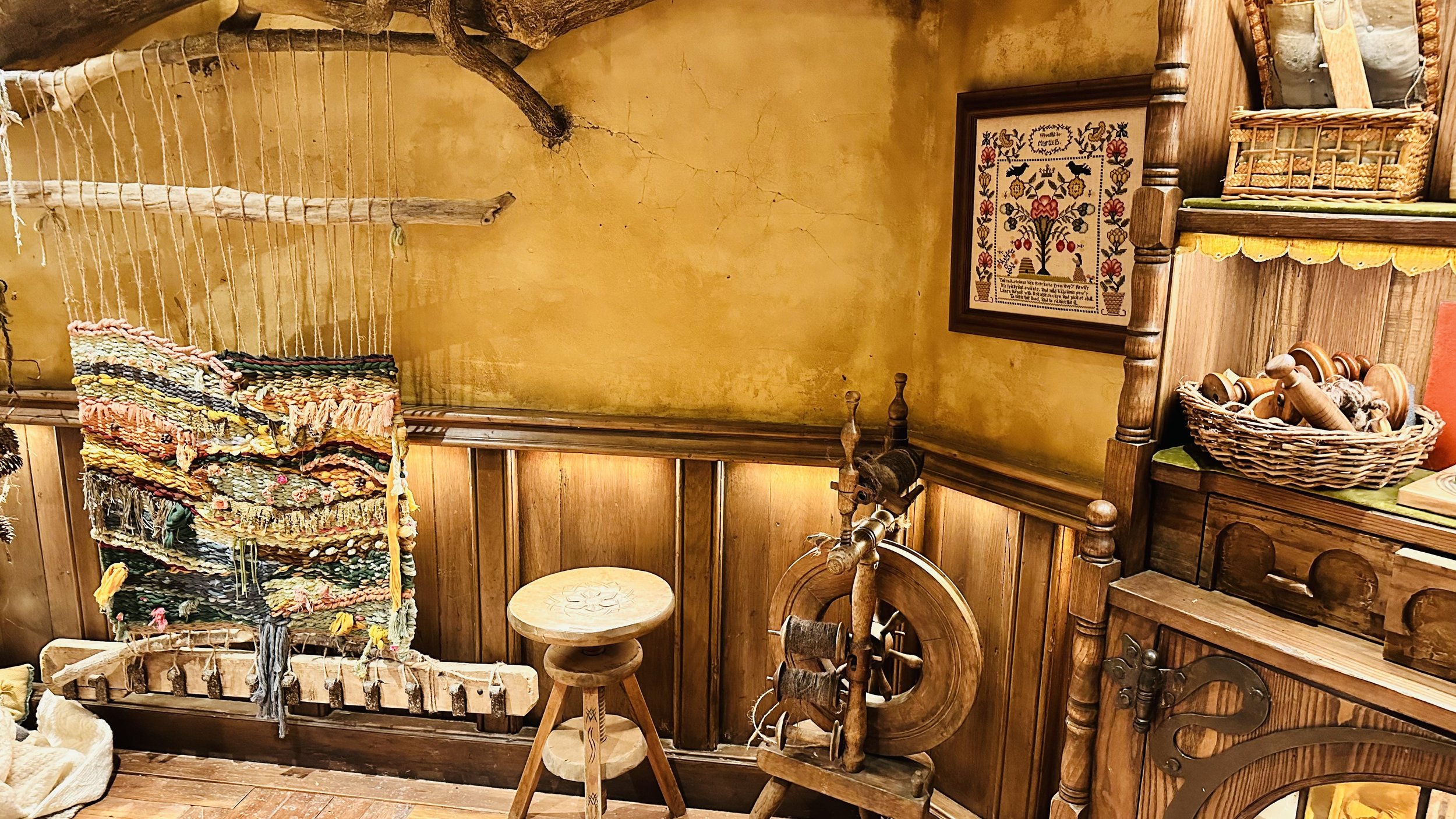
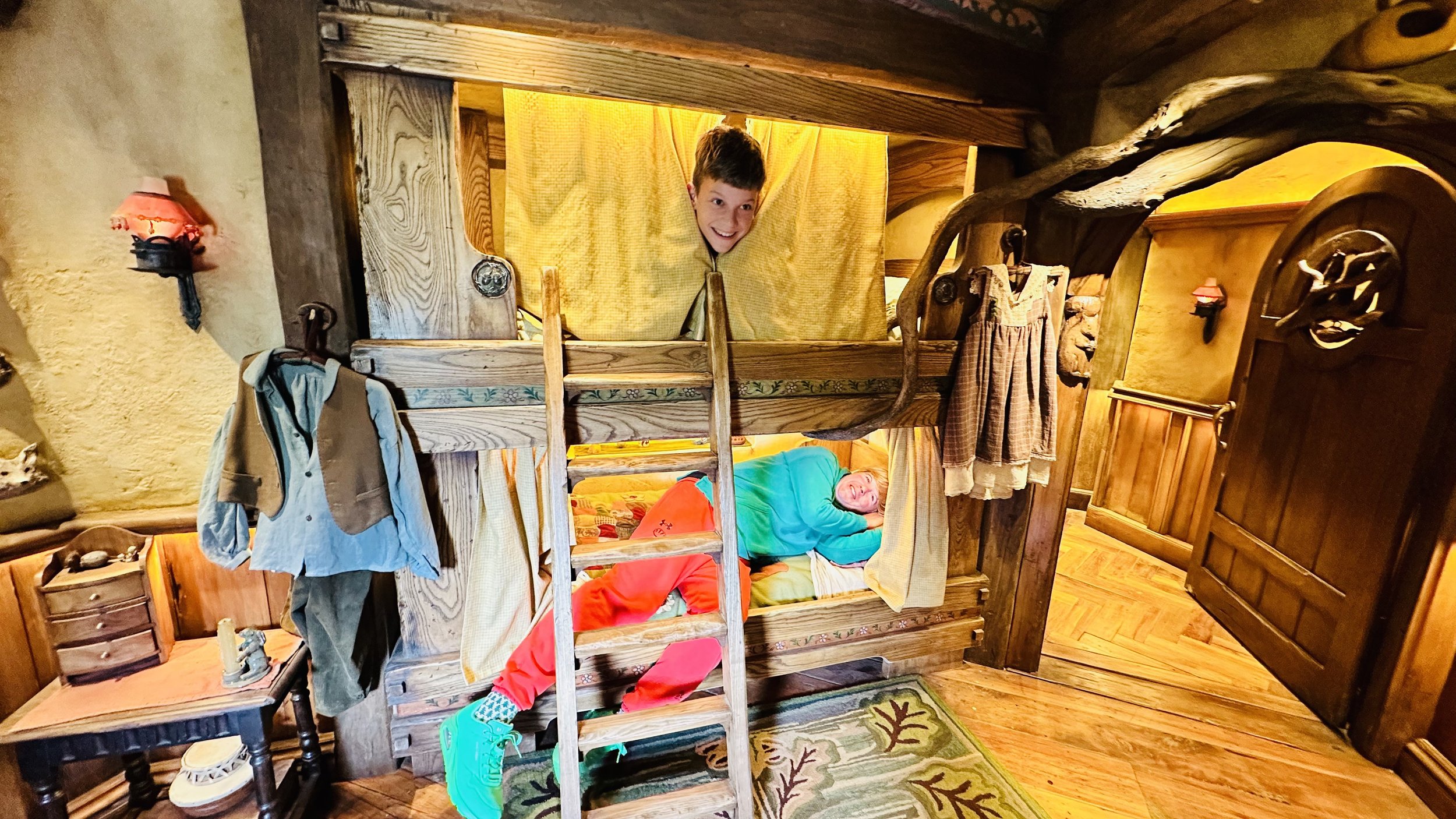
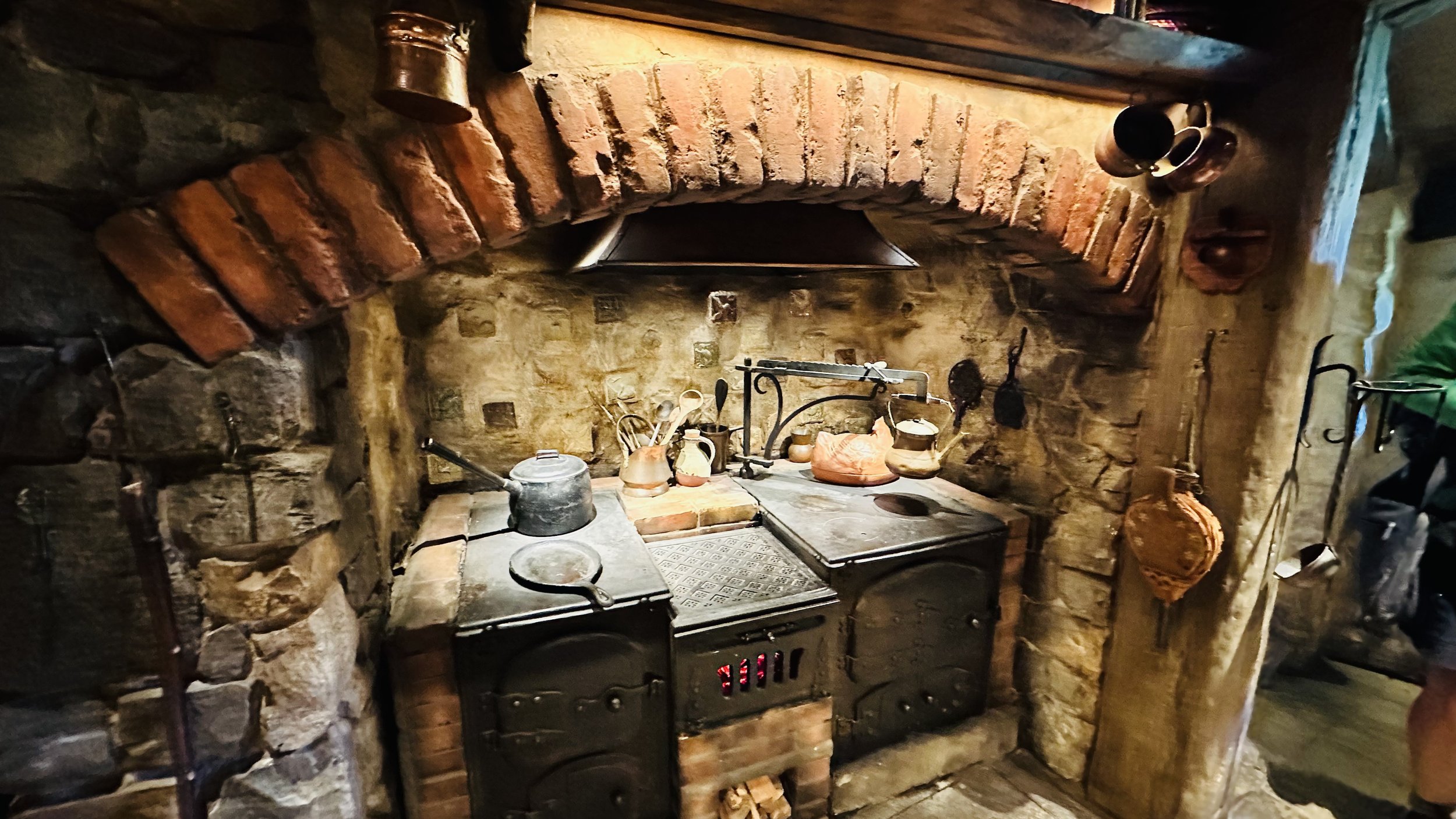
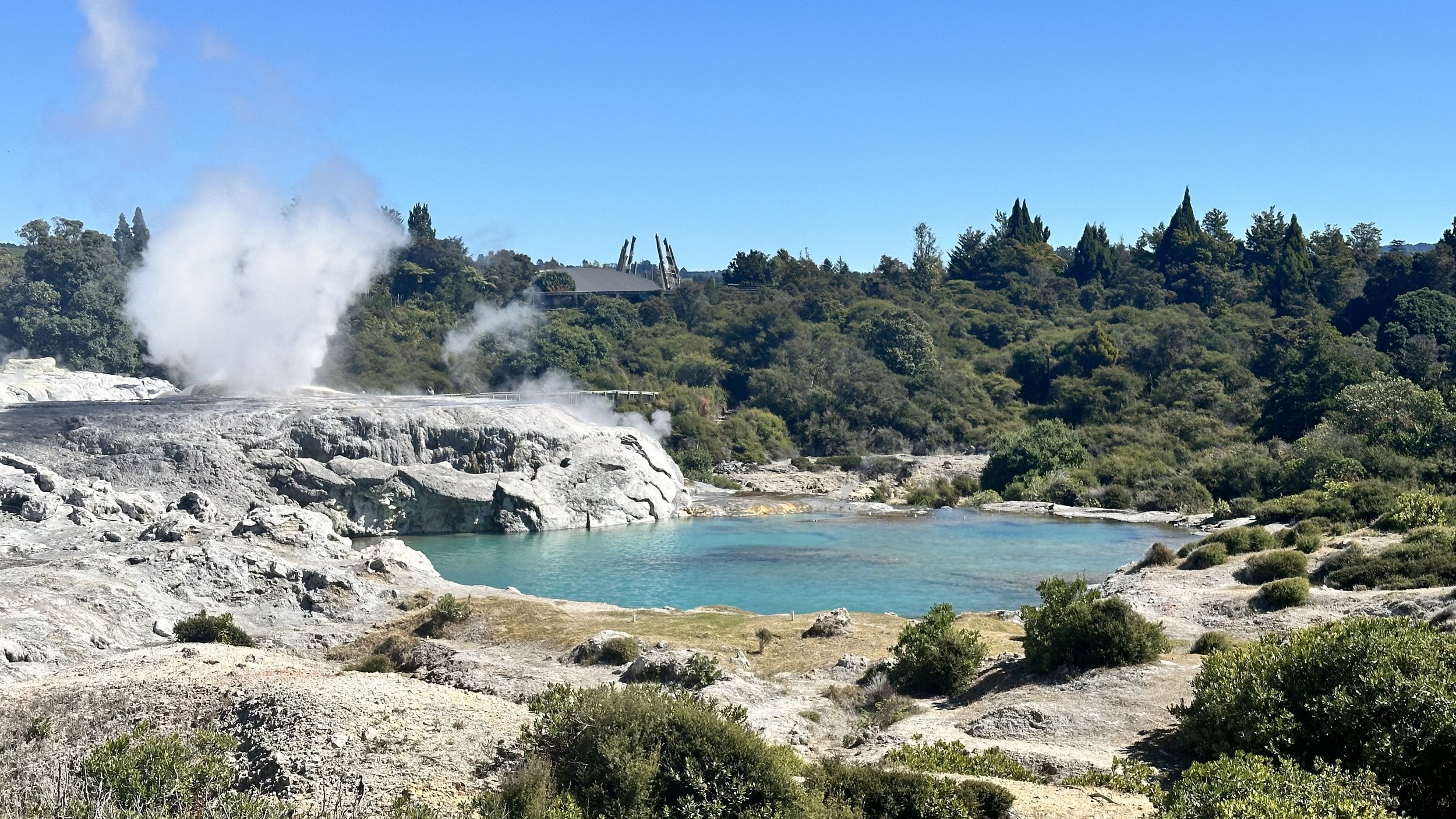
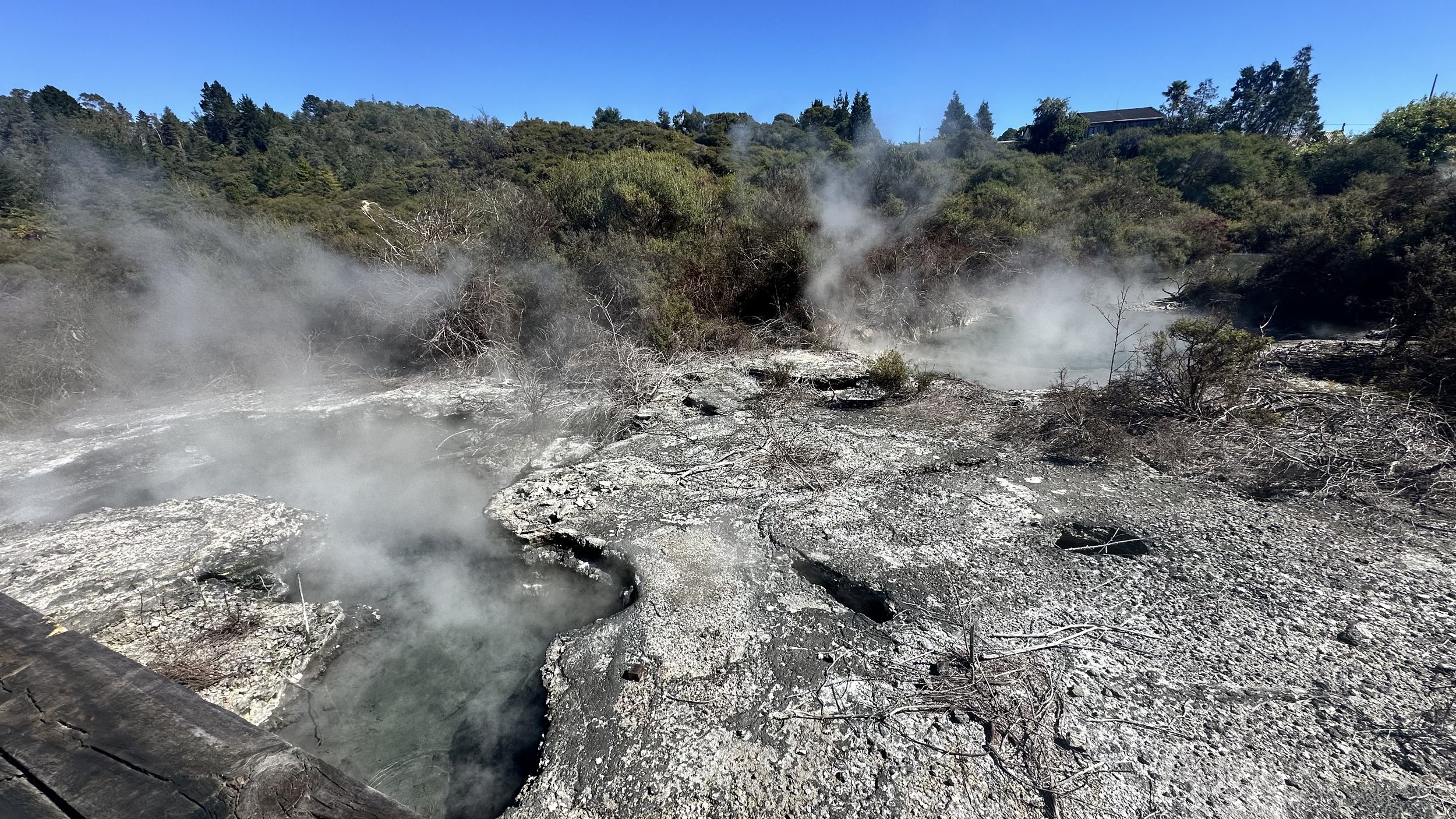
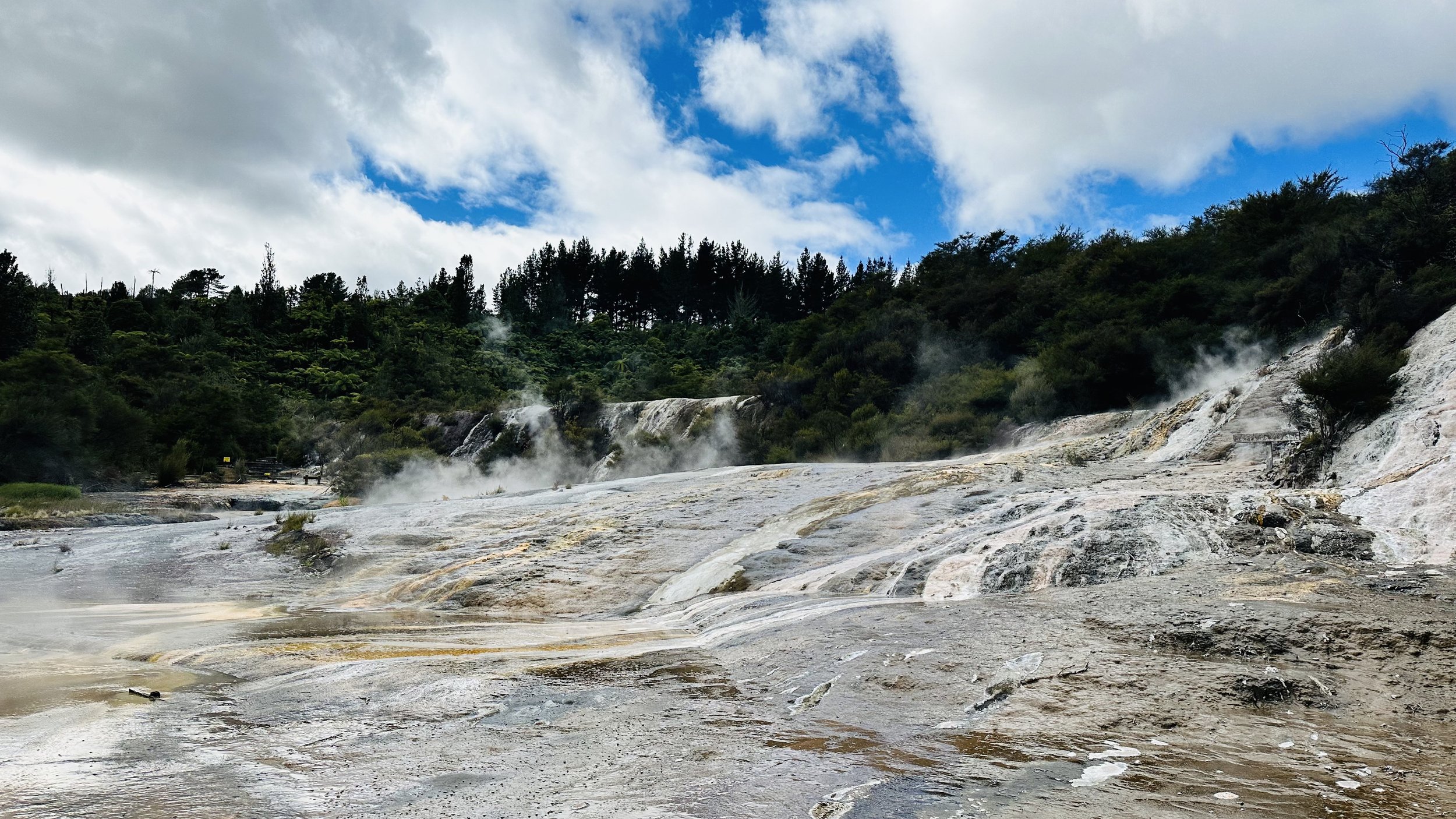
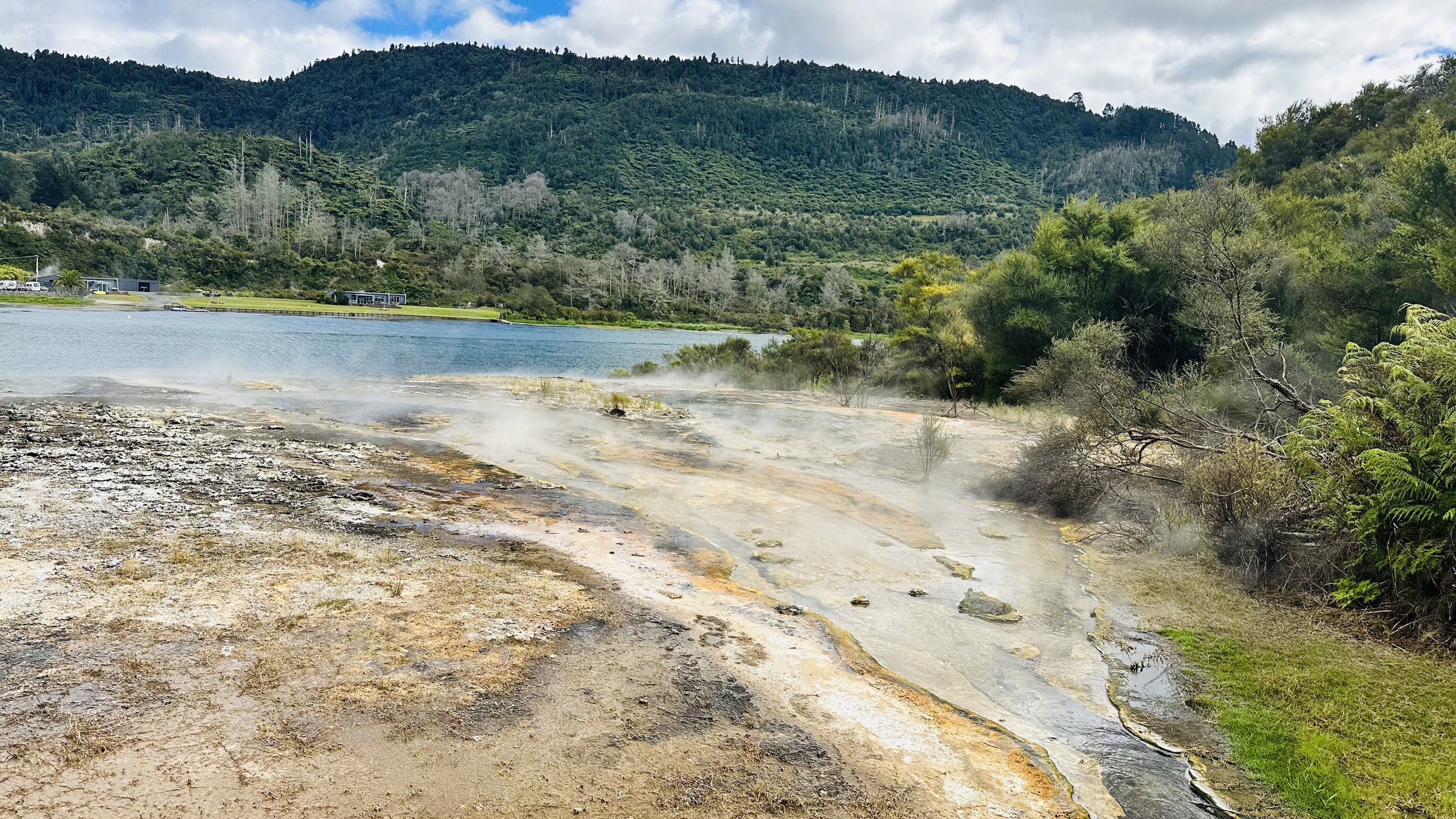
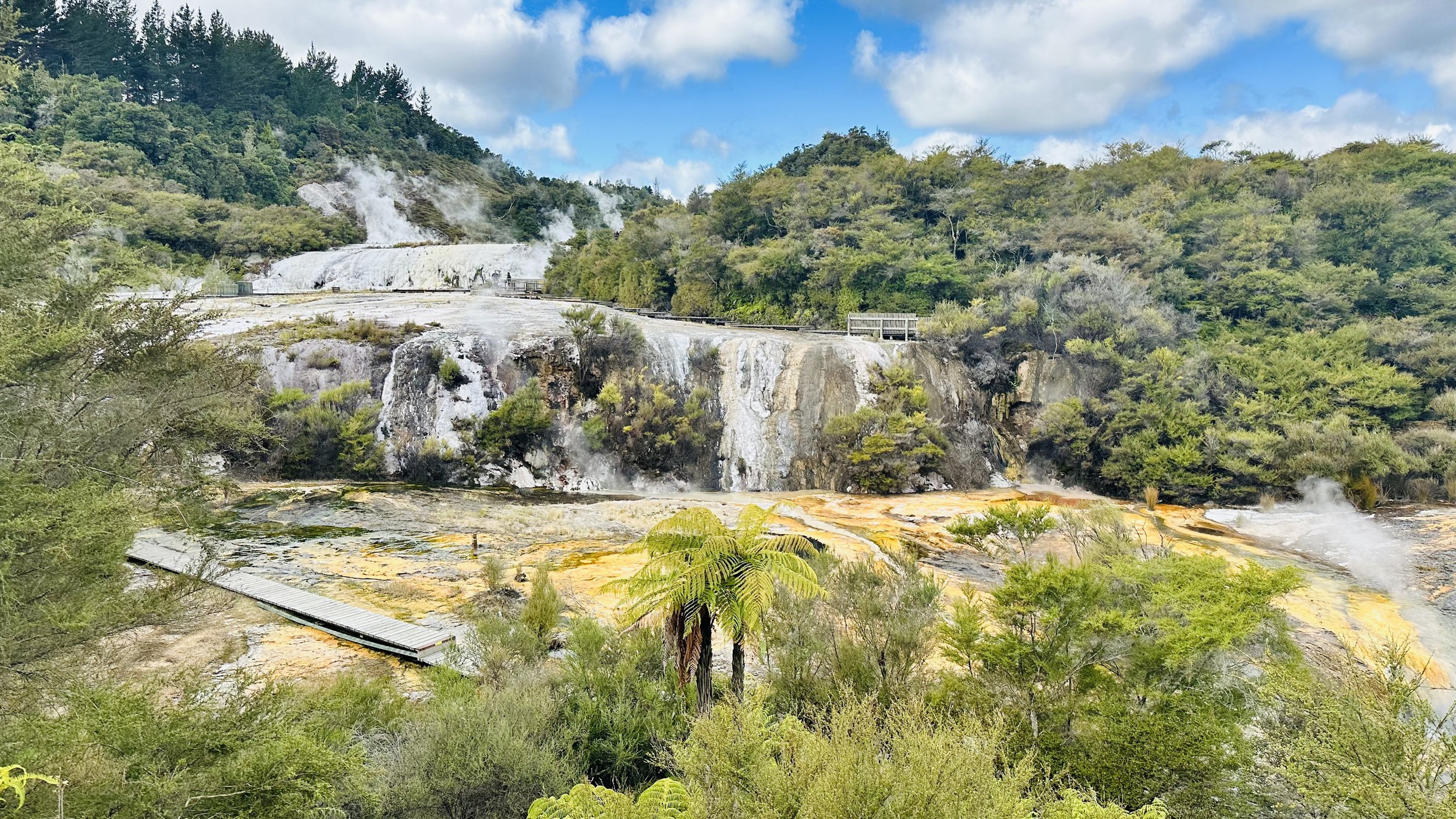
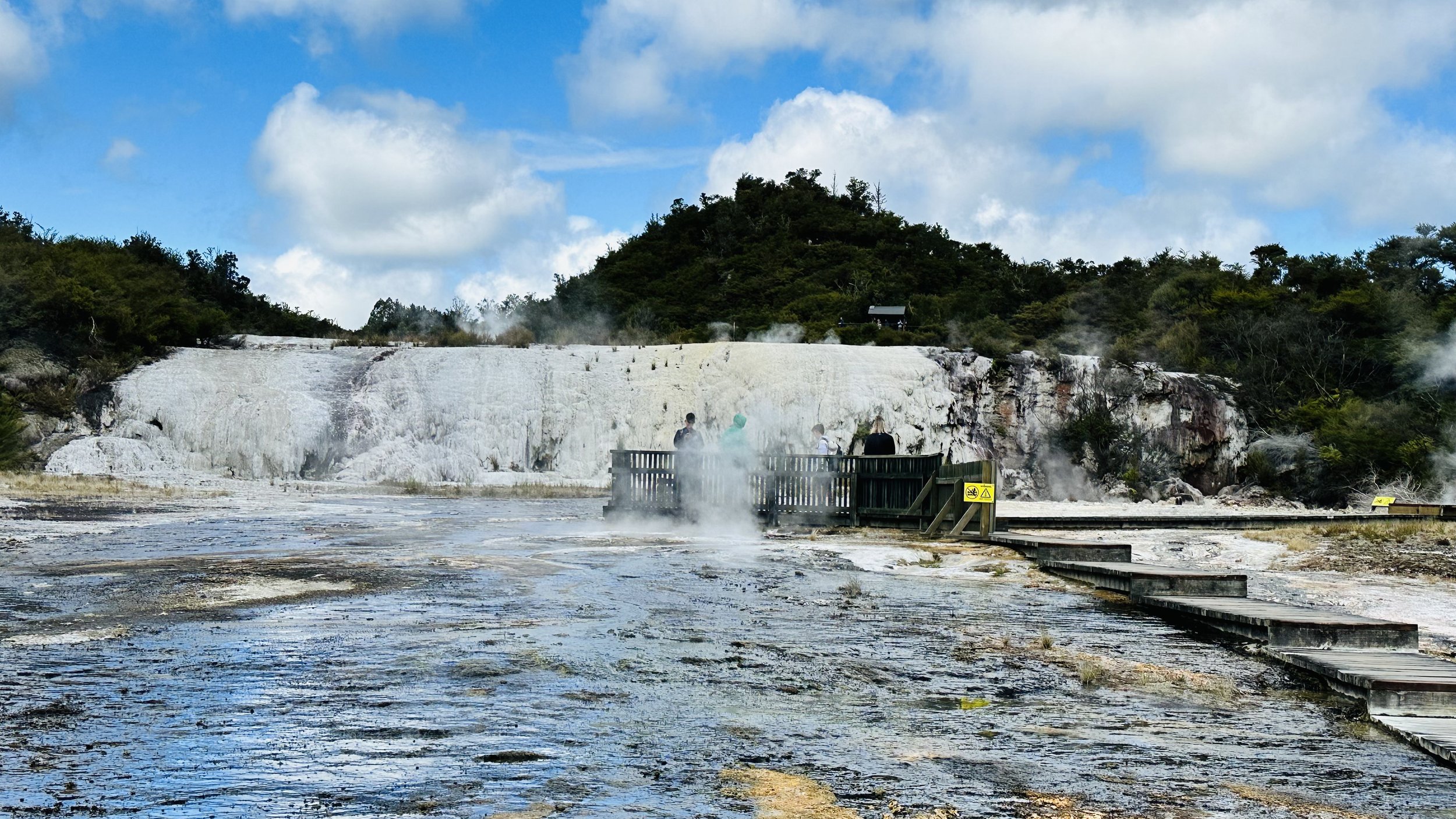
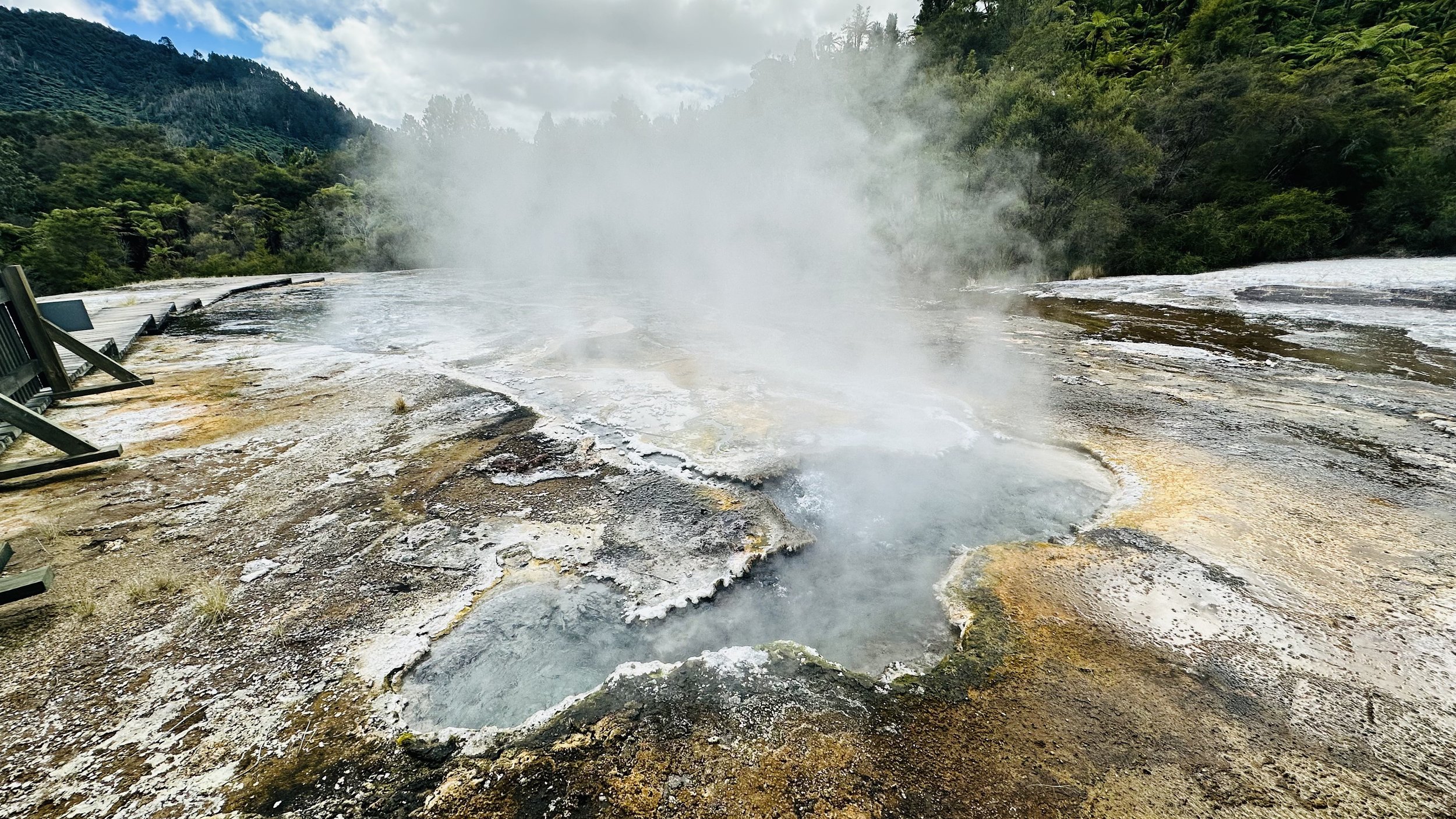
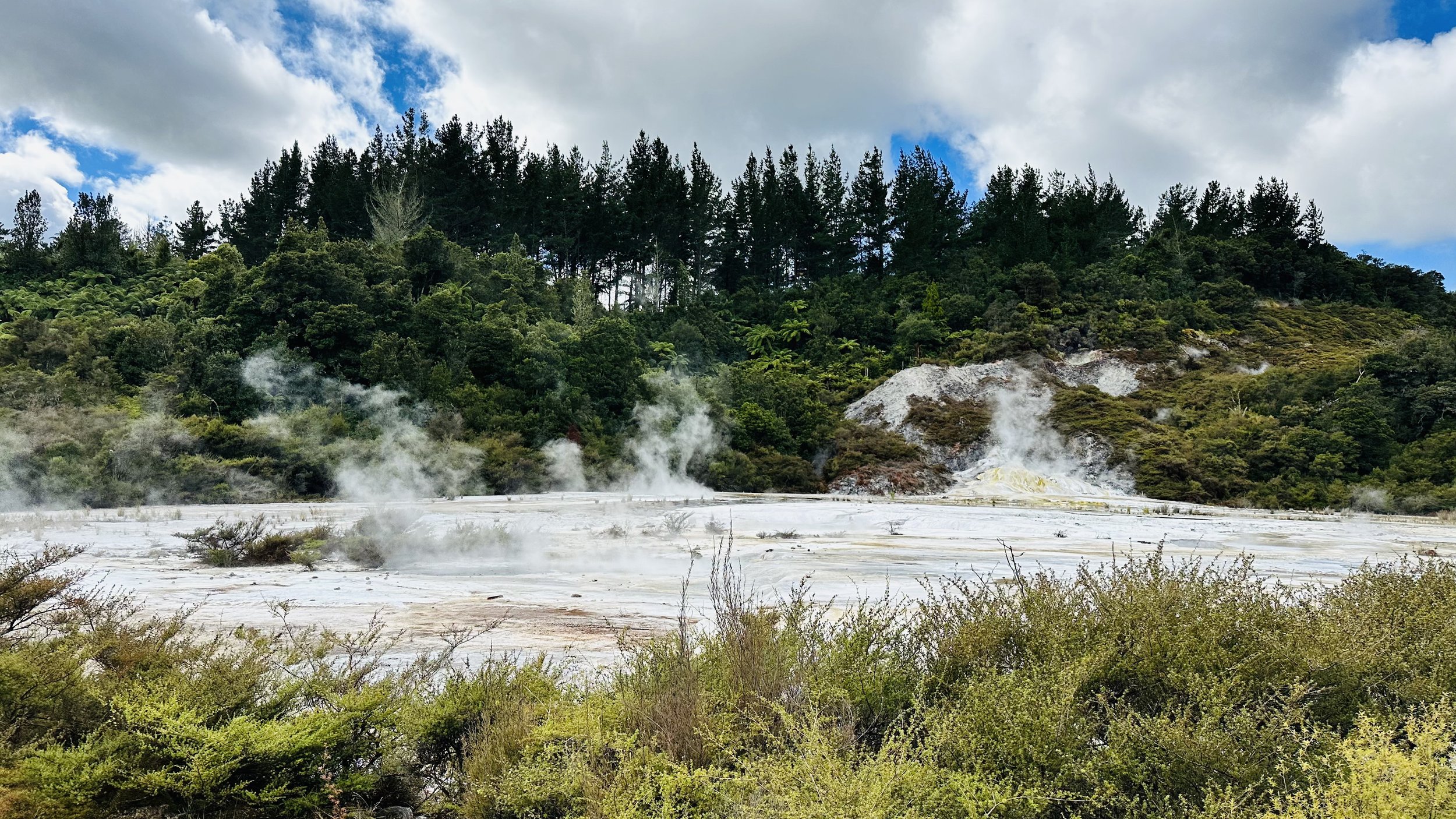

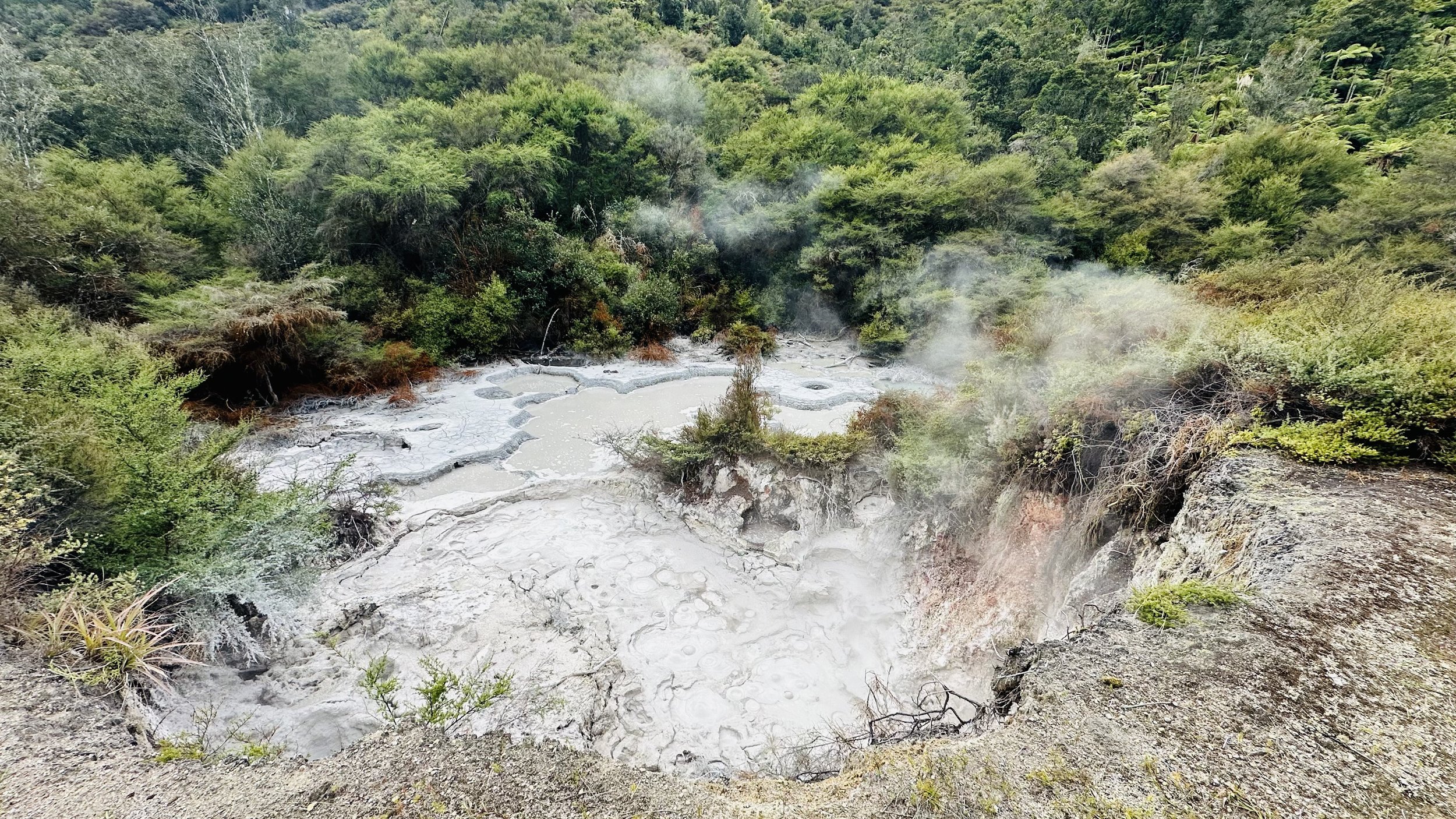
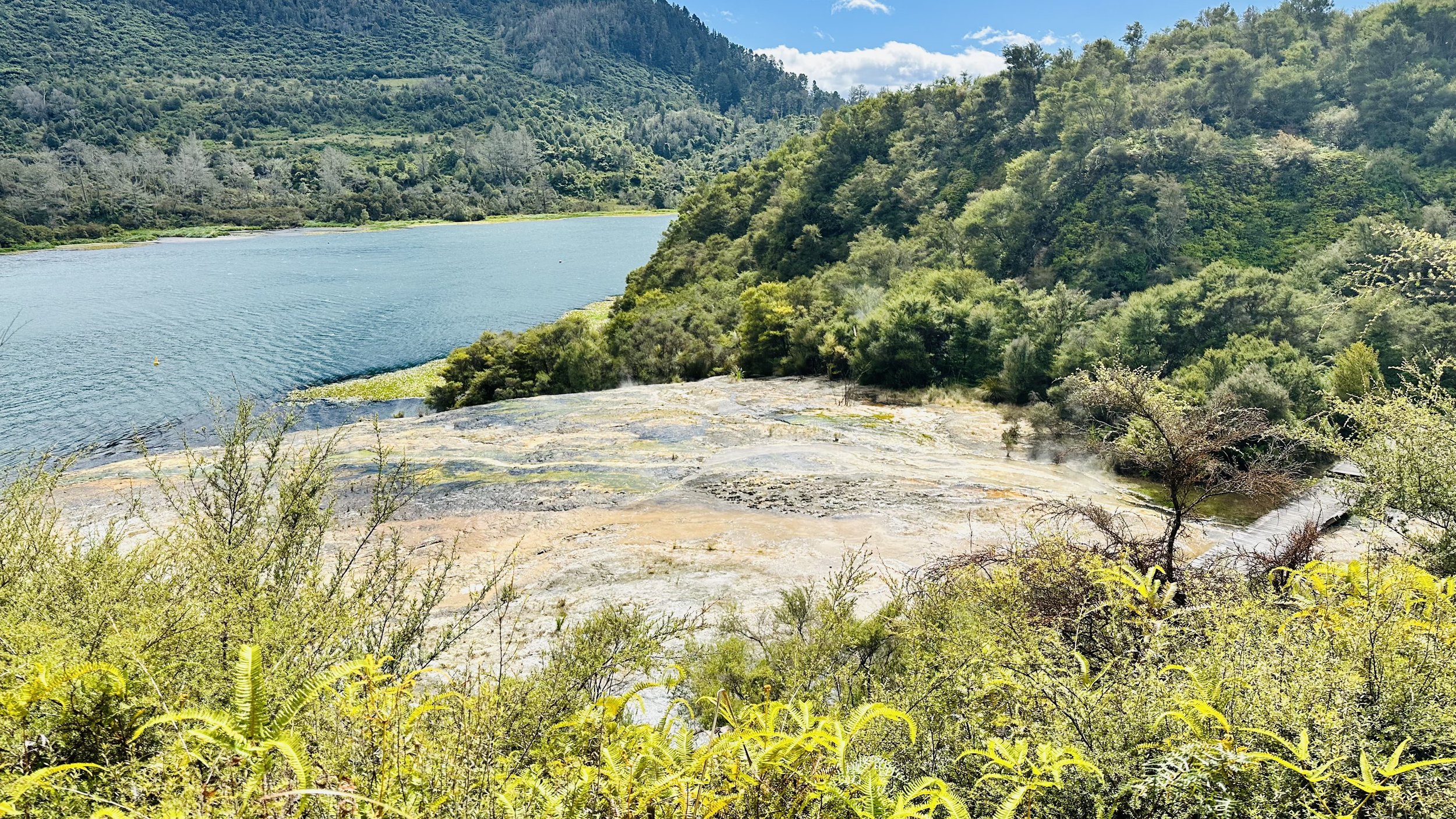
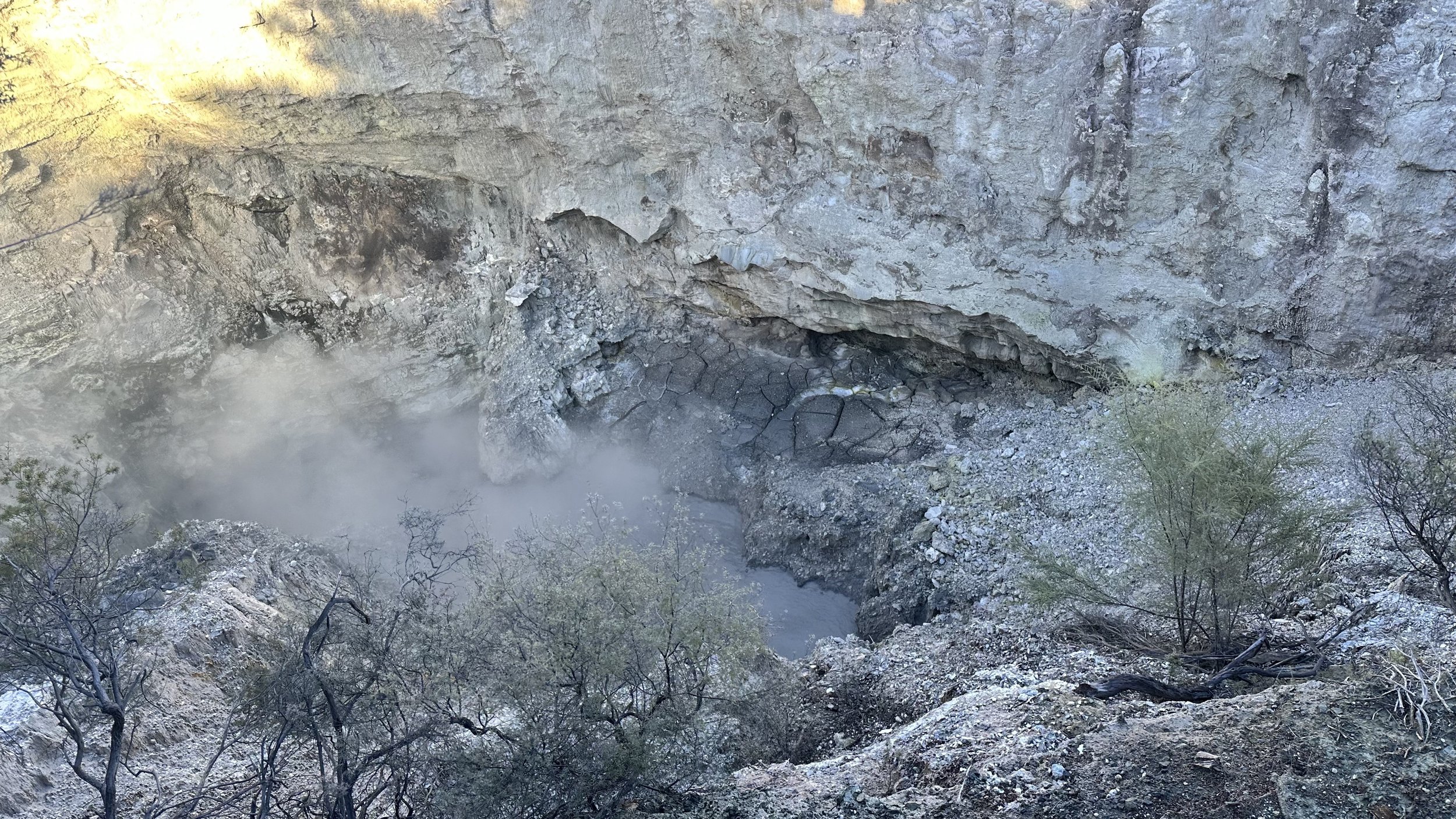

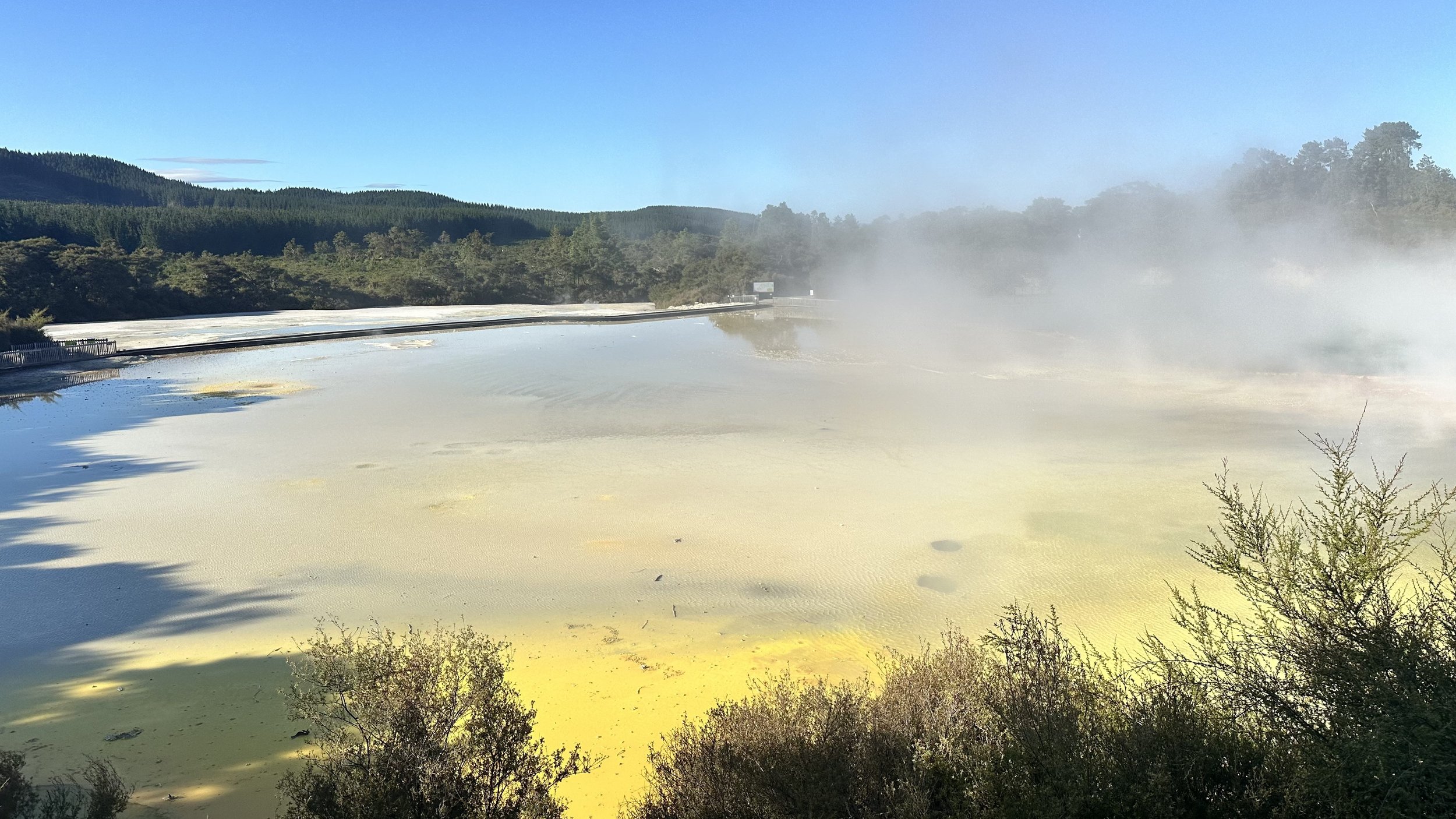
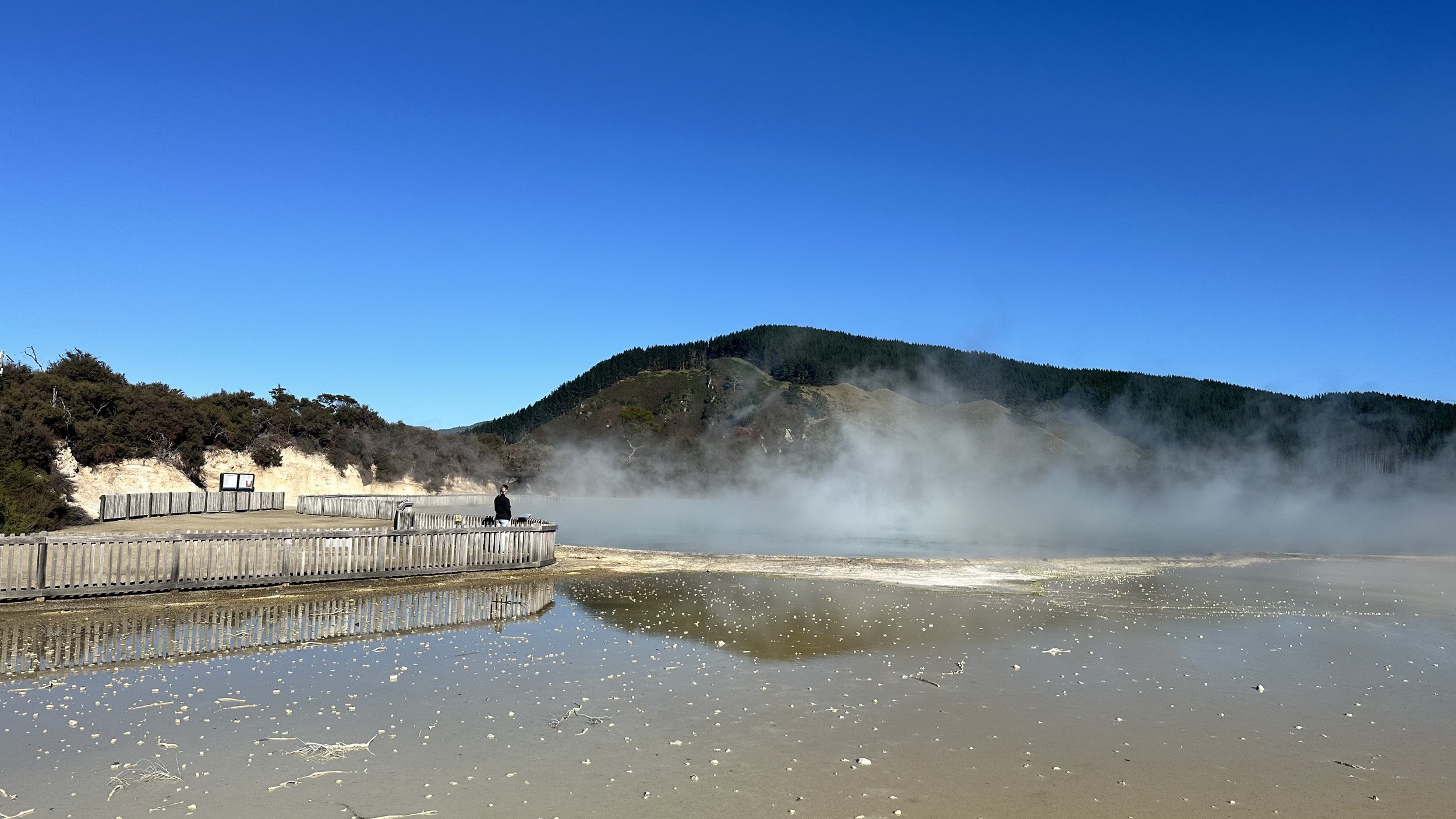
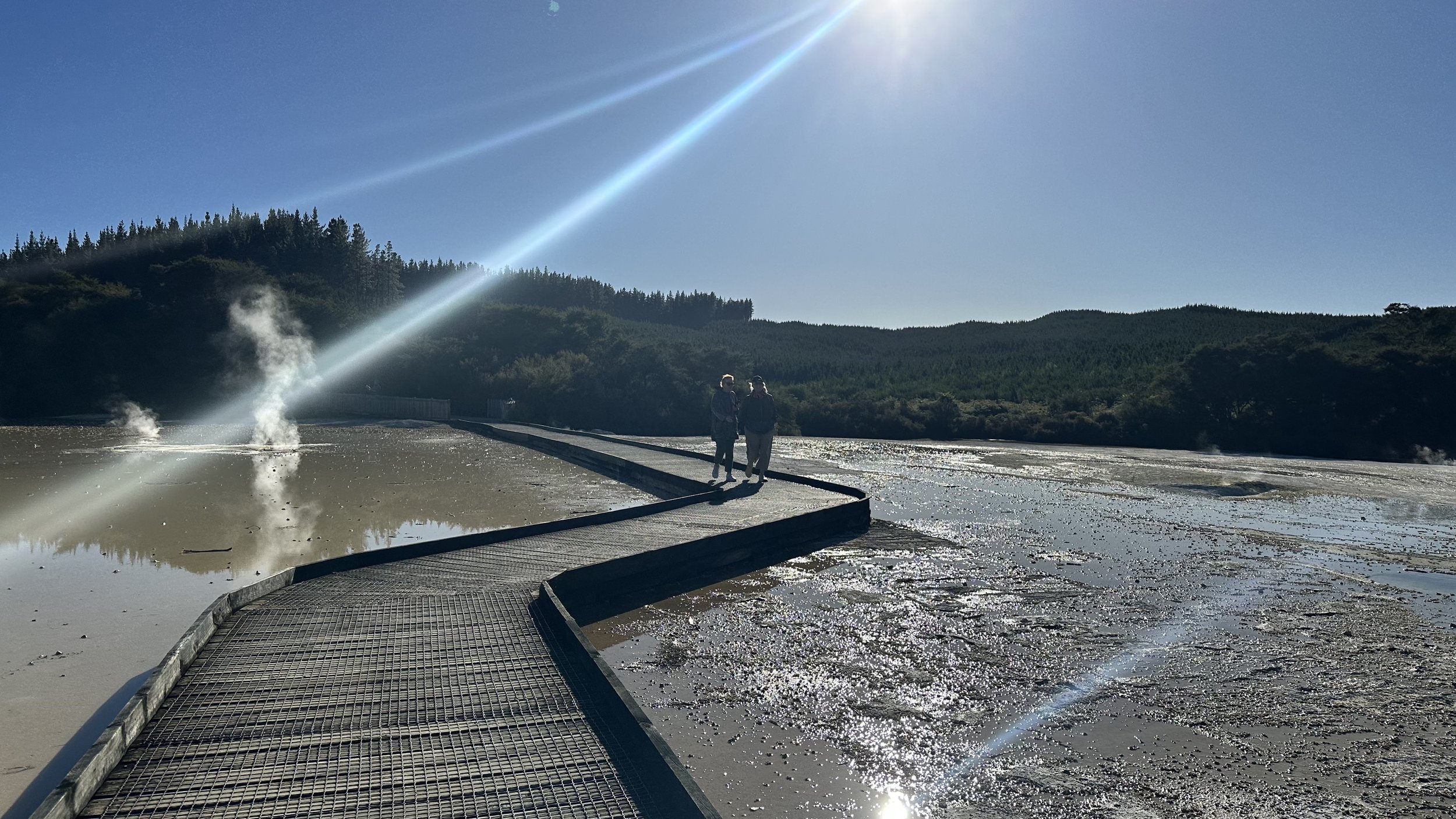
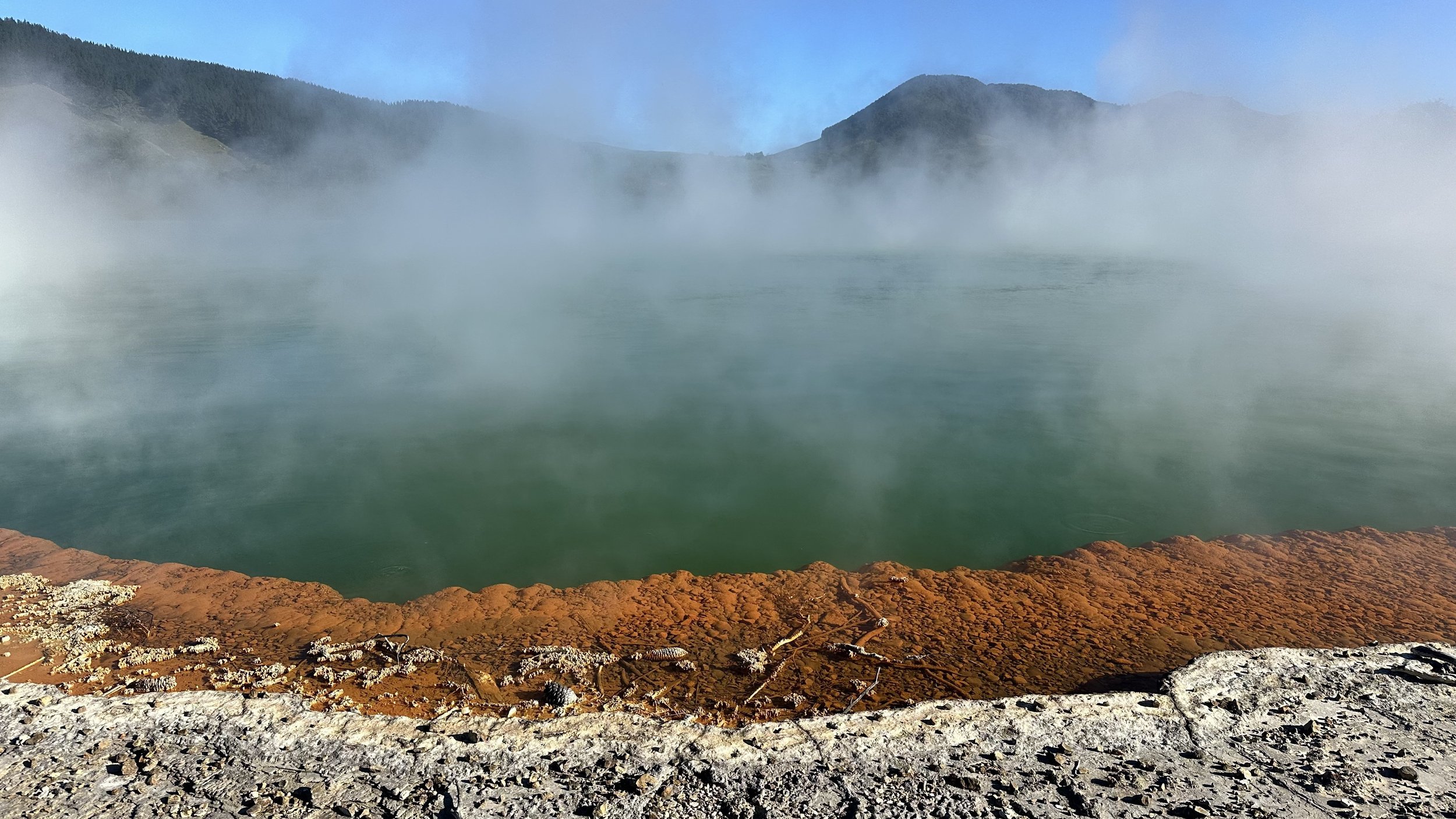
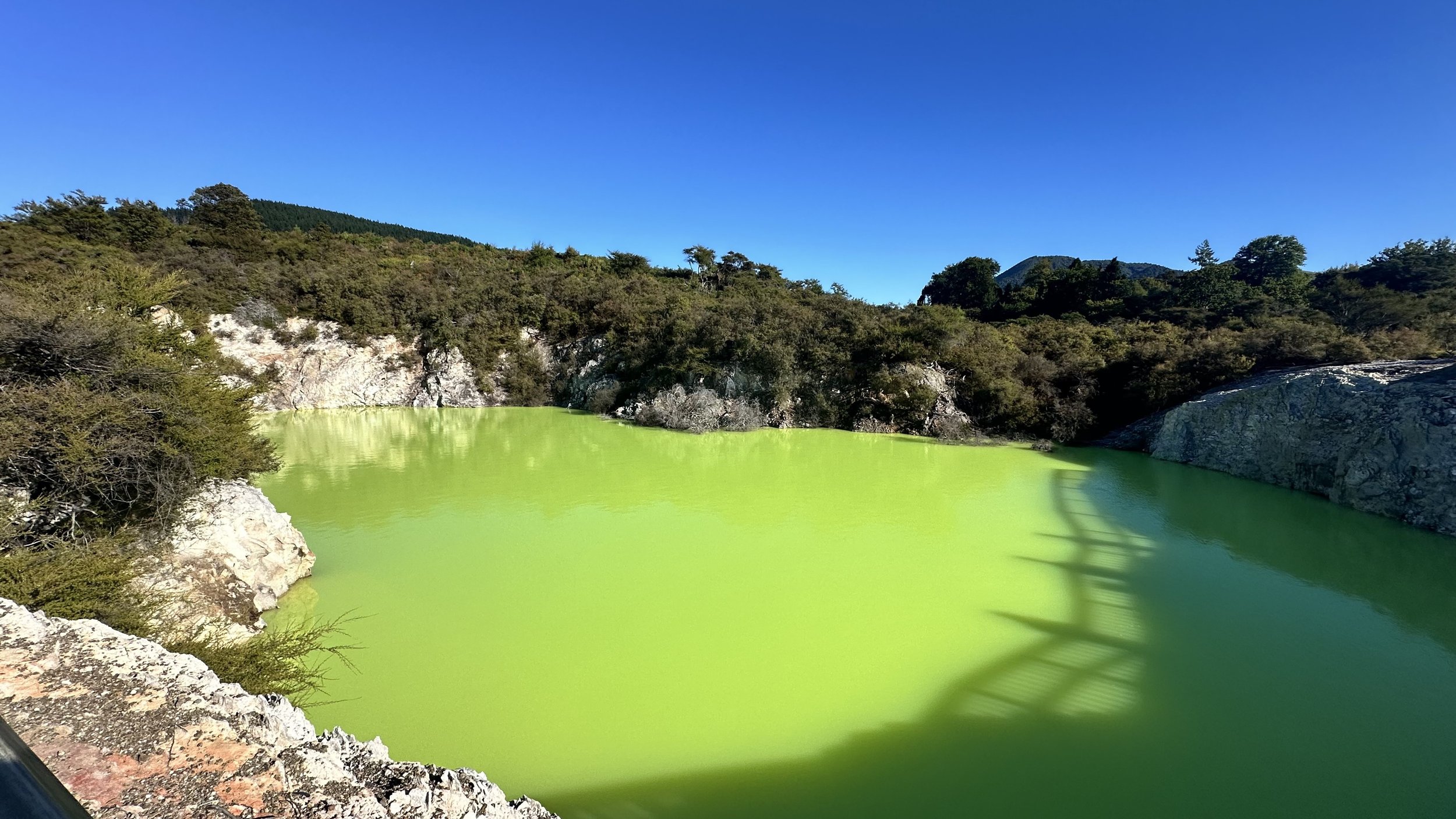
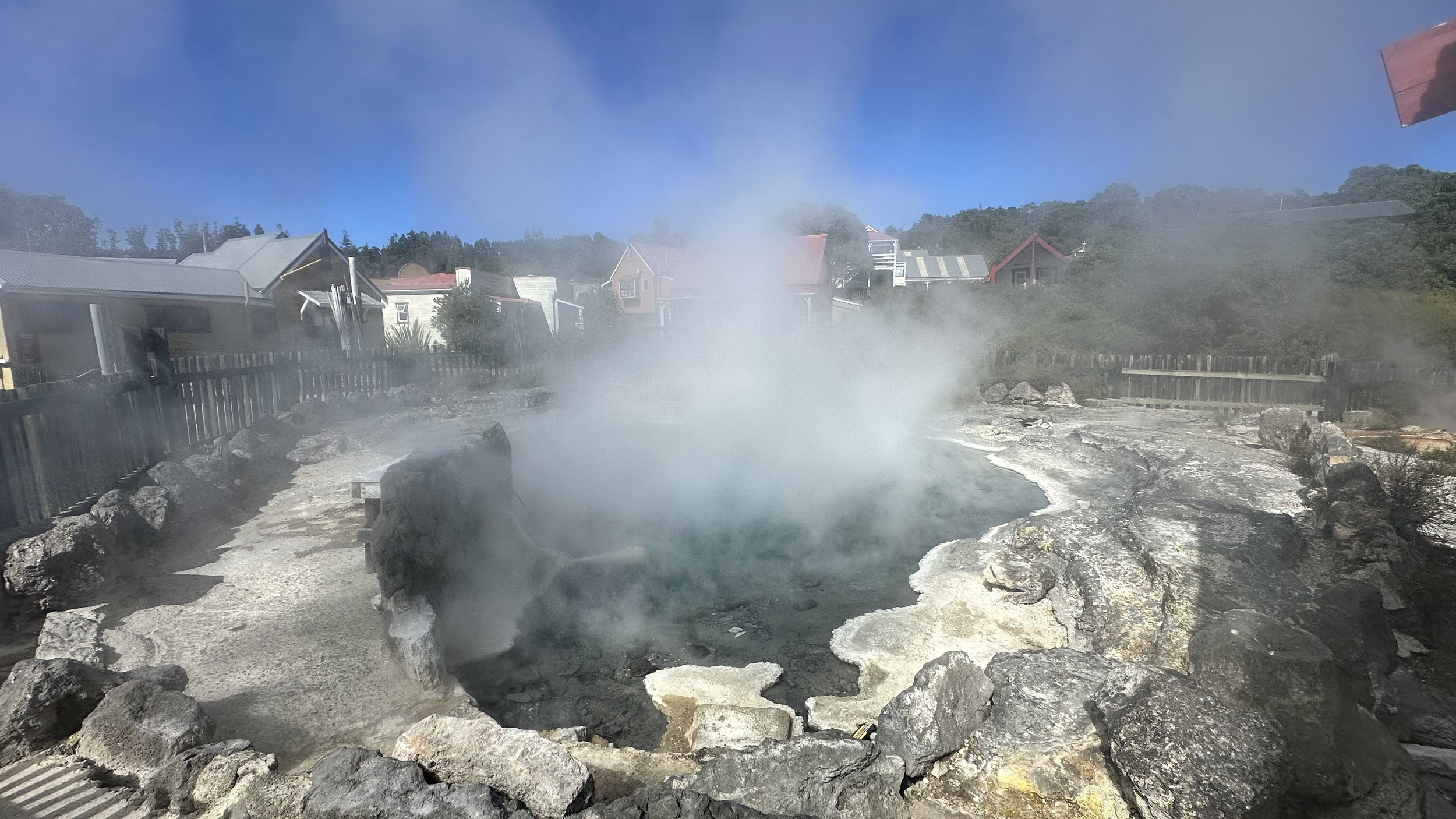
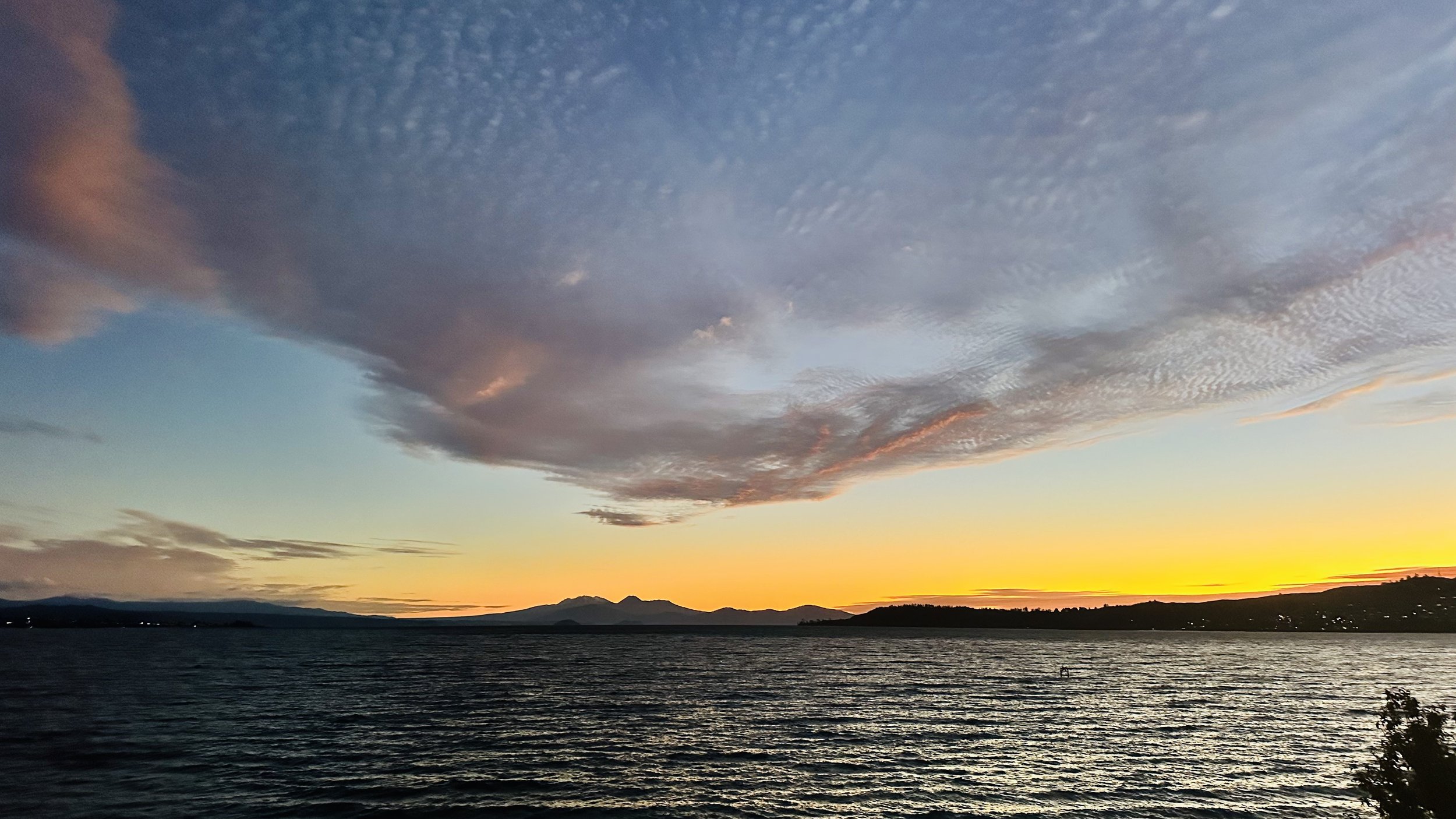
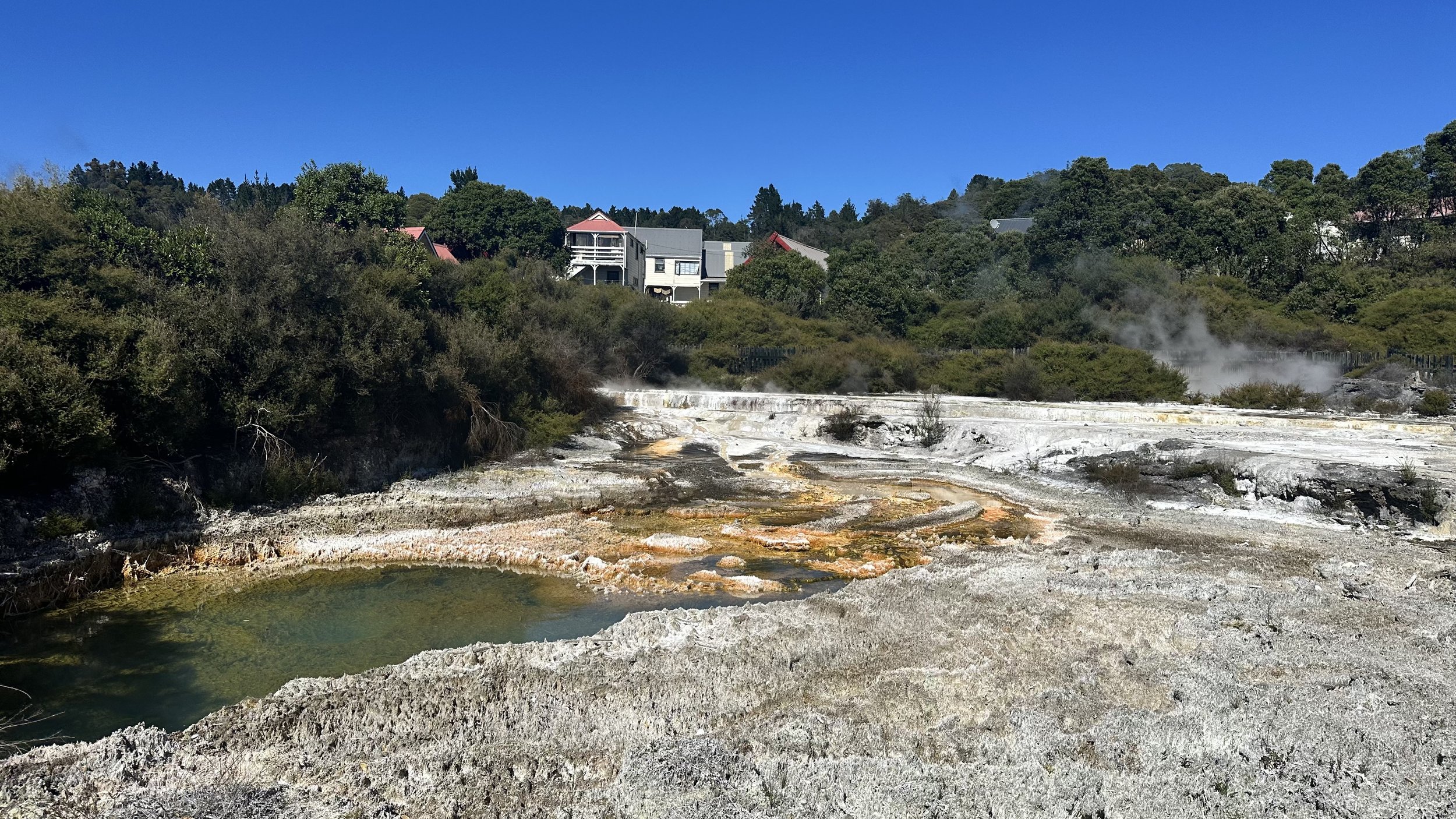
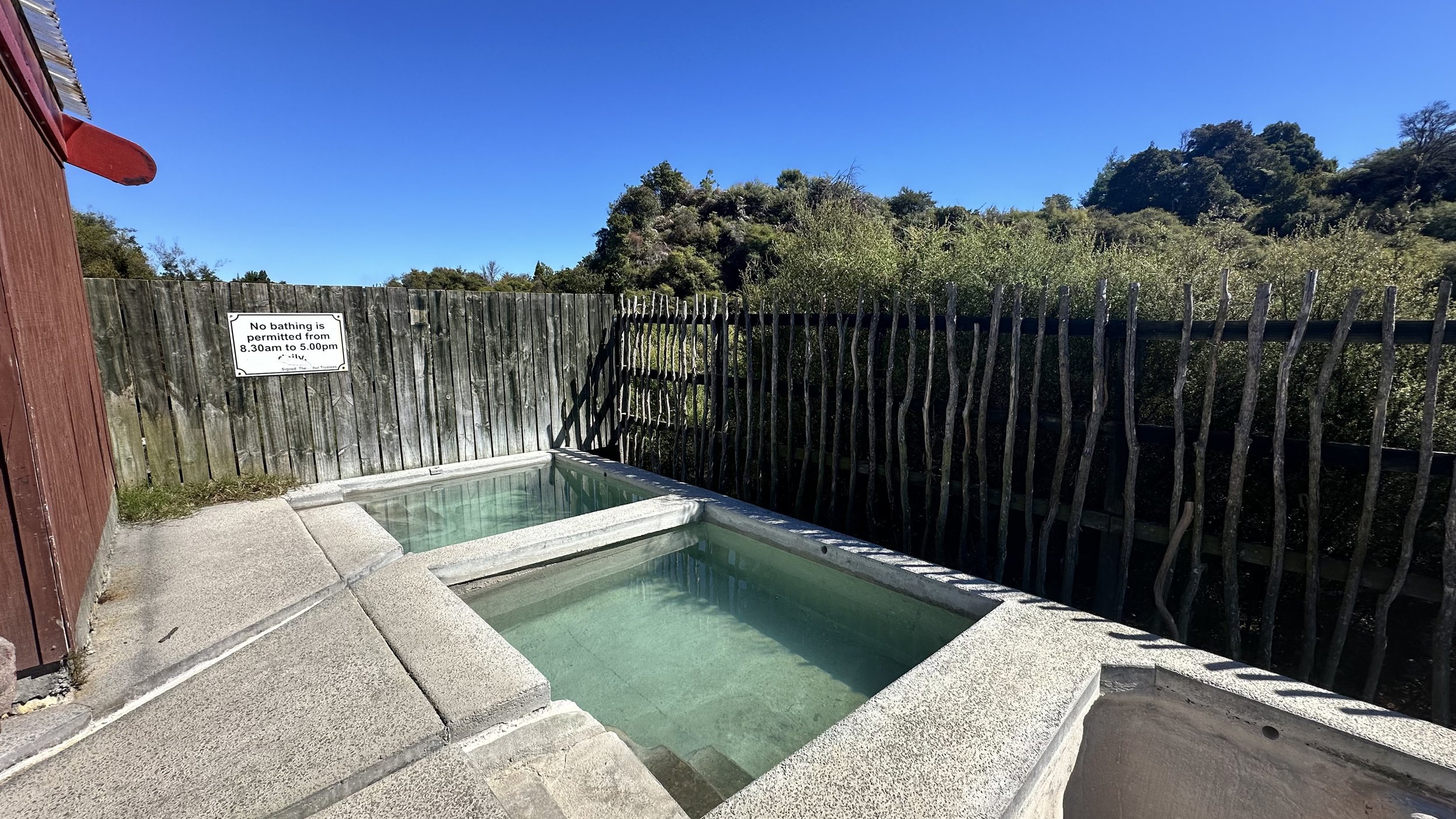
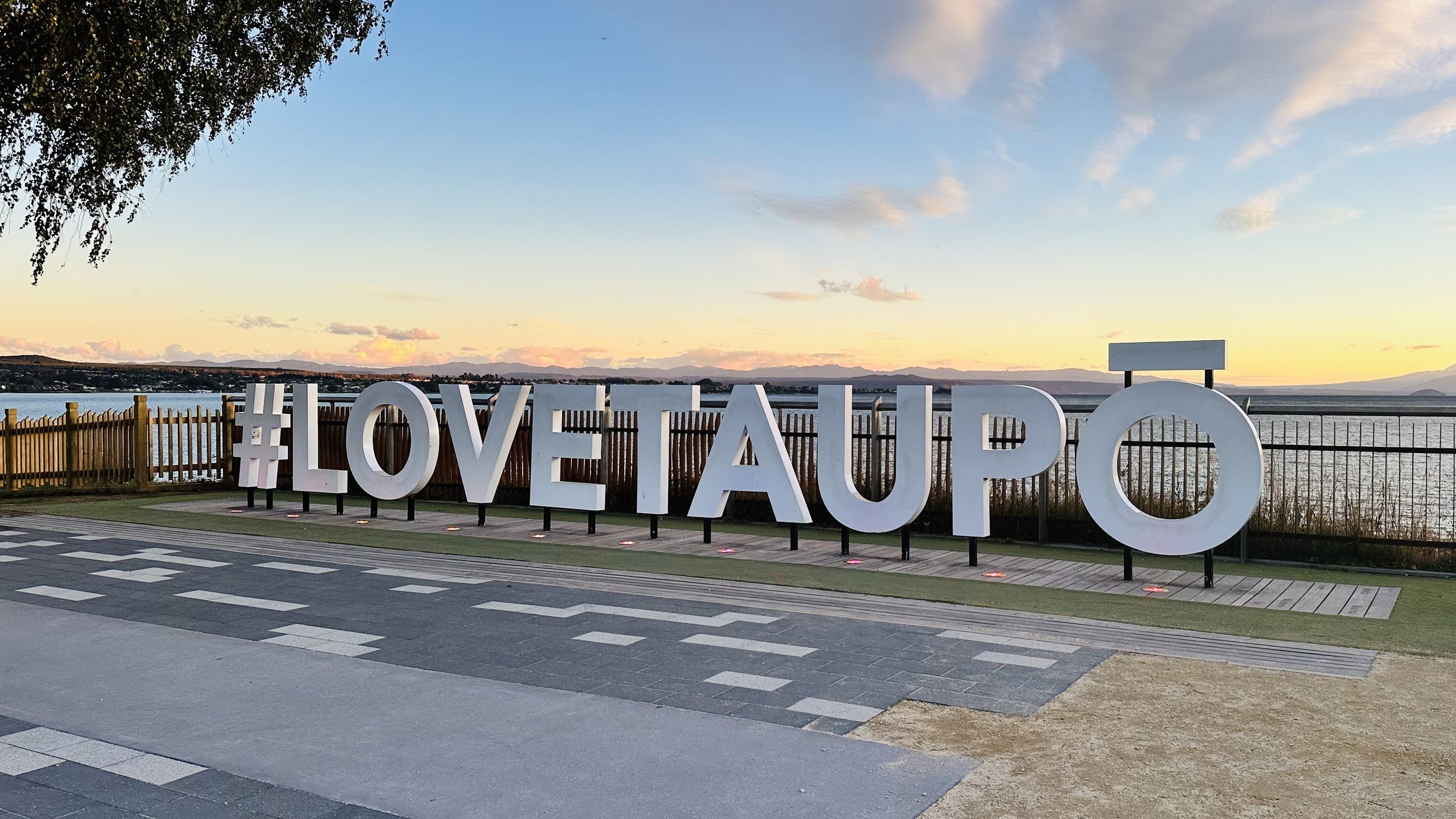
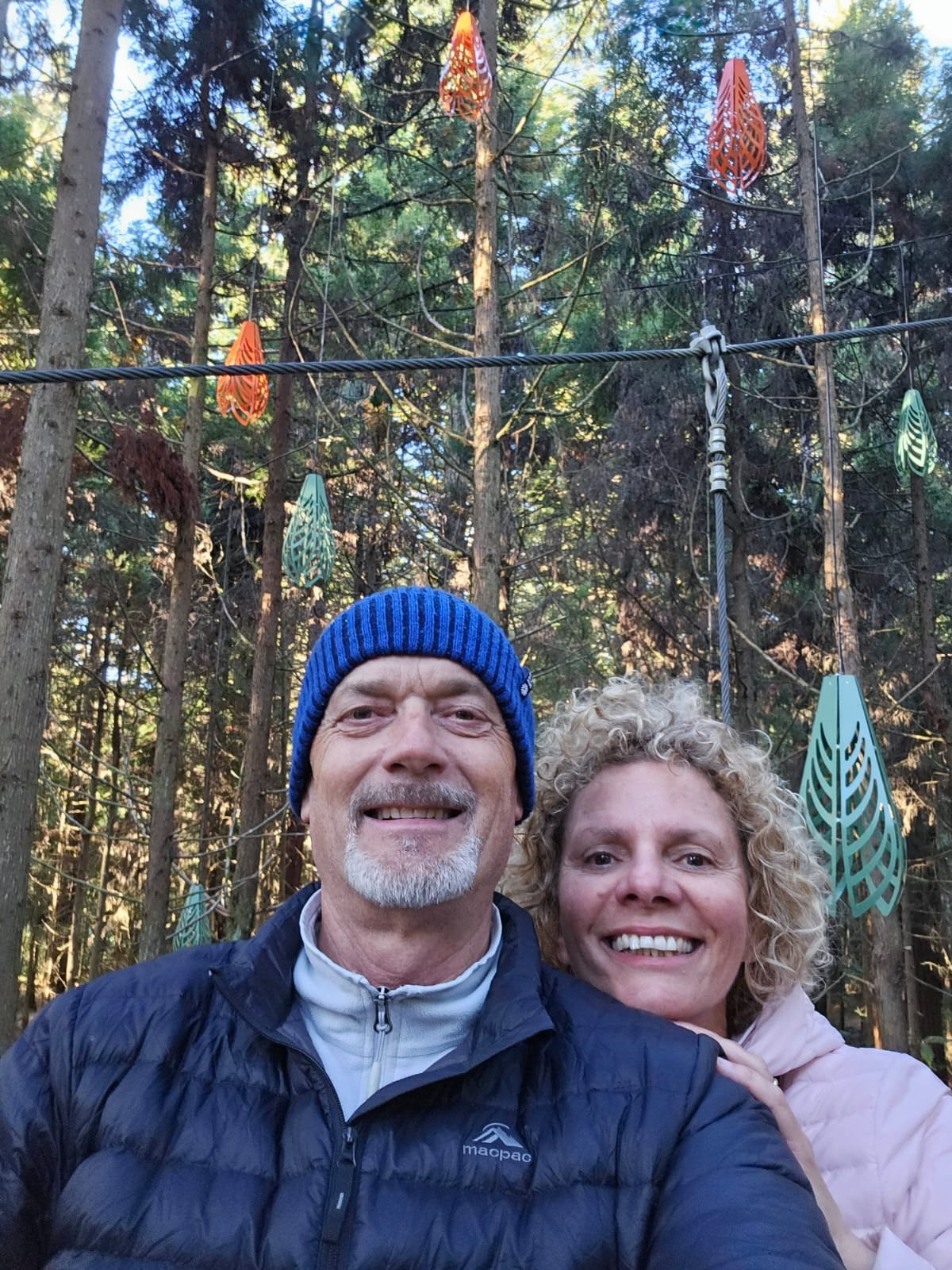
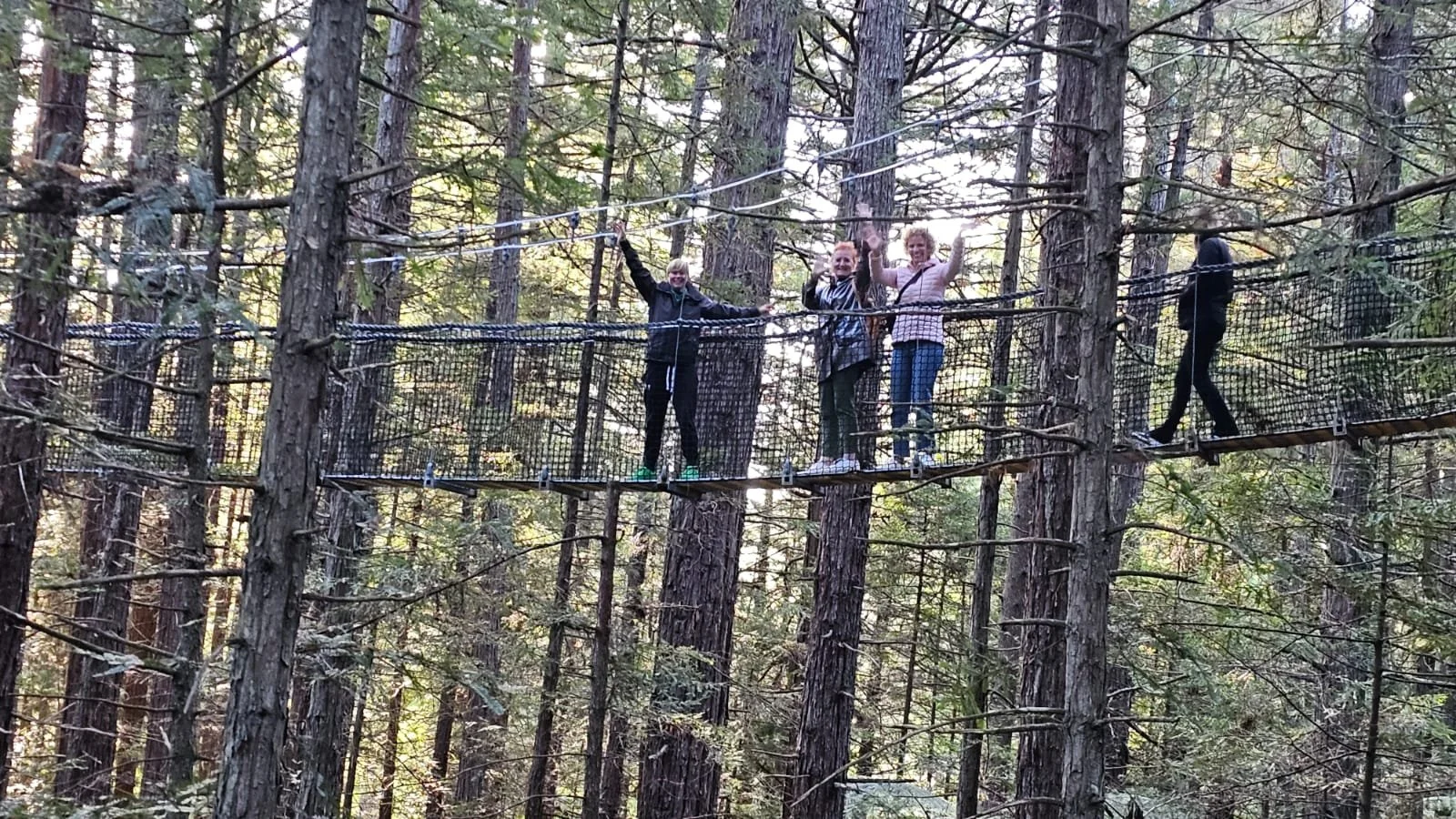
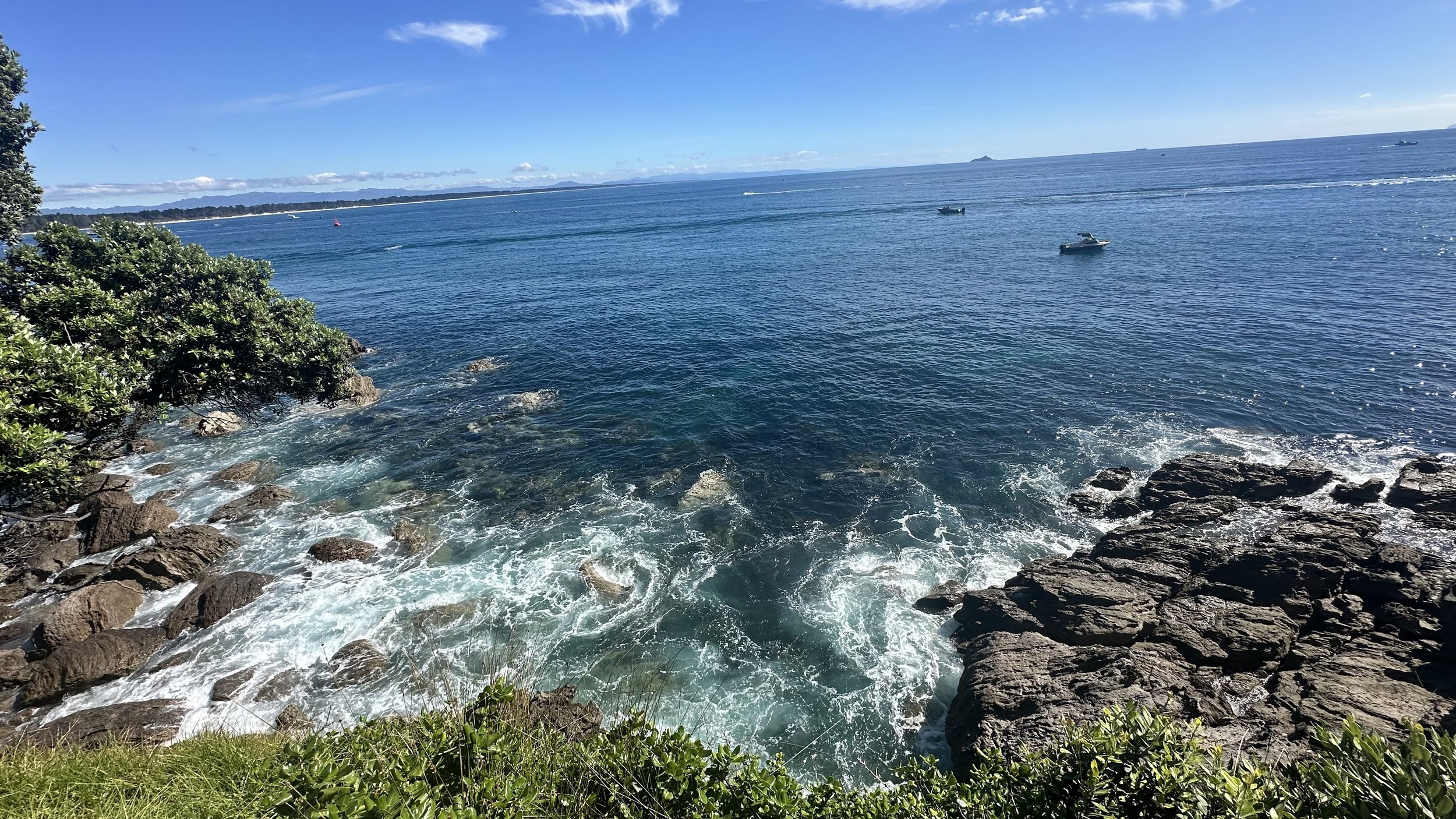


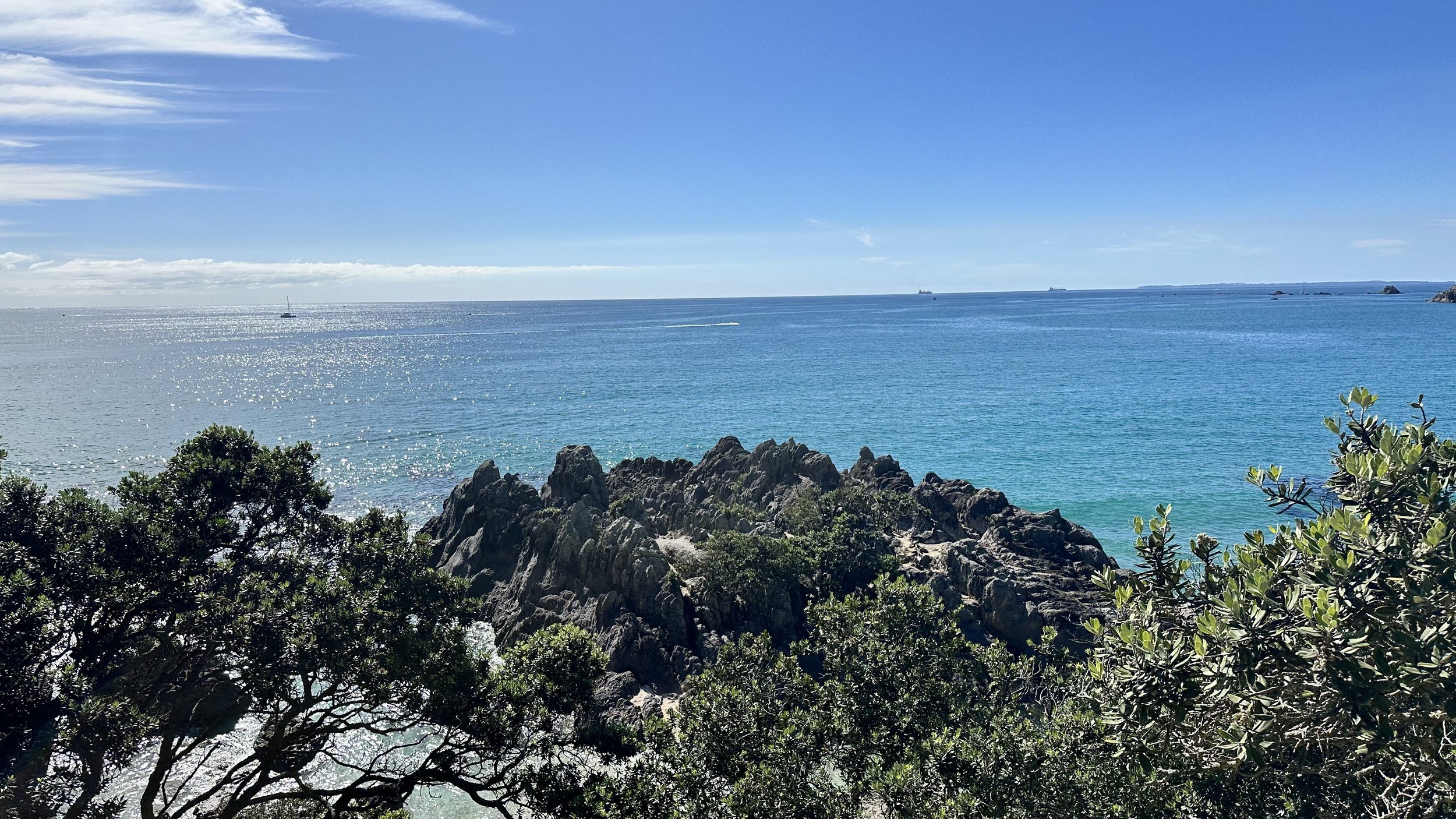
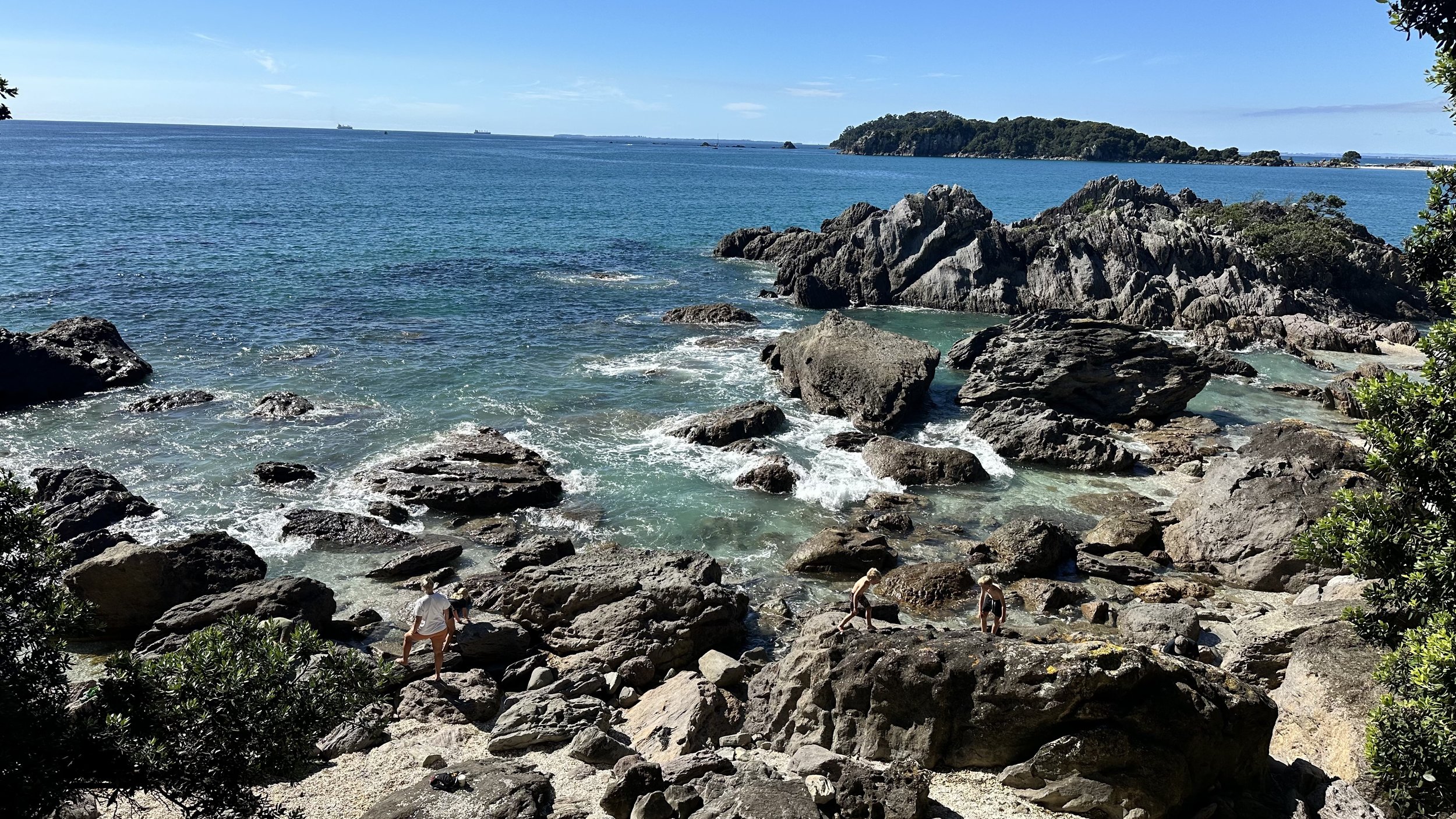
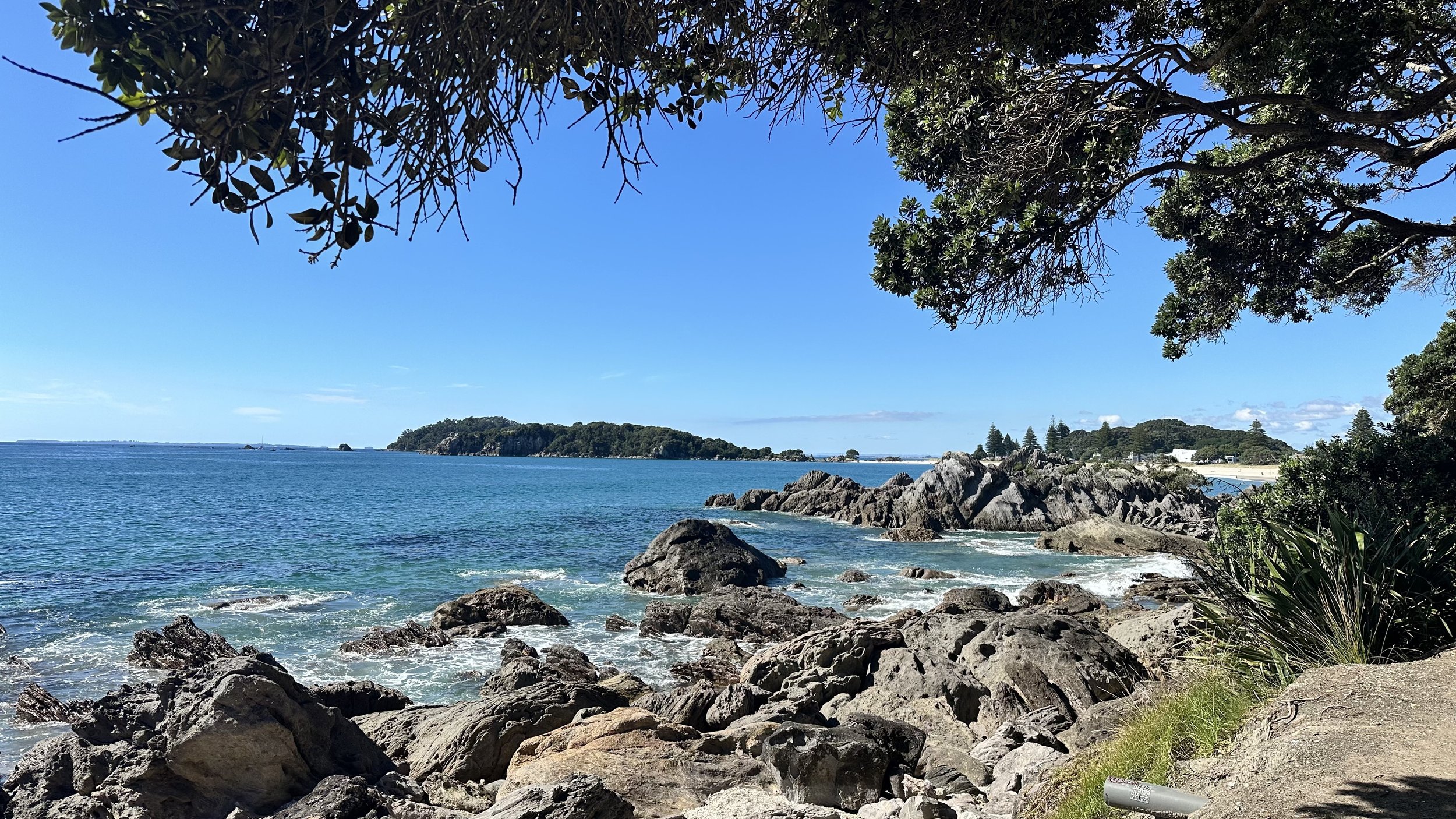
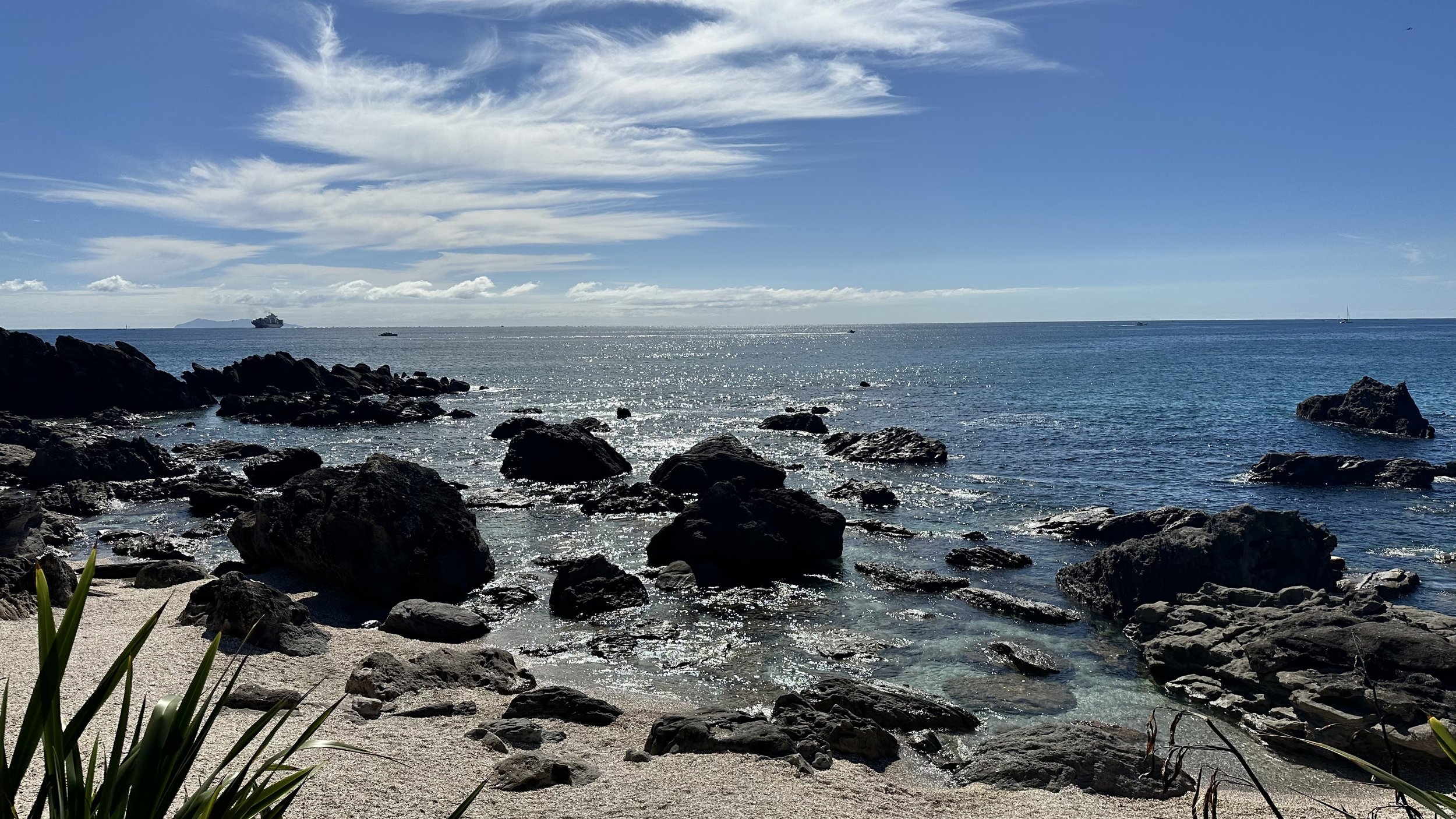

Wishing you all the very best till the next blog 🤗📝



